Dubrovnik (236 hotels)
Dubrovnik, known as the "Pearl of the Adriatic," is a stunning coastal city in Croatia, famous for its well-preserved medieval walls and historic Old Town. A UNESCO World Heritage site, it boasts charming limestone streets, baroque architecture, and breathtaking views of the Adriatic Sea. The city's ancient walls offer a scenic walk with panoramic vistas, while landmarks like Fort Lovrijenac and Rector’s Palace showcase its rich history. Dubrovnik gained global fame as a filming location for Game of Thrones, attracting visitors eager to explore its cinematic beauty. With crystal-clear waters, nearby islands, and a vibrant cultural scene, it is a must-visit destination for history and nature lovers alike.
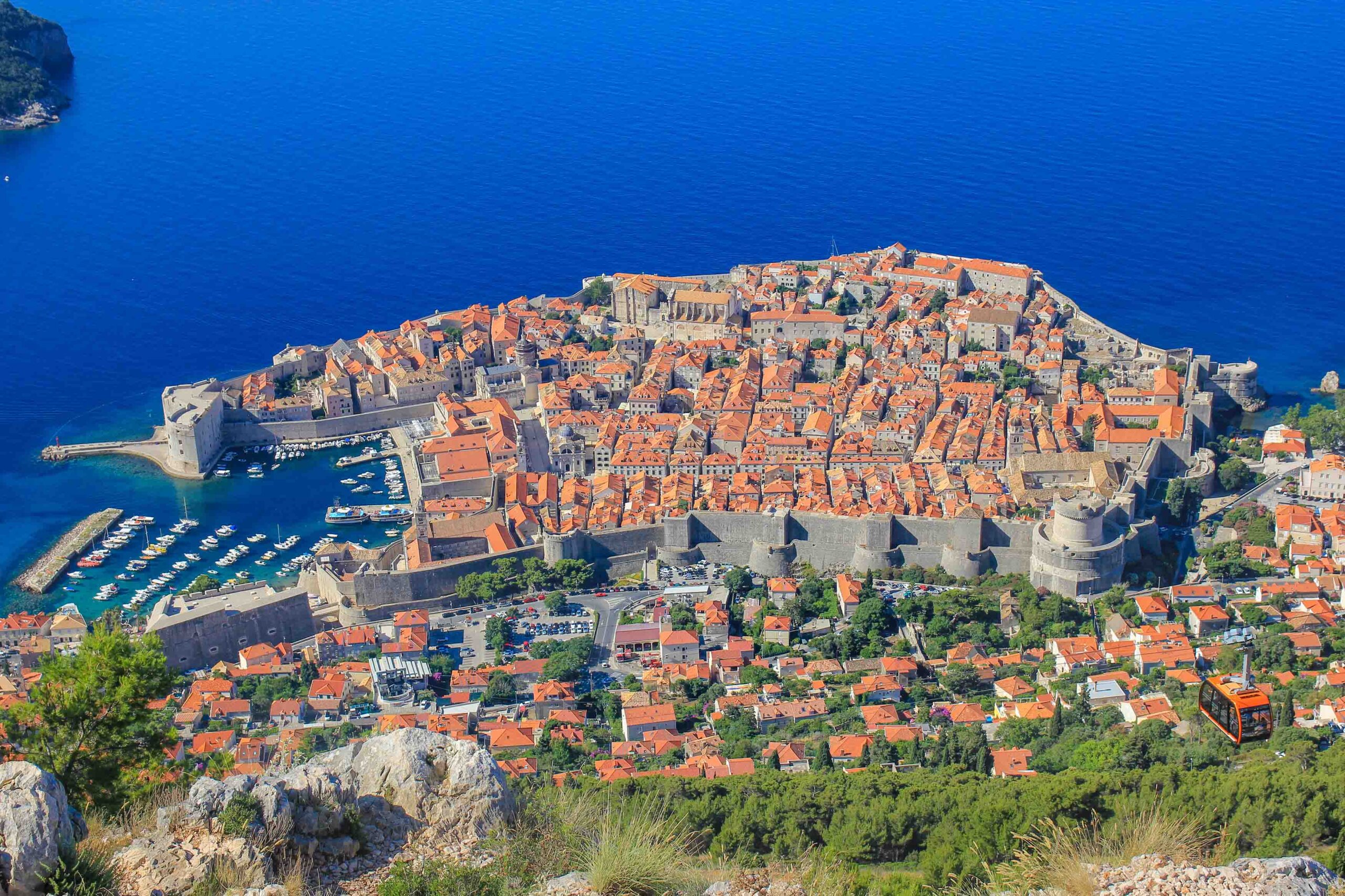
Where to Stay in Dubrovnik?
Hotels, B&B's,...
Villa Iveta, Dubrovnik
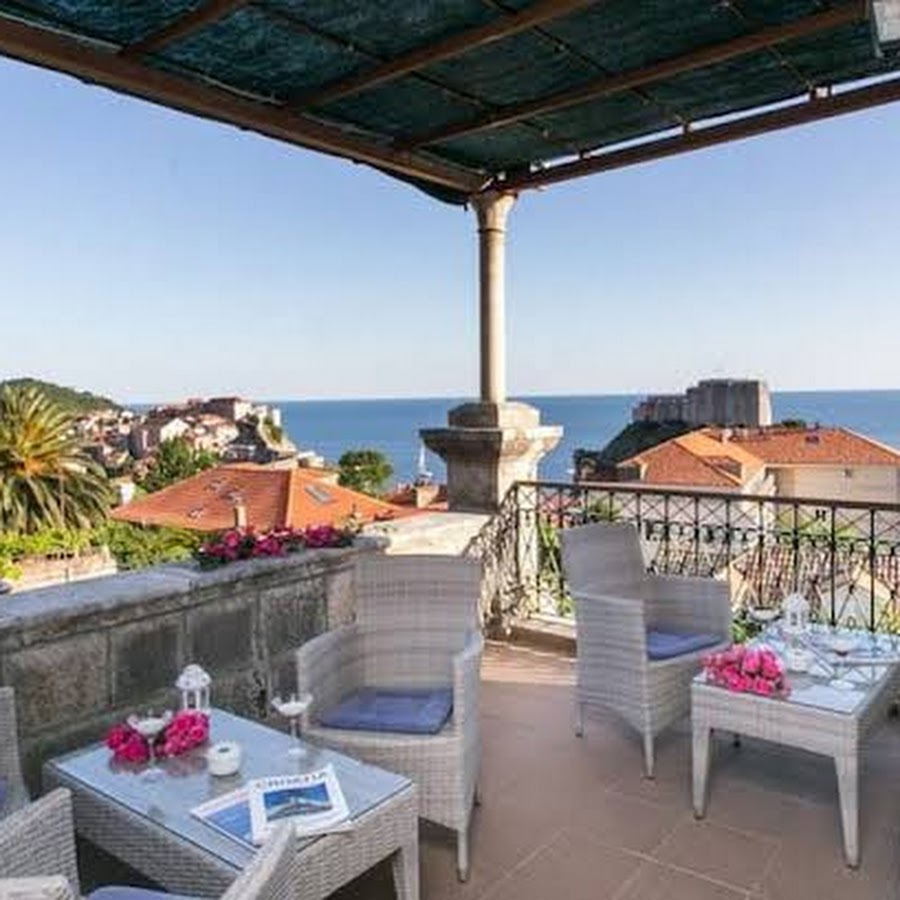
Apartments Simic
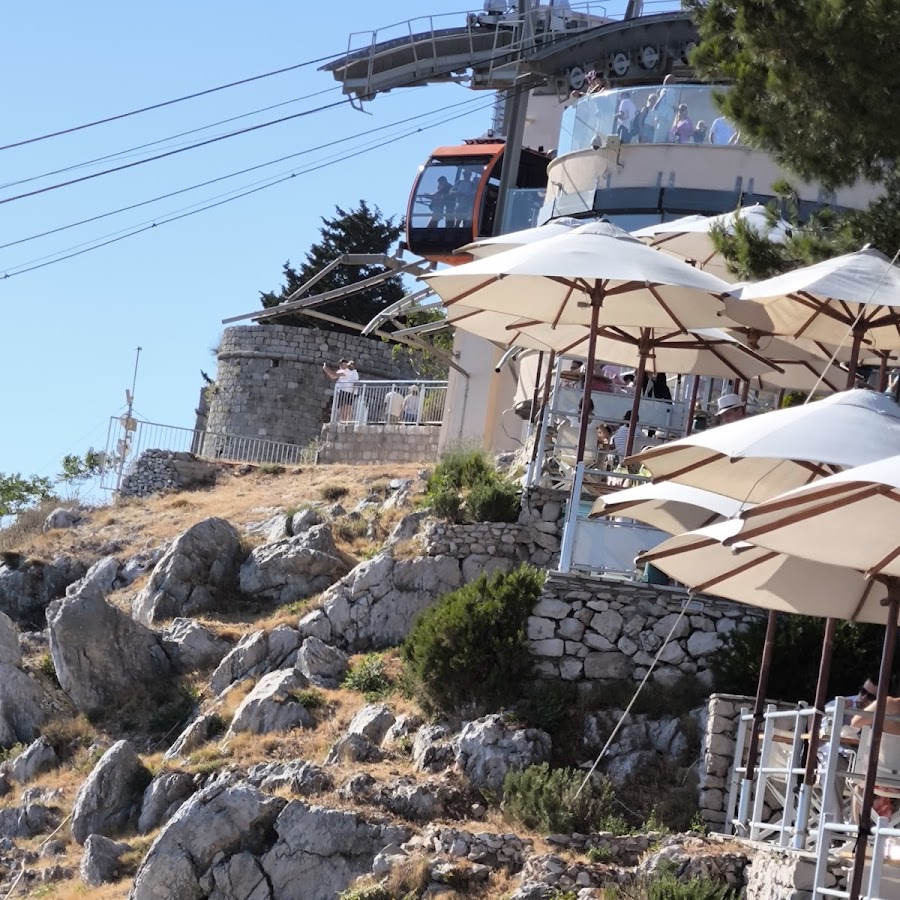
Rooms and Apartments Vlaho
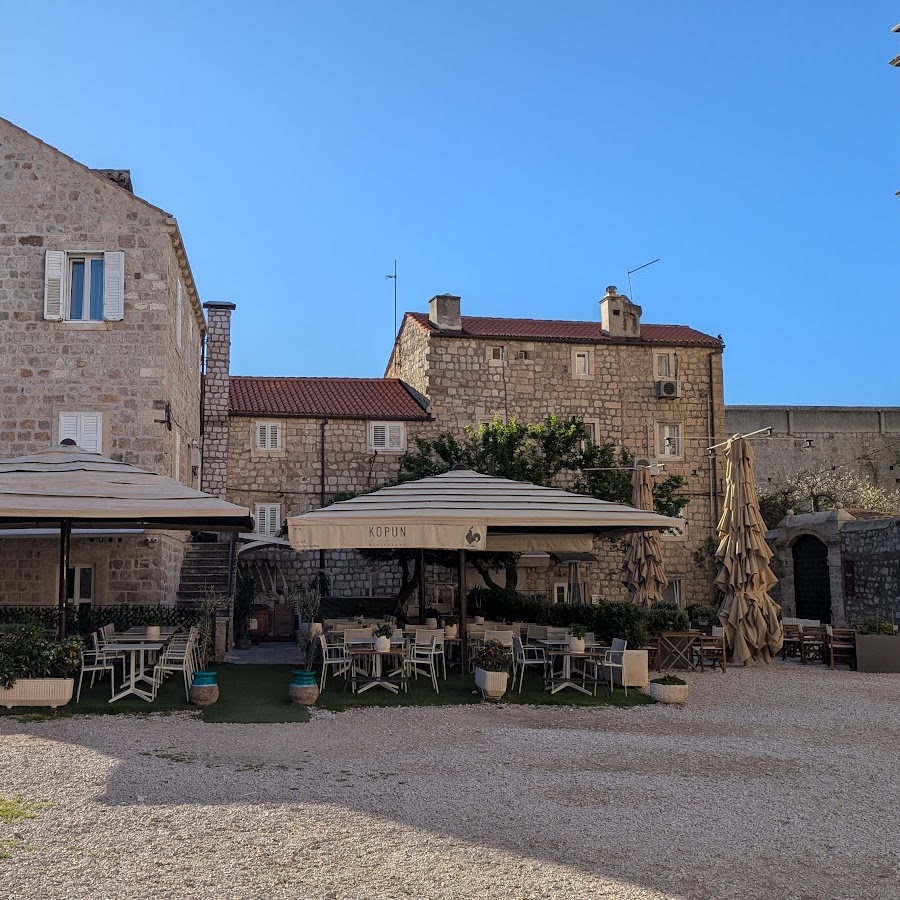
Hostel Free Bird
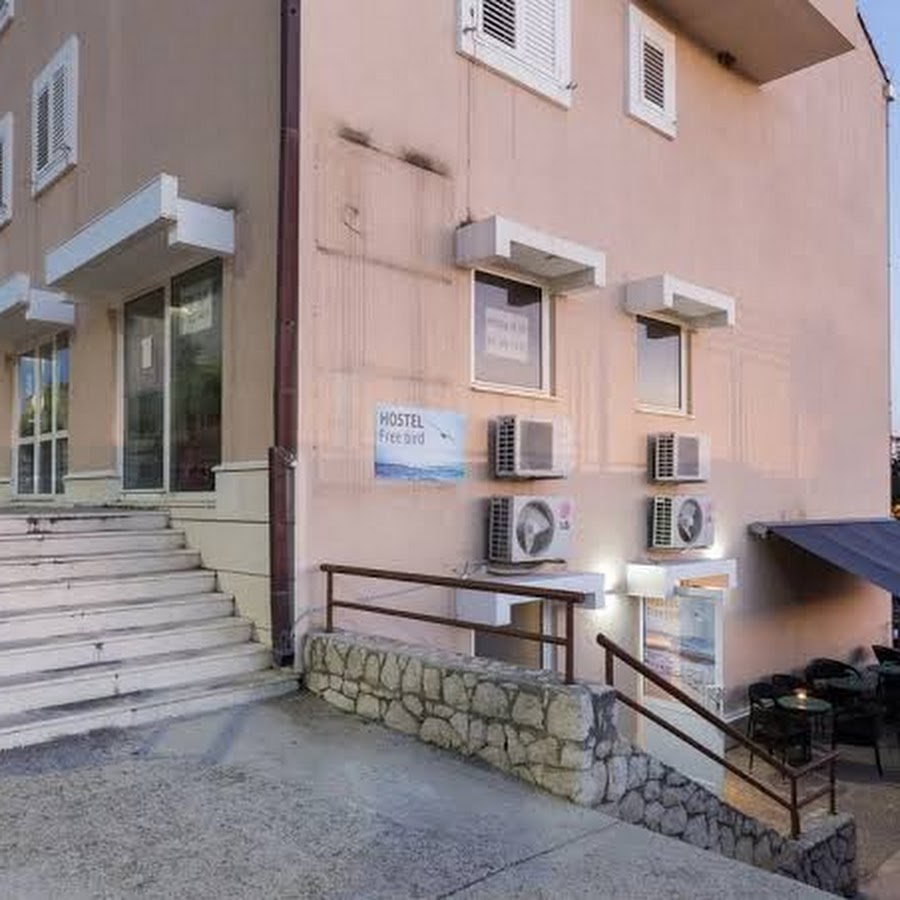
Amorino of Dubrovnik Apartments
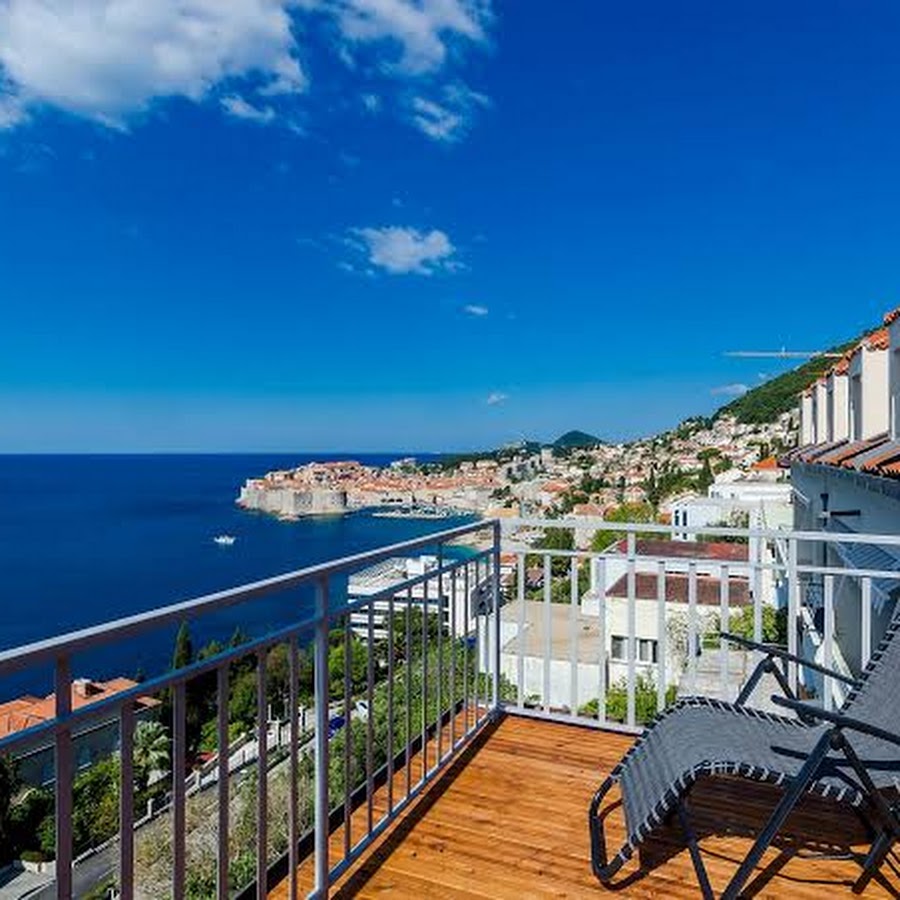
Apartments Mia
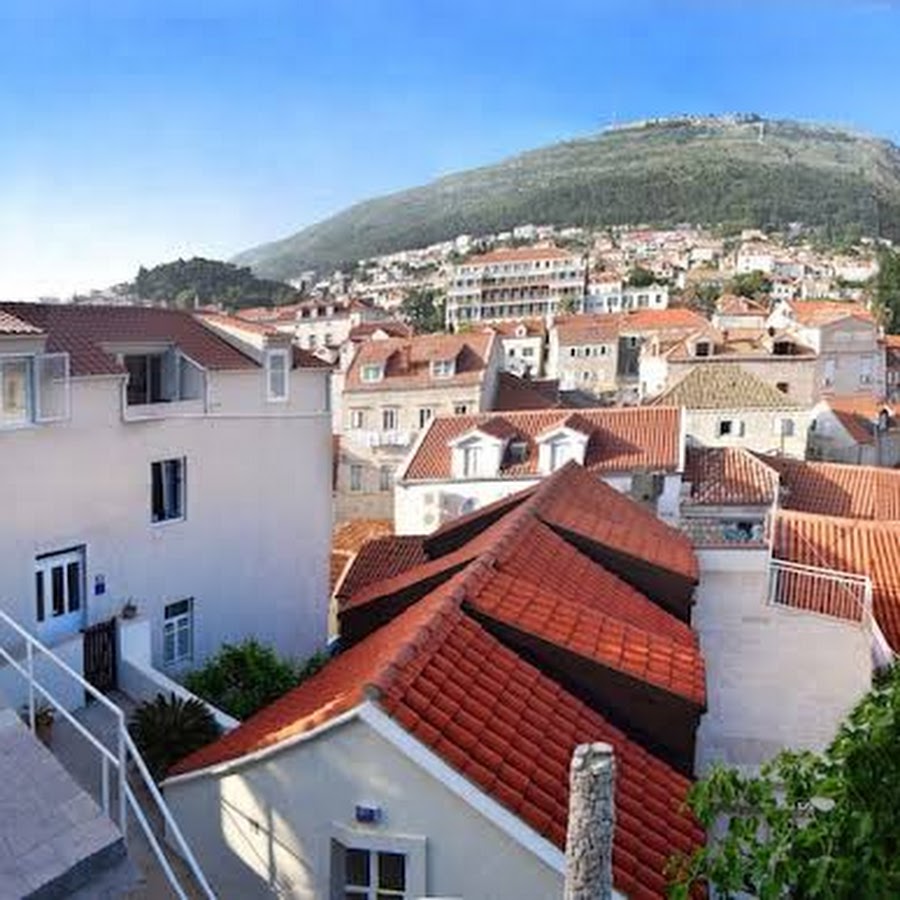
Hotel Excelsior
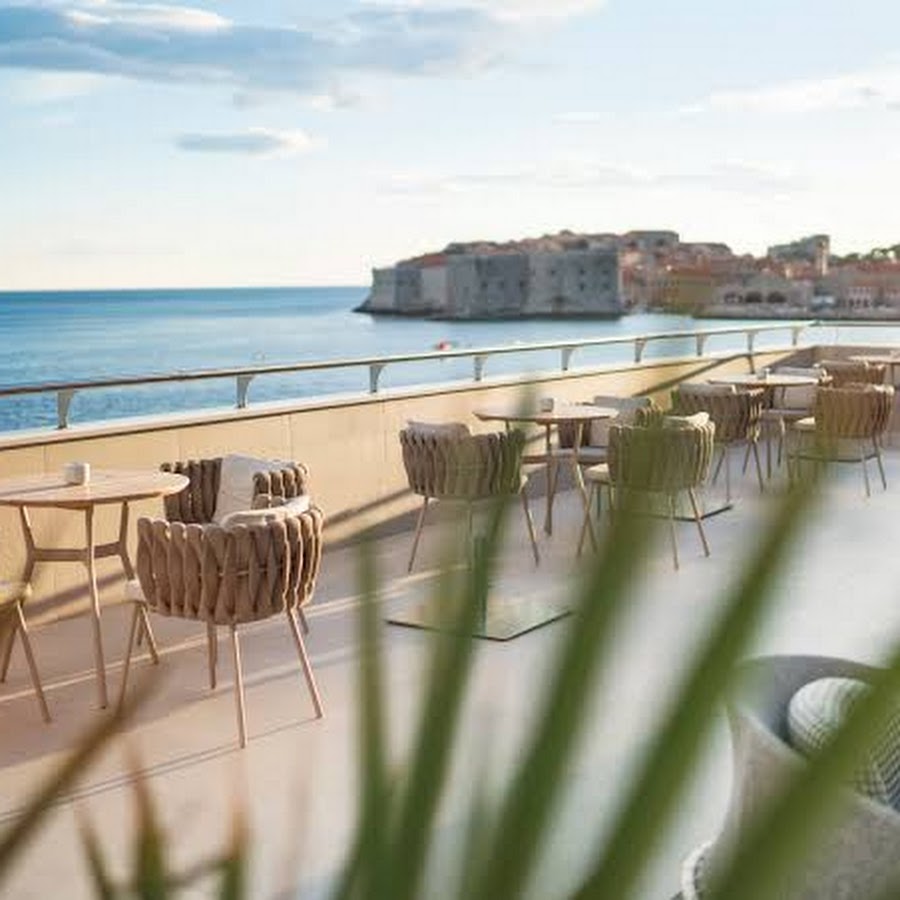
Hotel Neptun
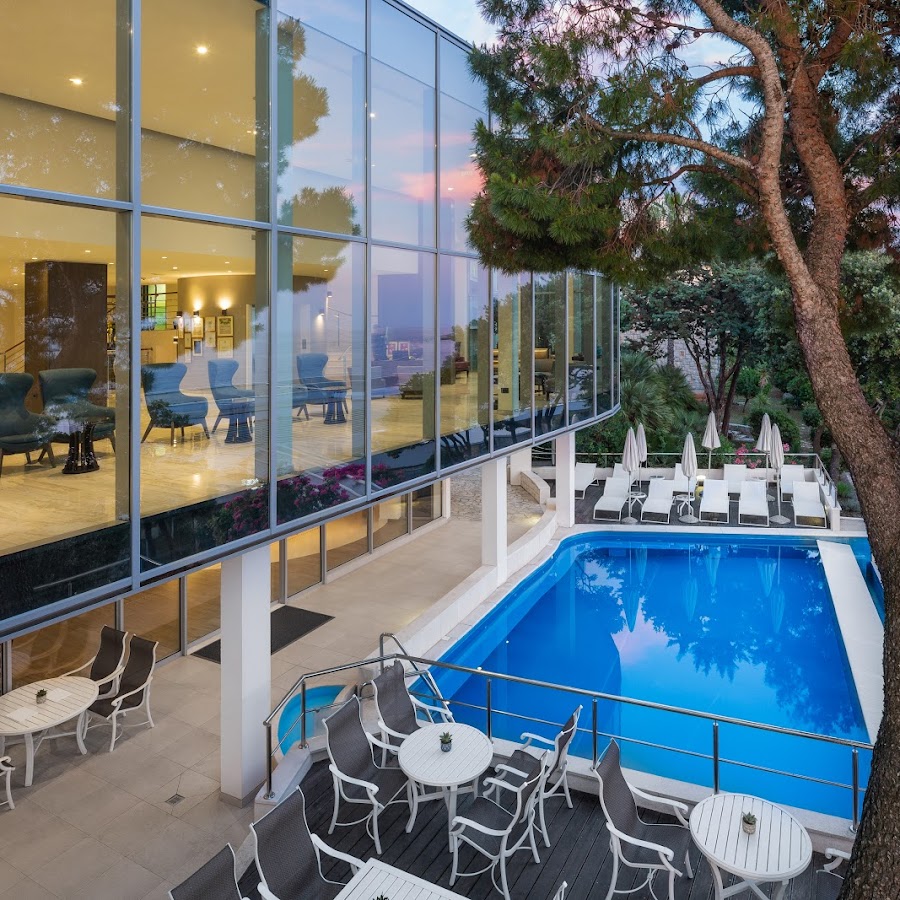
Hostel Petra Marina
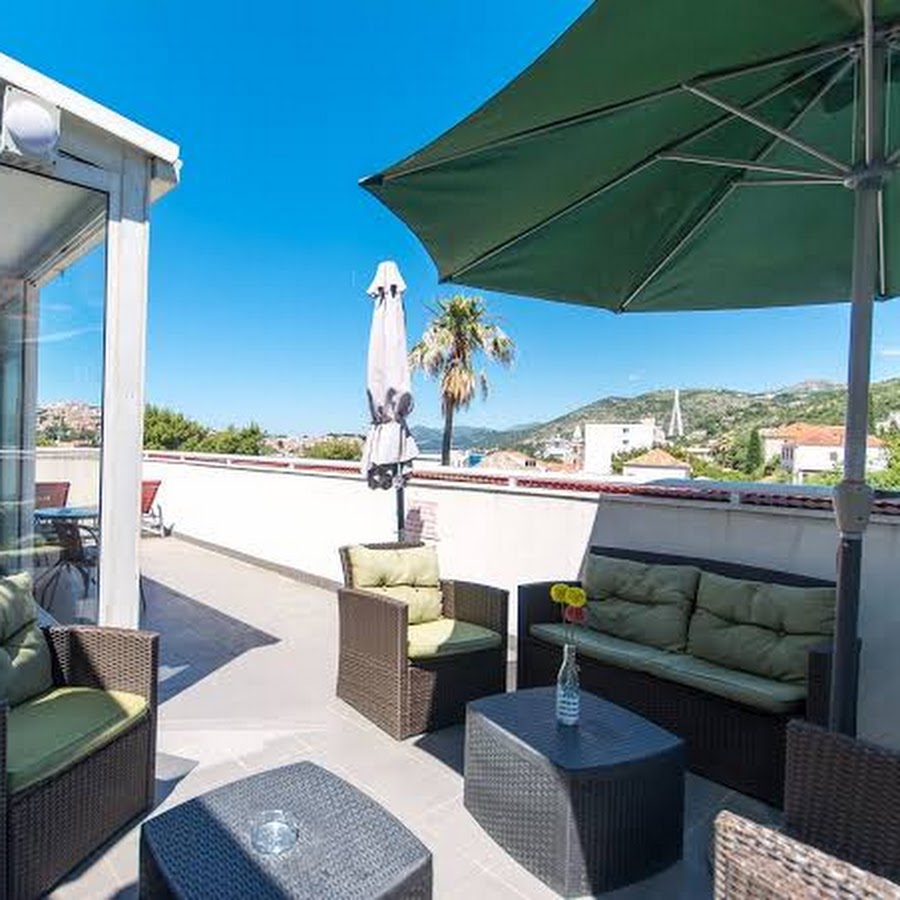
Guest House Anica
City Walls Hostel

Rooms Ivo, Dubrovnik
Apartment Milic, Dubrovnik
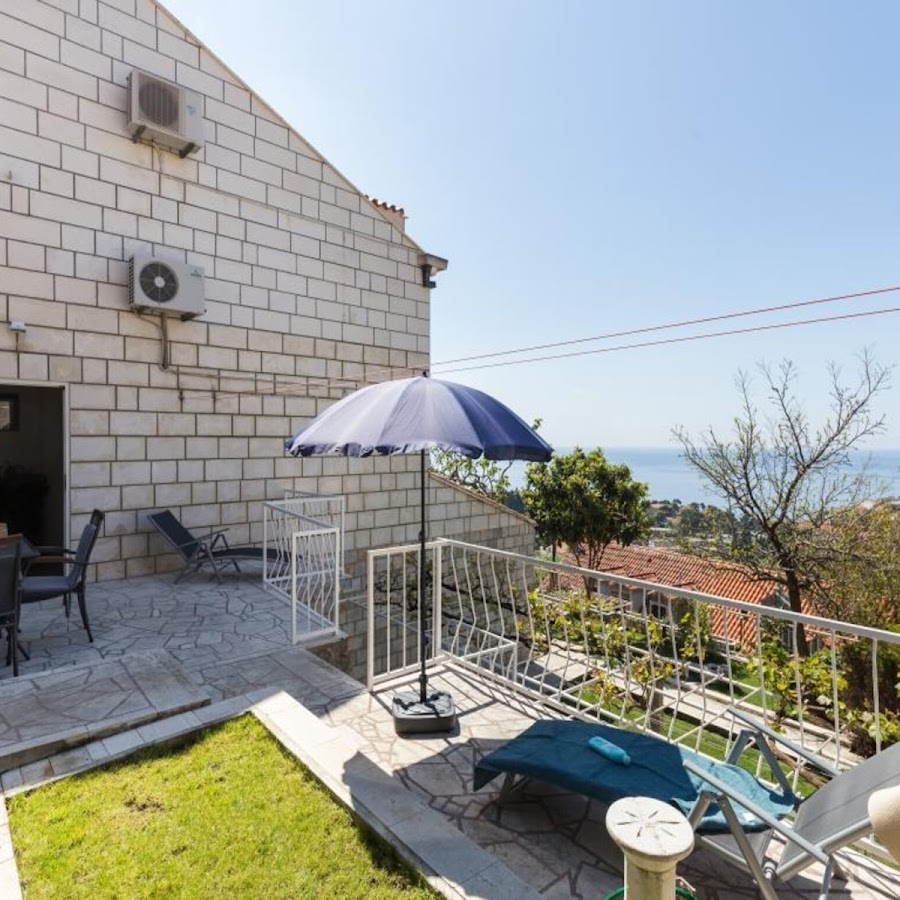
Apartment Pavlina, Dubrovnik
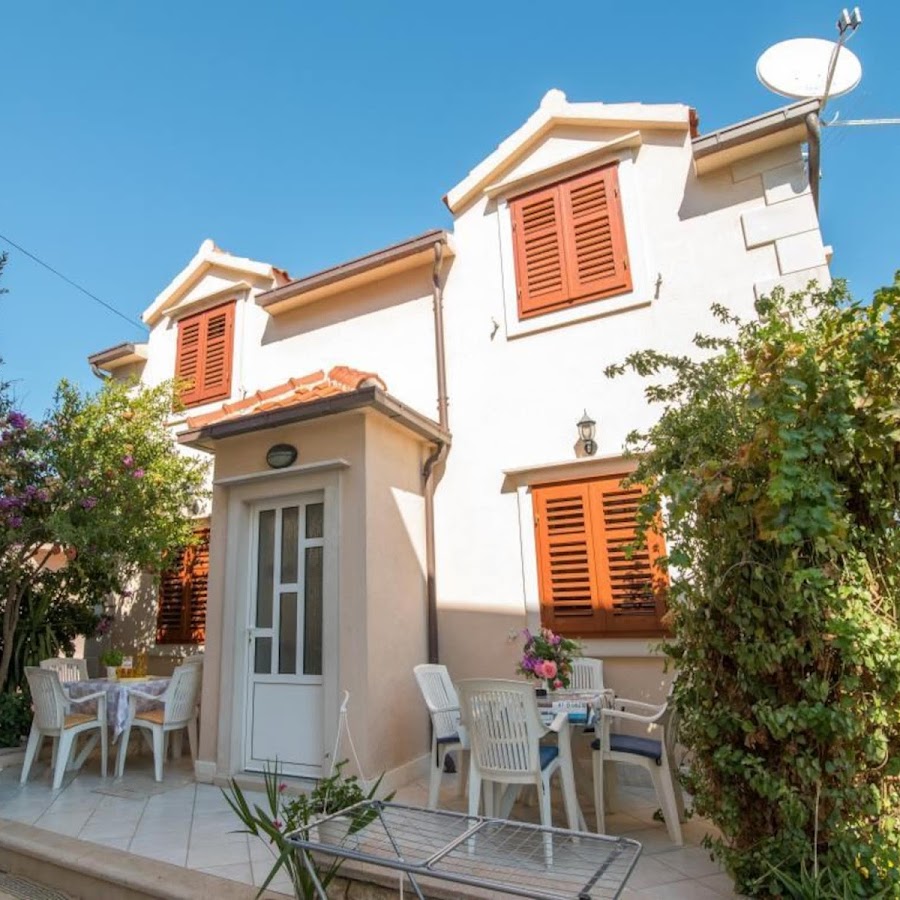
Apartment Adriana

Room Placeforyou, Dubrovnik
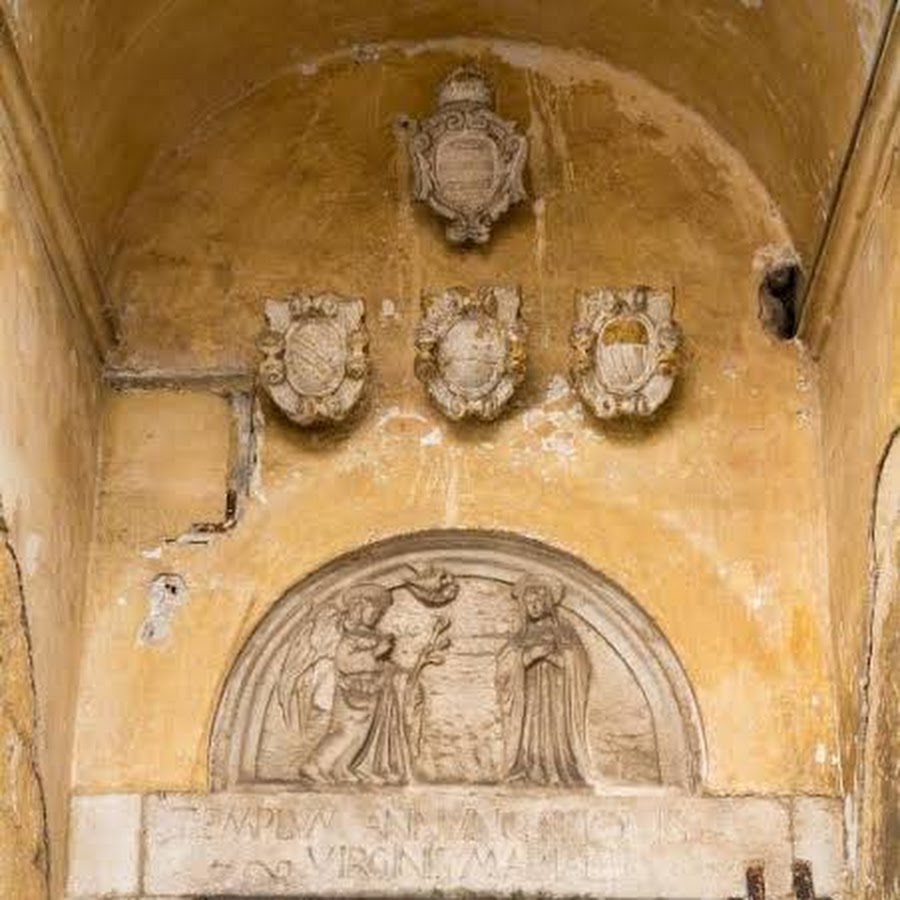
Canuck Apartment, Dubrovnik
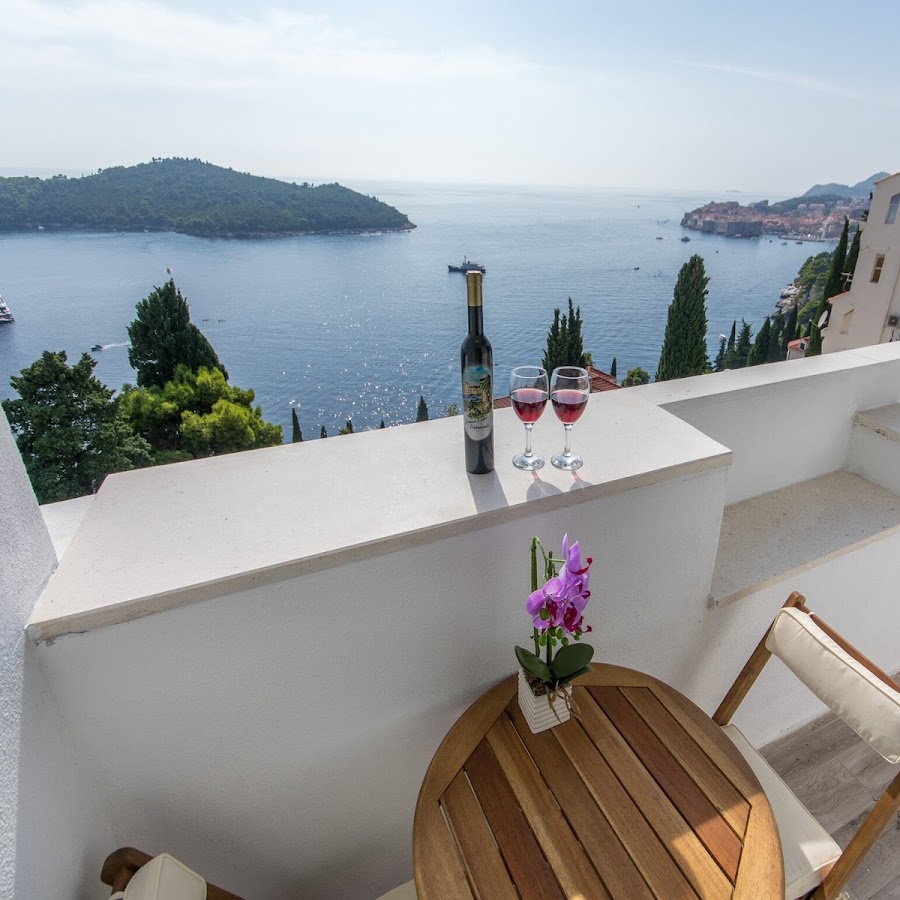
Apartment Kalea, Dubrovnik
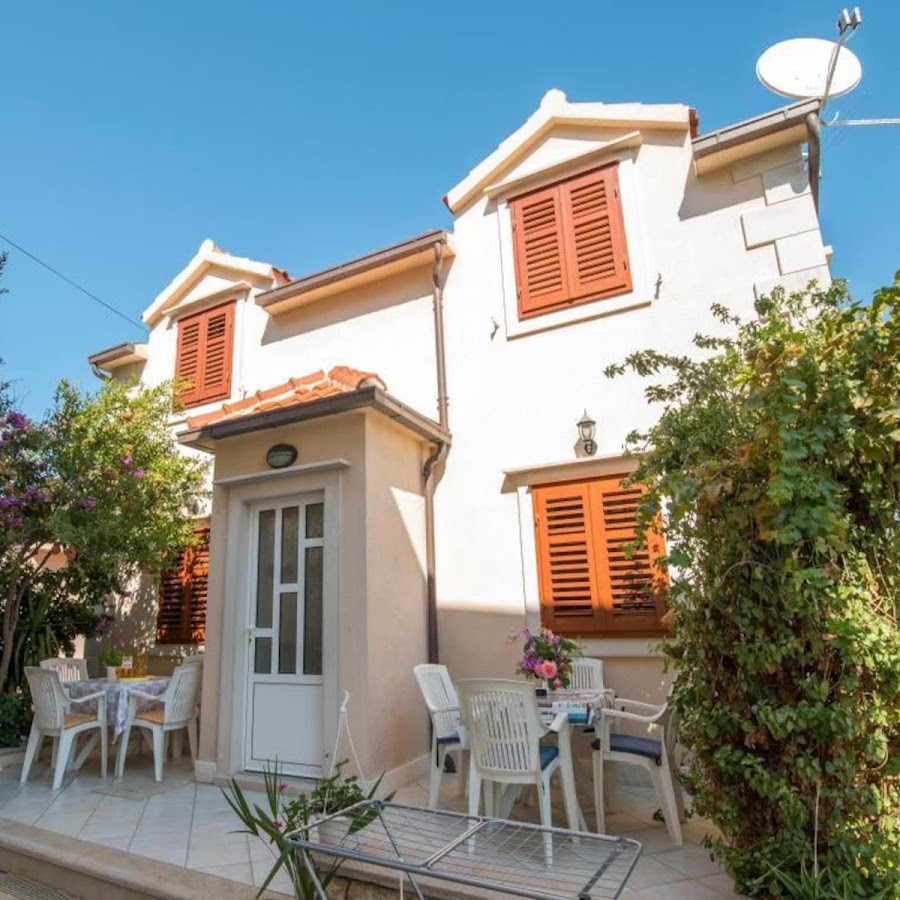
Belvilla
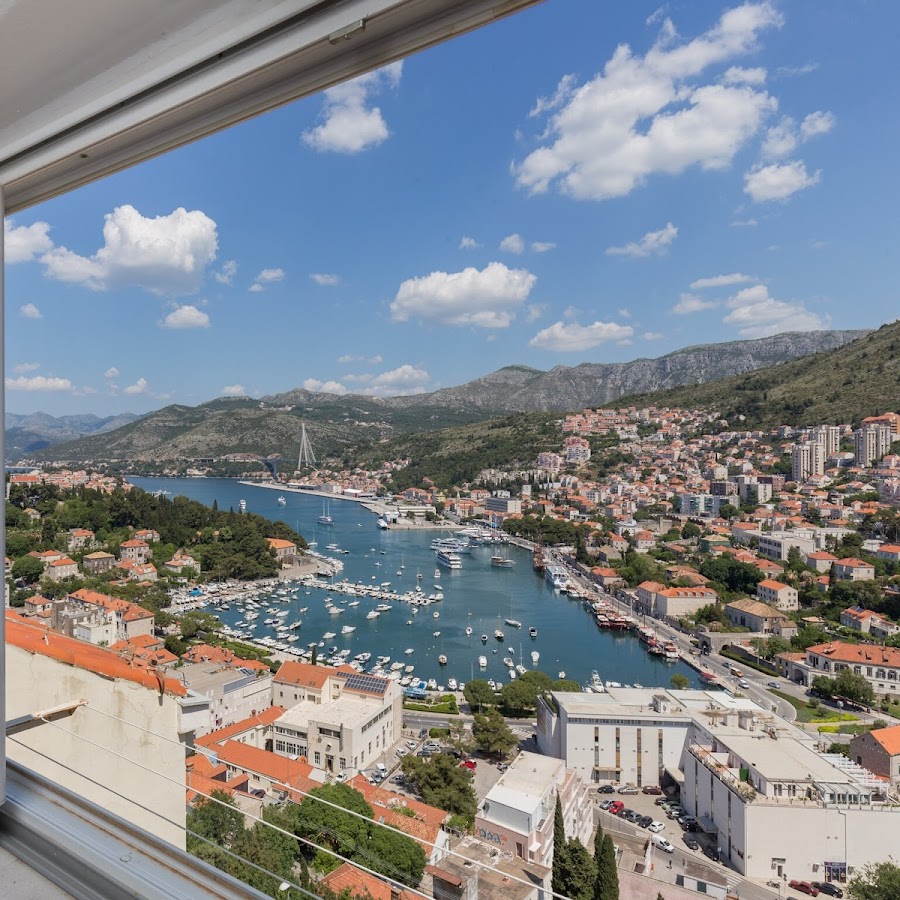
Villa Orsula Dubrovnik
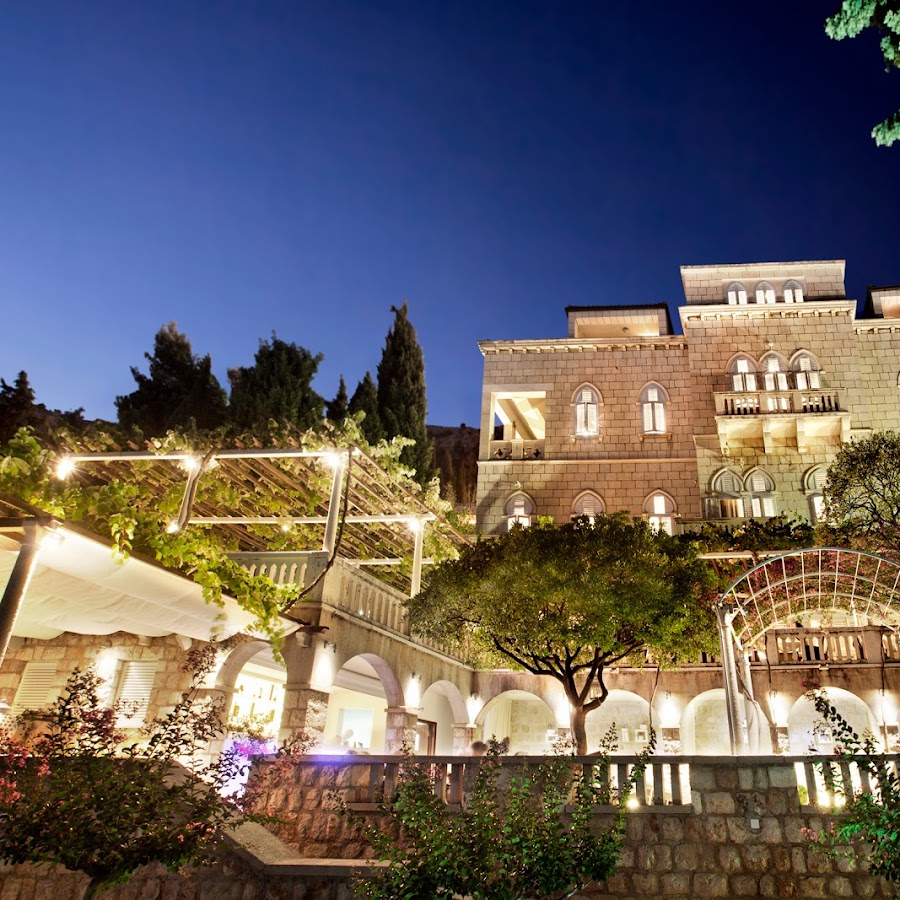
Apartment The View
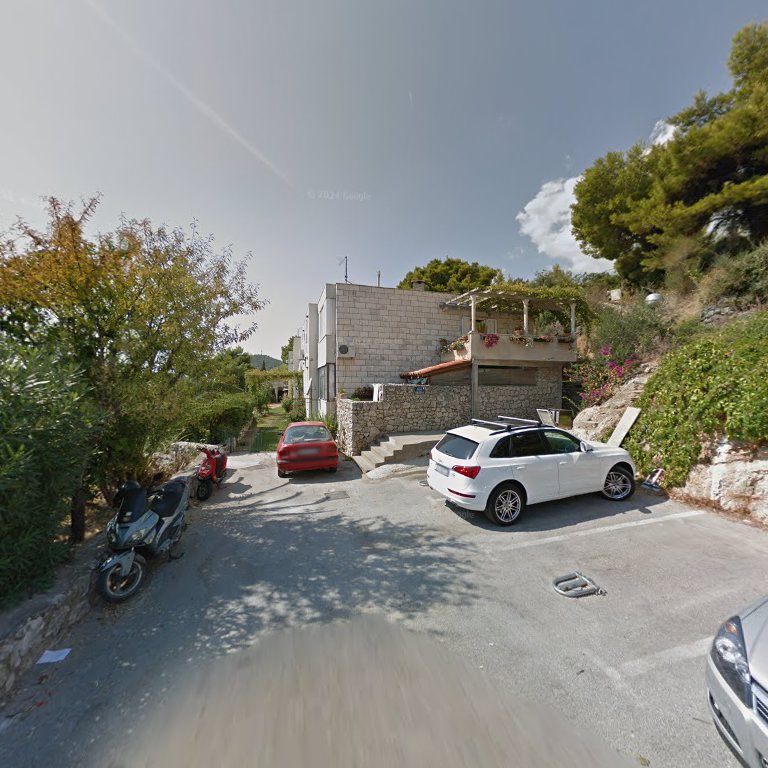
Clouds Boutique Guesthouse, Dubrovnik
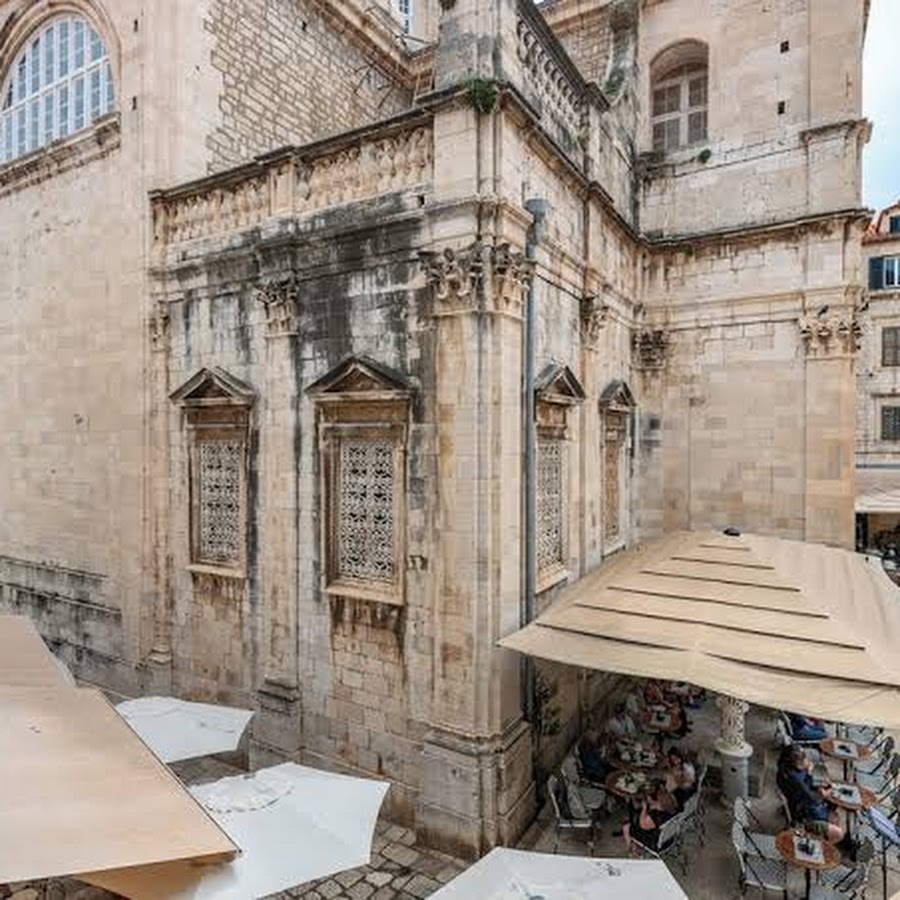
Orhan
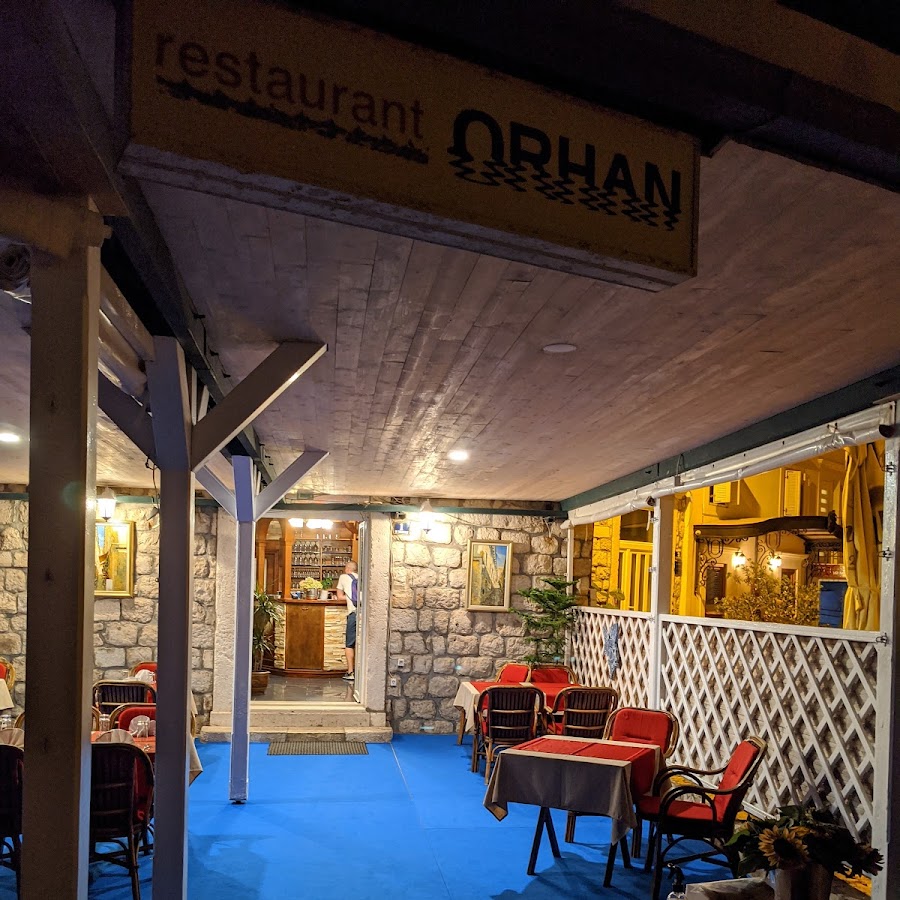
Apartments Maky, Dubrovnik
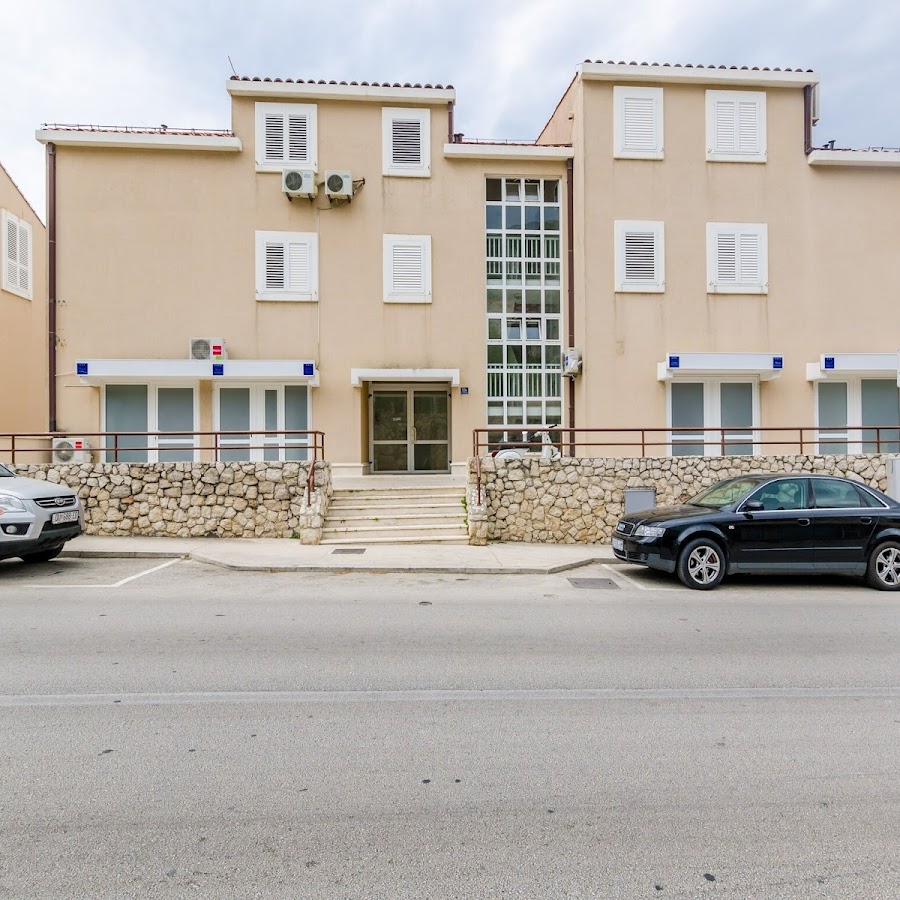
Guest House Barbara, Dubrovnik
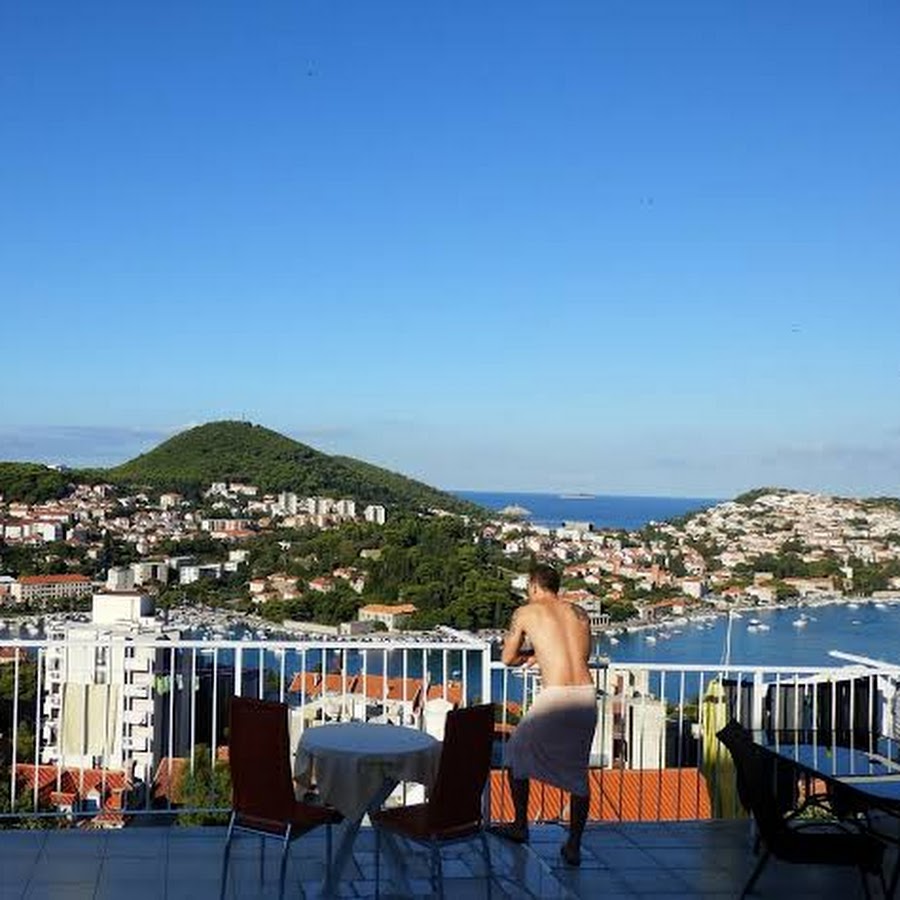
Apartment & Room Lukre
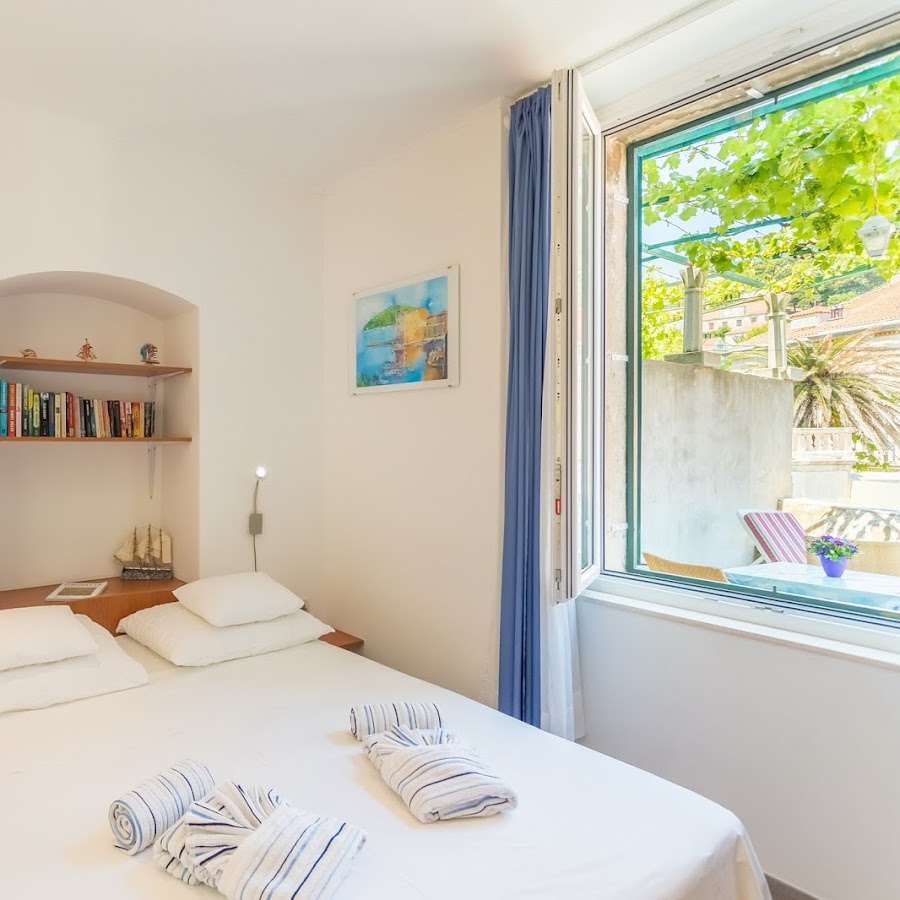
Guest House Raguž, Dubrovnik

Private Boat Tours in Dubrovnik | Dubrovnik Luxury Sailing
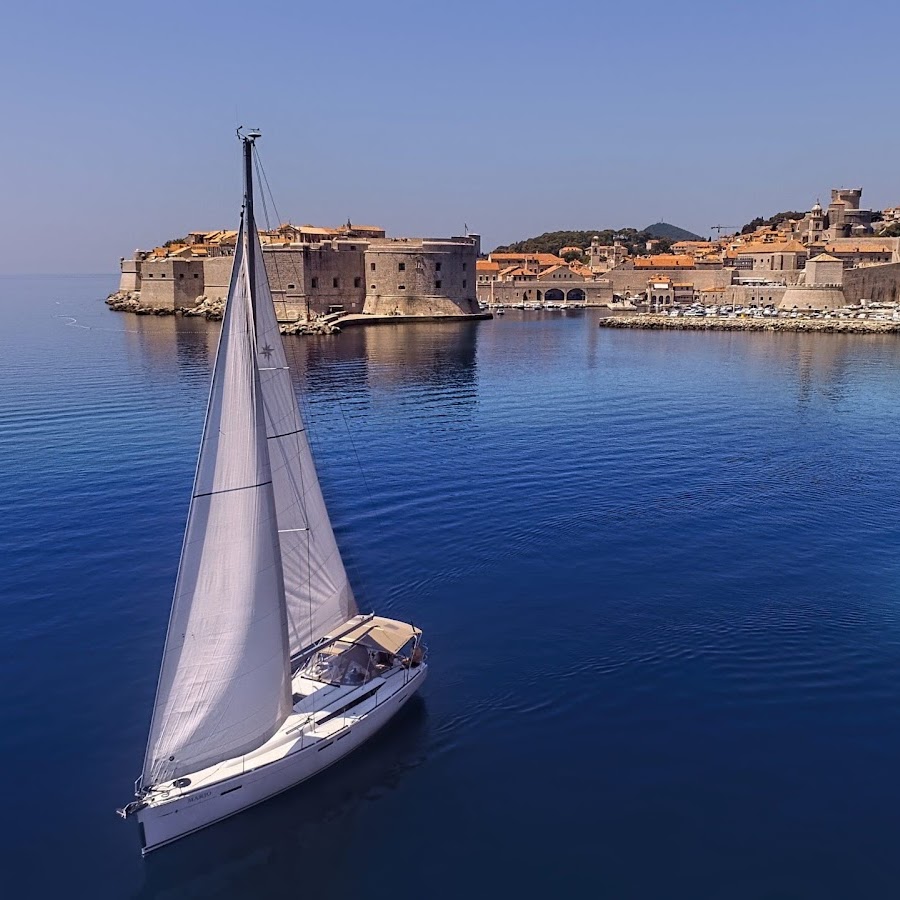
Studio Andrea
Berkeley Hotel
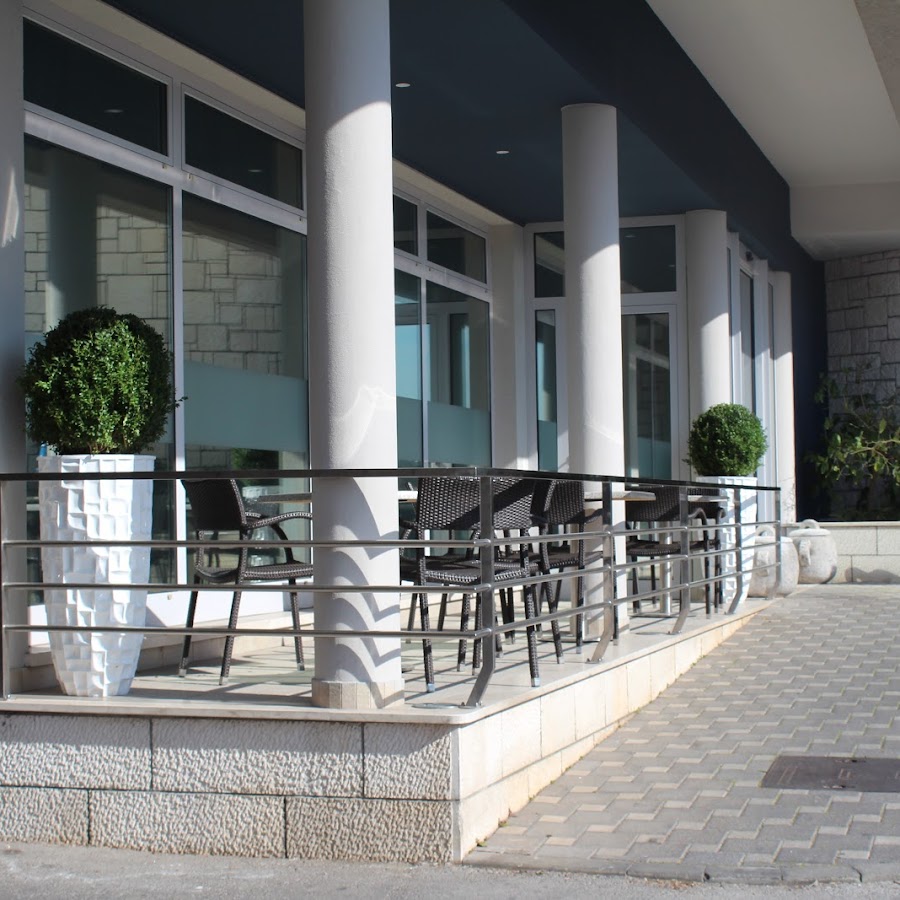
Apartments Ranieri Kono, Dubrovnik
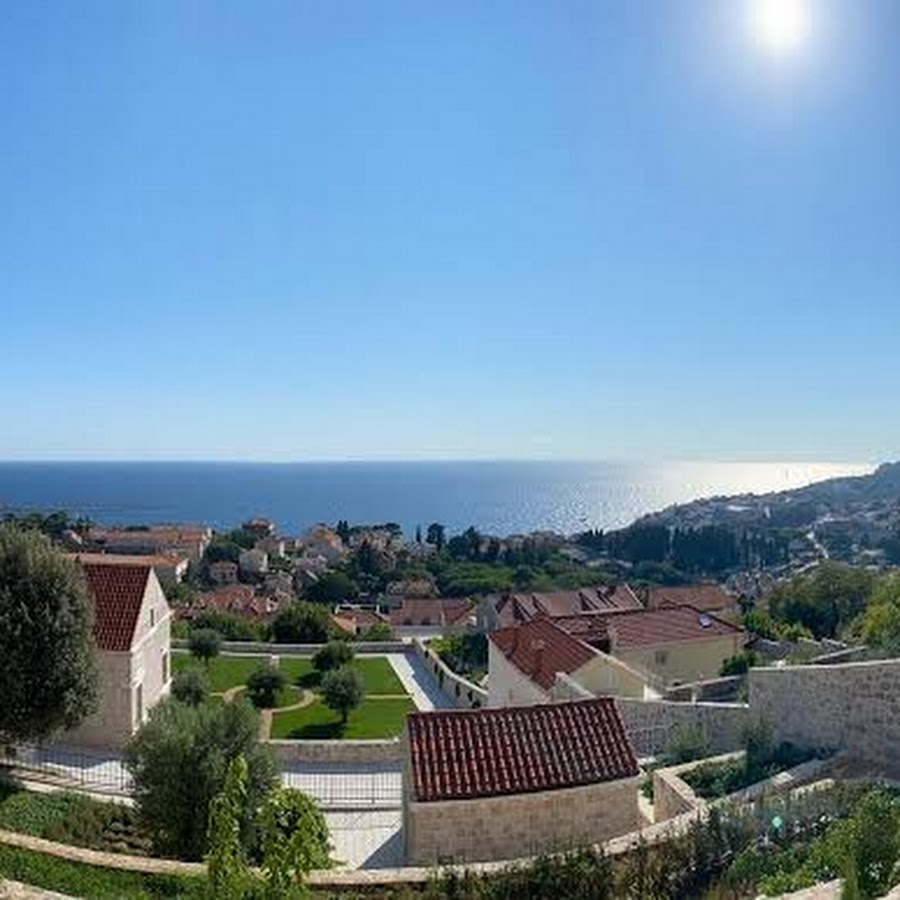
Apartments Sara & Nora
Apartment & Room Braica, Dubrovnik
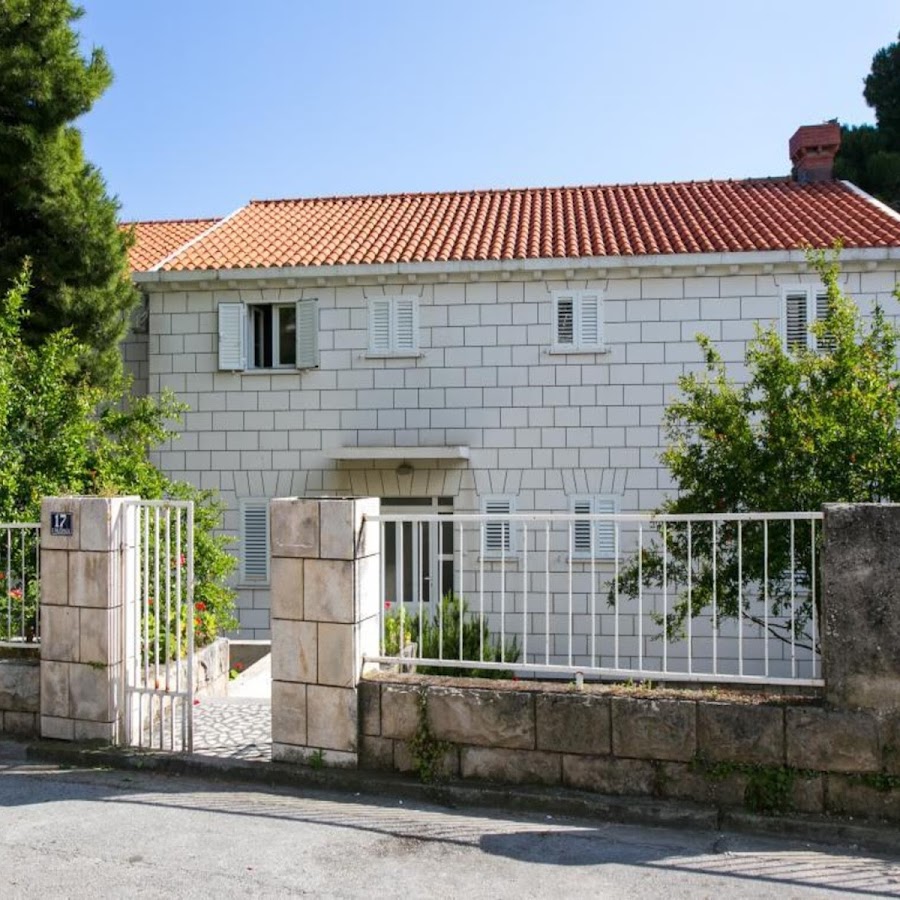
Stone Elegance
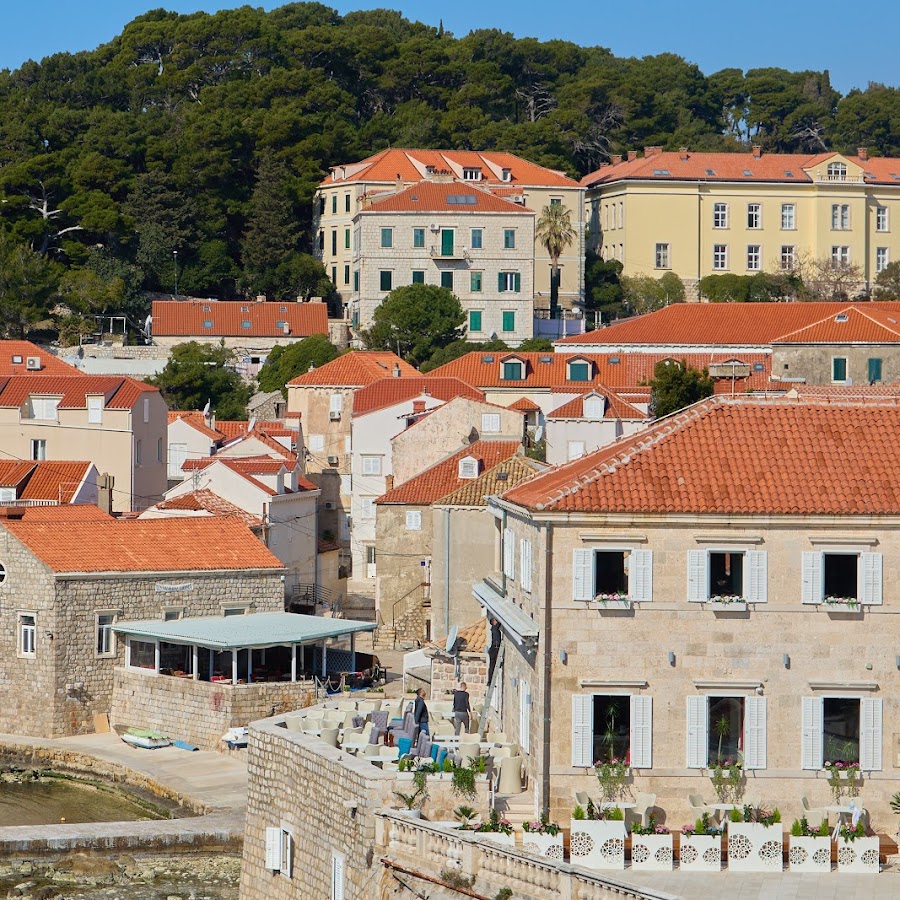
Guesthouse Victoria, Dubrovnik
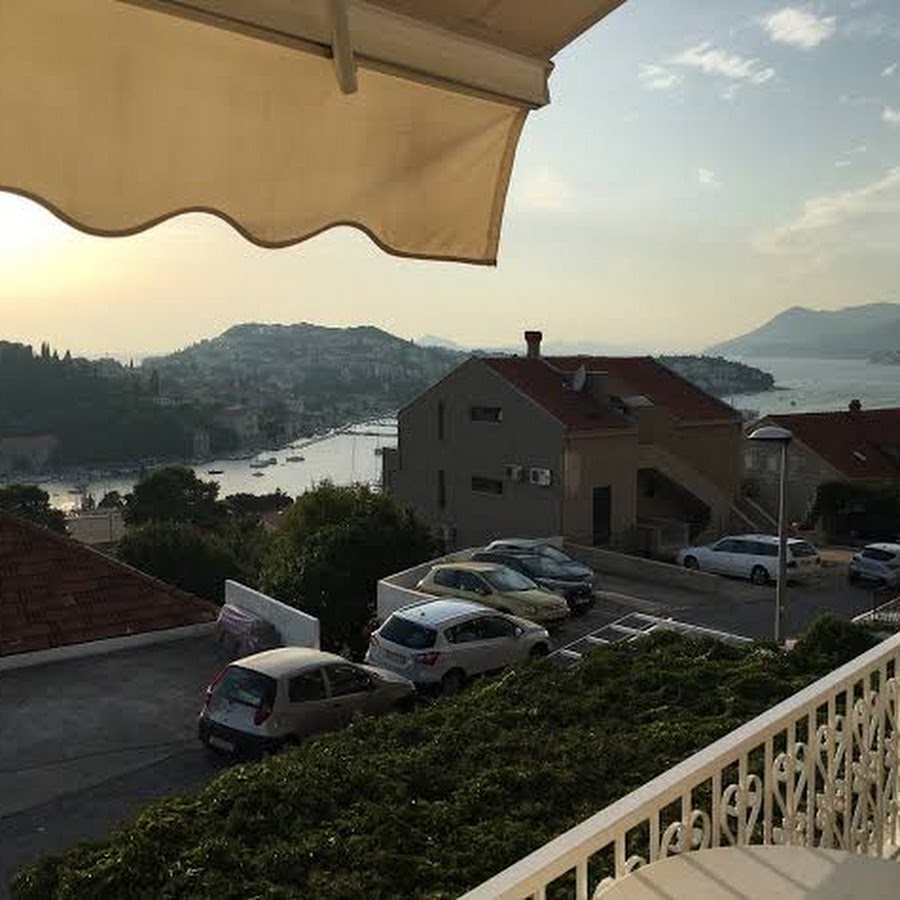
Rooms Batina, Dubrovnik
Apartment Milic, Dubrovnik

Luxury Townhouse Baba, Dubrovnik
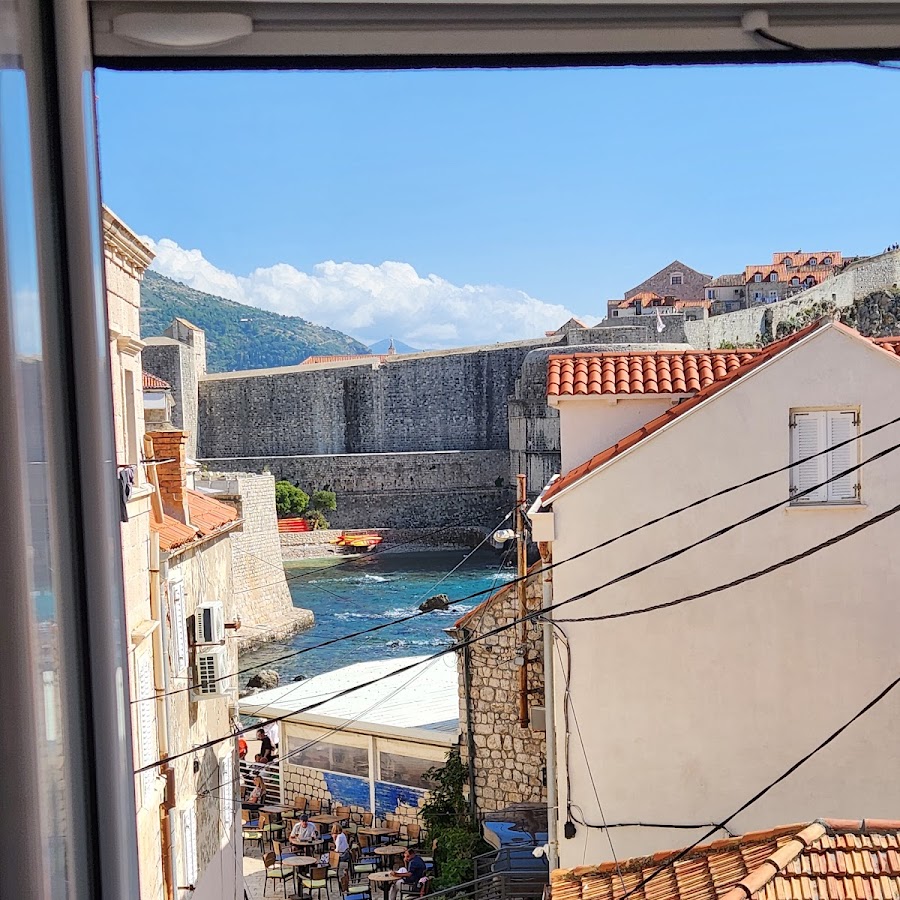
Akademis Academia
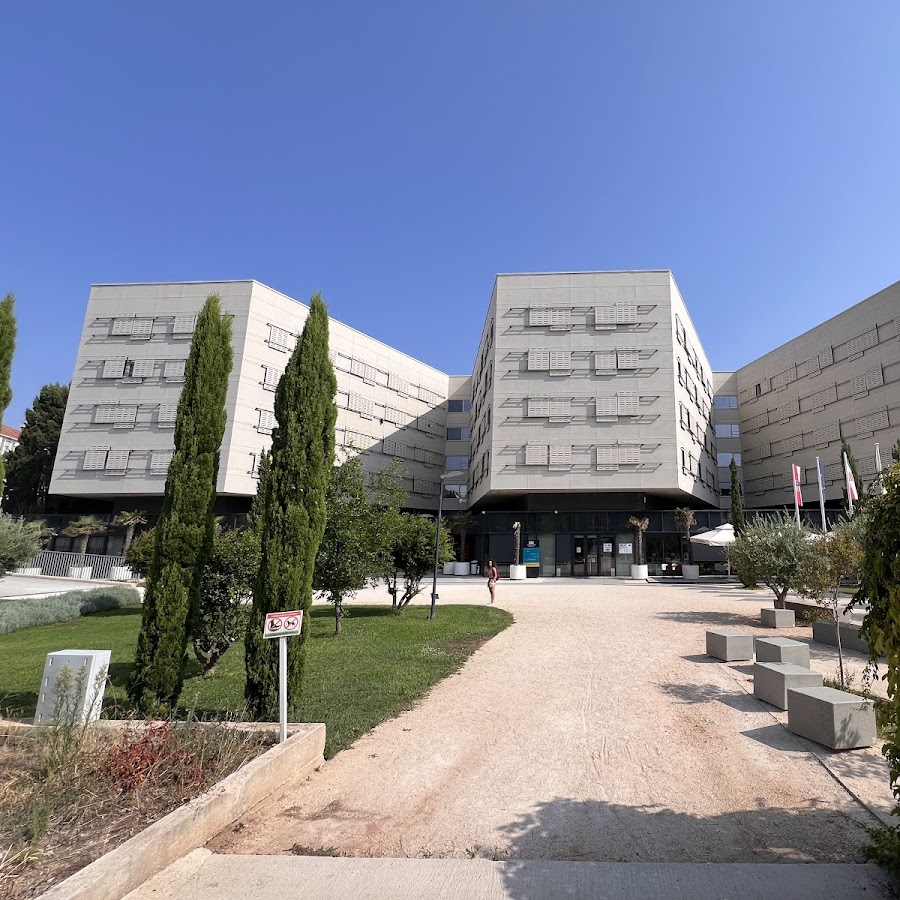
La Vita e Bella 3 - Kuniceva
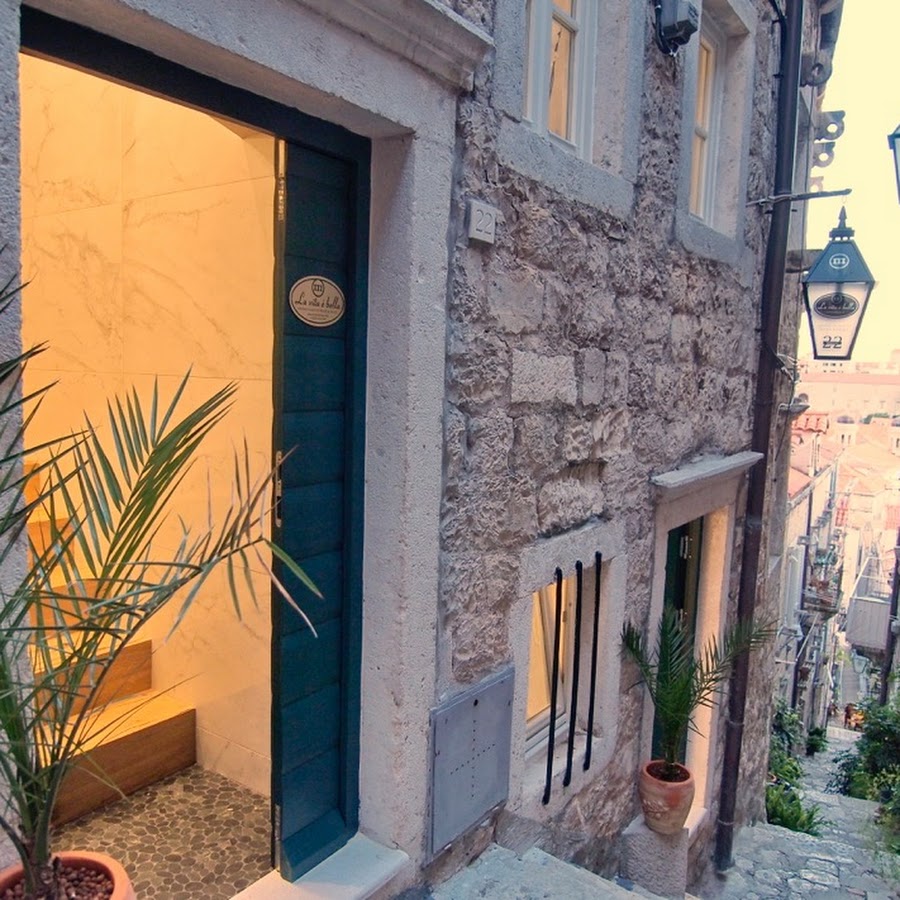
Apartment Sr?, Dubrovnik
Guest House Misita, Dubrovnik
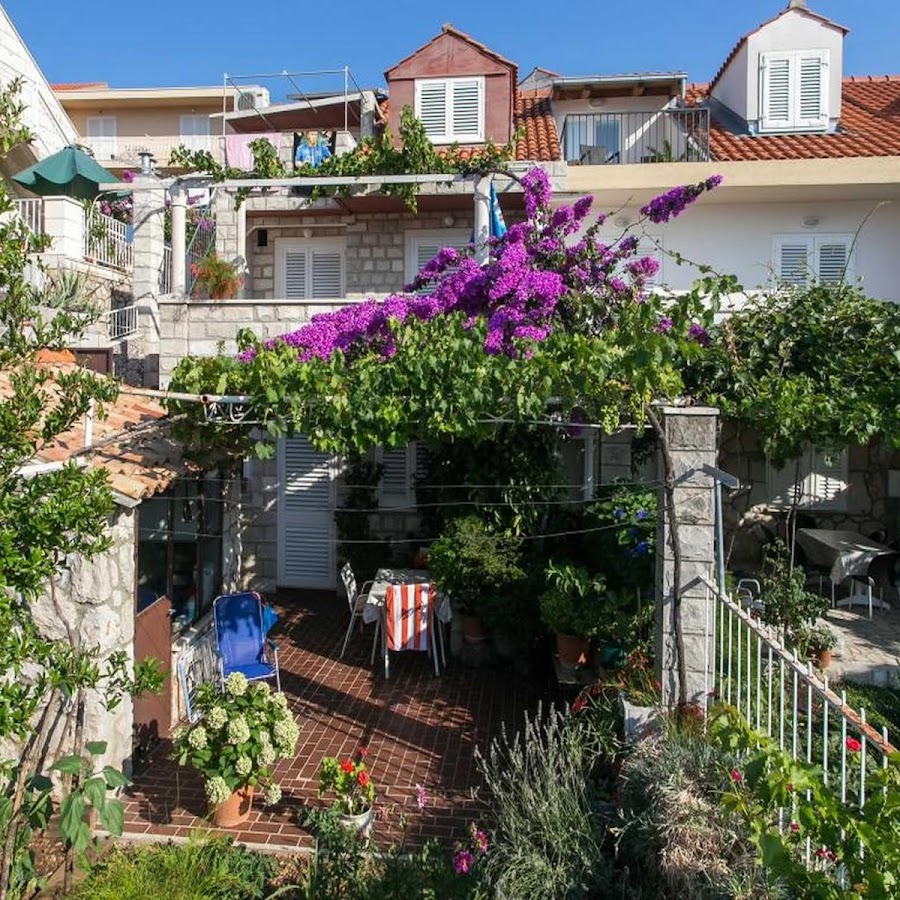
Apartment Lia, Dubrovnik
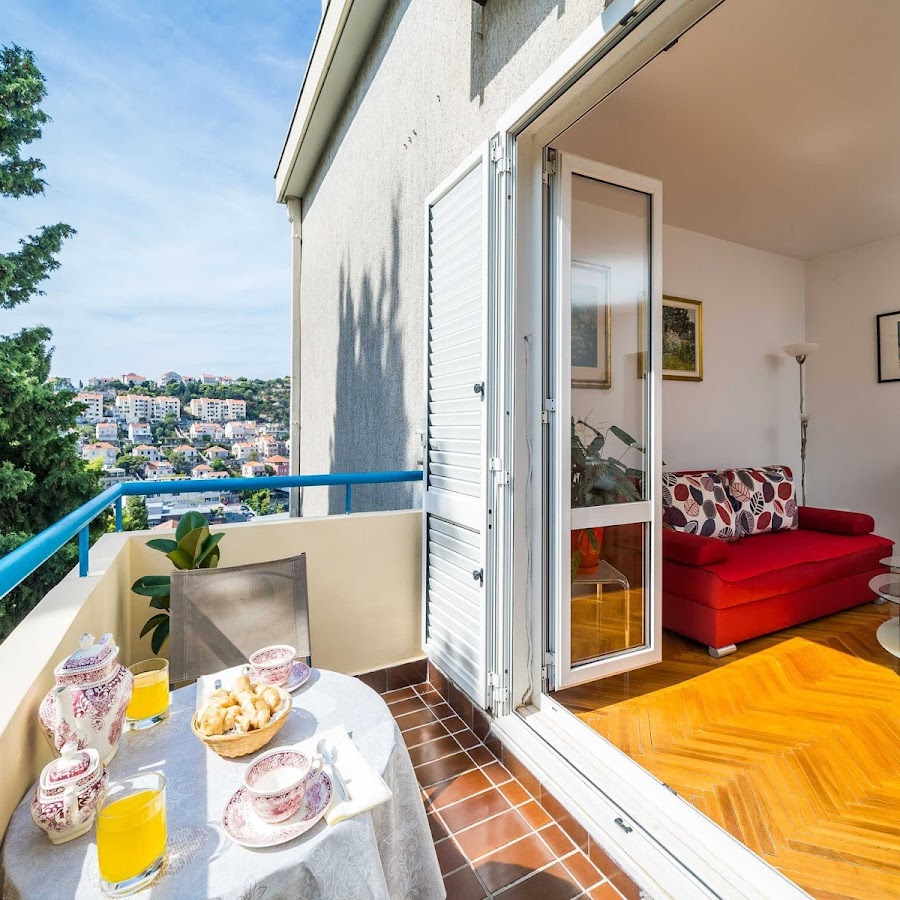
Apartments Nicol, Dubrovnik

Pupo Rooms, Dubrovnik
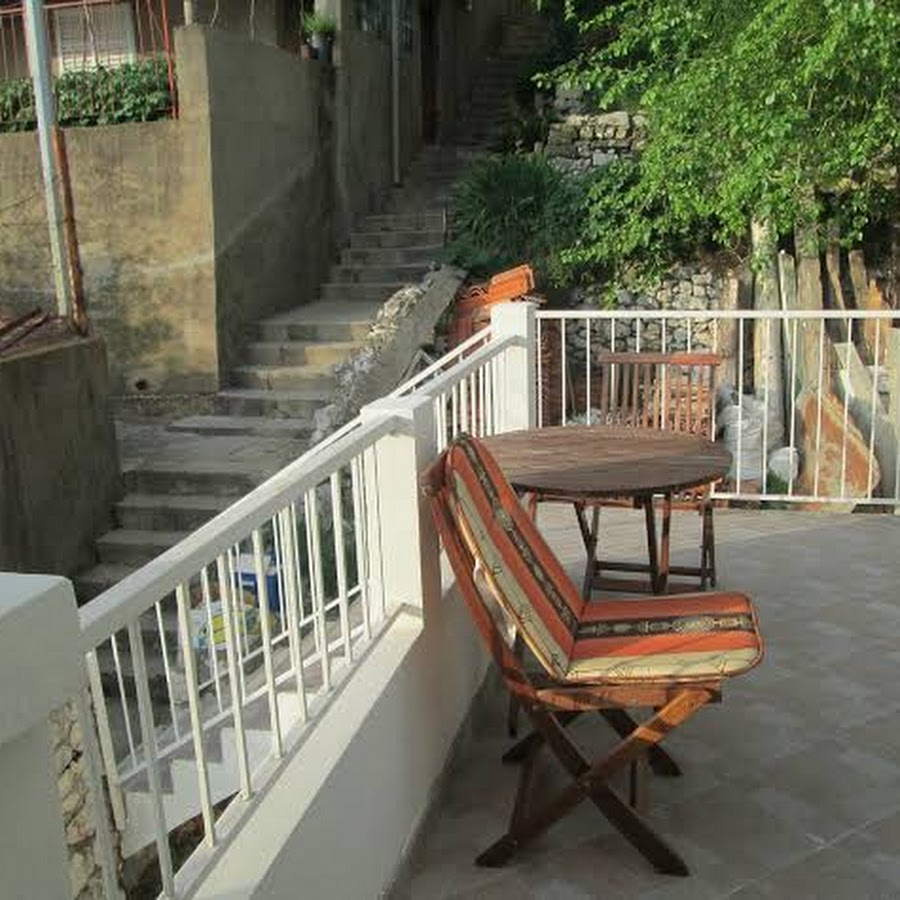
Studio Čikato Dubrovnik
Major Apartments Dubrovnik, Dubrovnik
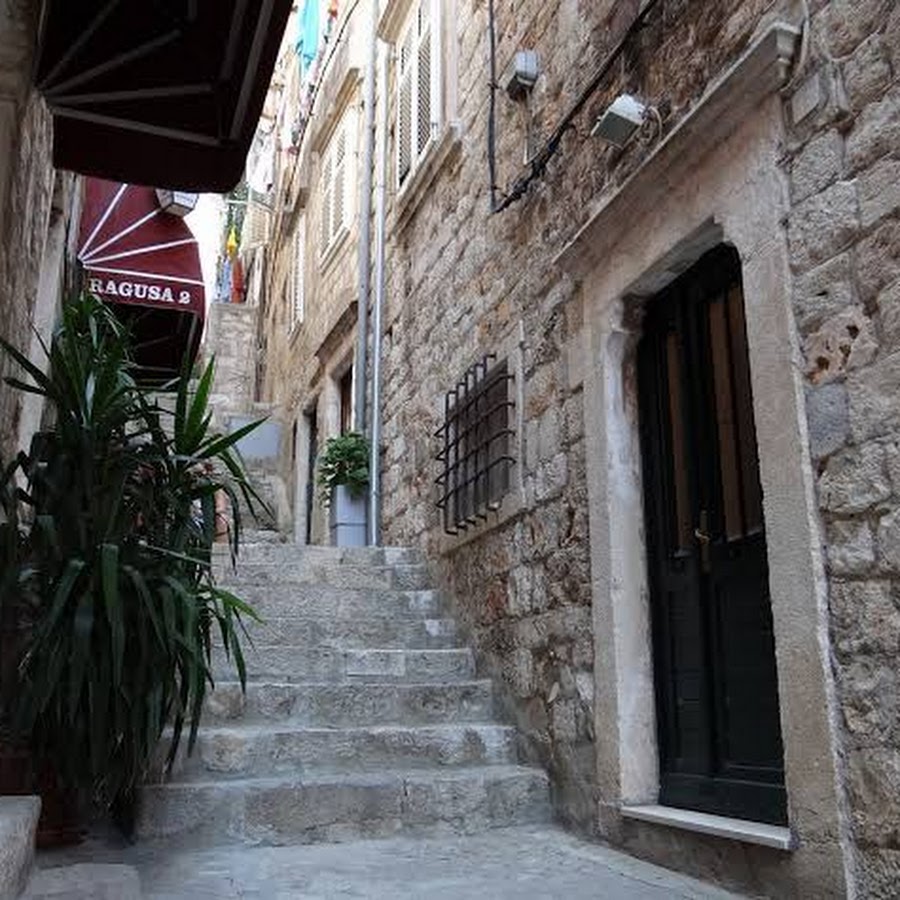
Apartment Lara
Apartments Elelu, Dubrovnik
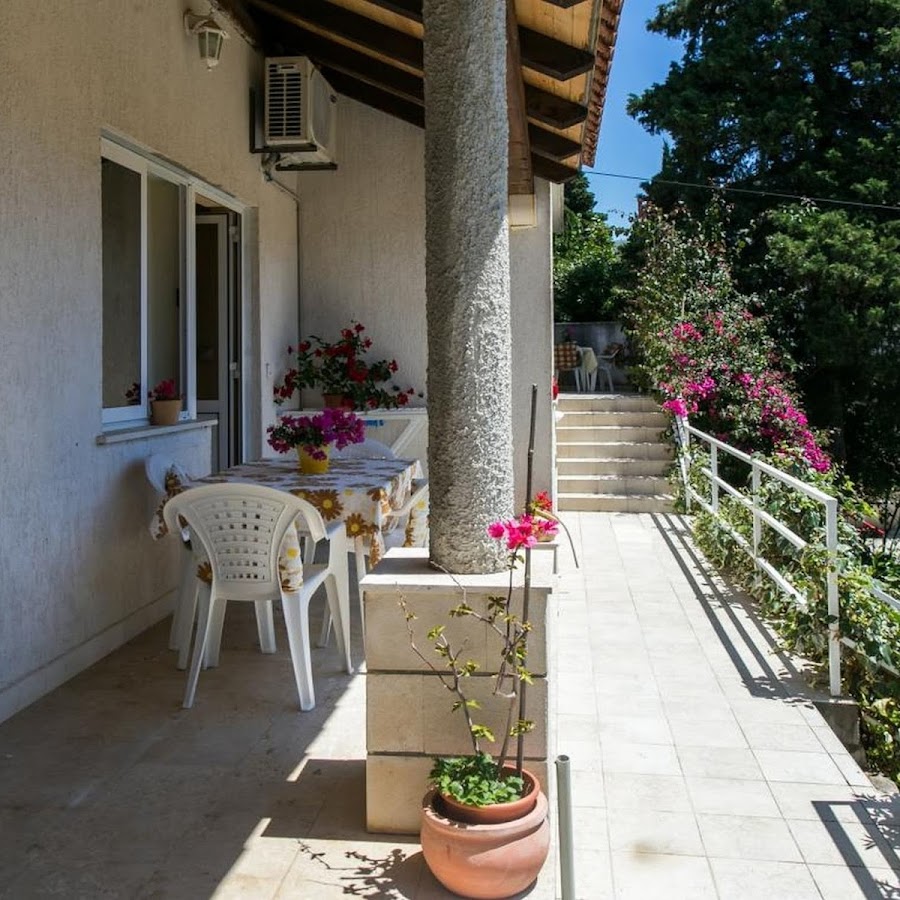
Apartment Purple Magic, Dubrovnik
Apartments Olaf, Dubrovnik
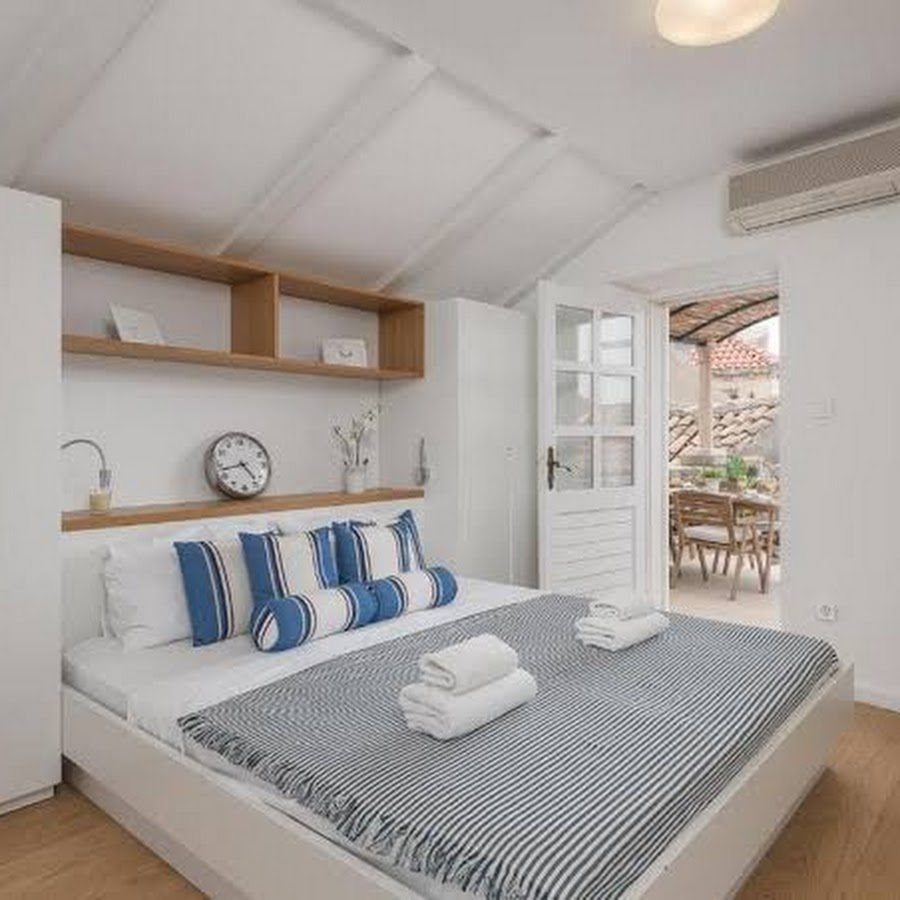
Villa Sigurata
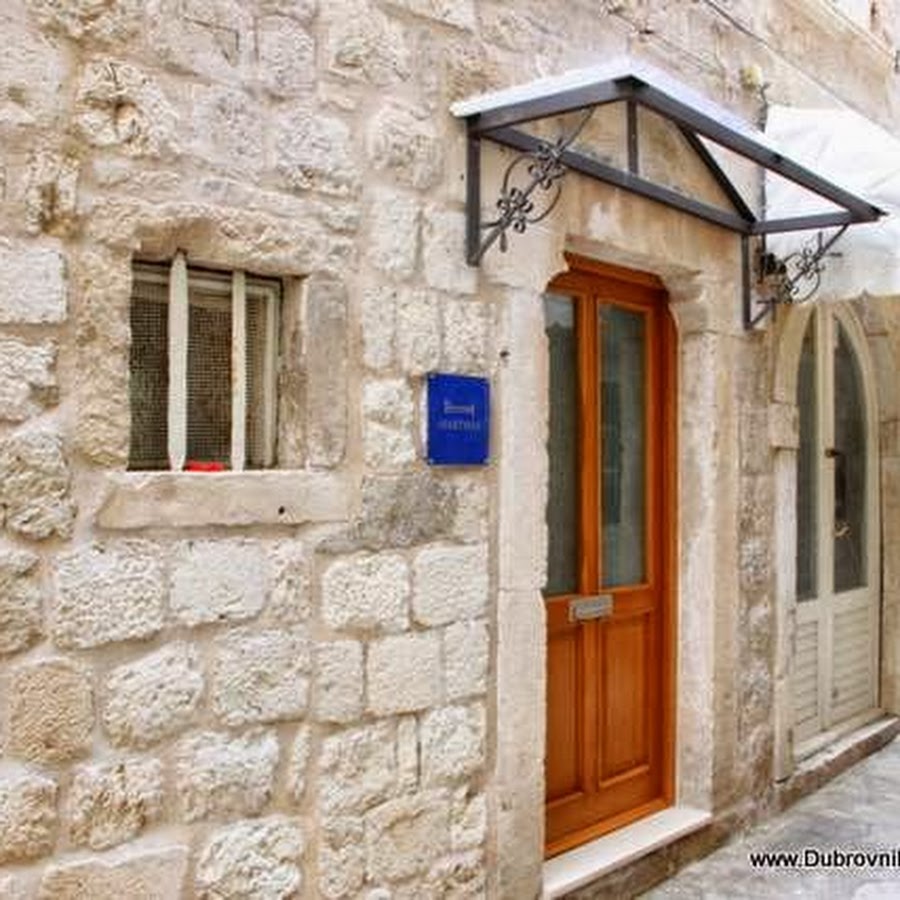
EuroAdria Residence, Dubrovnik
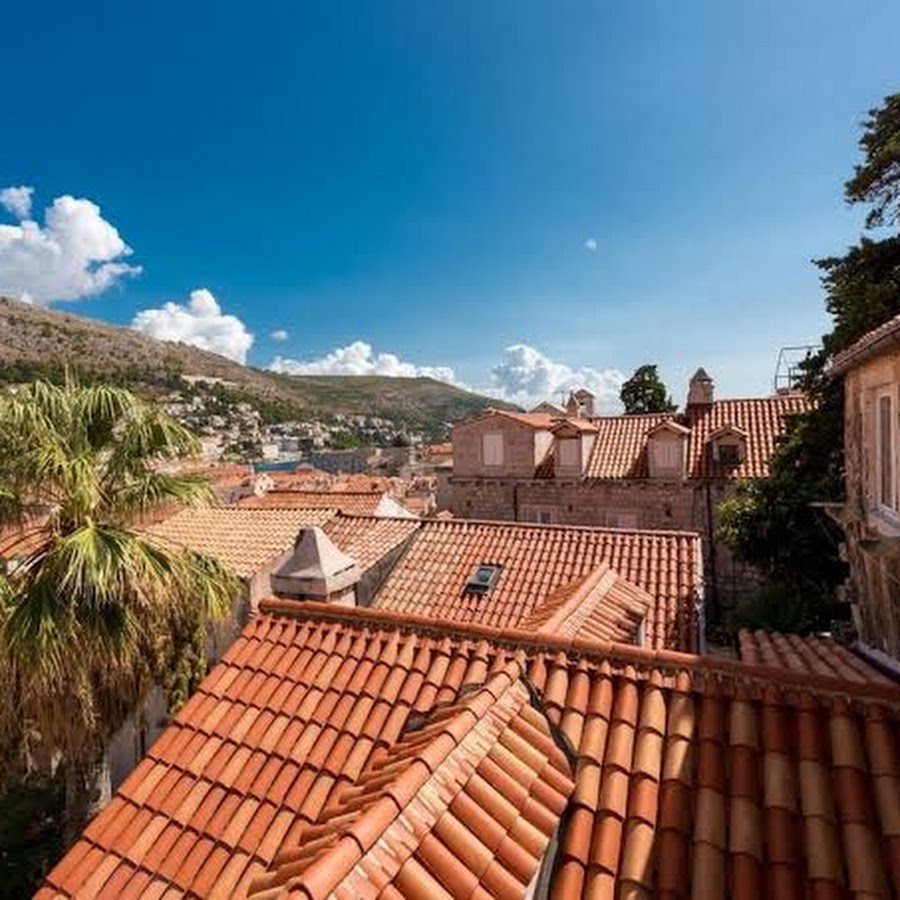
Guest House Ivana, Dubrovnik
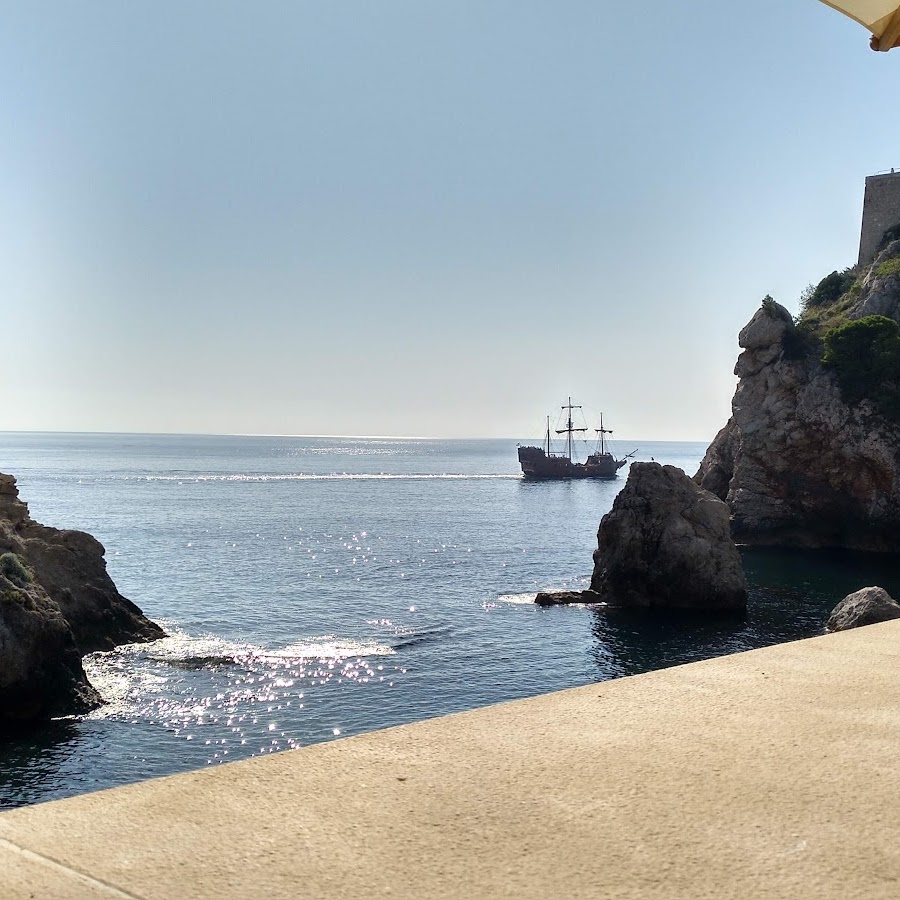
Franusic Private Accommodation Dubrovnik
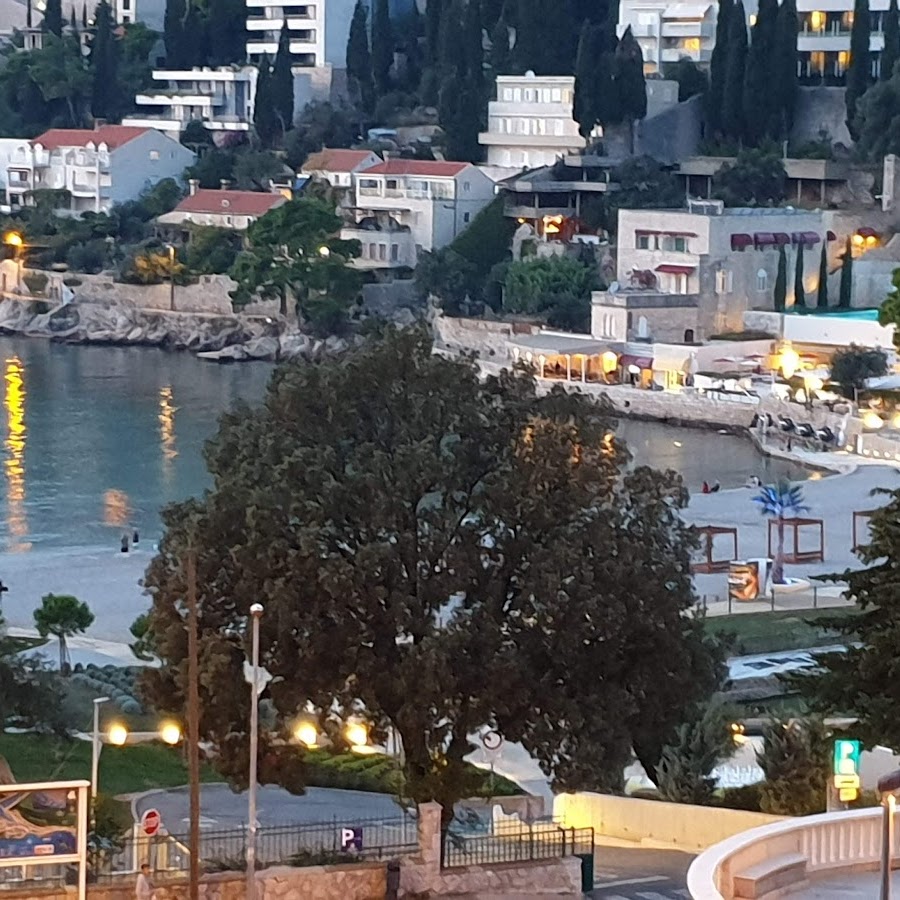
Apartment 4 You, Dubrovnik
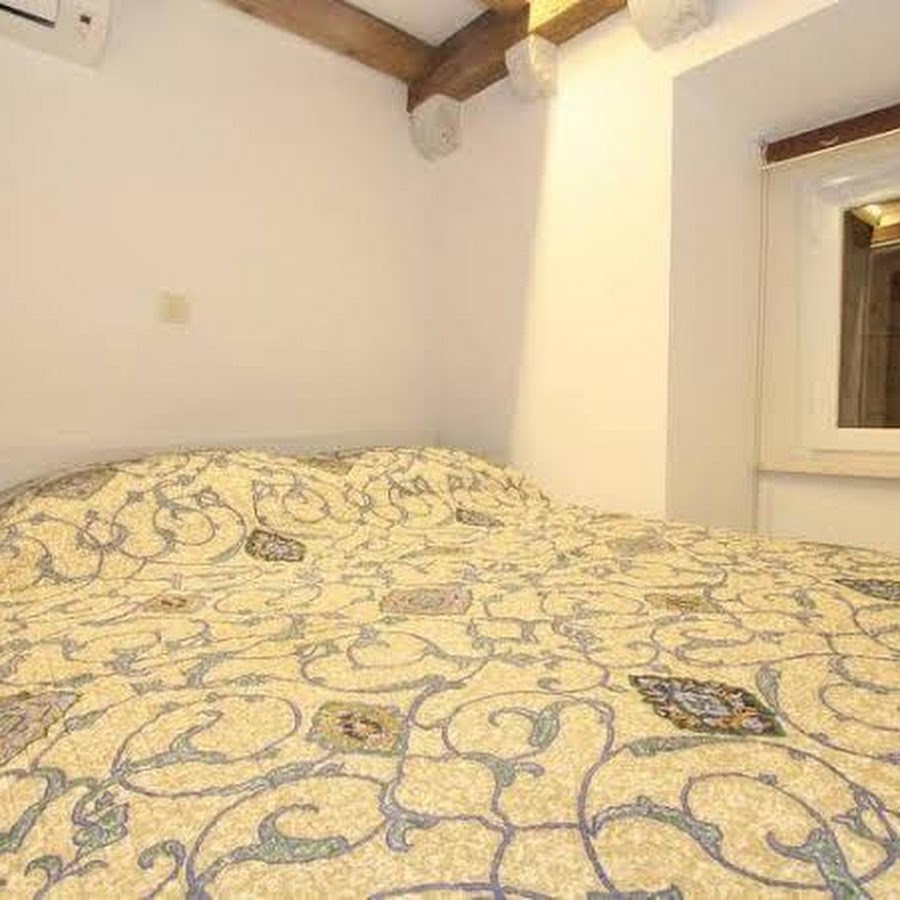
Apartments Rudjer, Dubrovnik
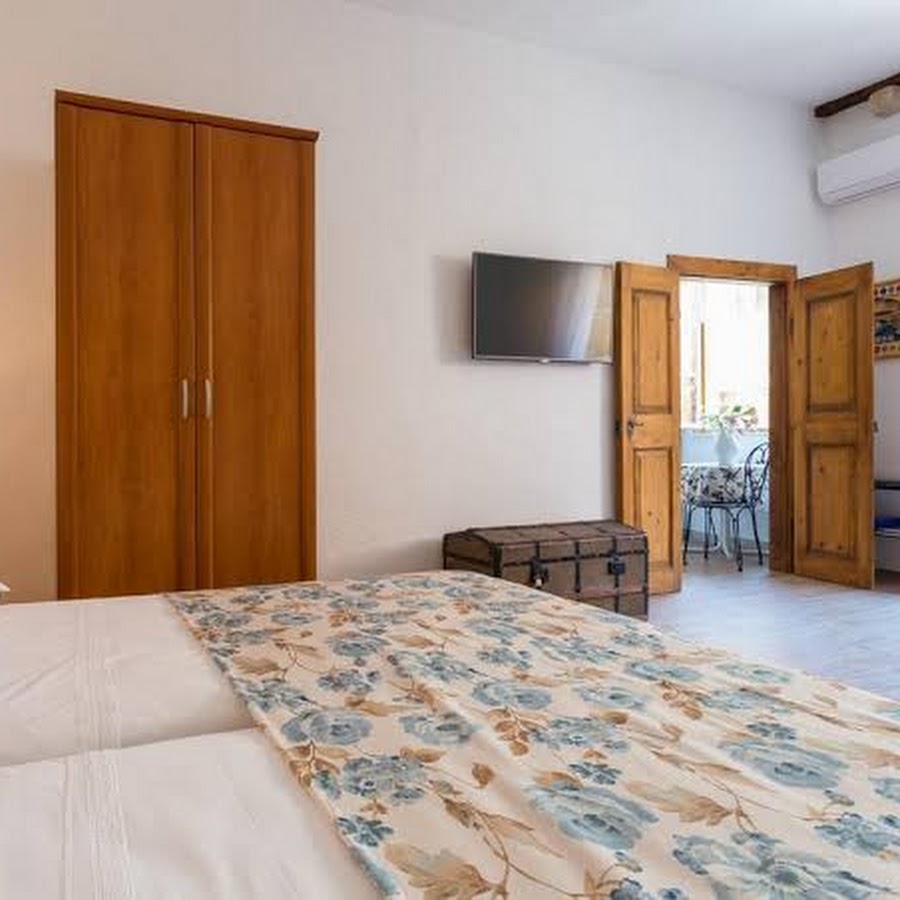
Apartment ADEA, Dubrovnik
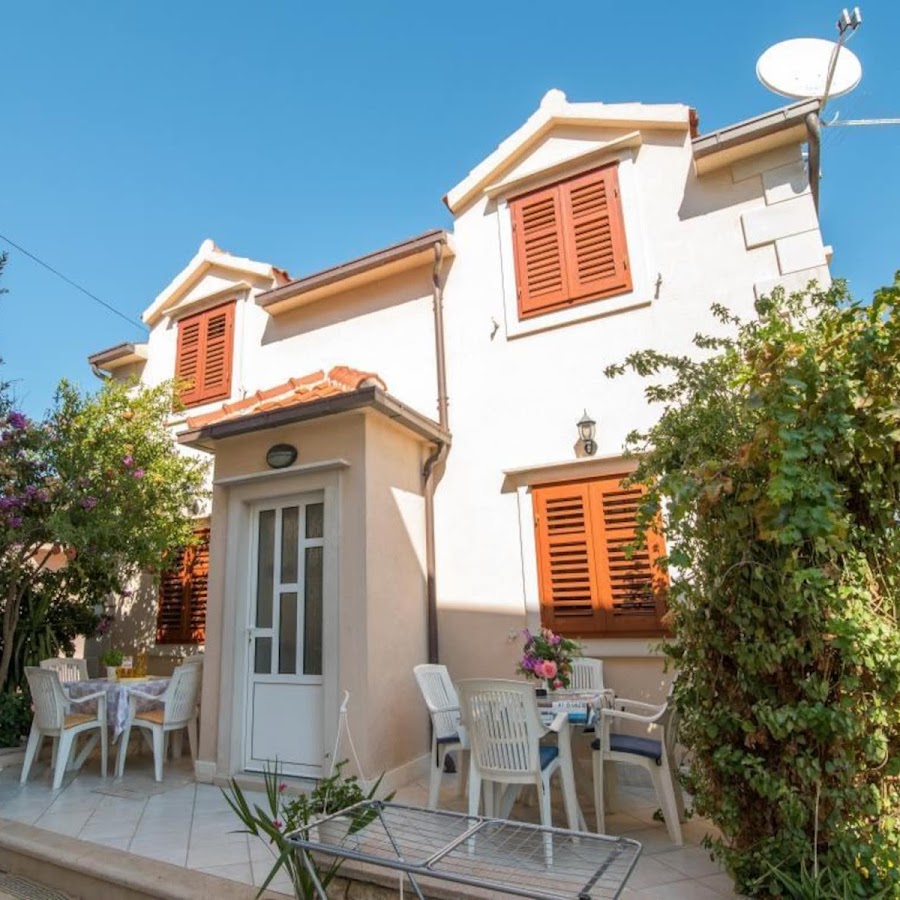
Hostel Euroadria
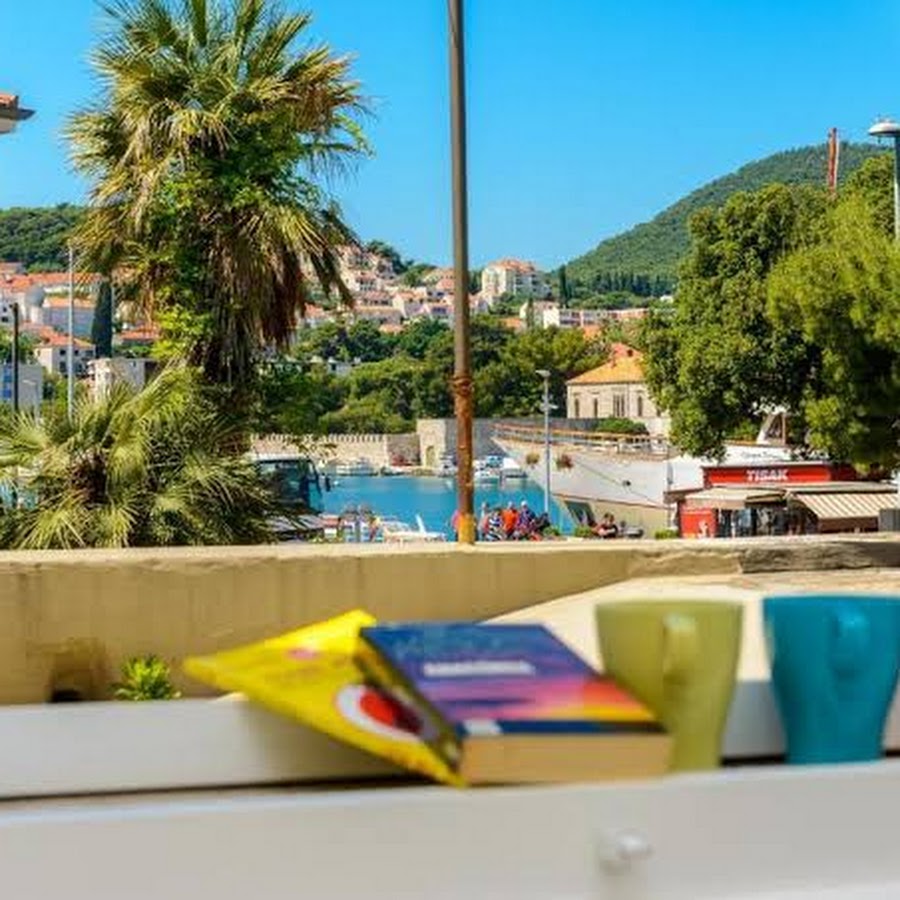
La Vita e Bella 4 - Lucarica
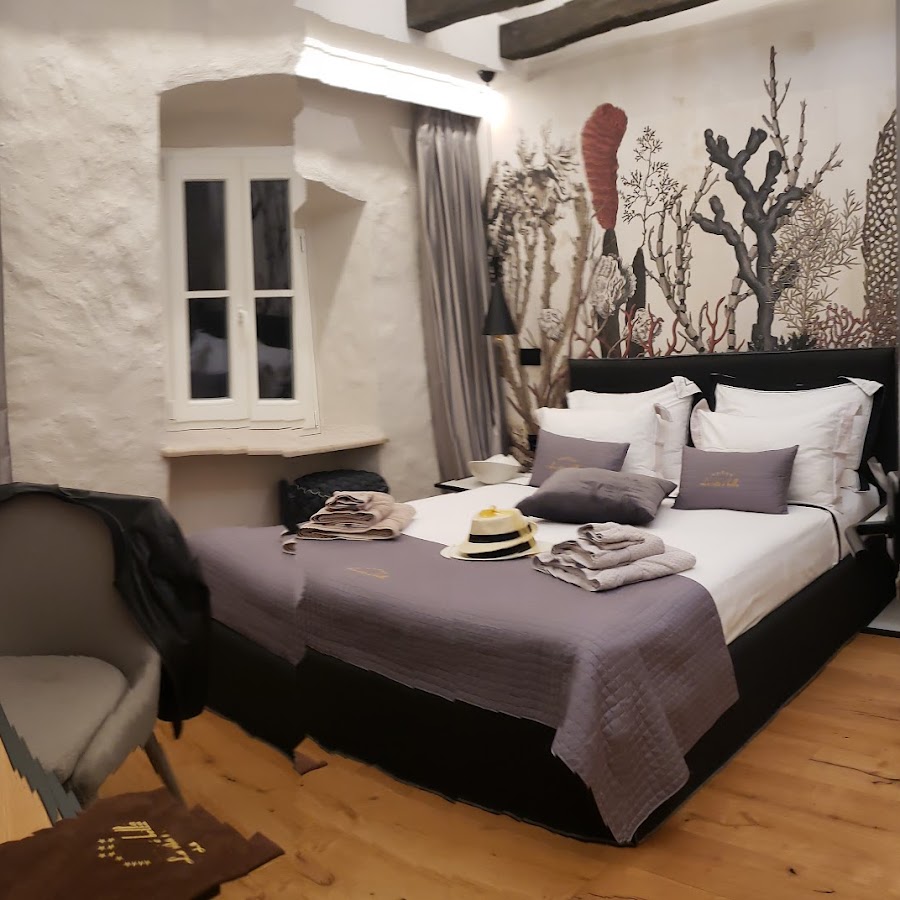
Guest house Perica, Dubrovnik
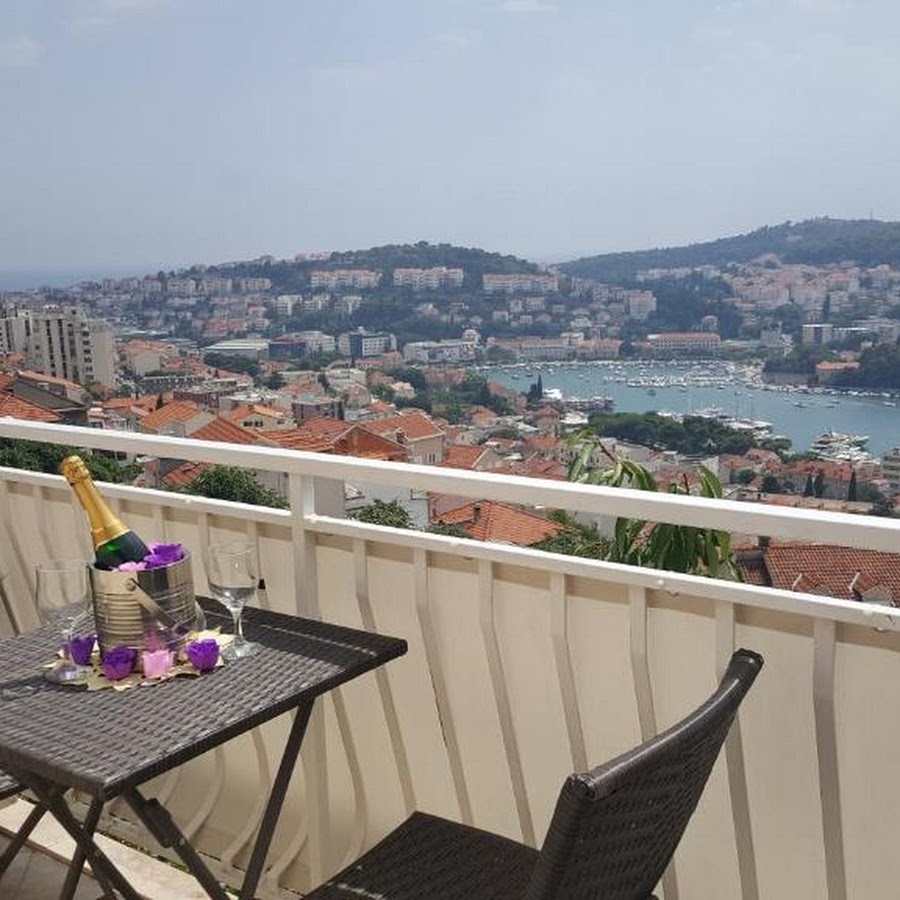
Apartments Adaleta
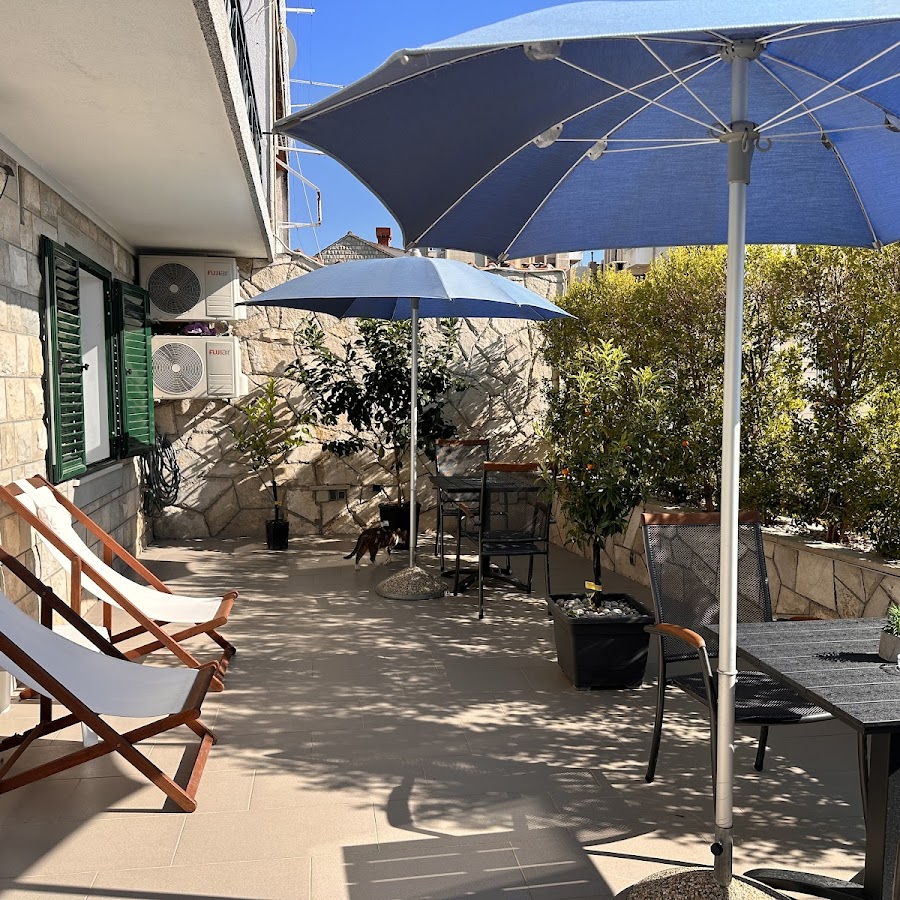
Guest House Bridge View, Dubrovnik
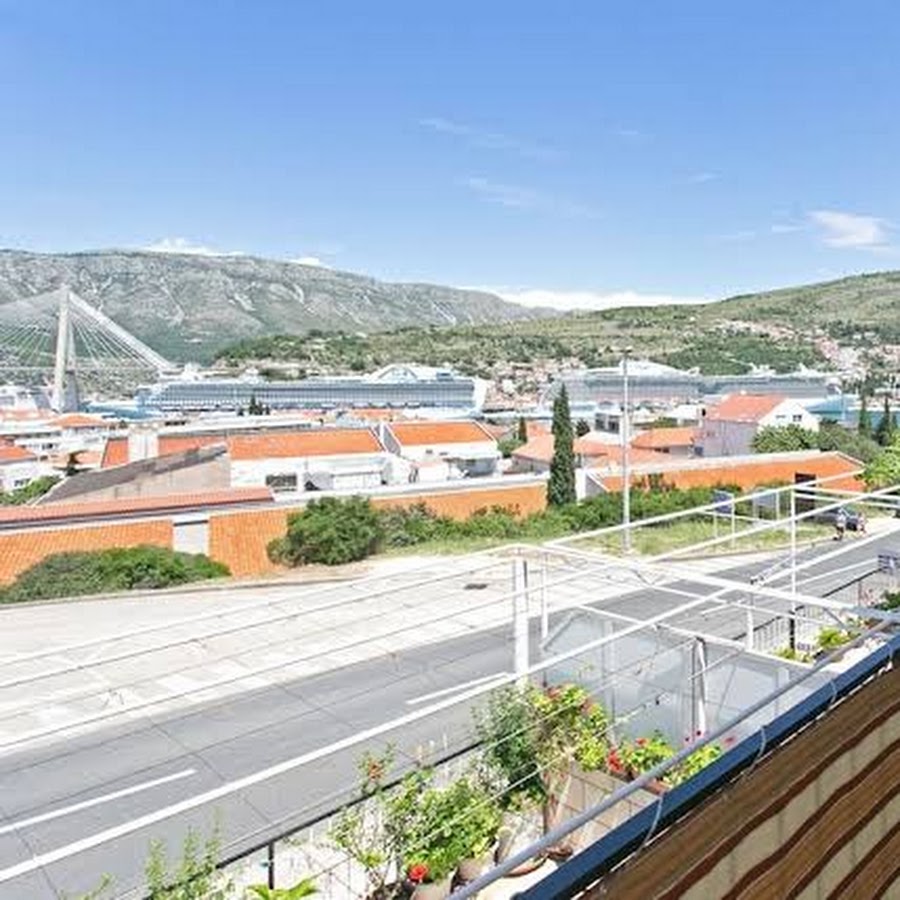
Old Town City Center Apartments
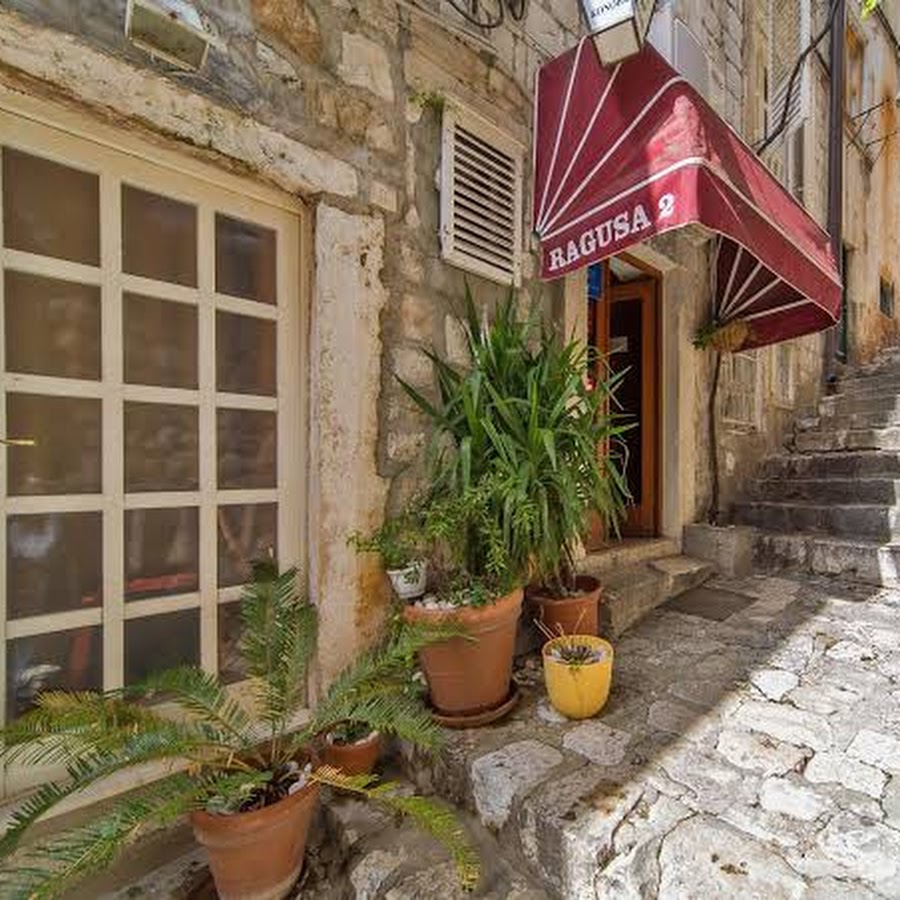
Restaurant Kazbek
Apartments & Room Frane, Dubrovnik
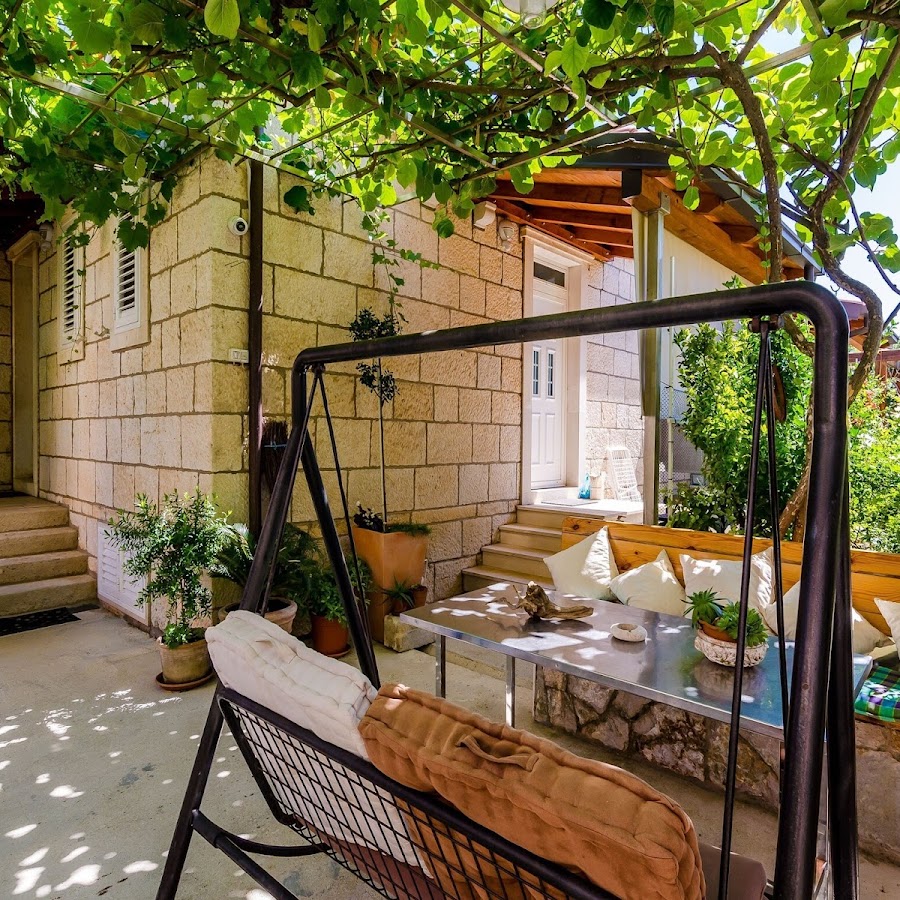
Guest House Ljubica, Dubrovnik
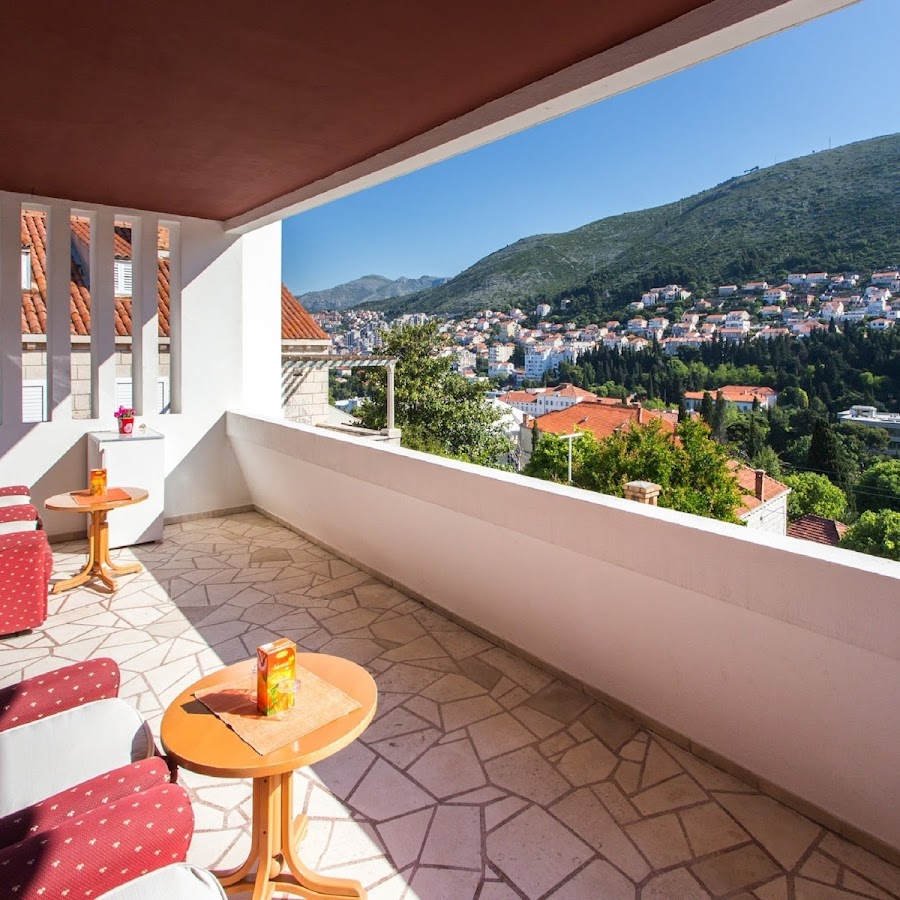
Rooms Diana, Dubrovnik
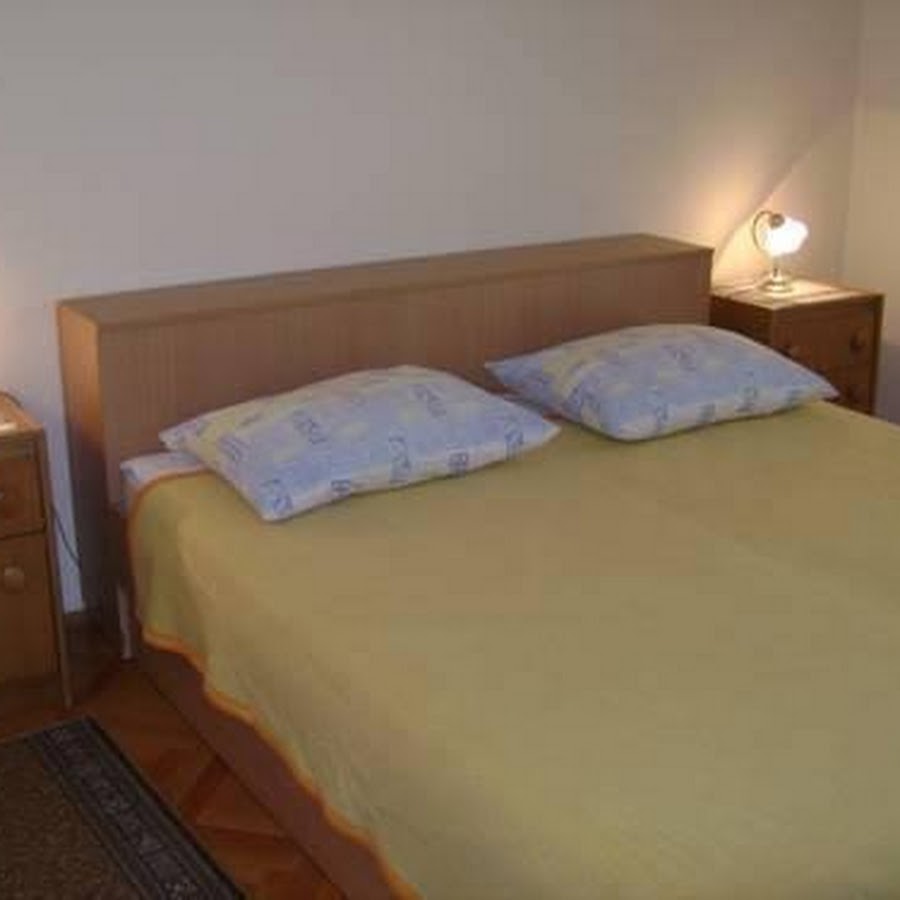
Apartment Vera
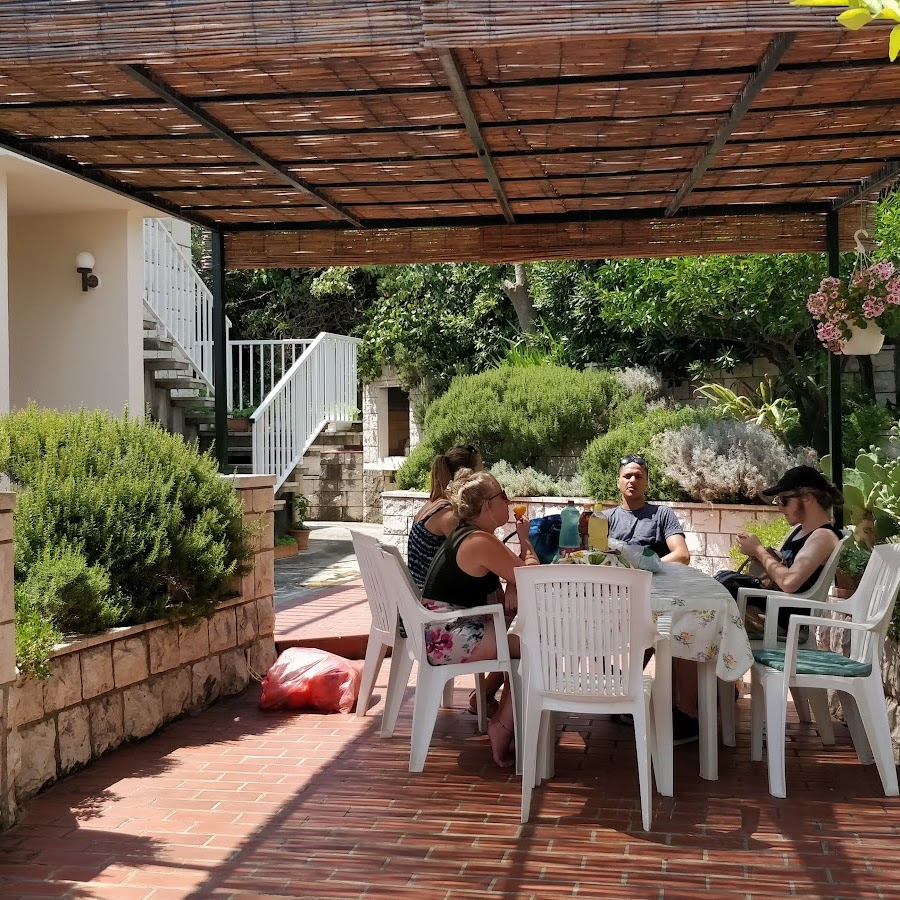
S&V Deluxe Apartments, Dubrovnik
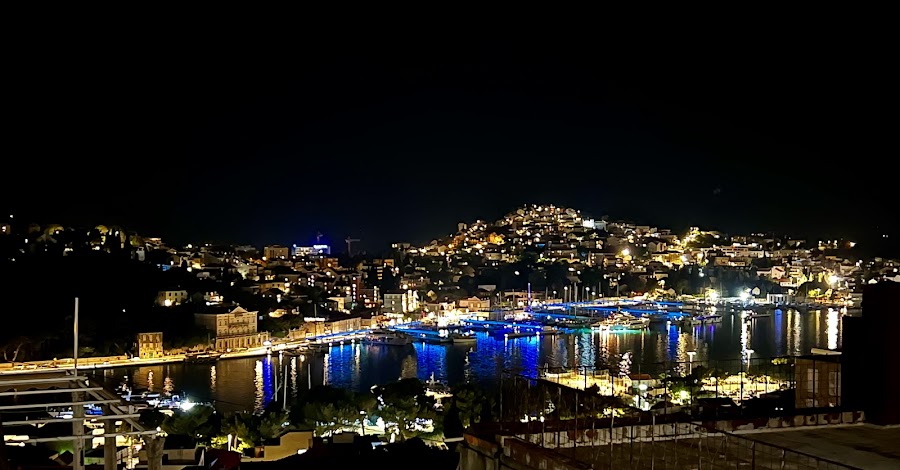
Apartments Helen
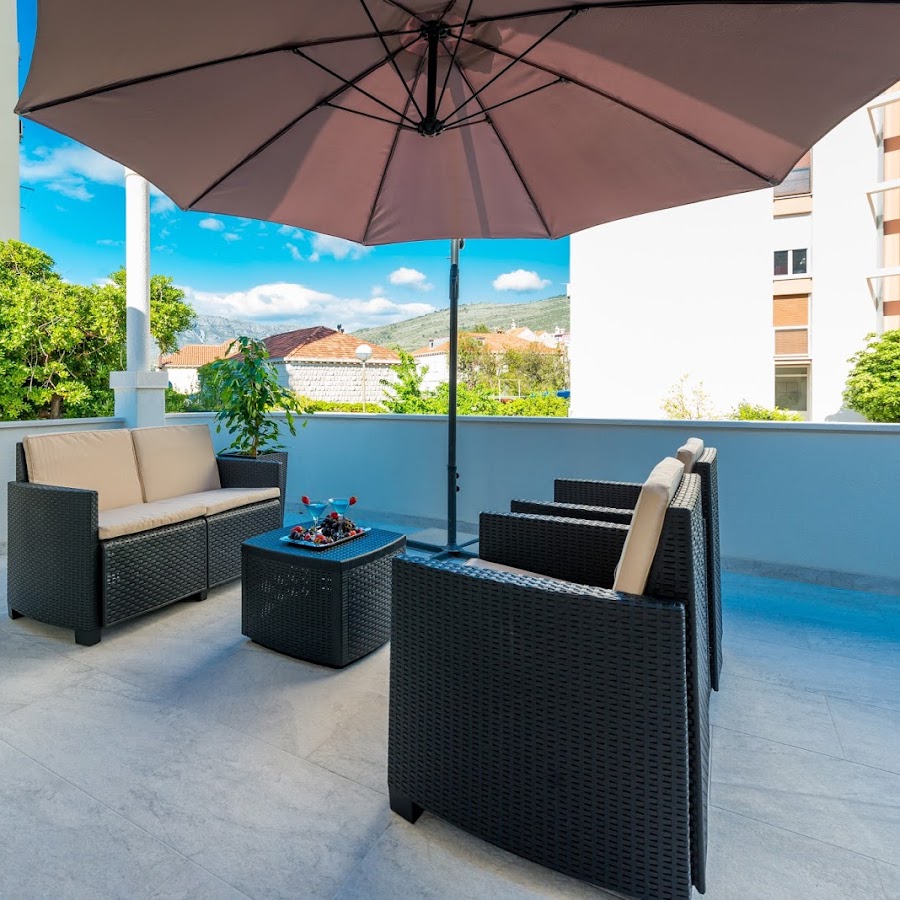
Villa Magnolia, Dubrovnik
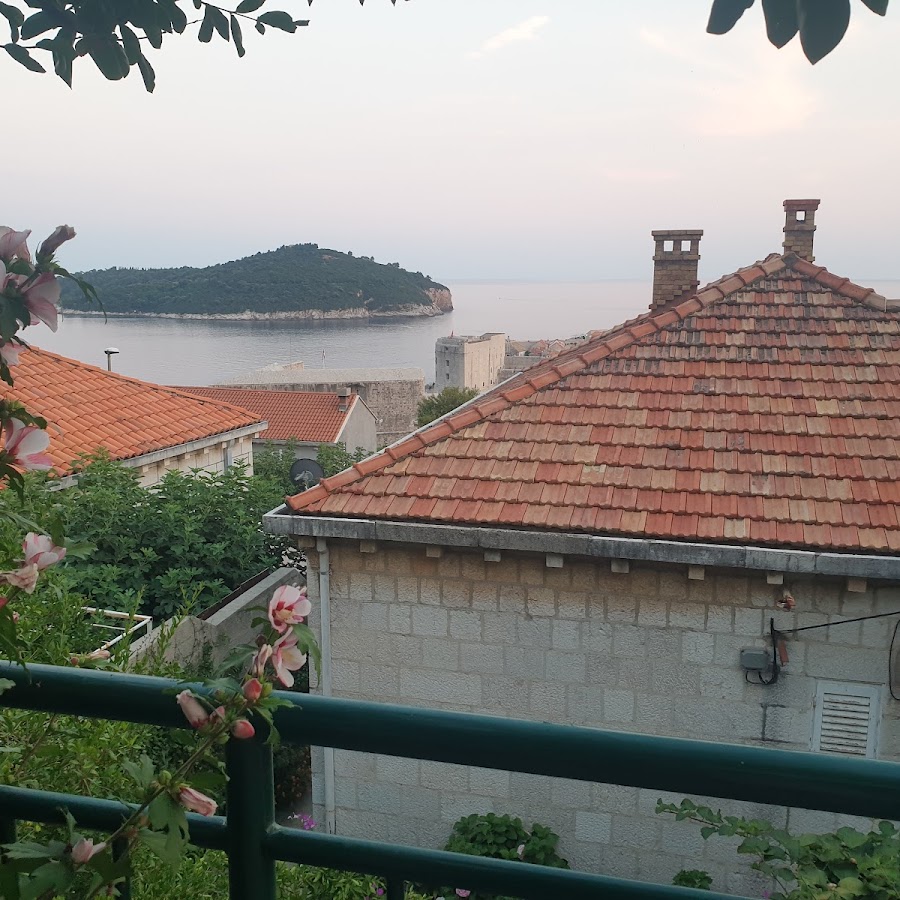
Katarina Rooms, Dubrovnik
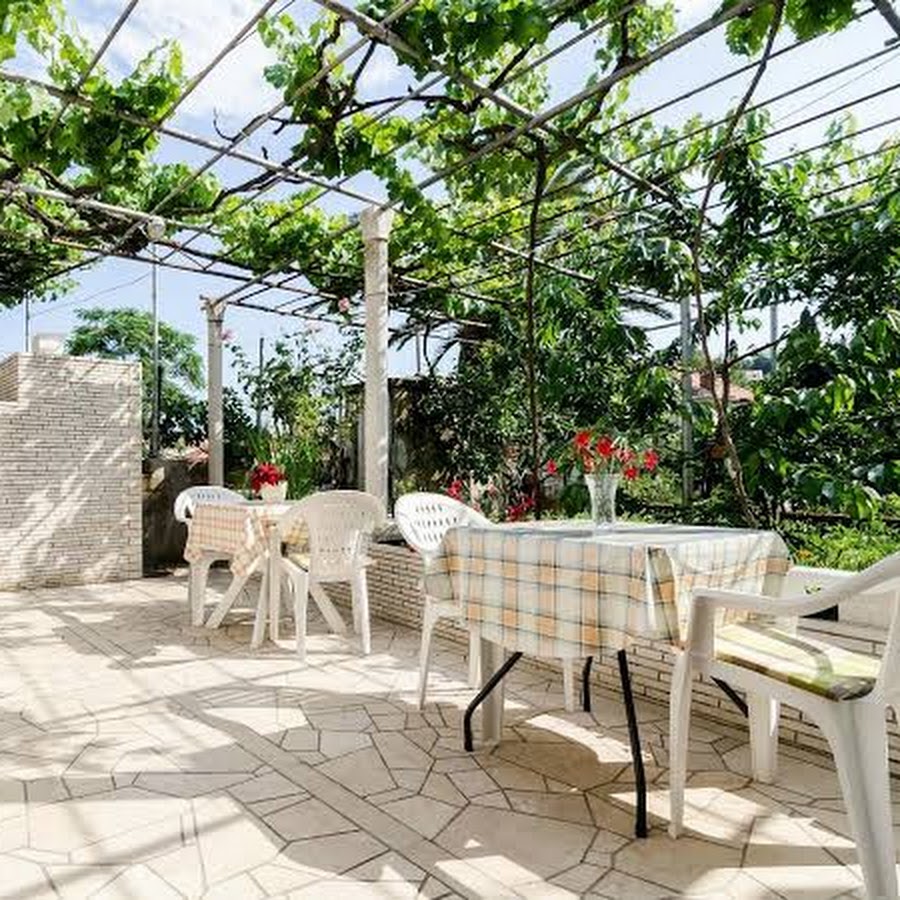
Villa Dubrovnik d.d.
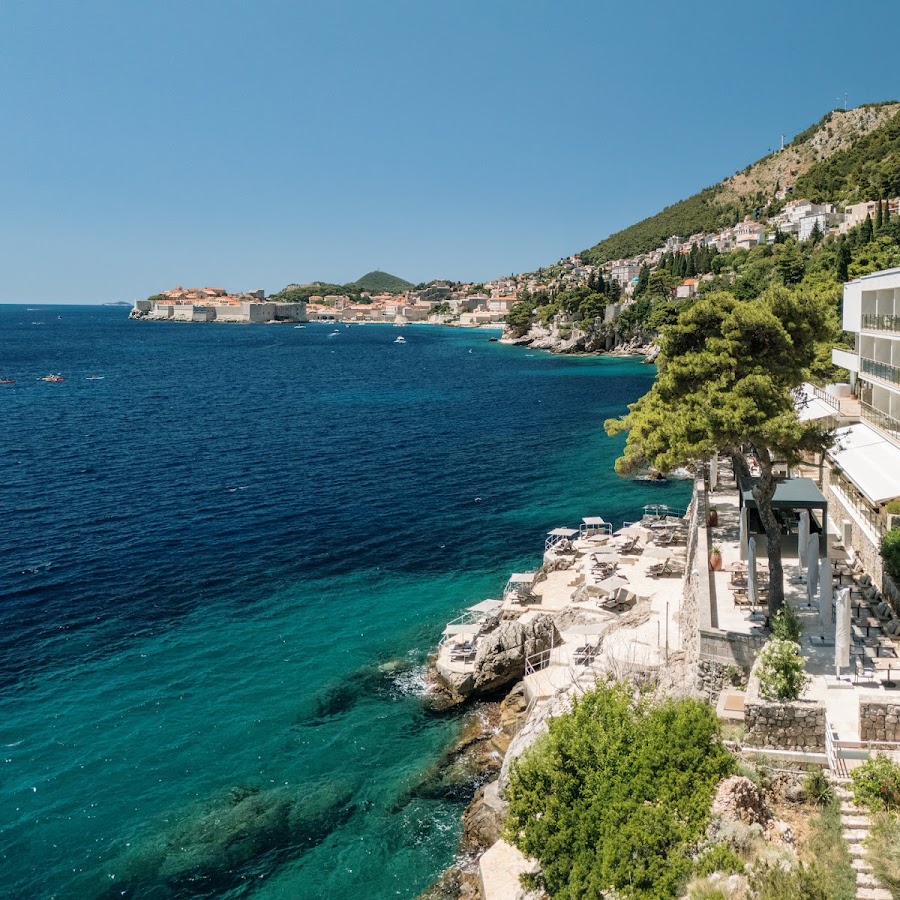
Muziqa Apartments
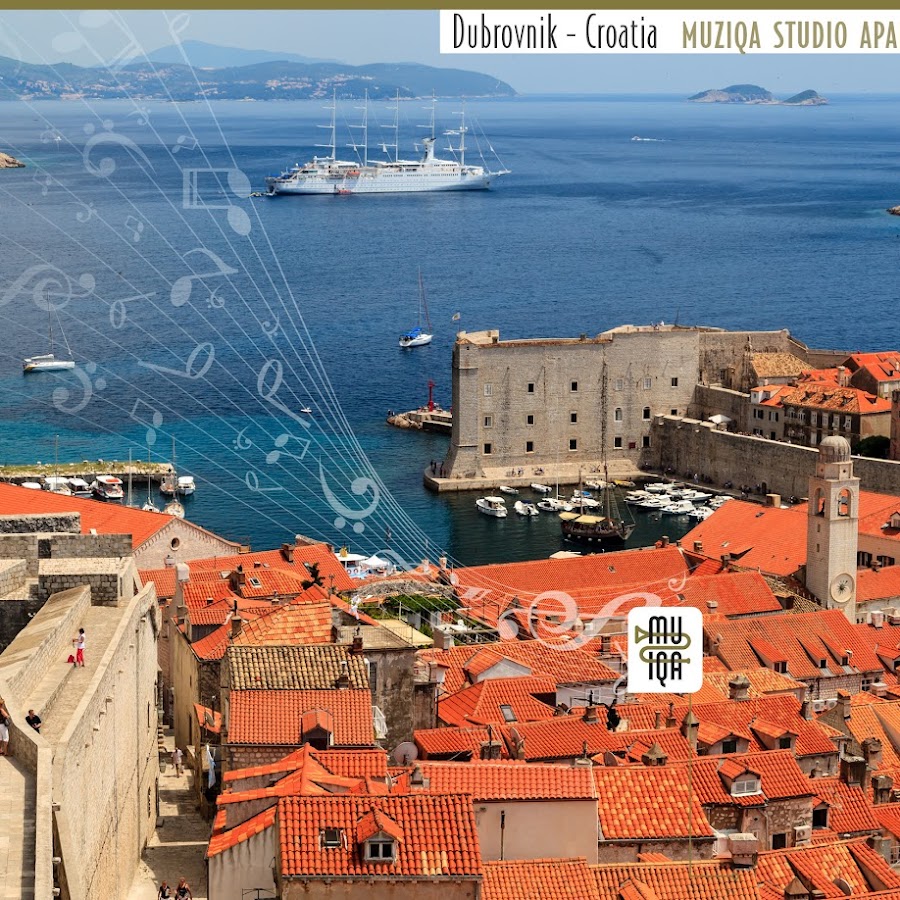
Guesthouse Flores, Dubrovnik
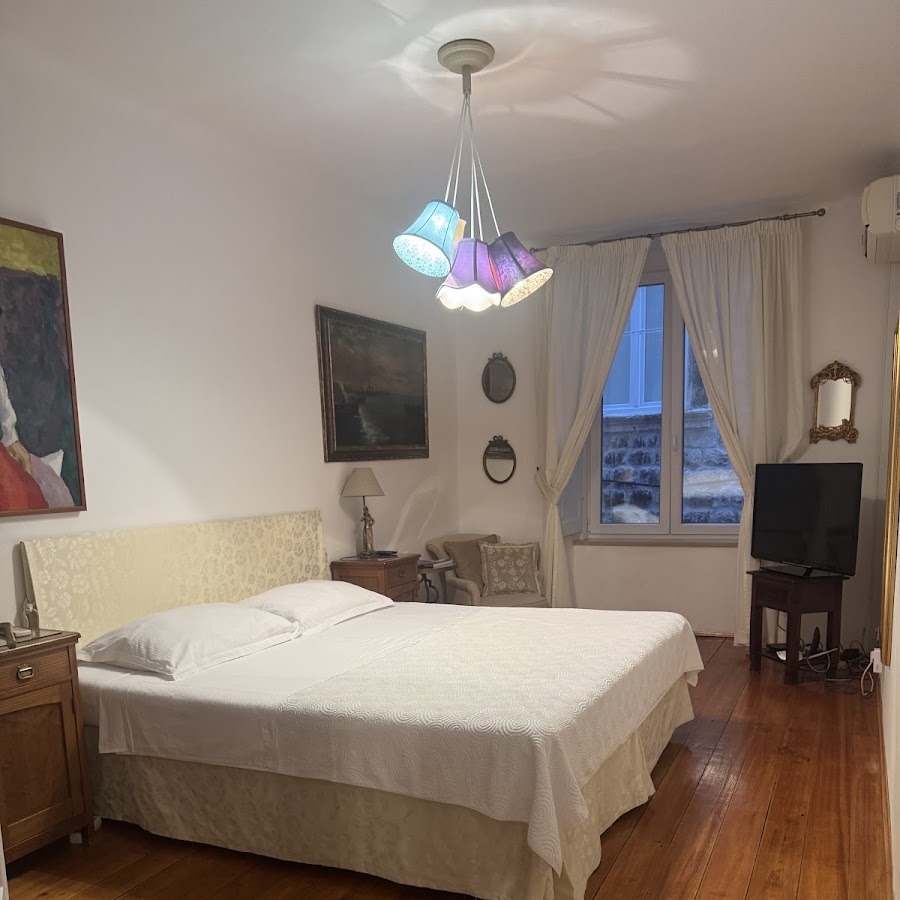
Guest House Cuk Dubrovnik
KALA LUXURY ROOMS by DuHomes
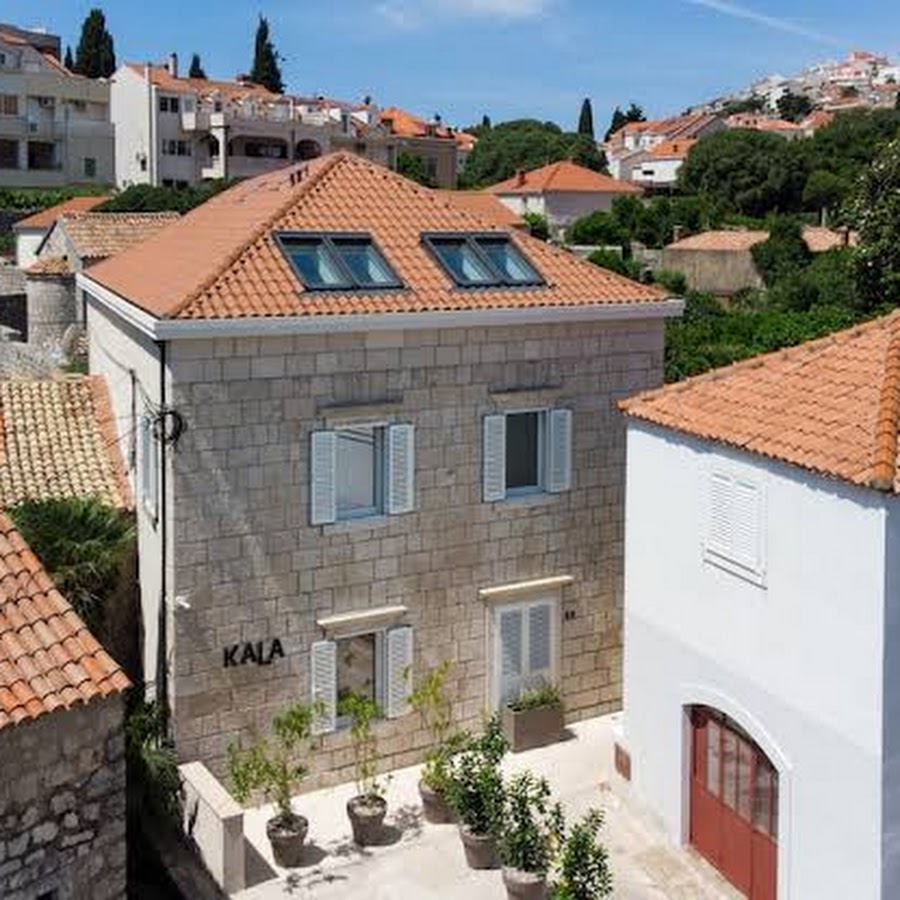
Apartments Krmek
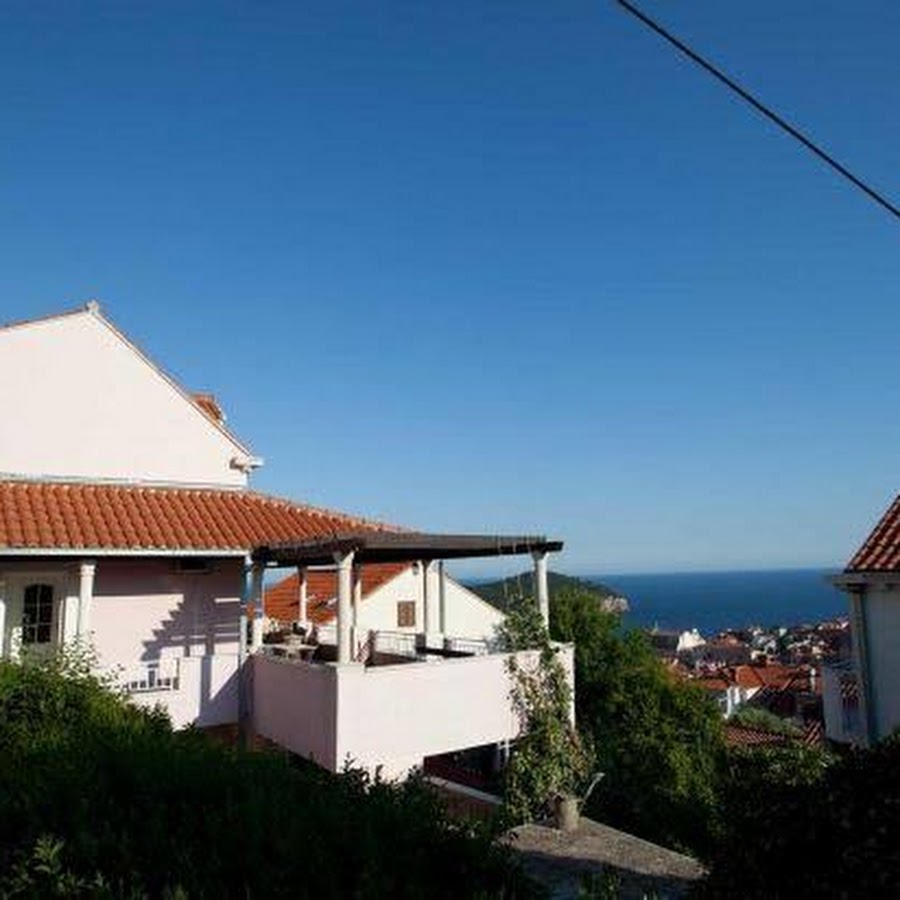
Hortenzia House, Dubrovnik
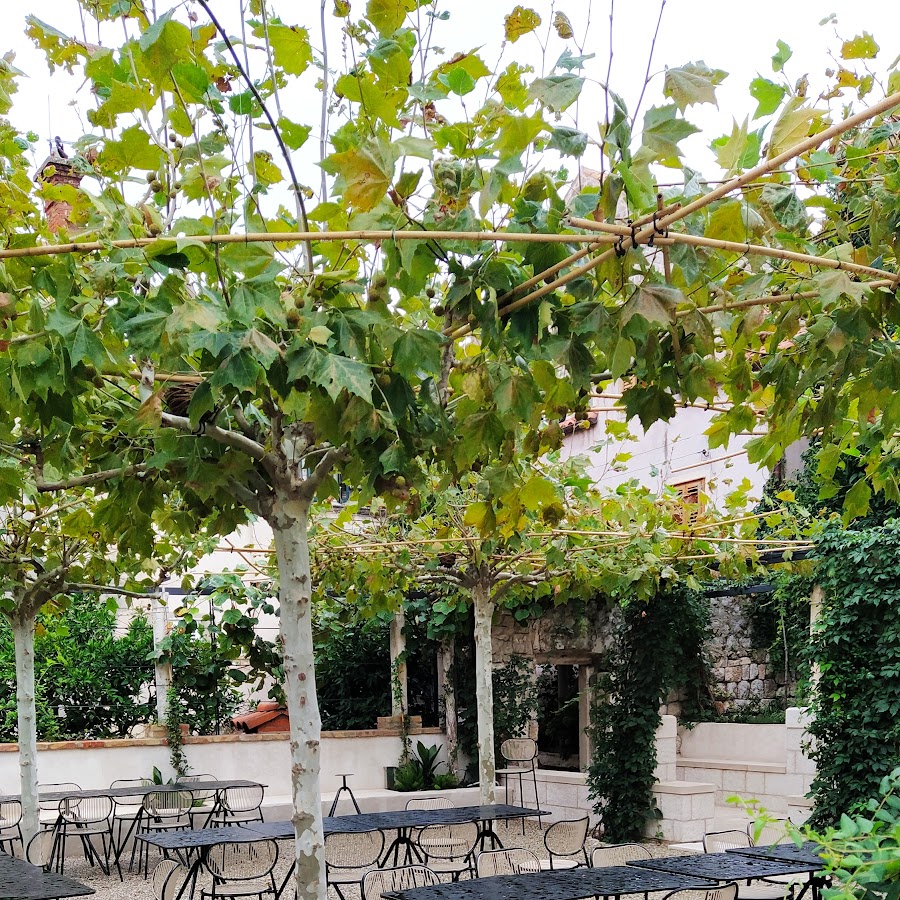
HOTEL PETKA
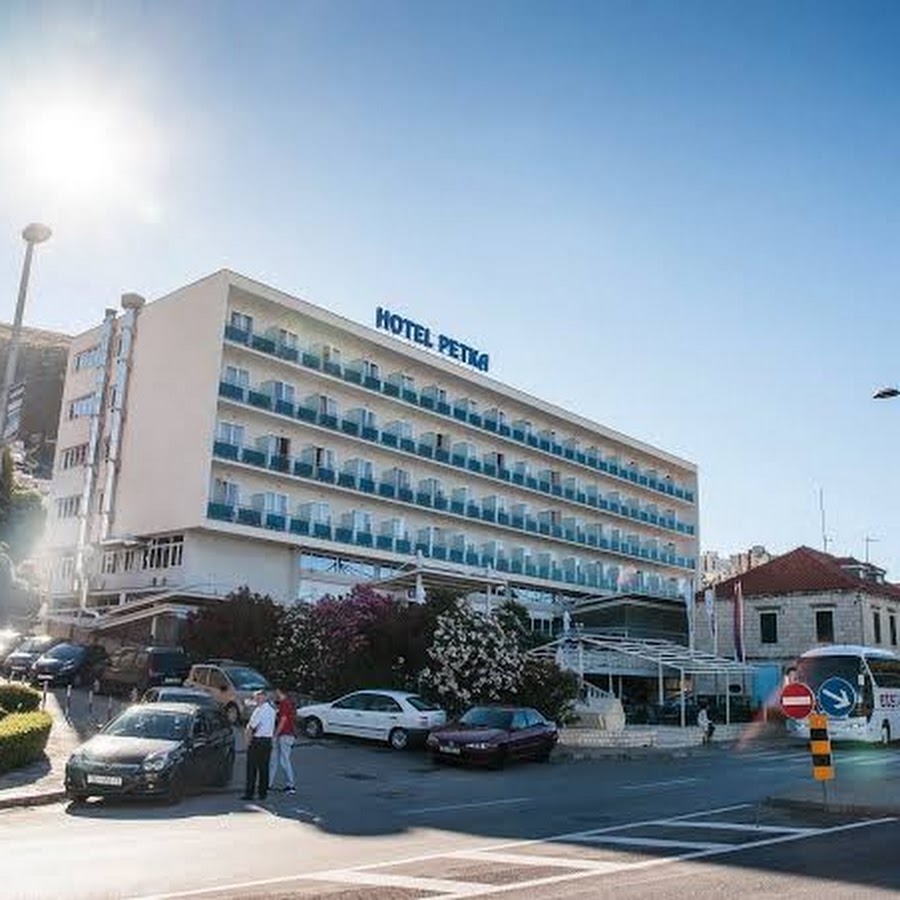
Apartment Tomo, Dubrovnik
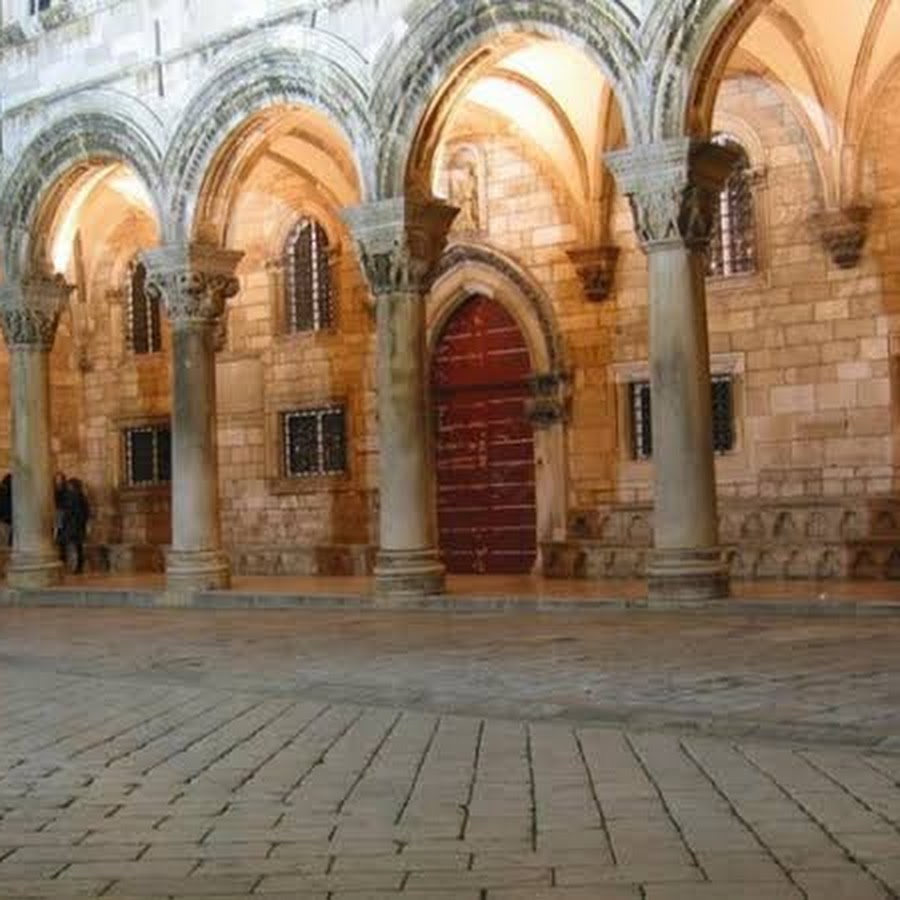
Guest House Cesic, Dubrovnik

Anna Guesthouse, Dubrovnik
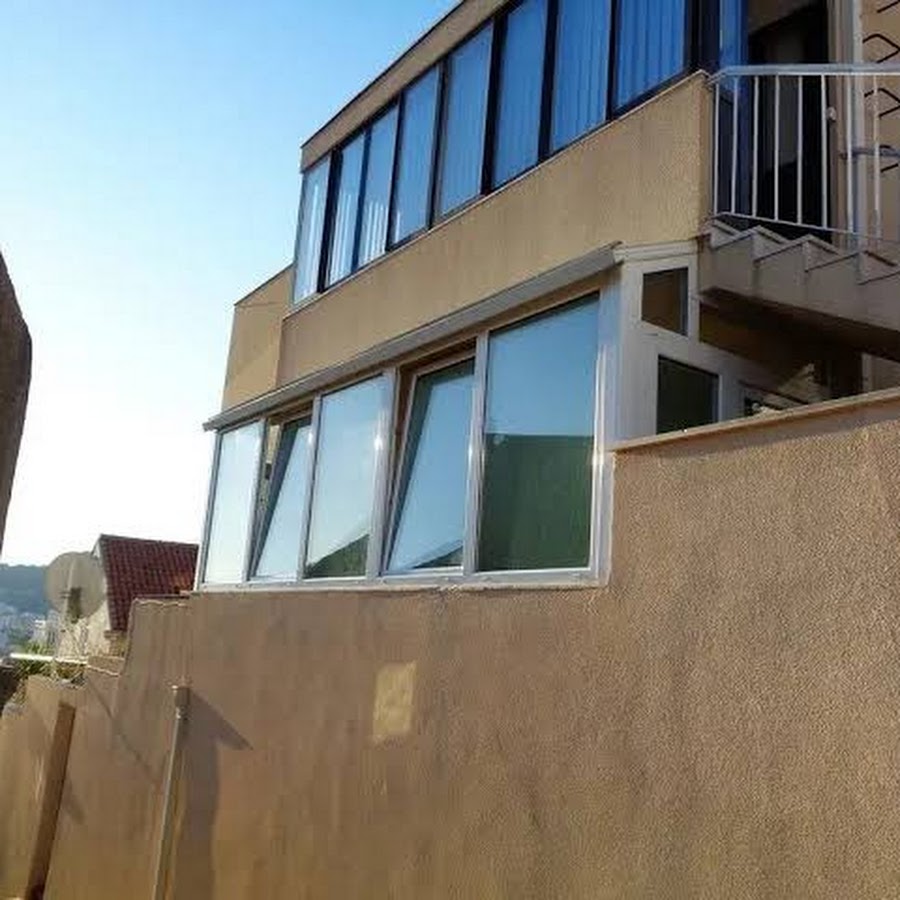
Icy House

Bed&Breakfast Andio, Dubrovnik
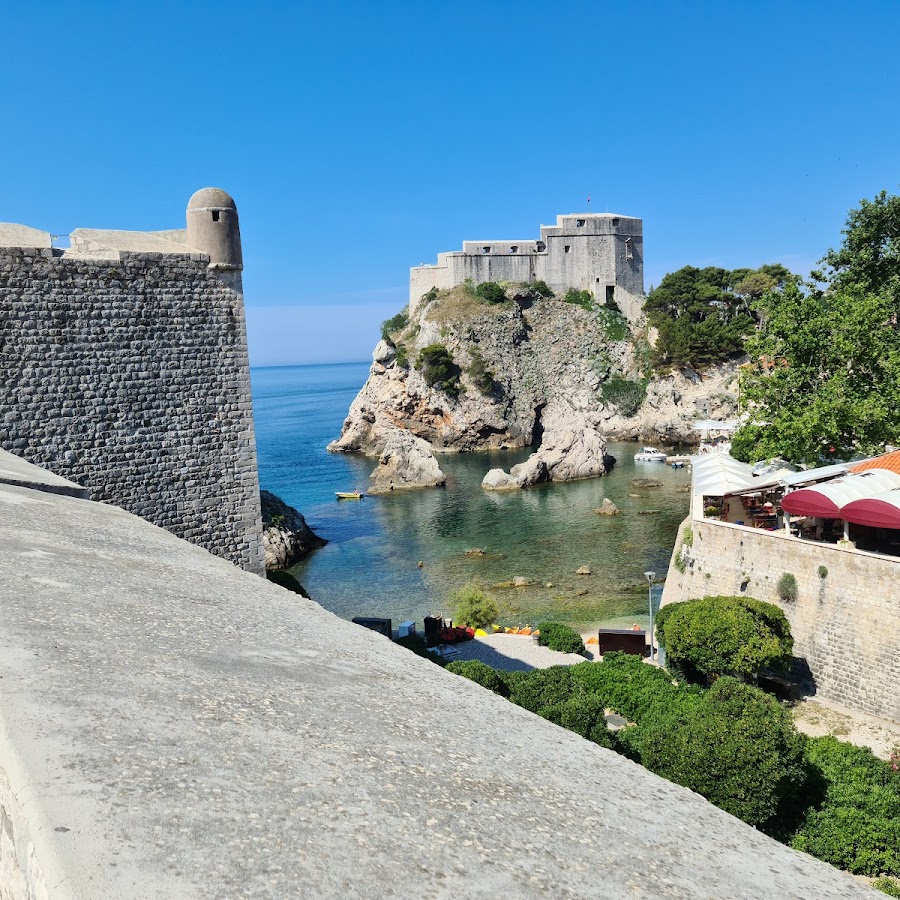
Rooms Ljubo
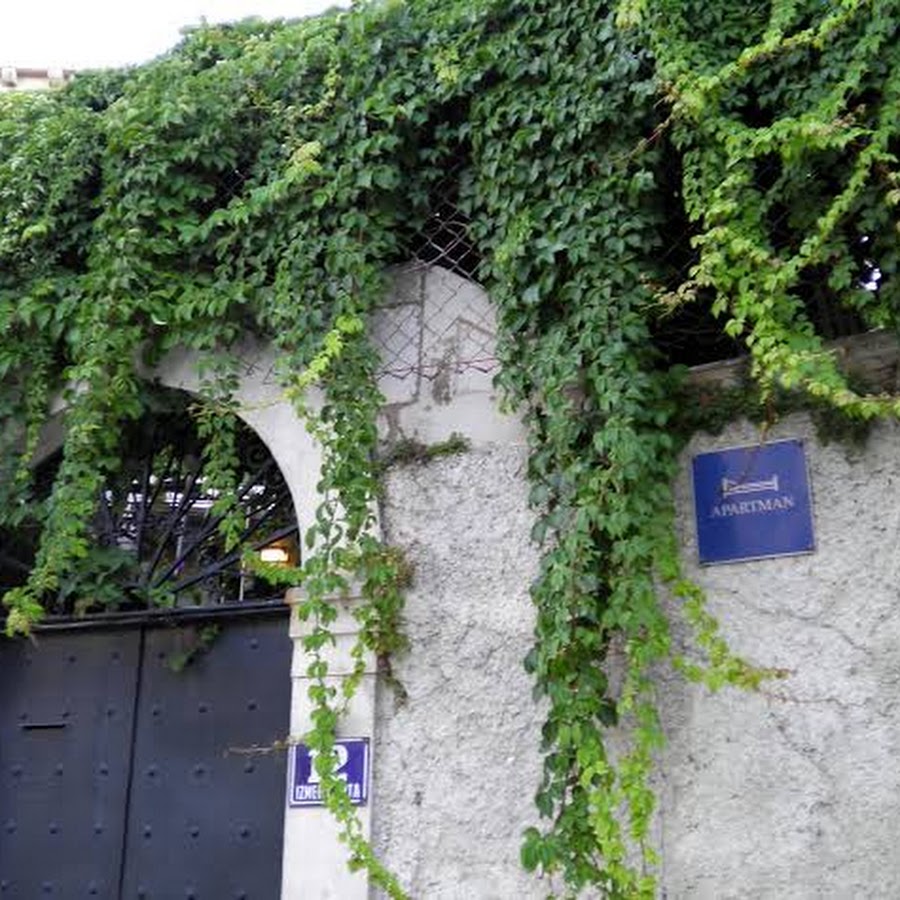
Nika Family Apartments, Dubrovnik
Villa Klaic ORIGIN

Dubrovnik Residence, Dubrovnik
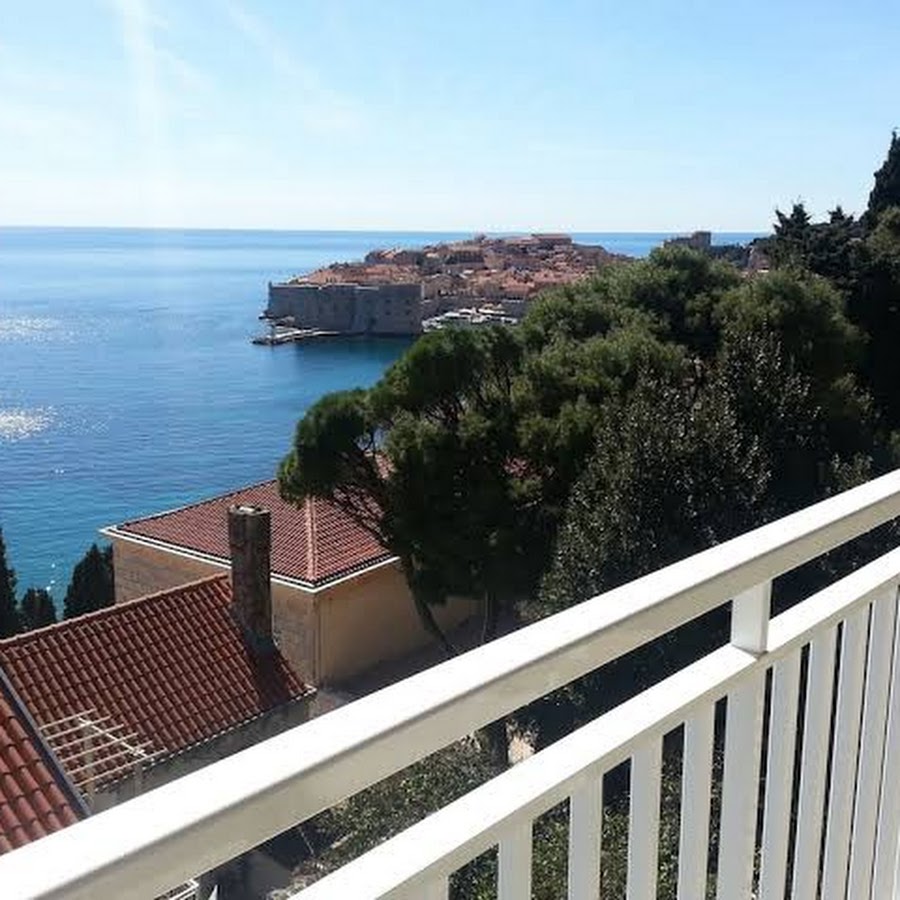
Apartments Lomara, Dubrovnik
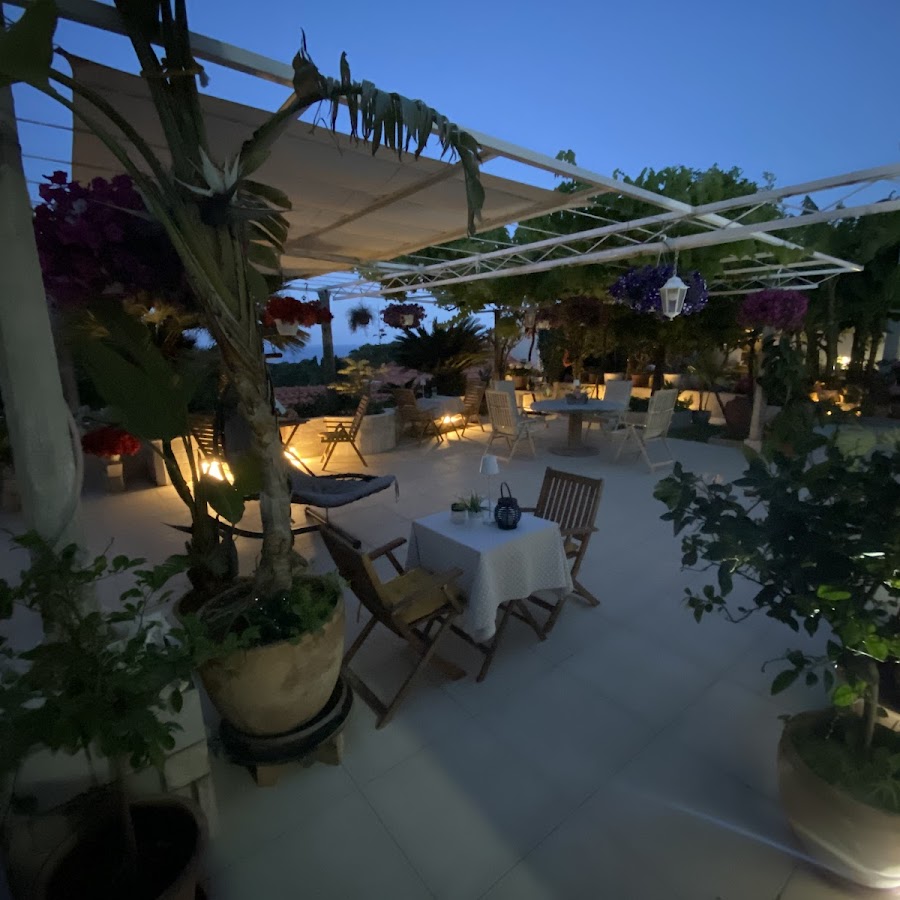
Villa Curic
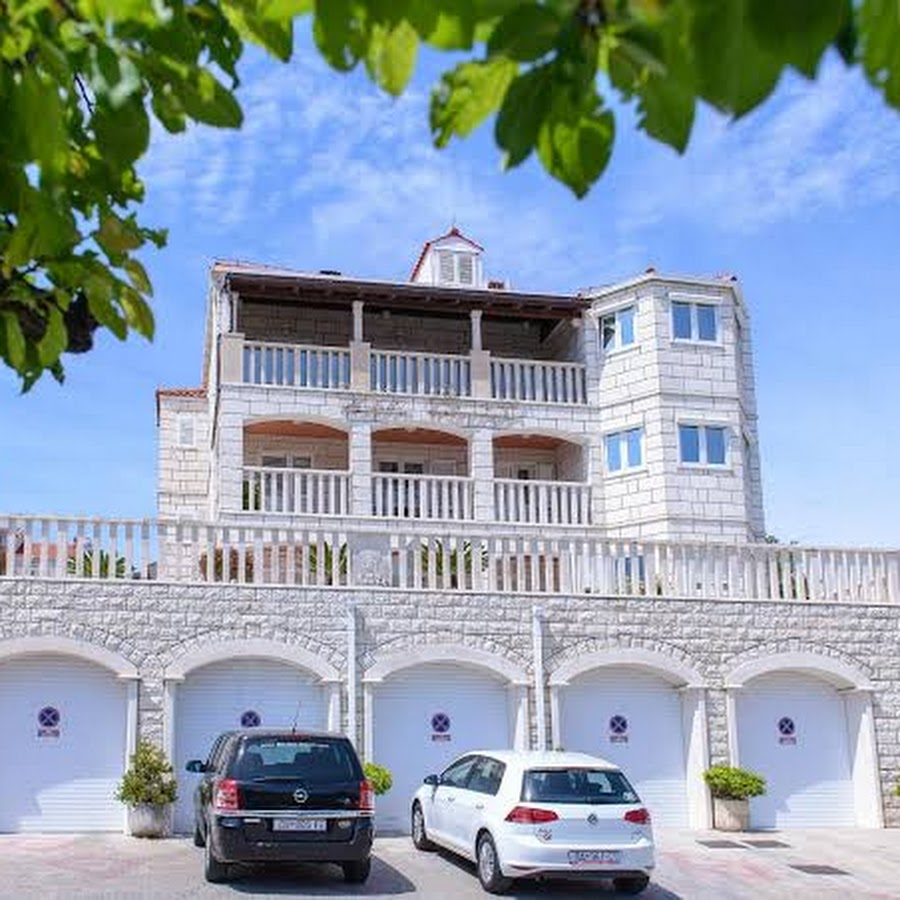
Sinistaj Rooms, Dubrovnik
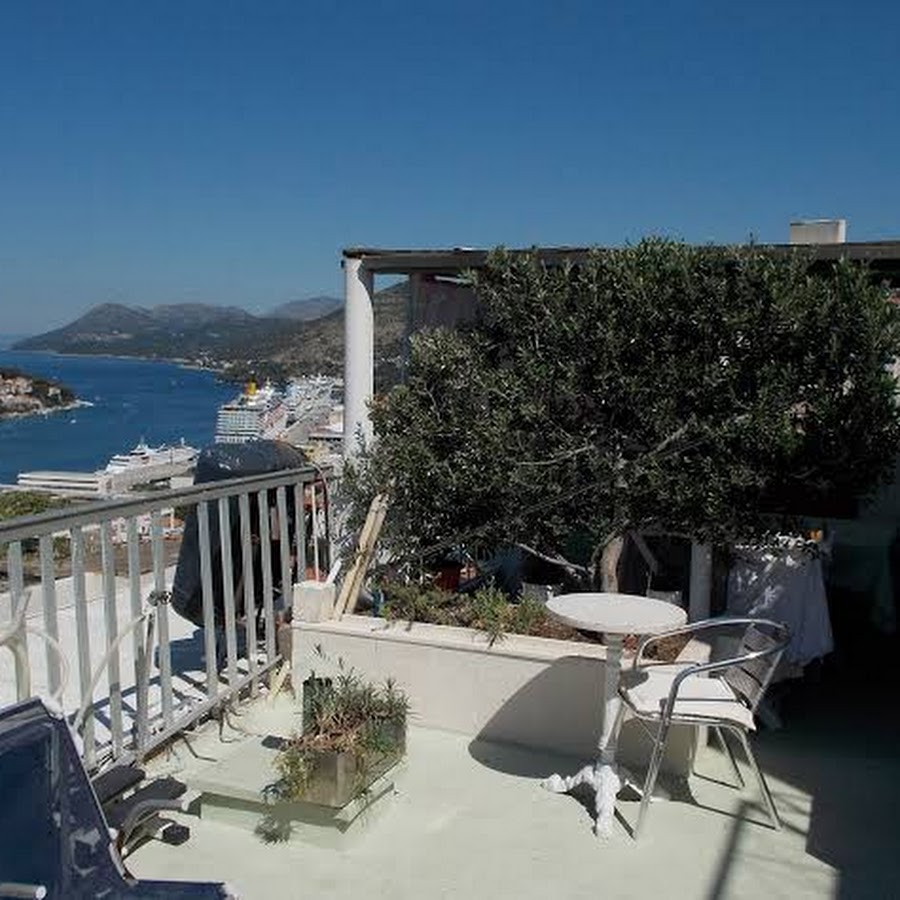
"Dino and Jele" Apartments, Dubrovnik
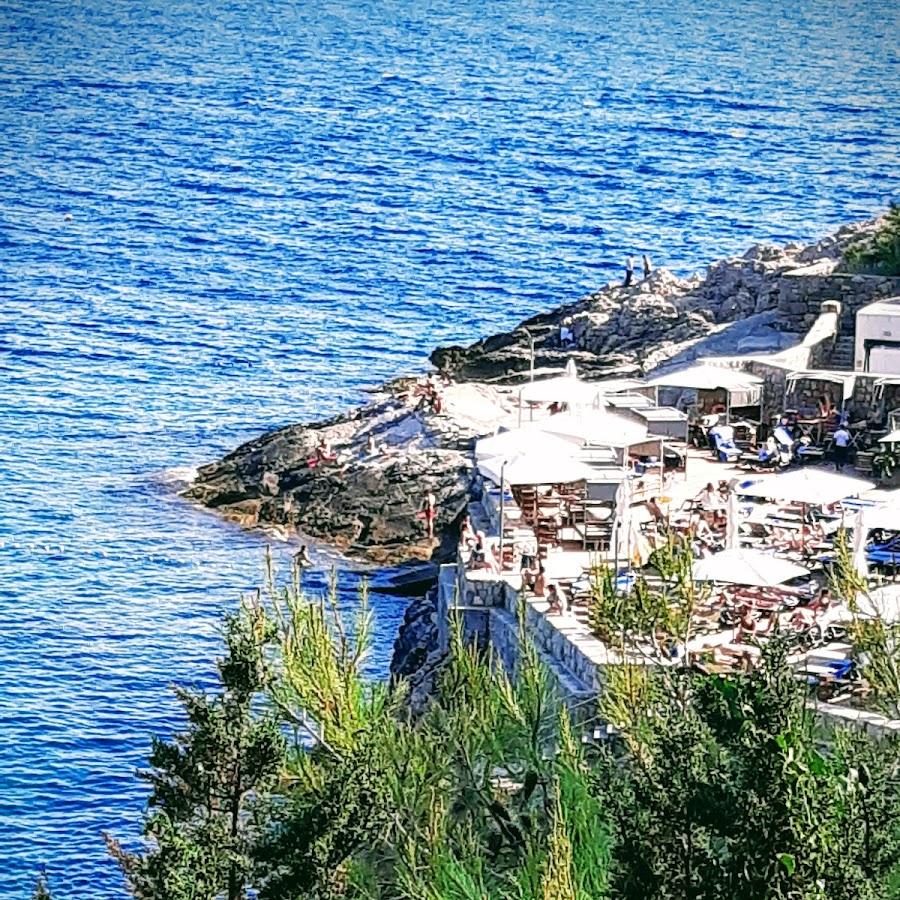
Cocoon Hostel
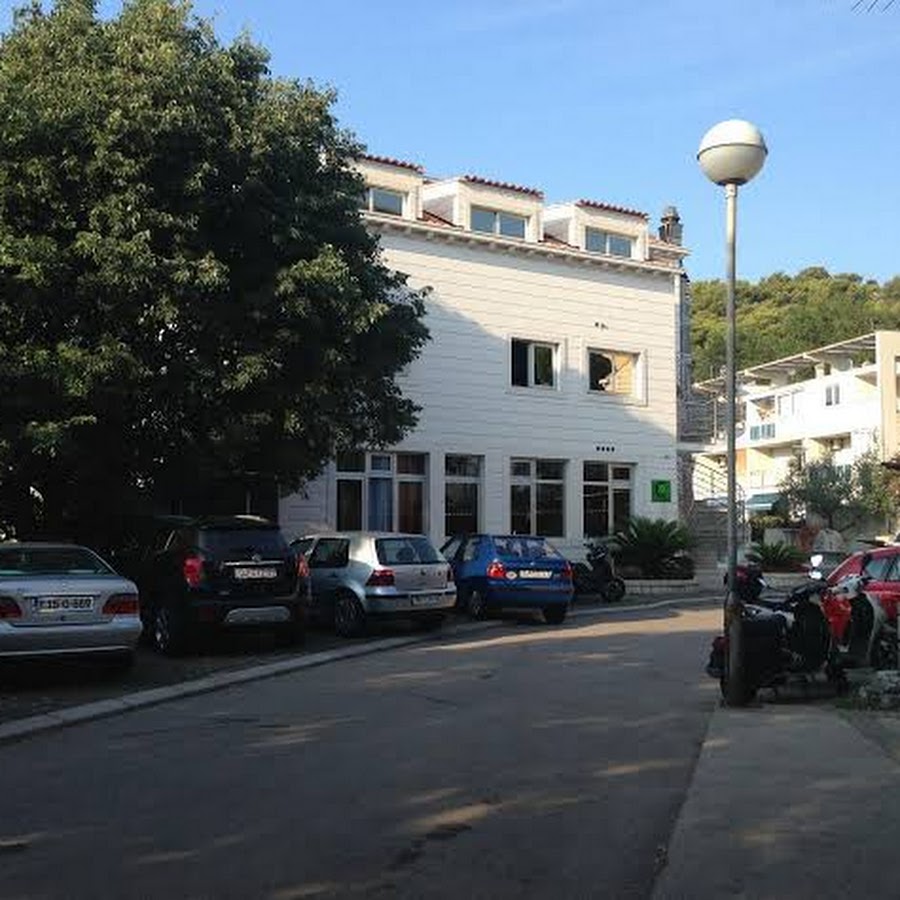
Apartments Villa Karmen, Dubrovnik
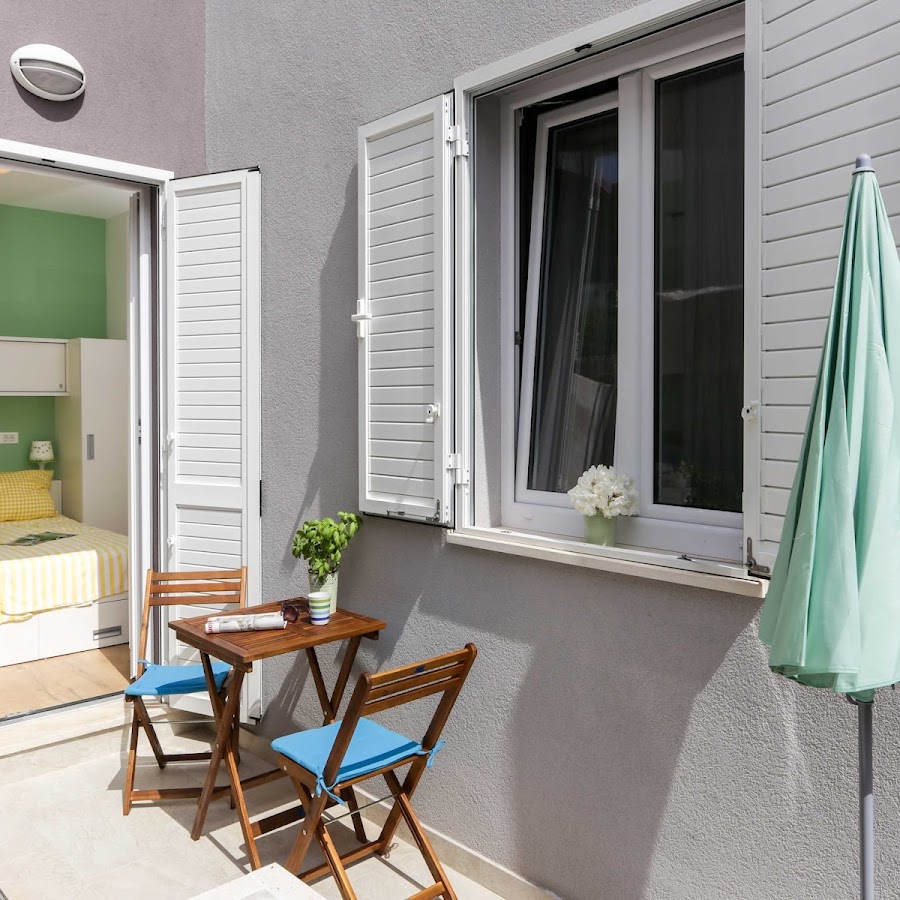
Lumin Guest House, Dubrovnik
Hotel Uvala
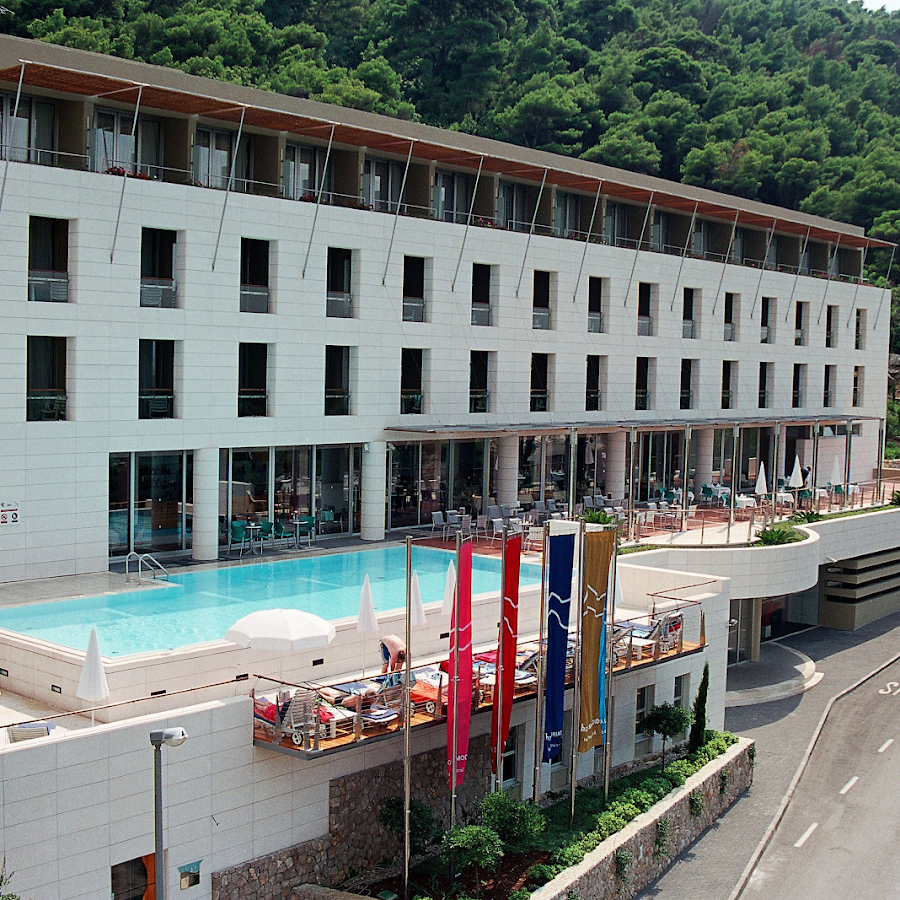
Seven Stars Accommodation Dubrovnik, Dubrovnik
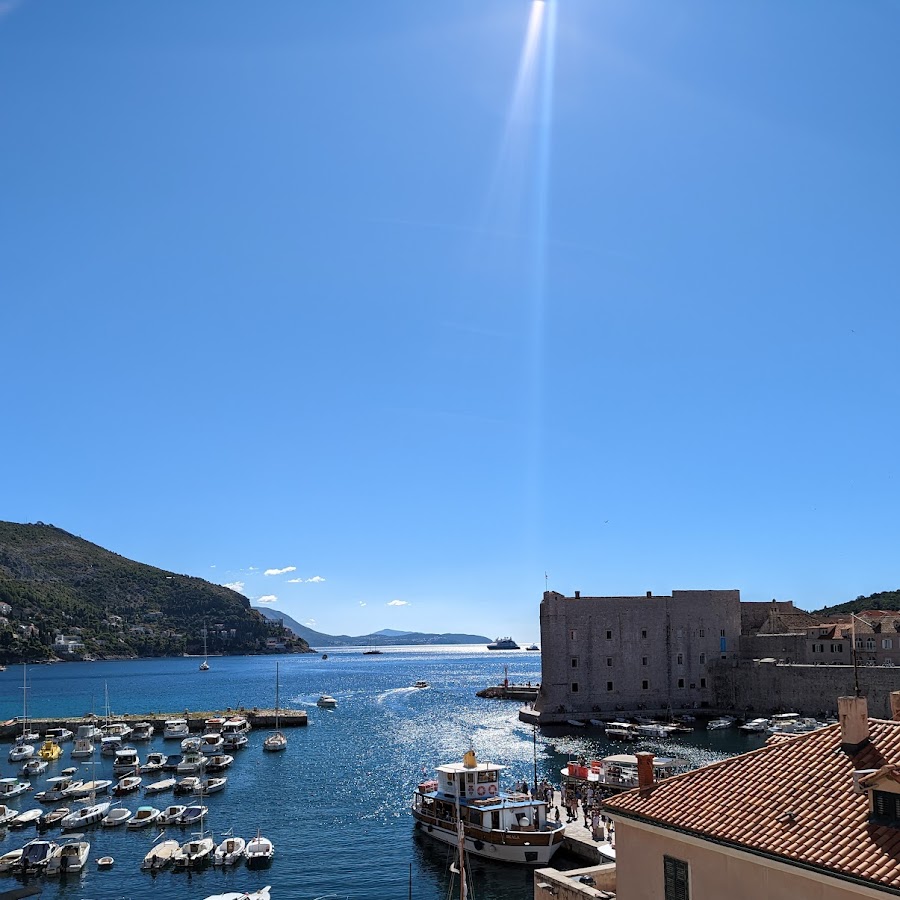
Apartments Green Garden, Dubrovnik
Apartment Vedrana, Dubrovnik
Clearview Apartments Dubrovnik
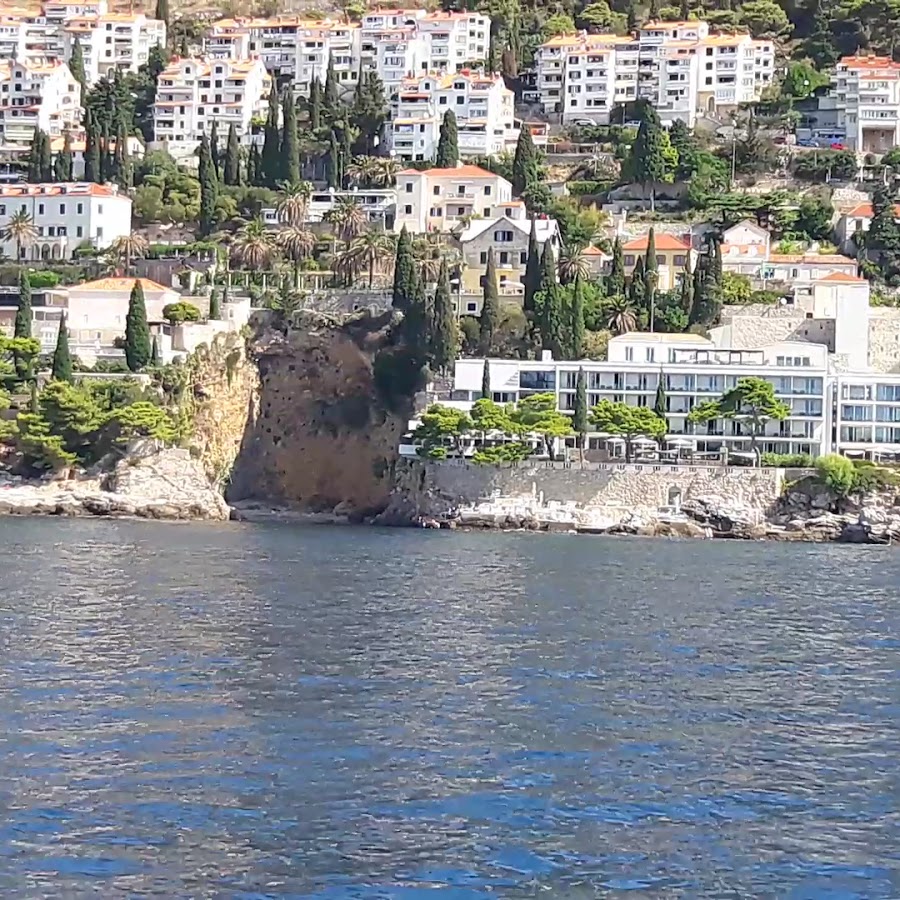
Apartments F & P, Dubrovnik
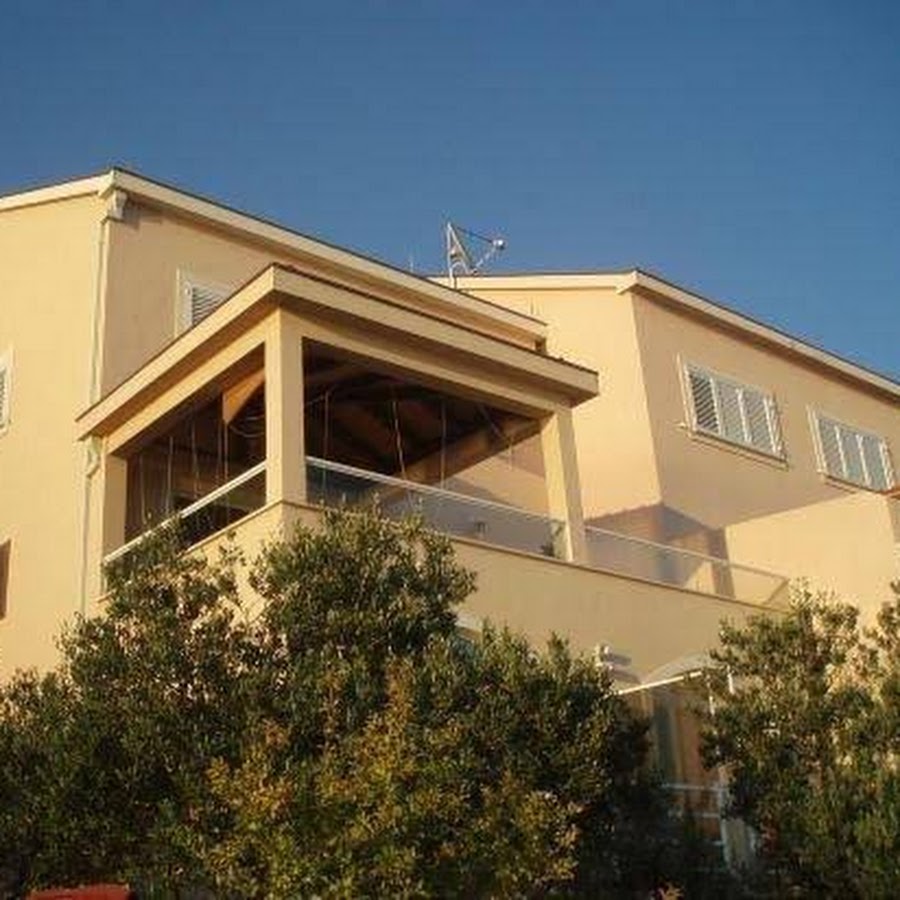
Aida Apartments and Rooms
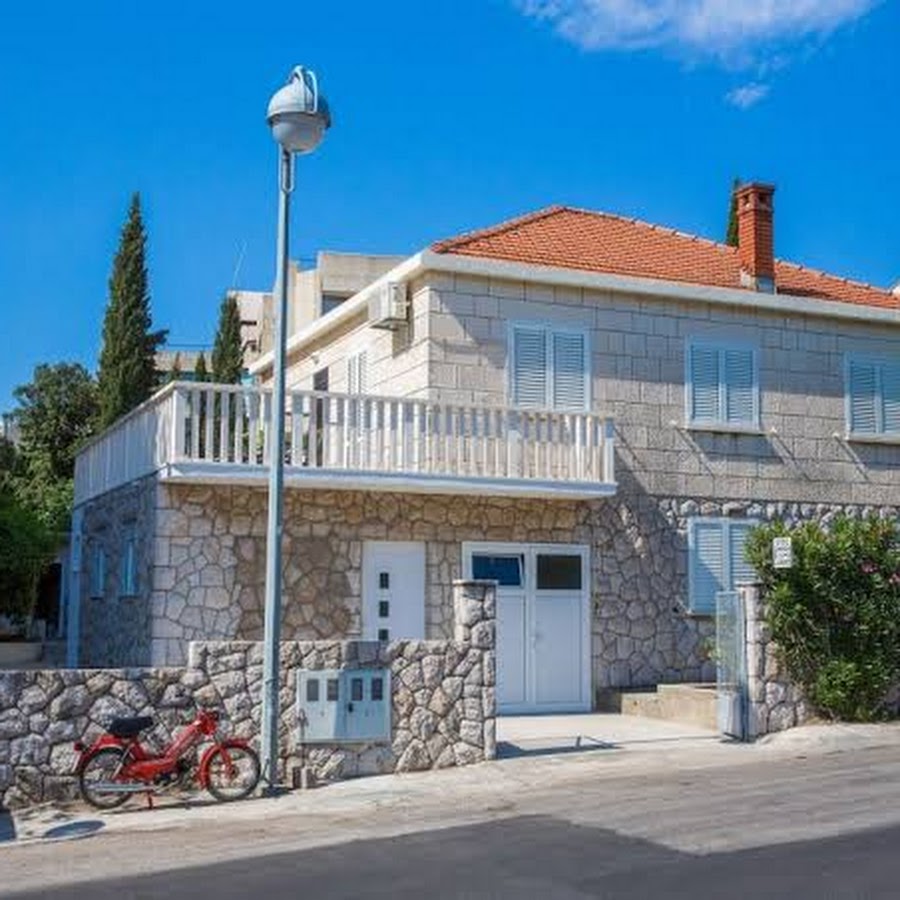
Apartments More Dubrovnik

Villa Flores - Apartments, Dubrovnik
Apartment Nina, Dubrovnik
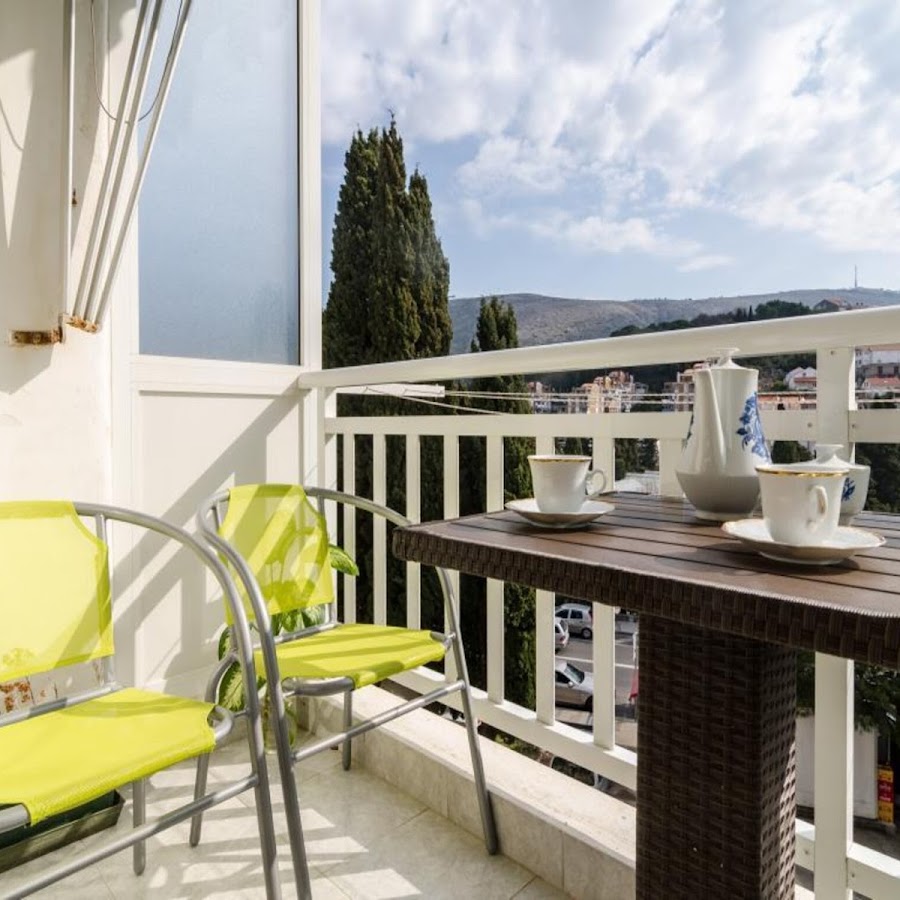
Royal Blue Hotel
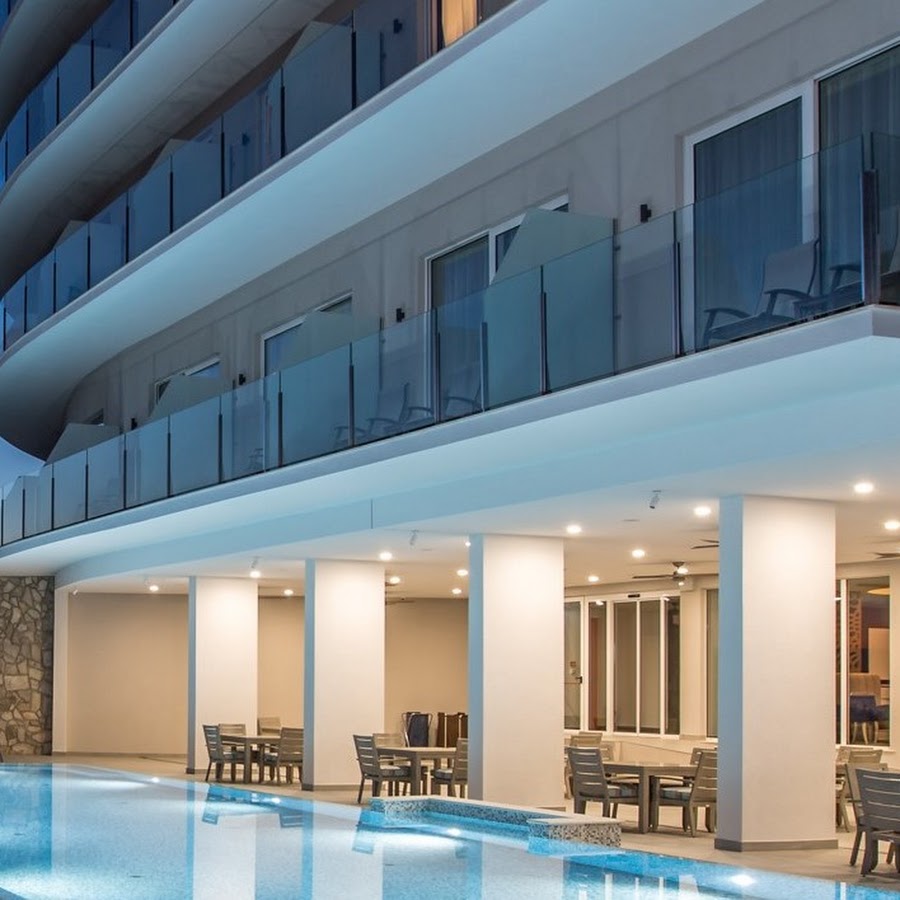
Rixos Premium Dubrovnik
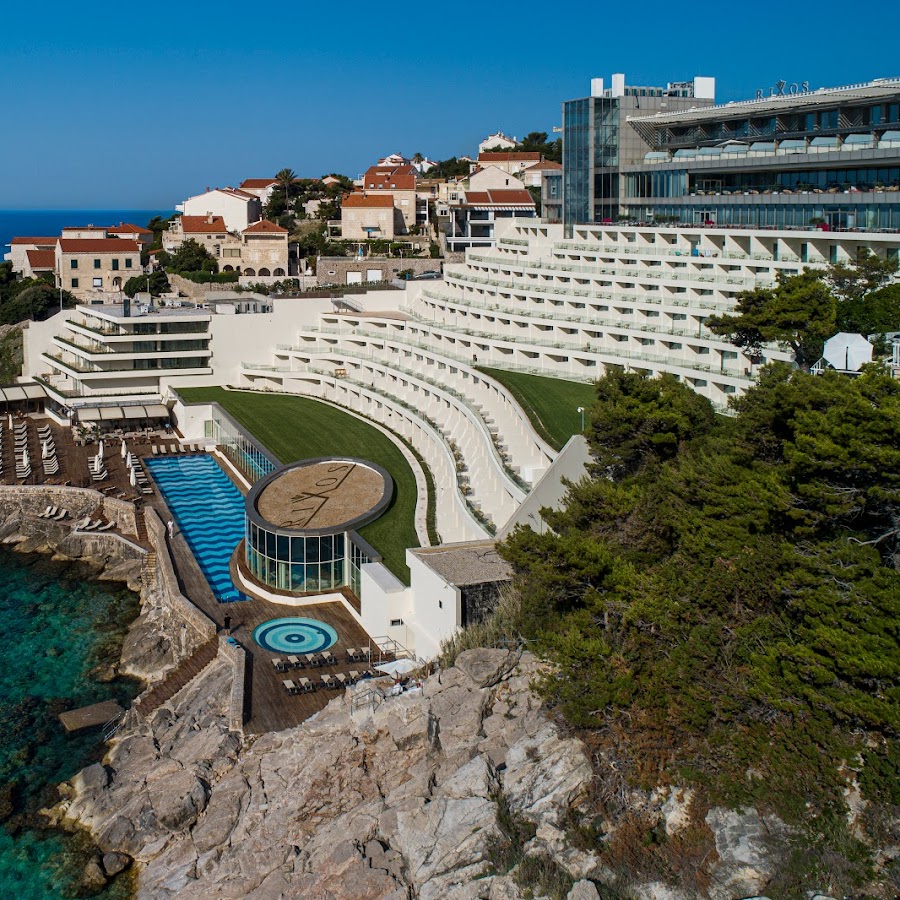
Studio Marin

Guesthouse Matusic, Dubrovnik
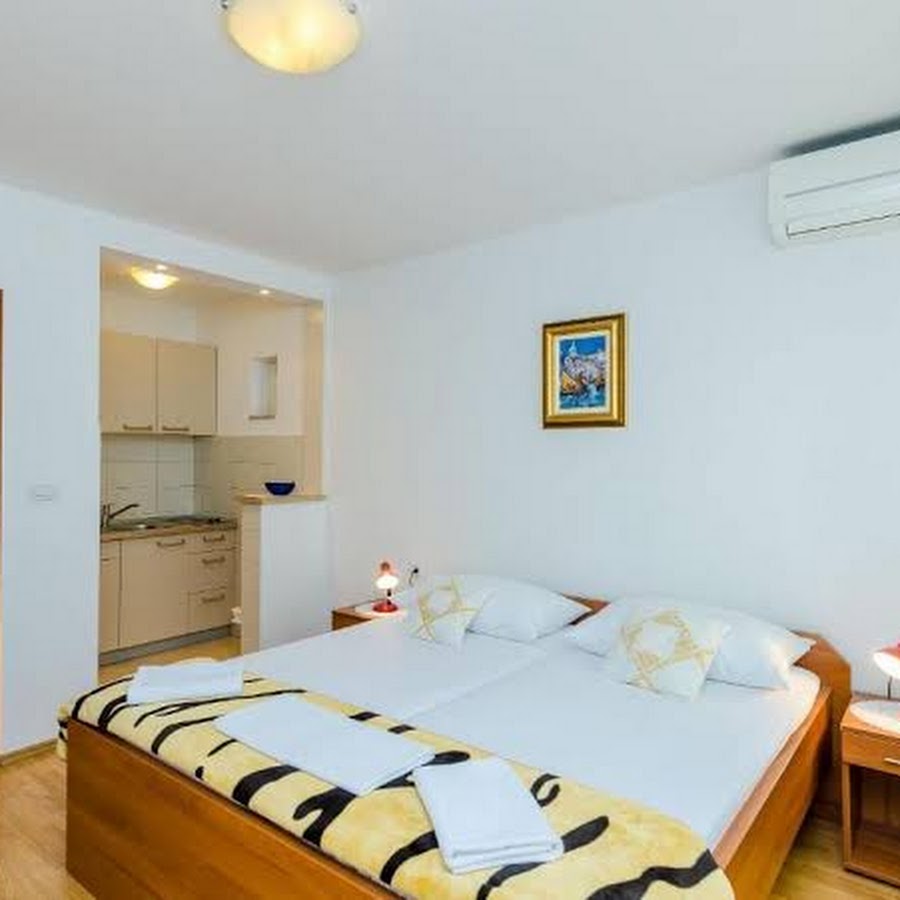
Apartments Dubrovnik Palm Tree Paradise, Dubrovnik
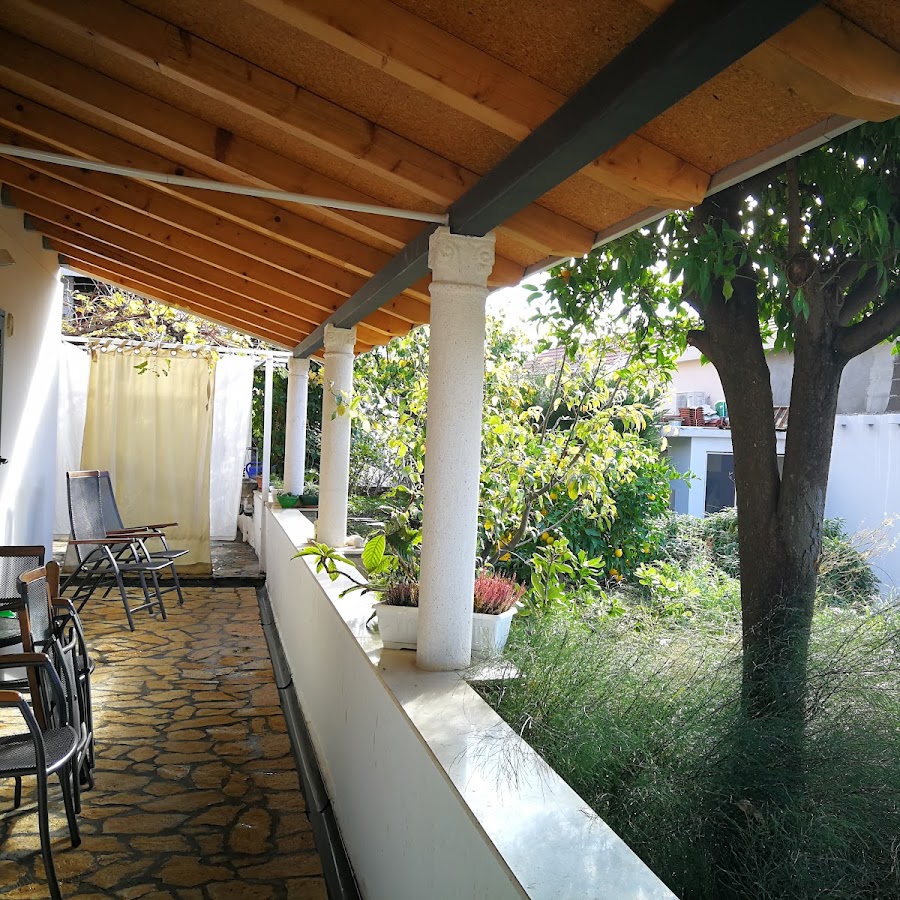
White Wave Guest House, Dubrovnik

Apartments Cable Car
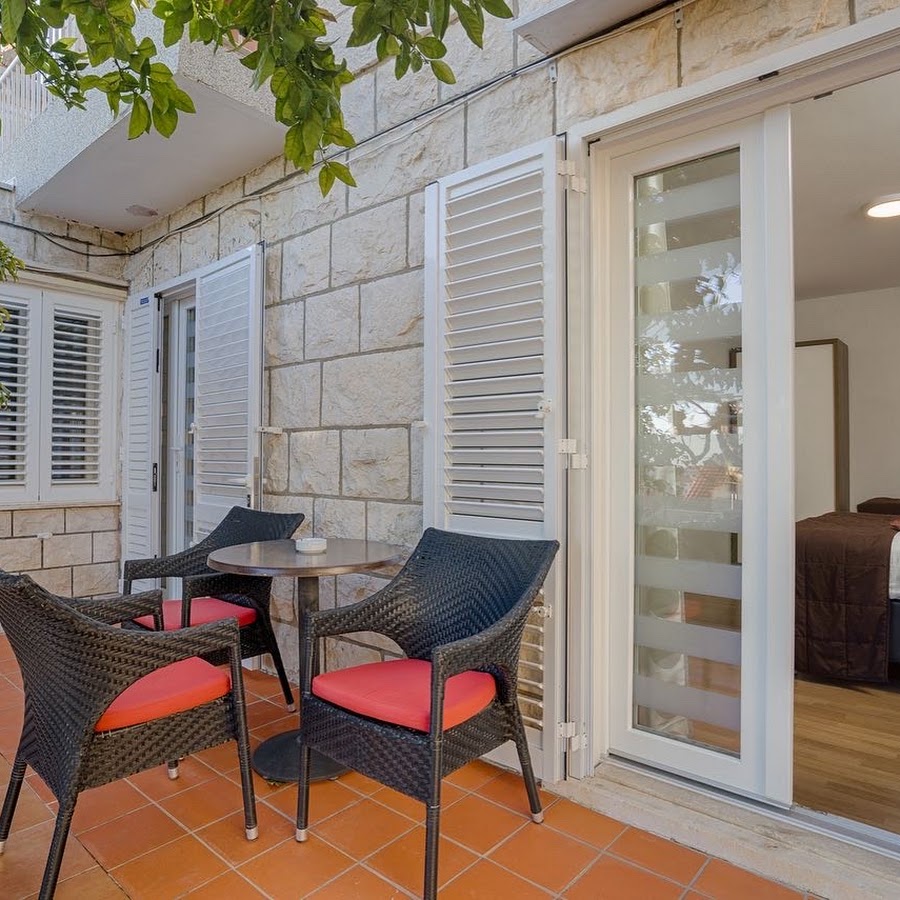
Luna, Dubrovnik
Victoria Rooms, Dubrovnik
Rooms Lavanda&Ruzmarin, Dubrovnik
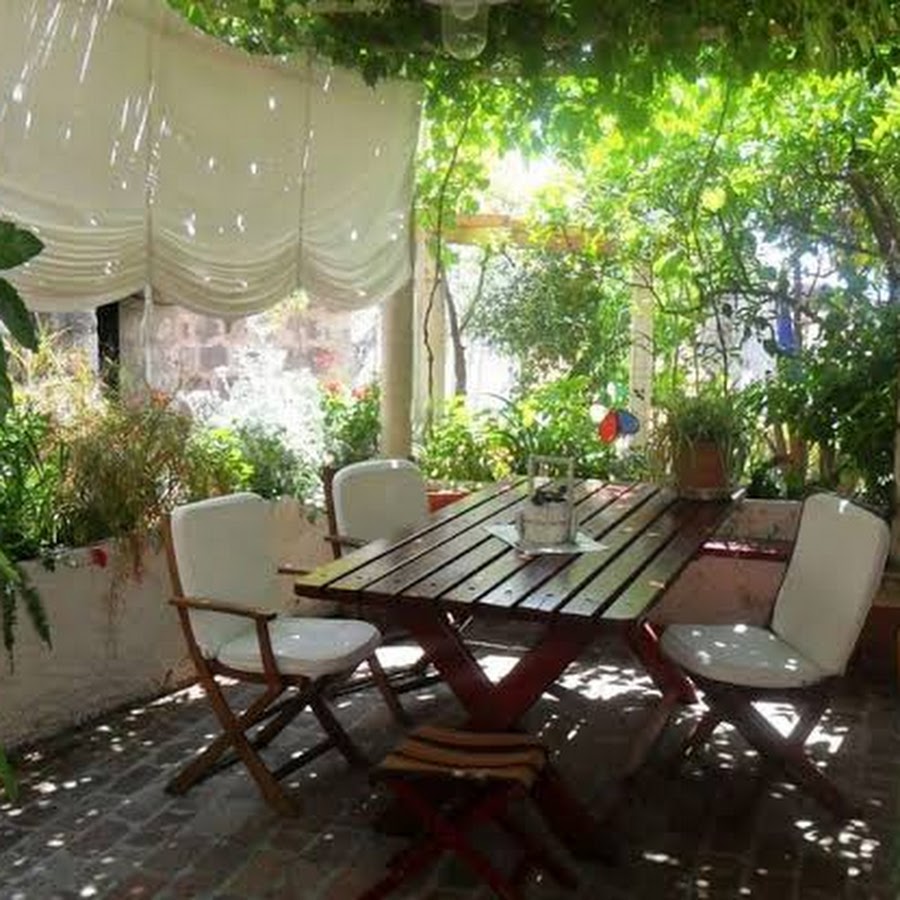
Apartments Radi?, Dubrovnik
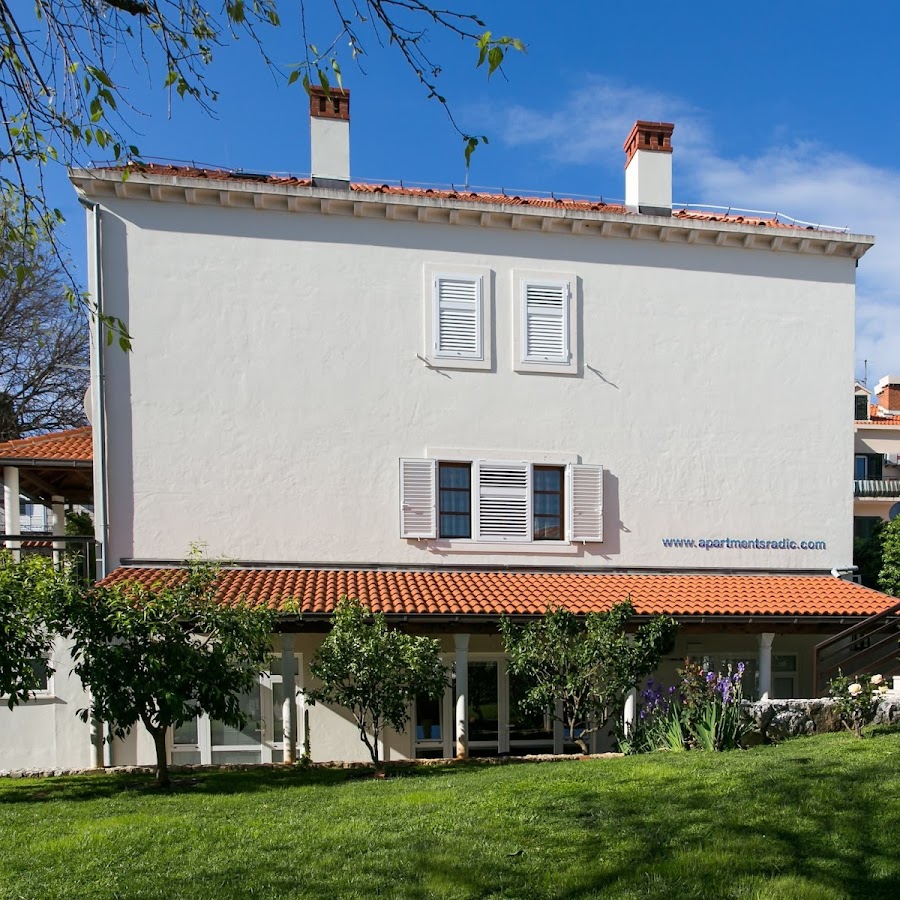
Apartment Sea Shell, Dubrovnik
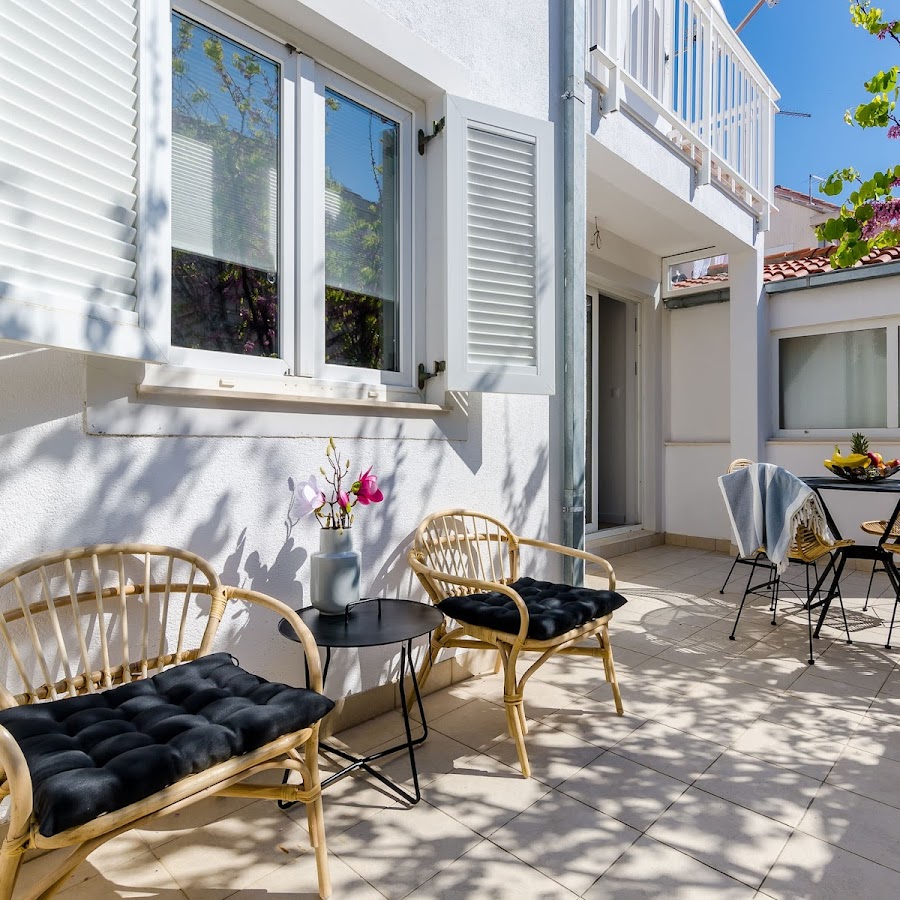
Rooms Posat, Dubrovnik
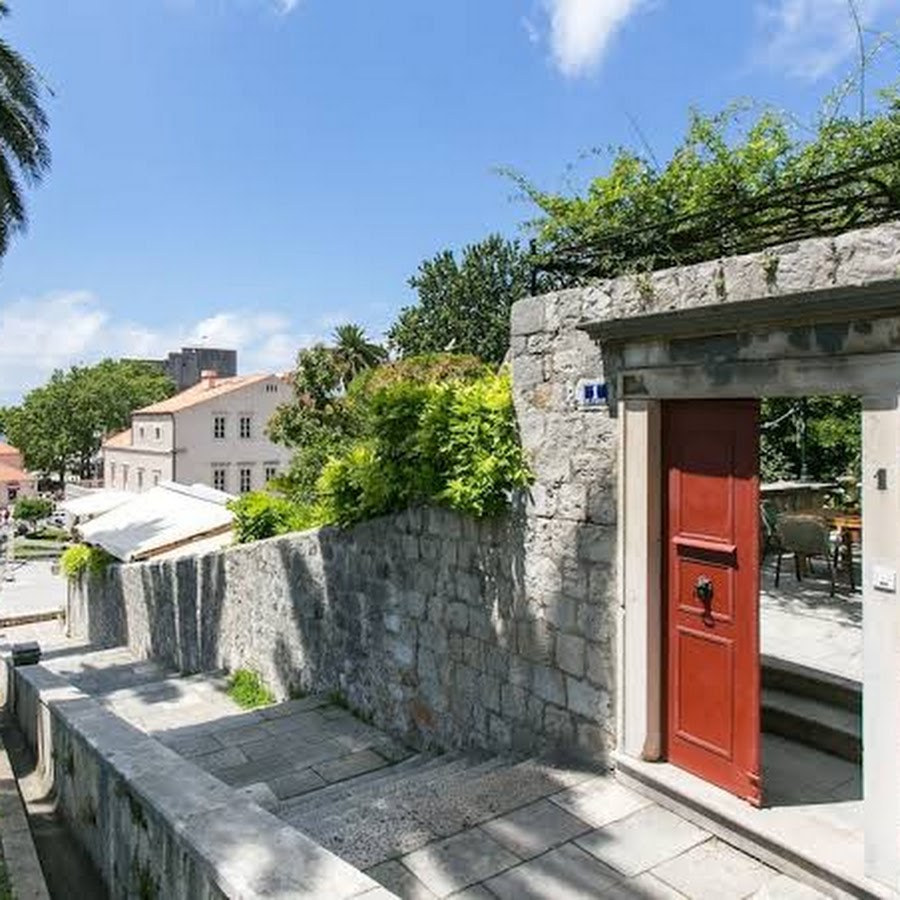
Nautica Rooms, Dubrovnik
Old Harbour City Center Apartment, Dubrovnik
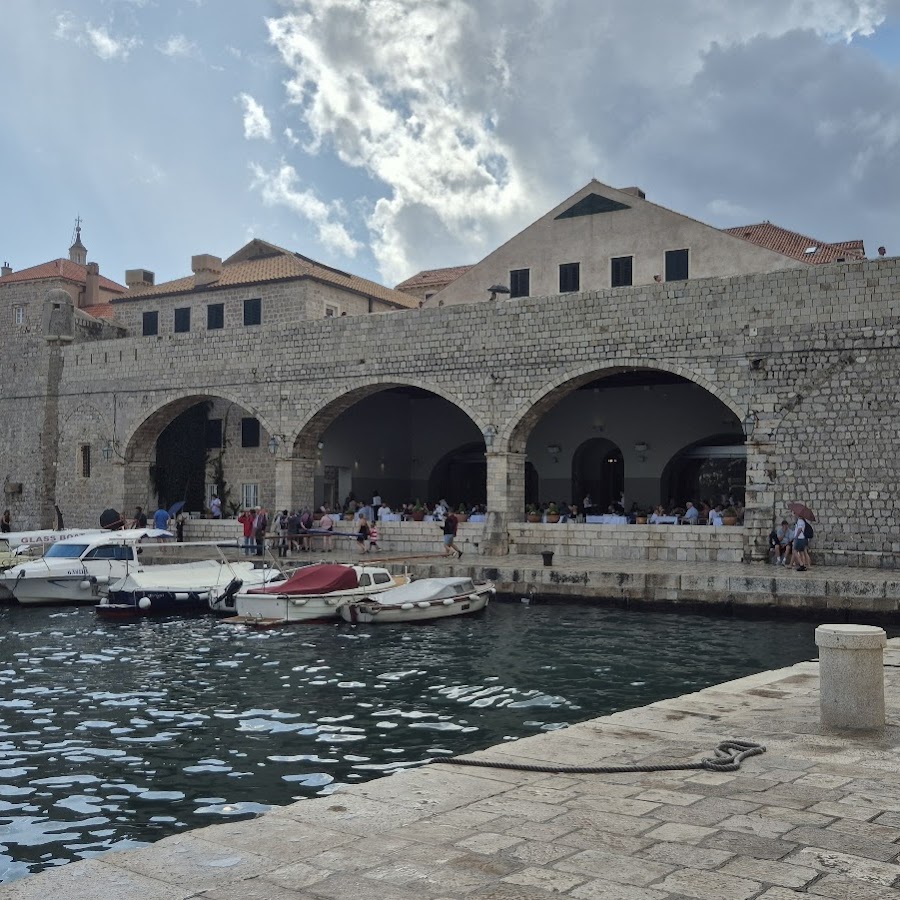
Guesthouse Libertas
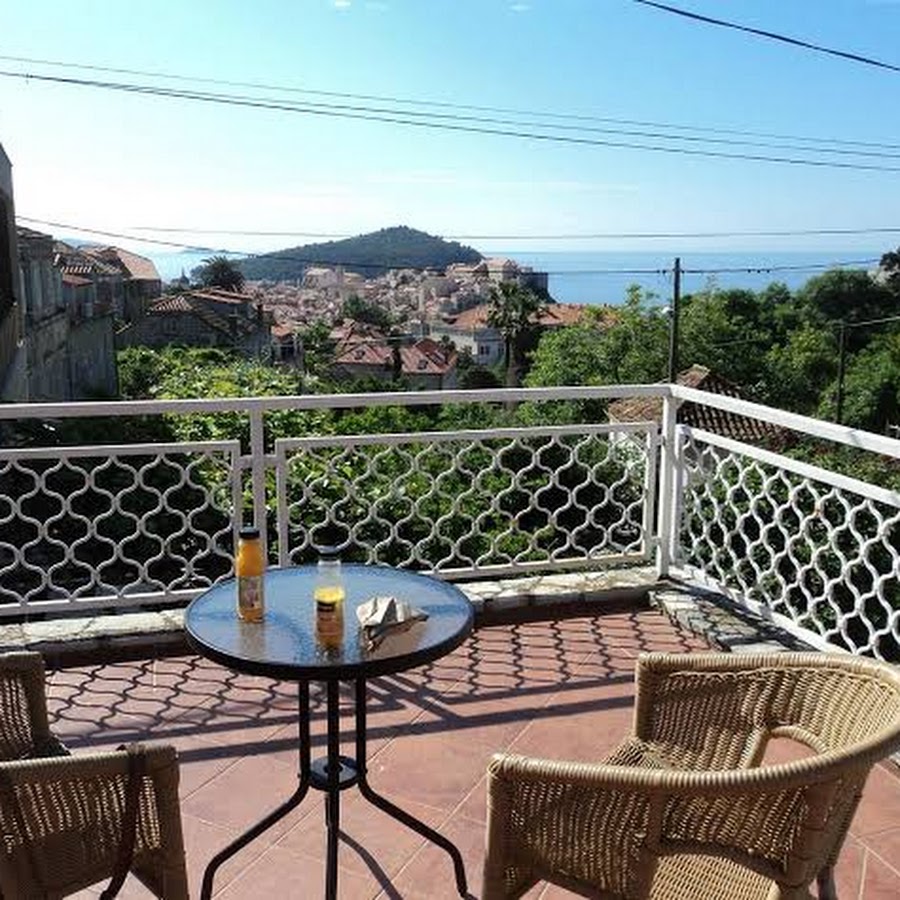
Villa Lucija
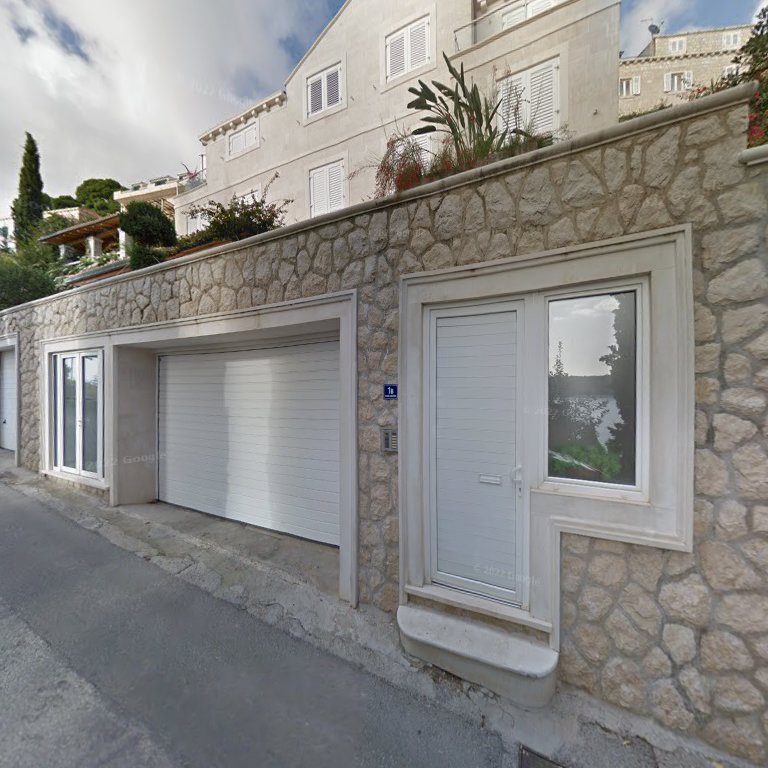
Apartments Mare
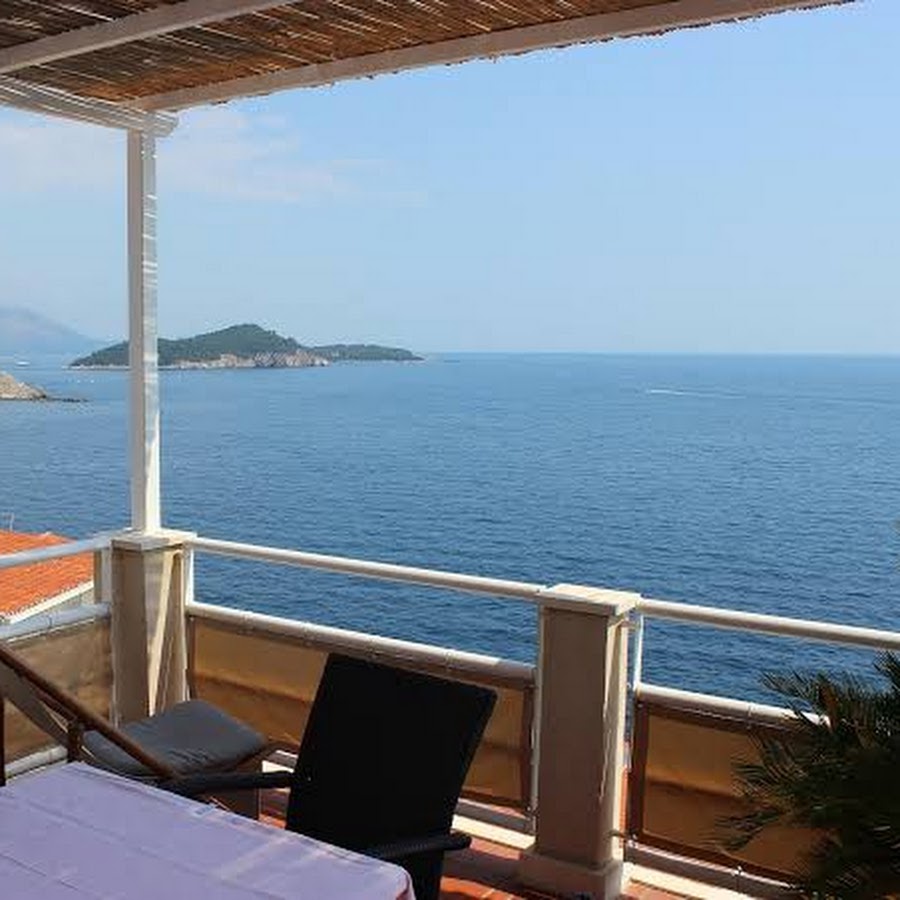
Luma Studio
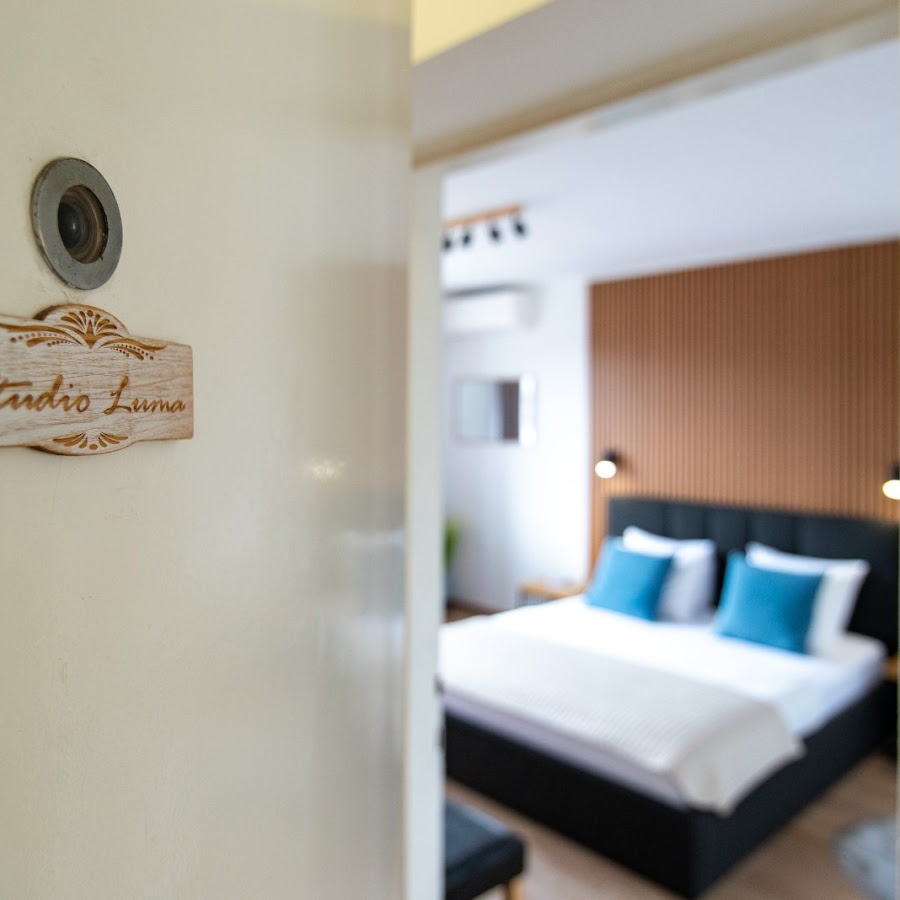
City Center Rooms, Dubrovnik
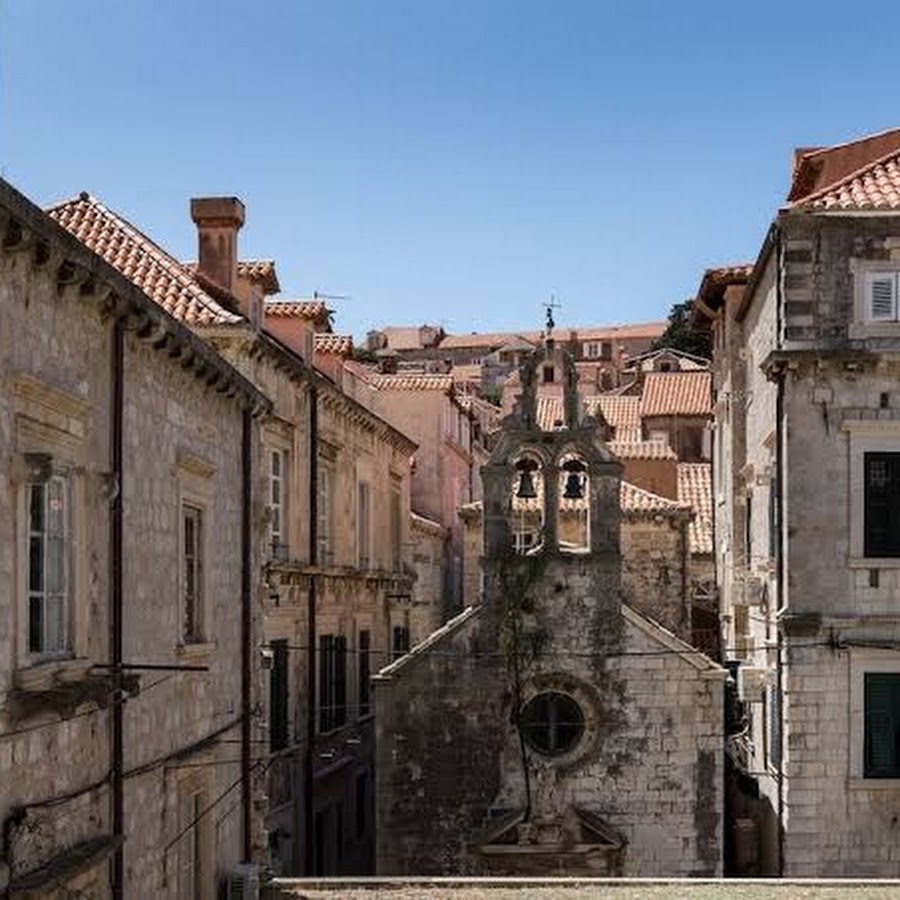
Ida Old Town Rooms, Dubrovnik
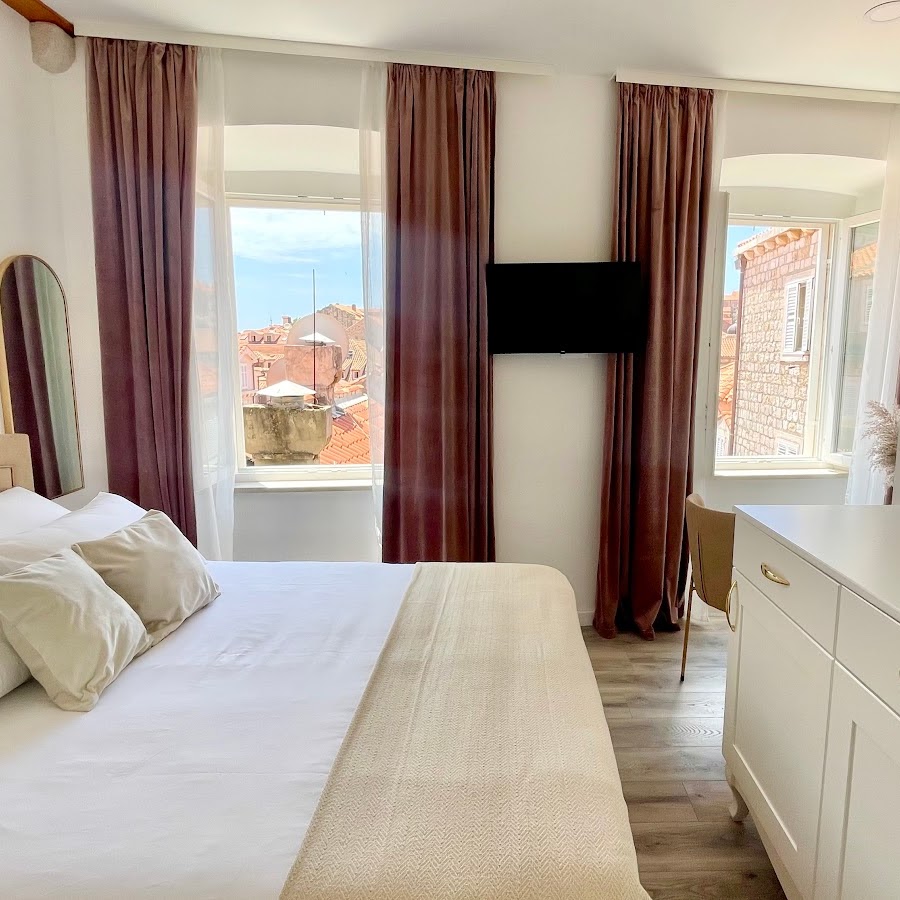
House Boninovo, Dubrovnik
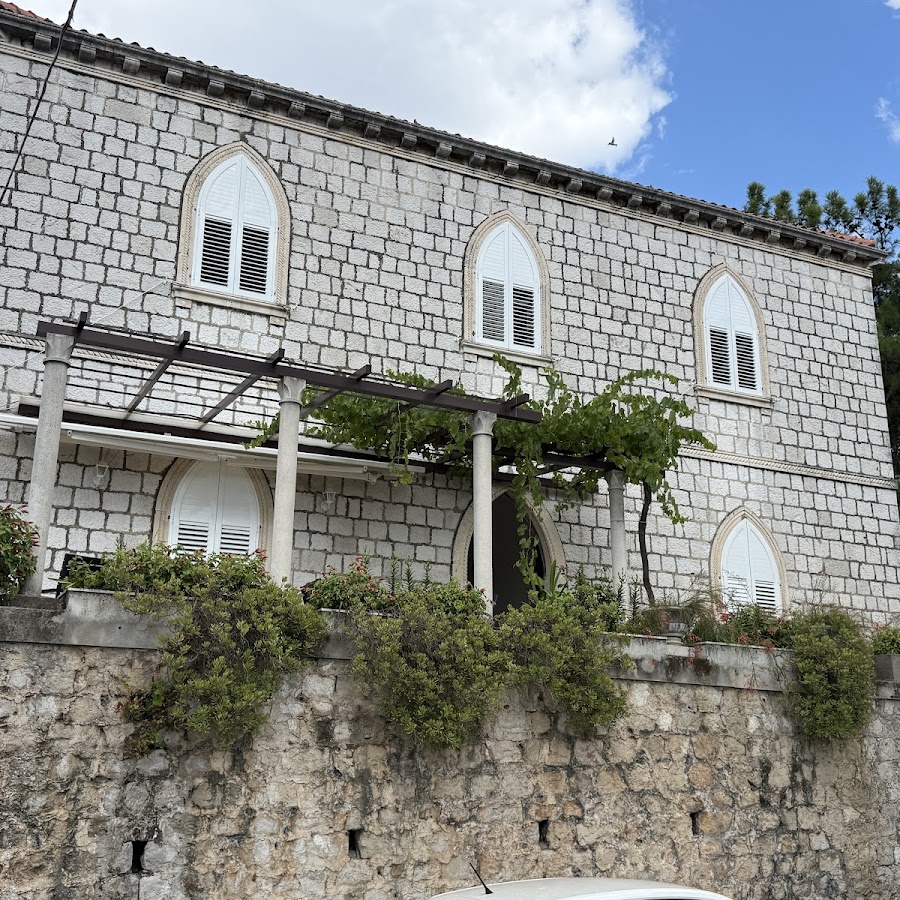
Villa Odak, Dubrovnik
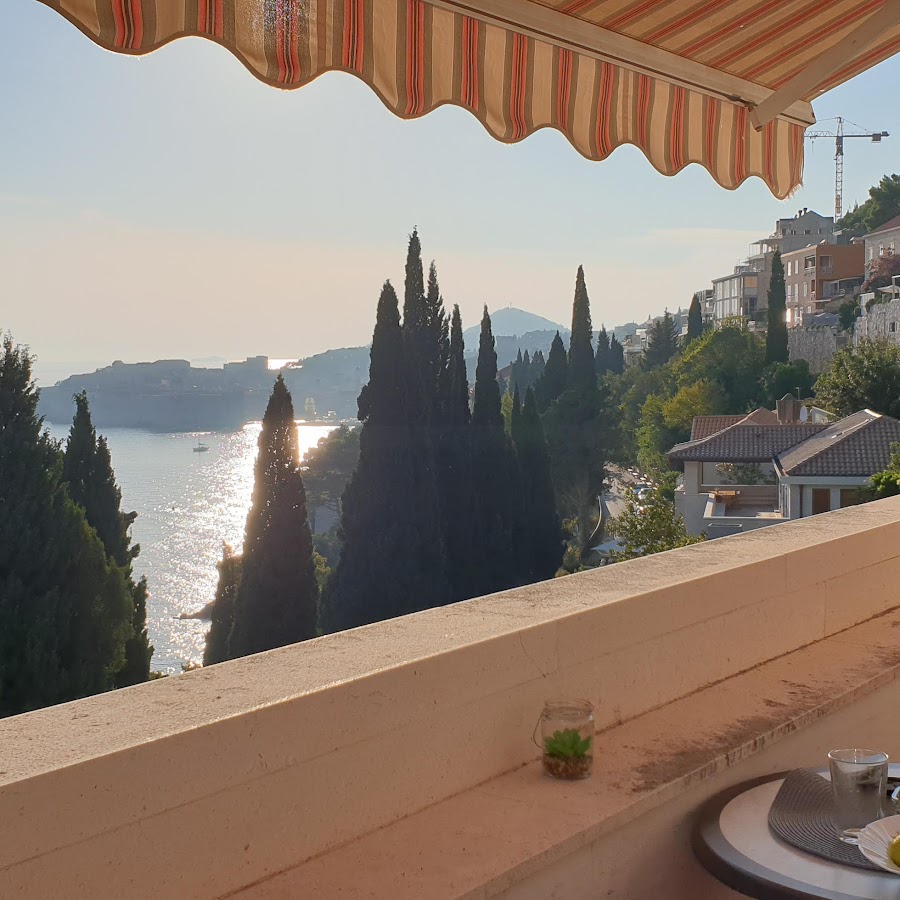
Guesthouse Biba, Dubrovnik
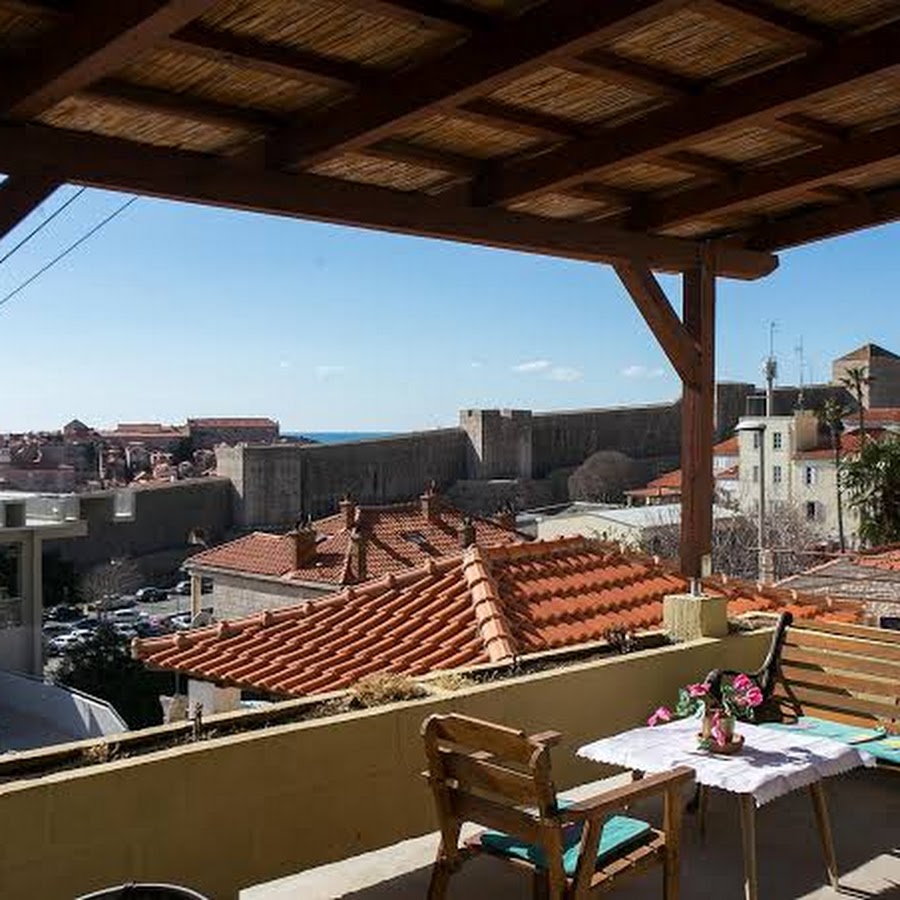
Rooms Vicelic, Dubrovnik
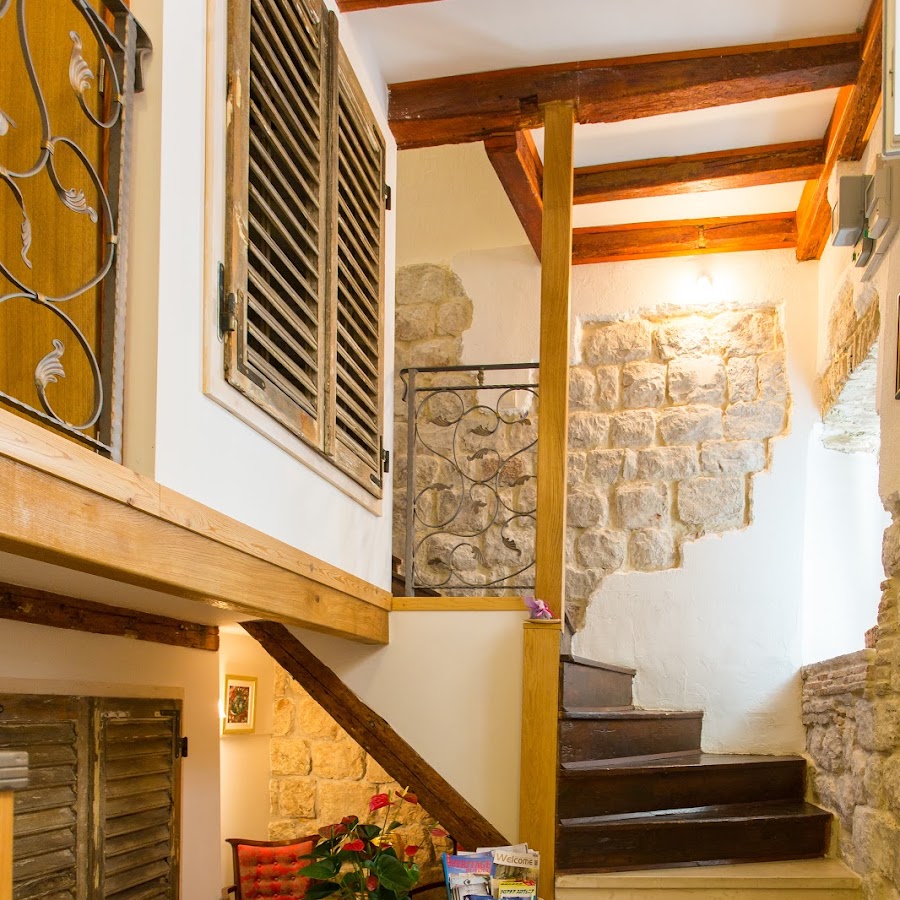
Ca' di Mamma, Dubrovnik

Royal Hotels & Resort Dubrovnik

Guest House Bradas, Dubrovnik
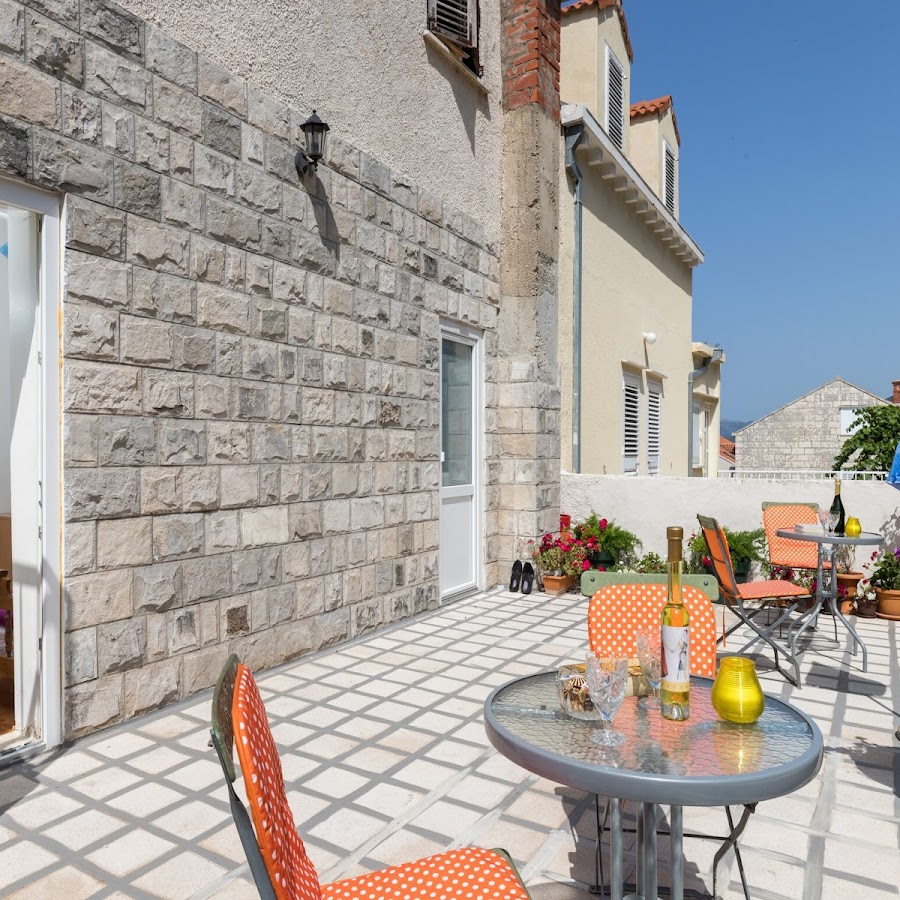
Camping Solitudo
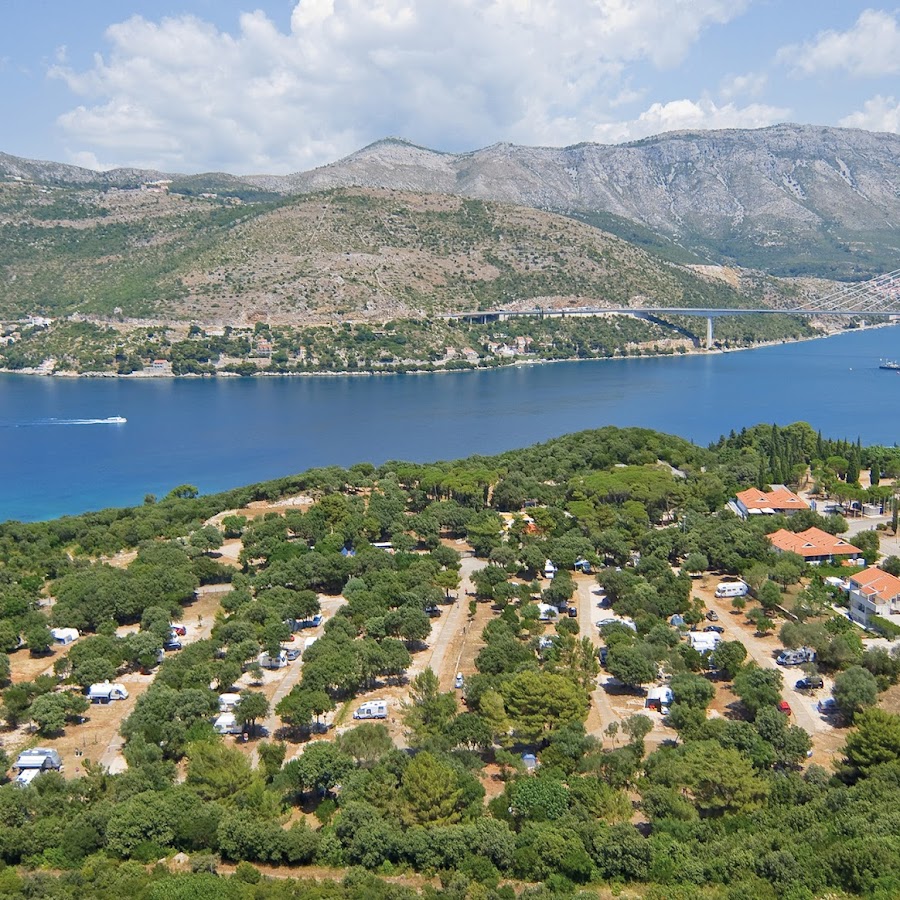
Old Palace Apartment, Dubrovnik
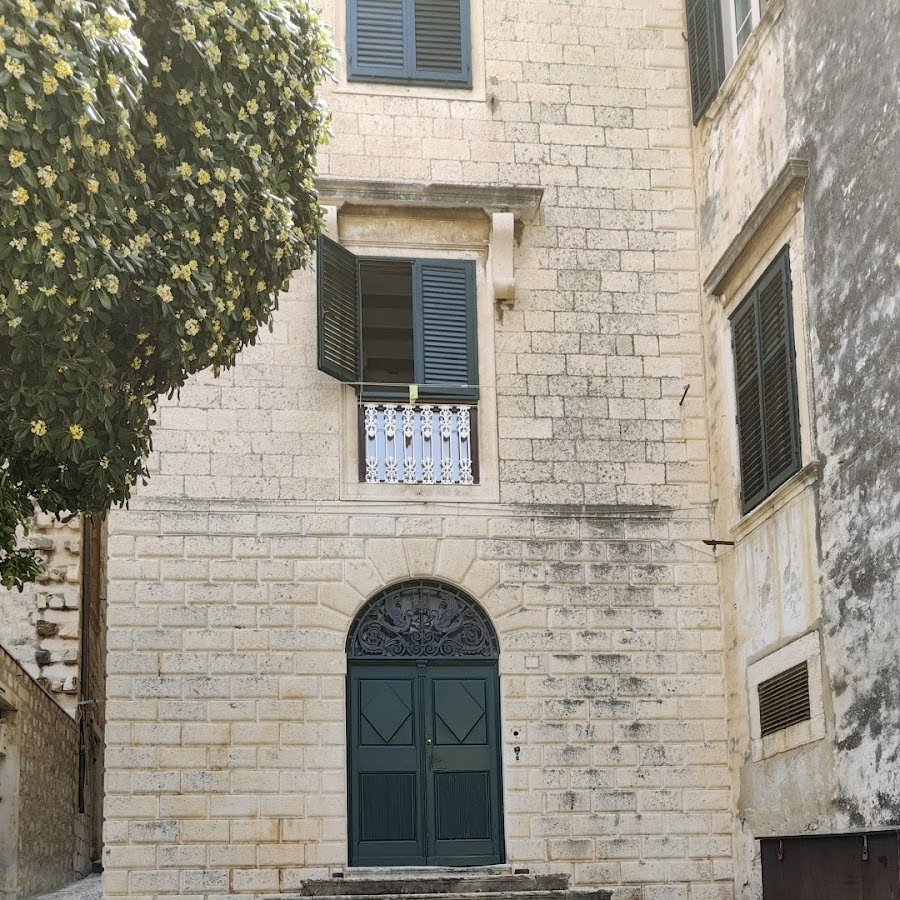
Studio Apartment Elezovic, Dubrovnik
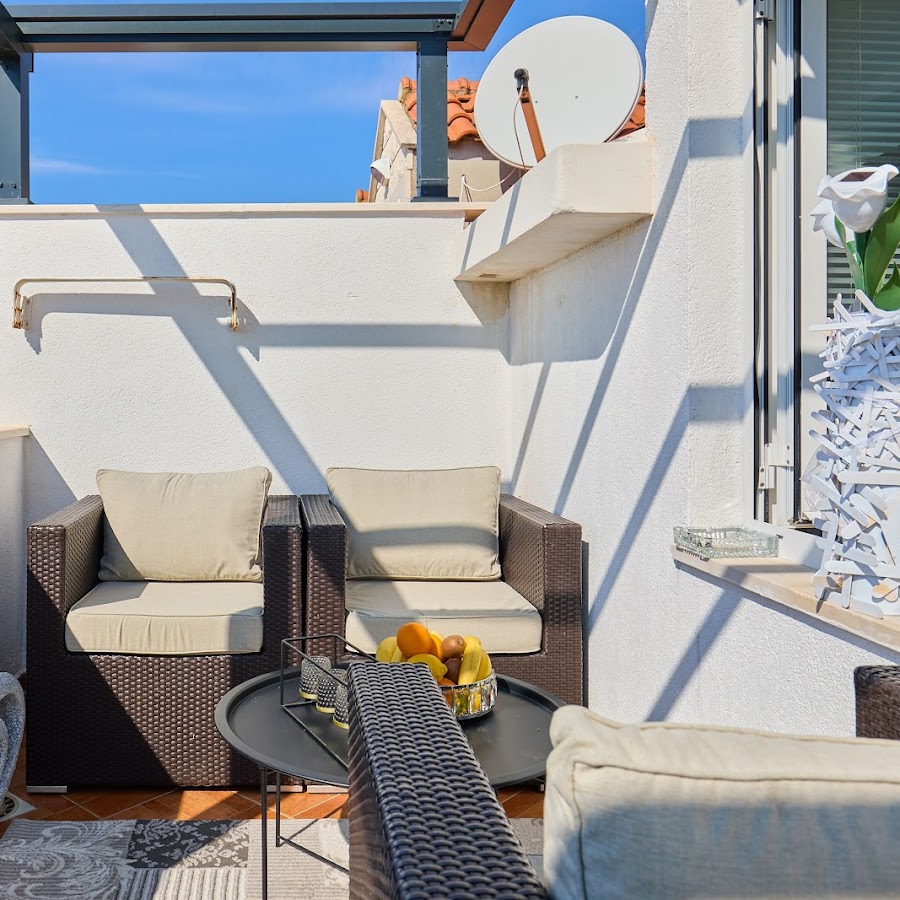
Bokun Guesthouse

Villa Boro, Dubrovnik
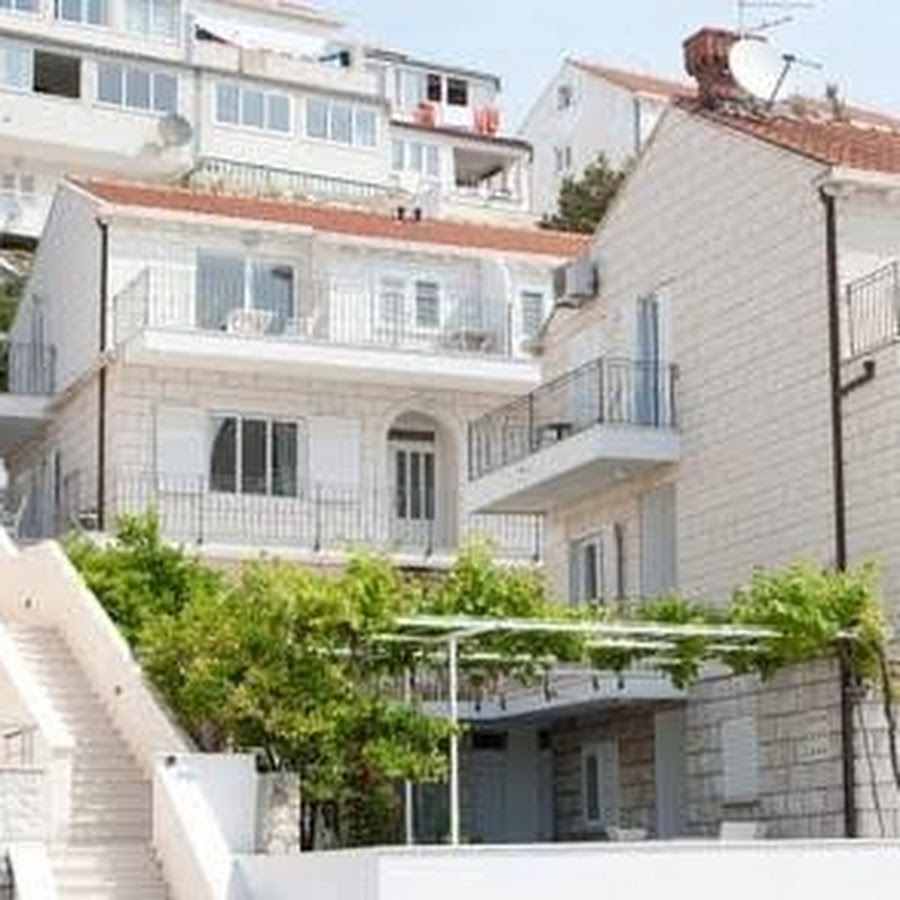
Apartments Imperial, Dubrovnik
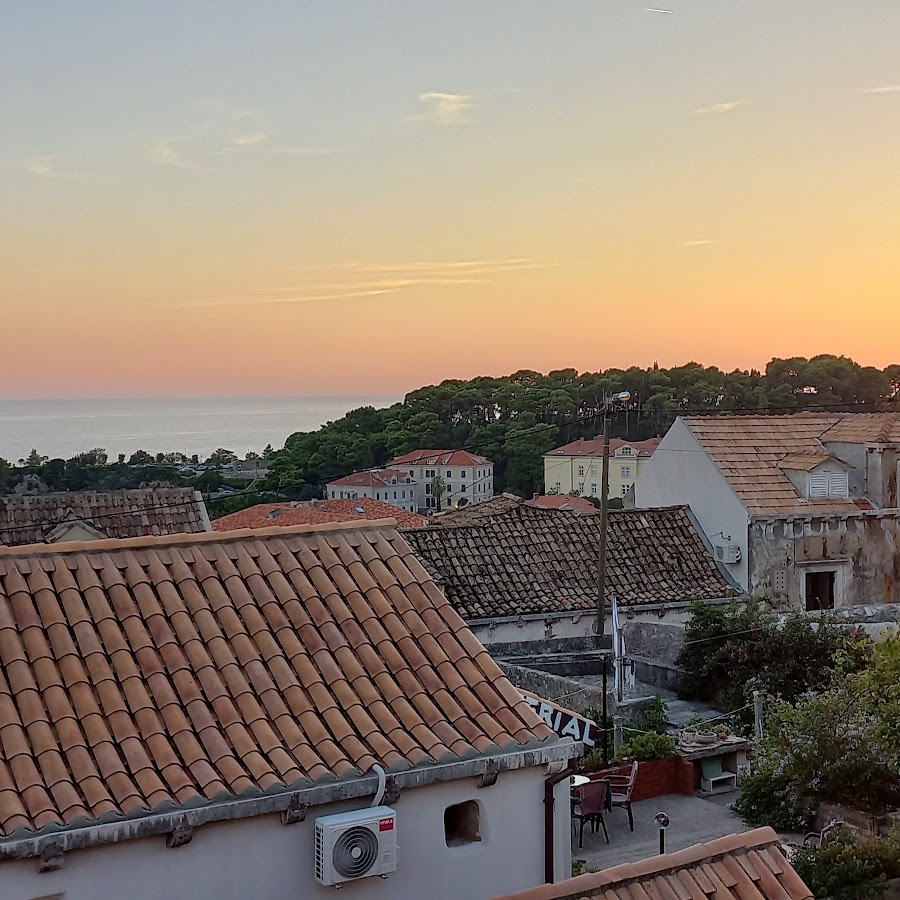
Guesthouse Rustico, Dubrovnik
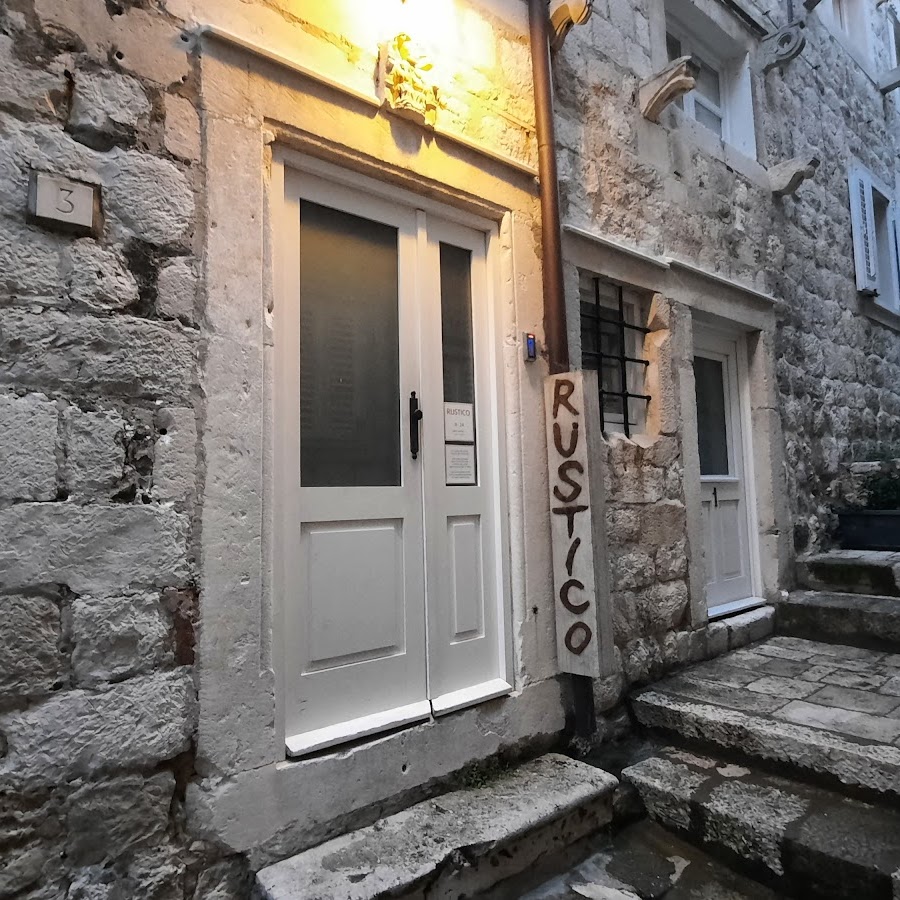
Apartments La Bohéme
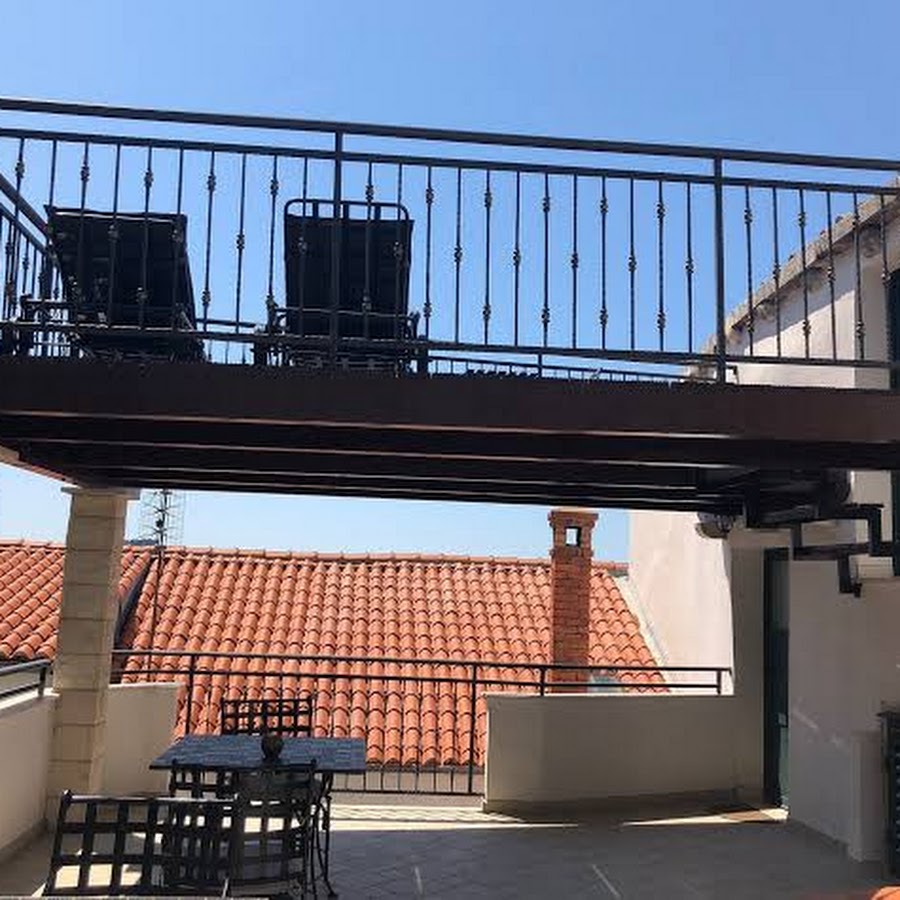
Rooms Sentic, Dubrovnik
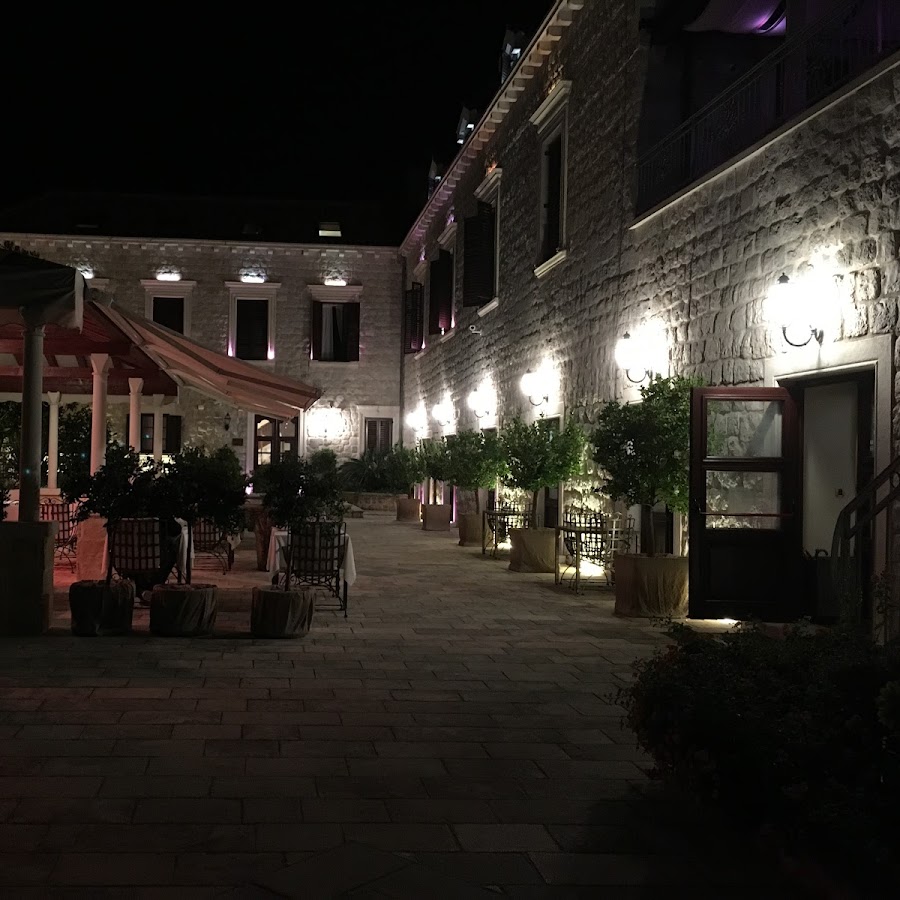
Guesthouse Slavka, Dubrovnik
Villa Dubrovnik Palace
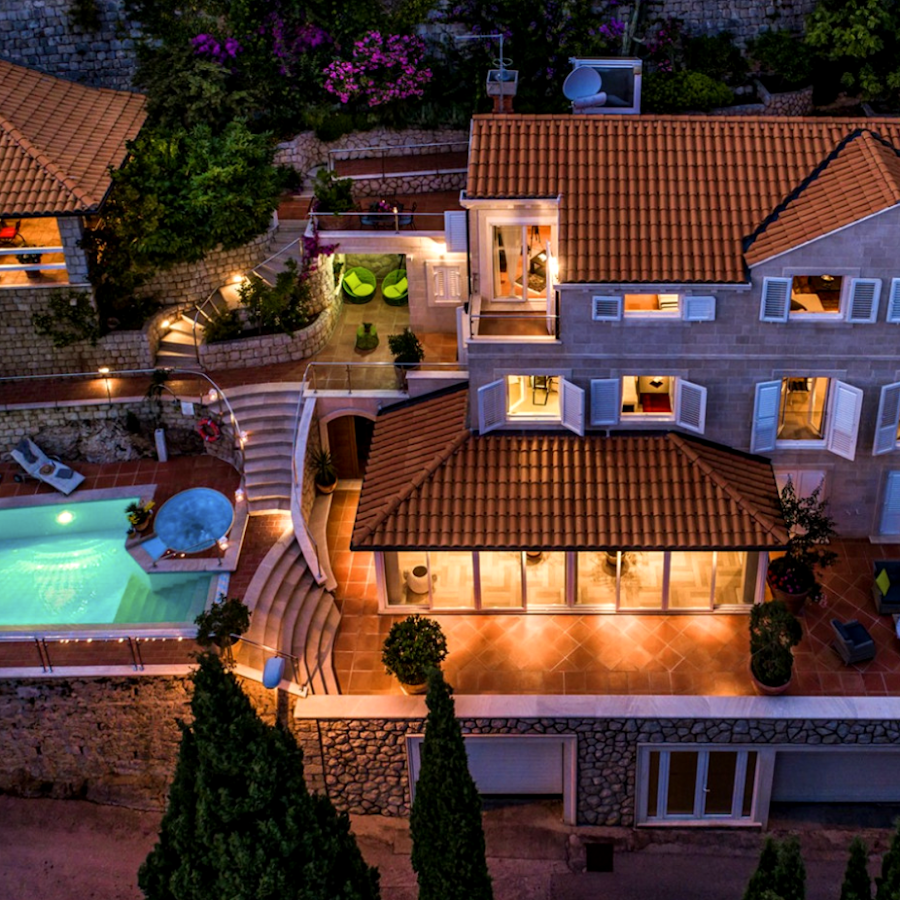
Apartments Carmen & Tosca, Dubrovnik
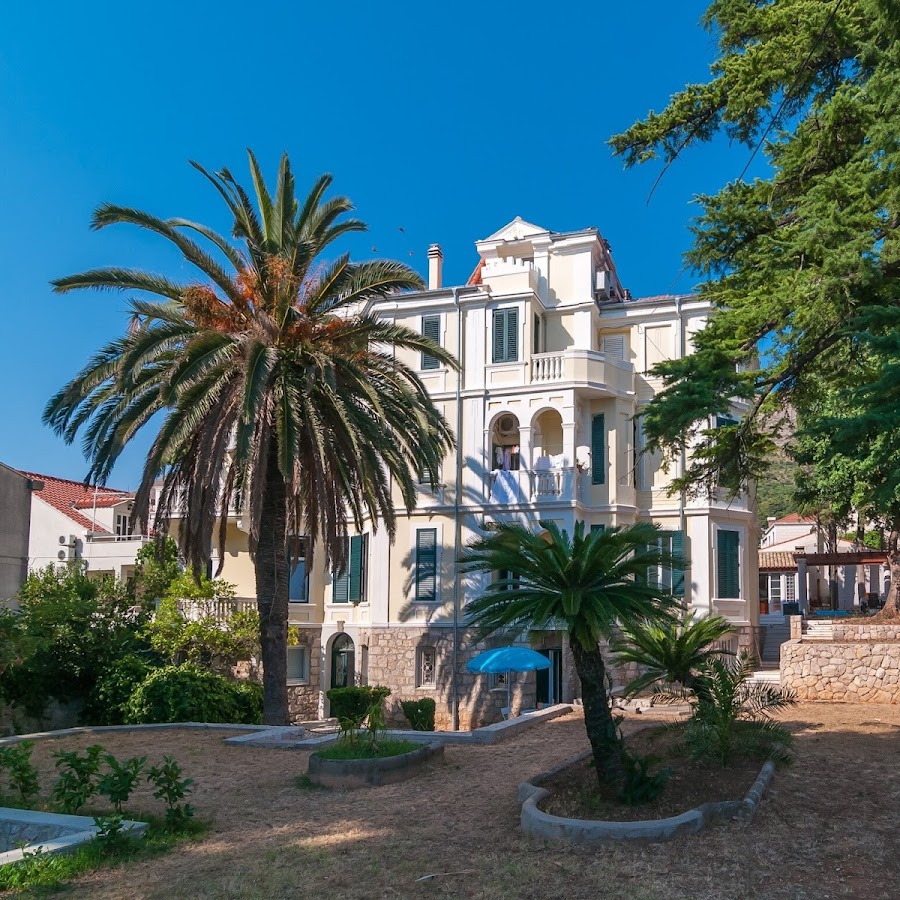
B&B Sesame Inn, Dubrovnik
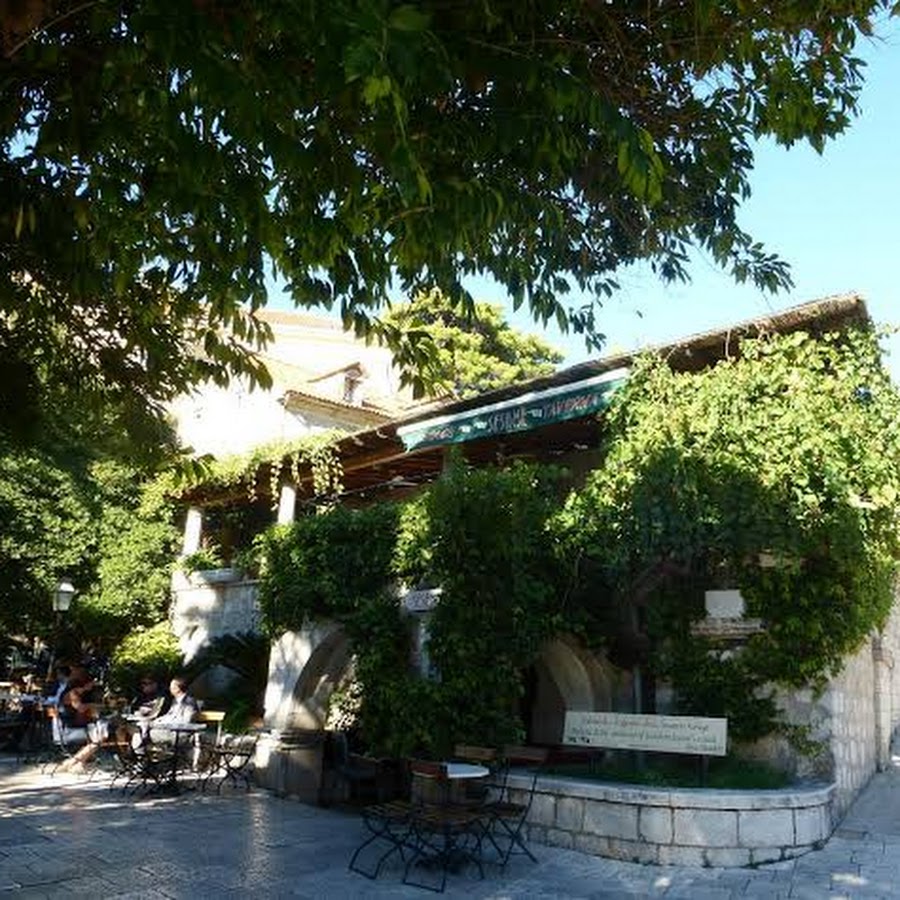
Buza Apartment
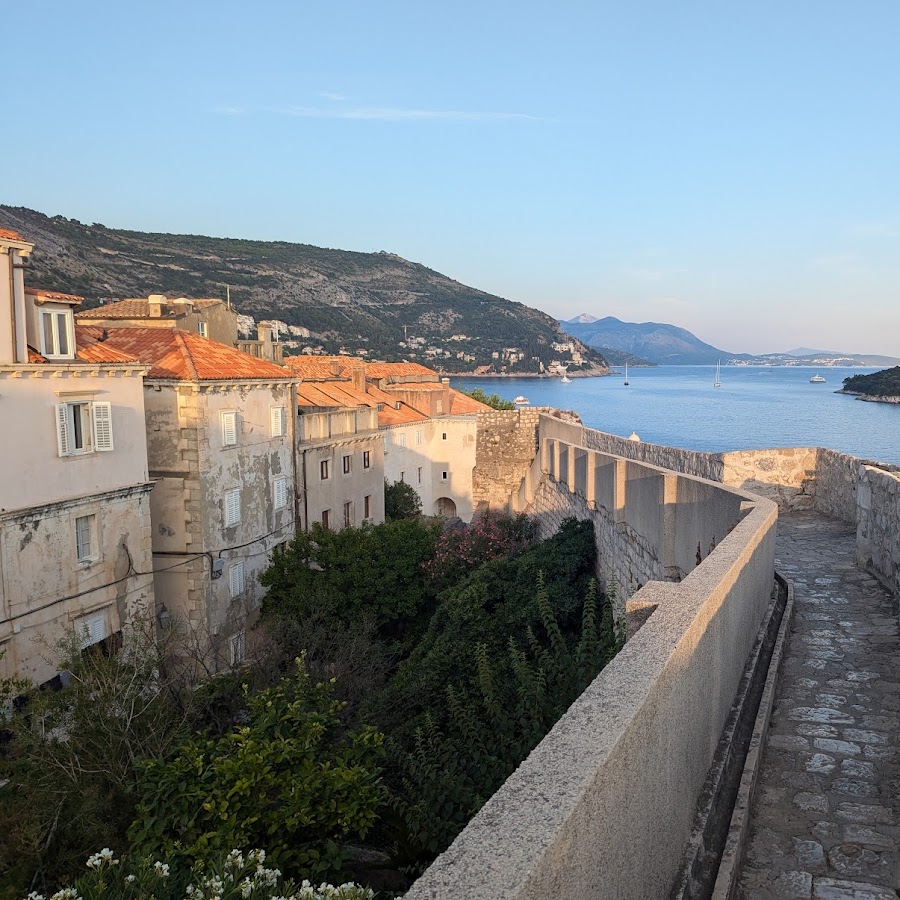
Roko House, Dubrovnik
Villa Donna Paola
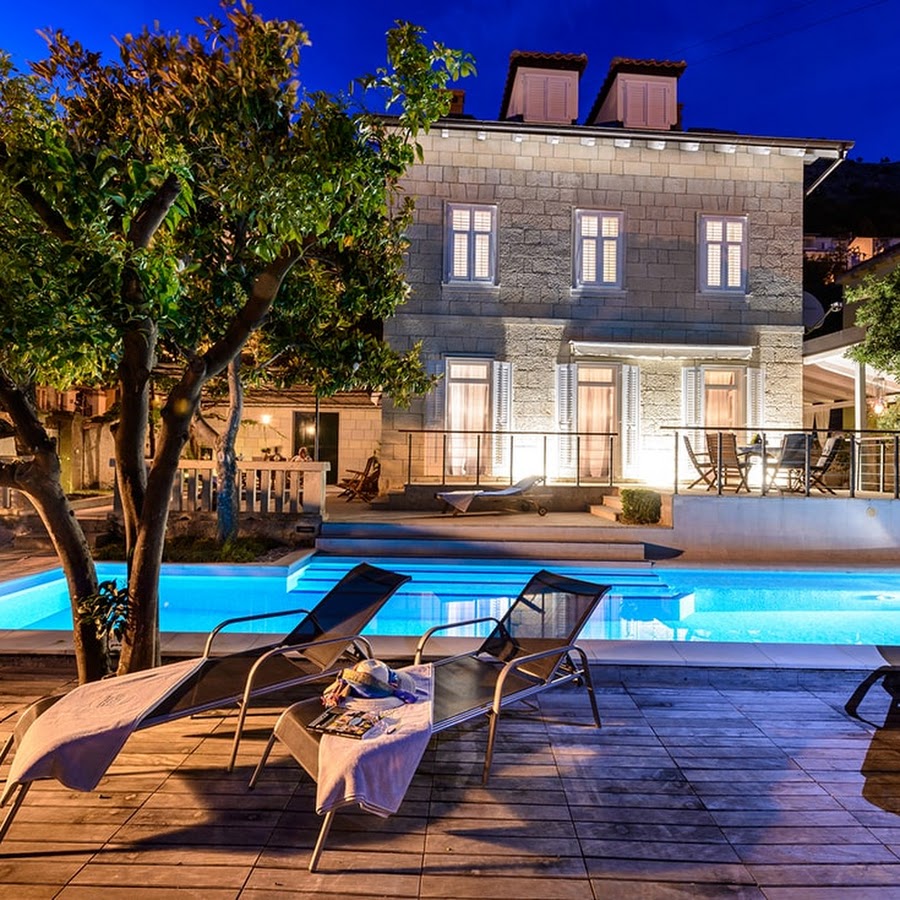
Munroe Apartment, Dubrovnik
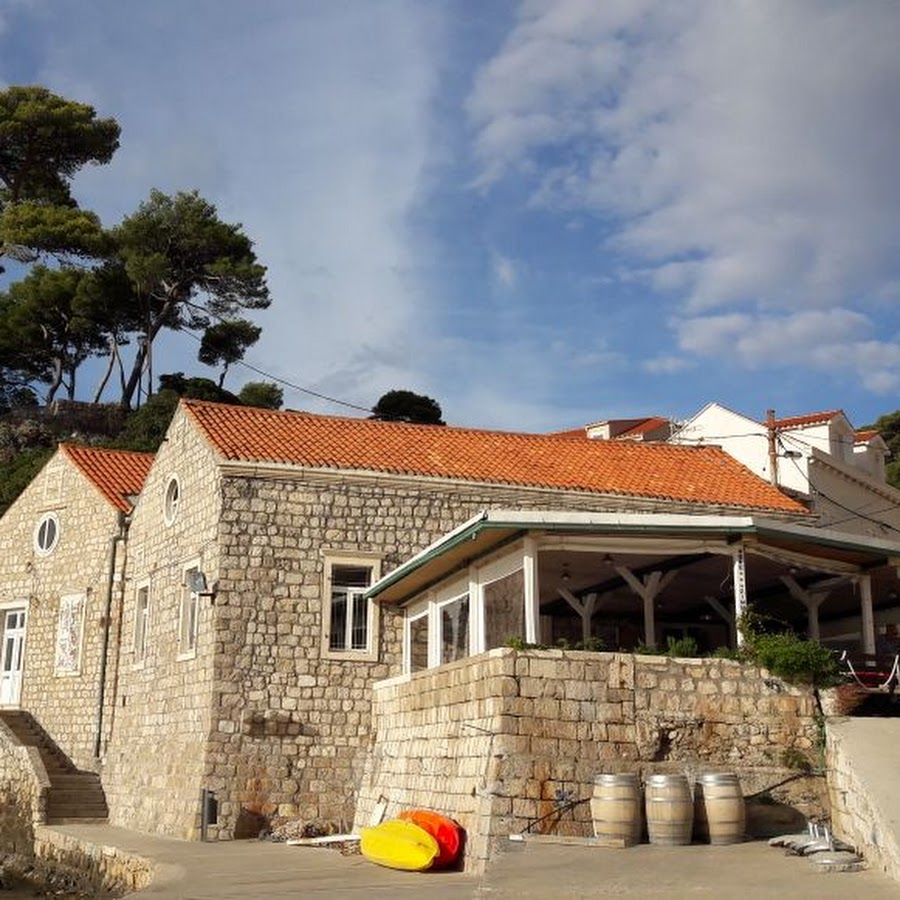
Apartment Flora, Dubrovnik
Argenta Rooms, Dubrovnik
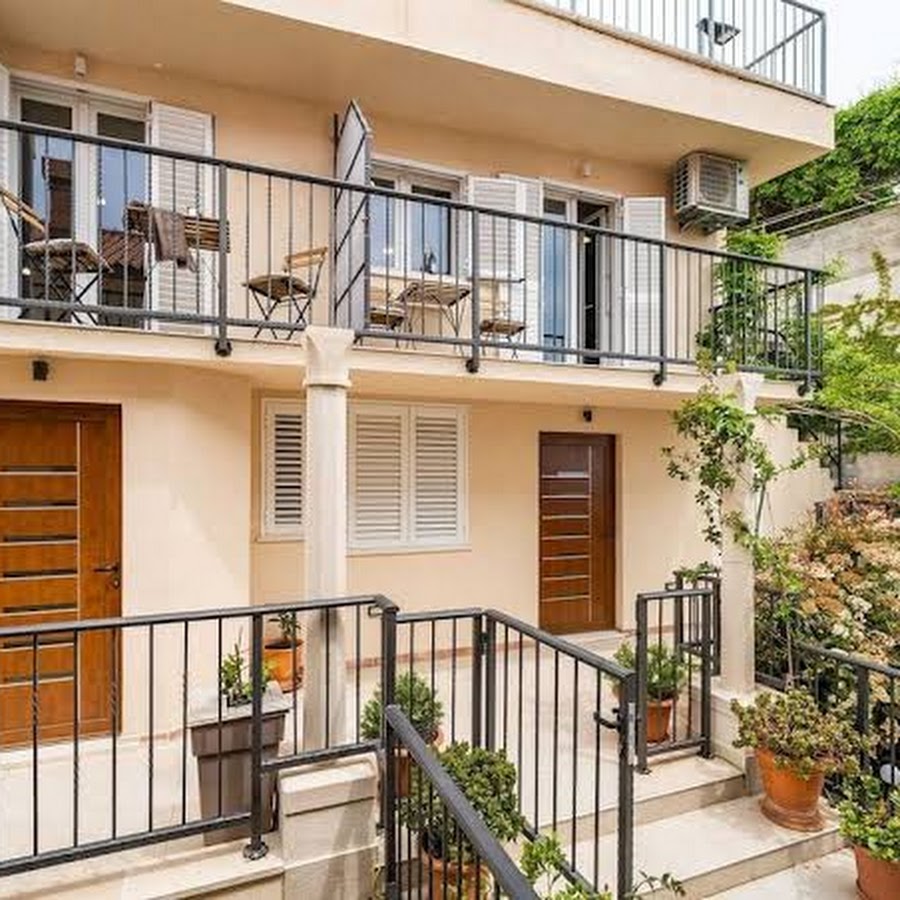
MirÓ Studio Apartments
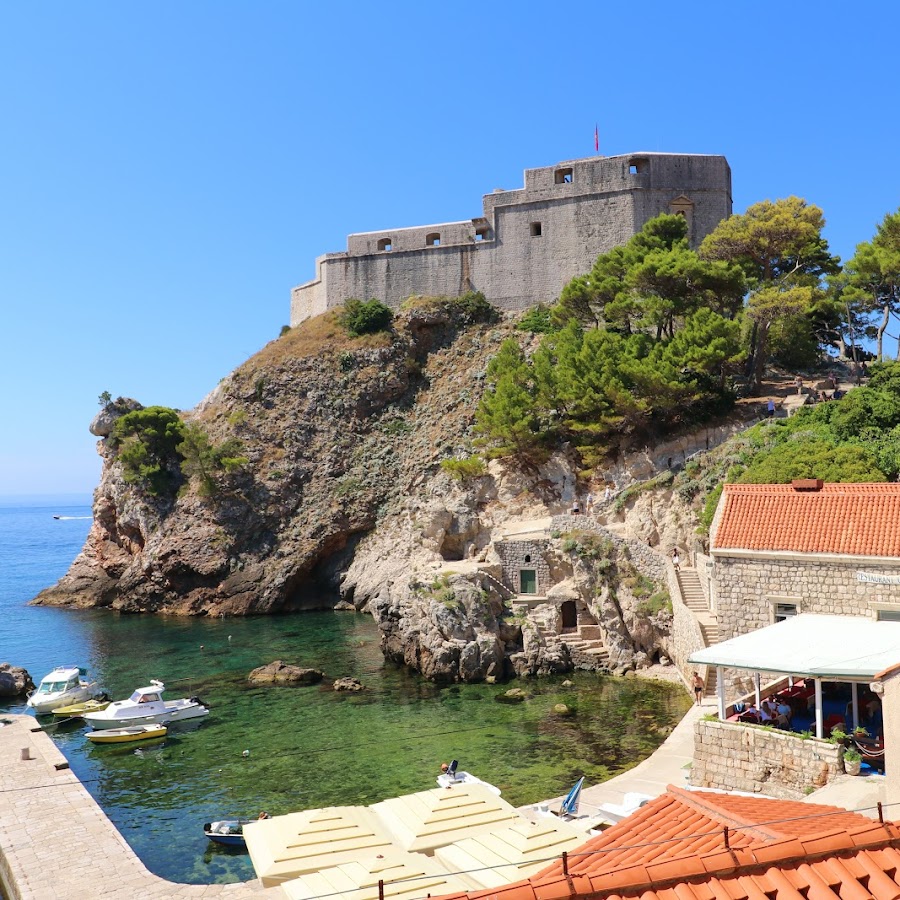
Hotel Perla Dubrovik Croatia
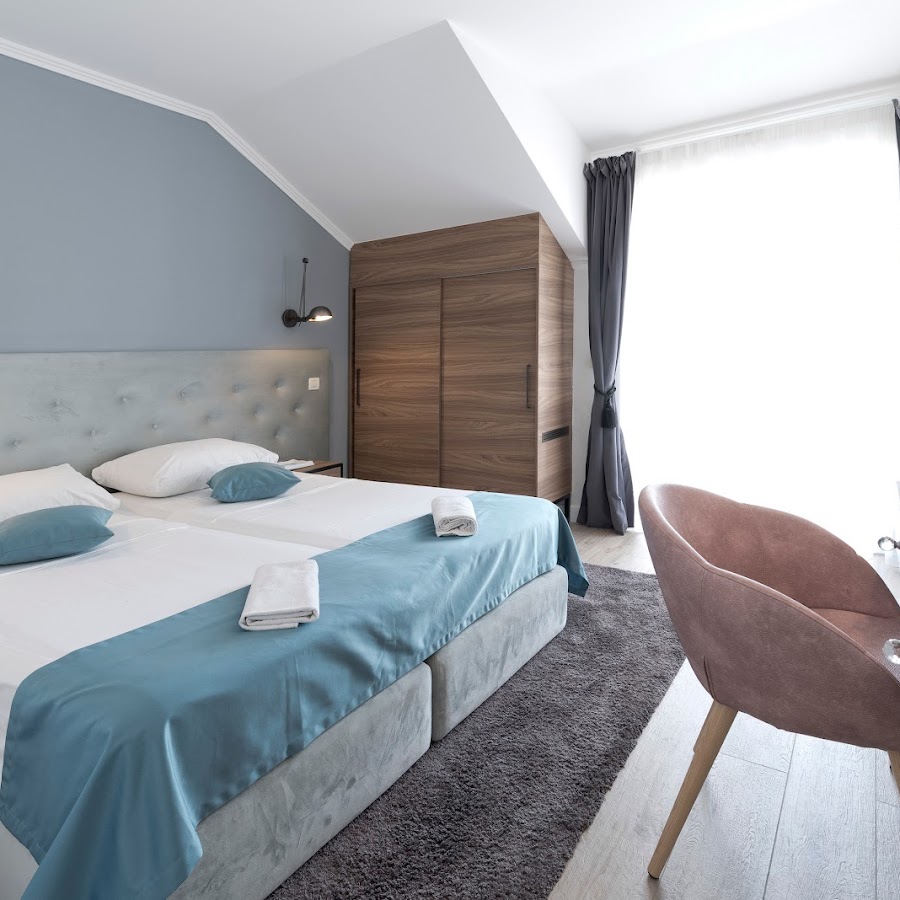
Two Palm Trees Apartment, Dubrovnik
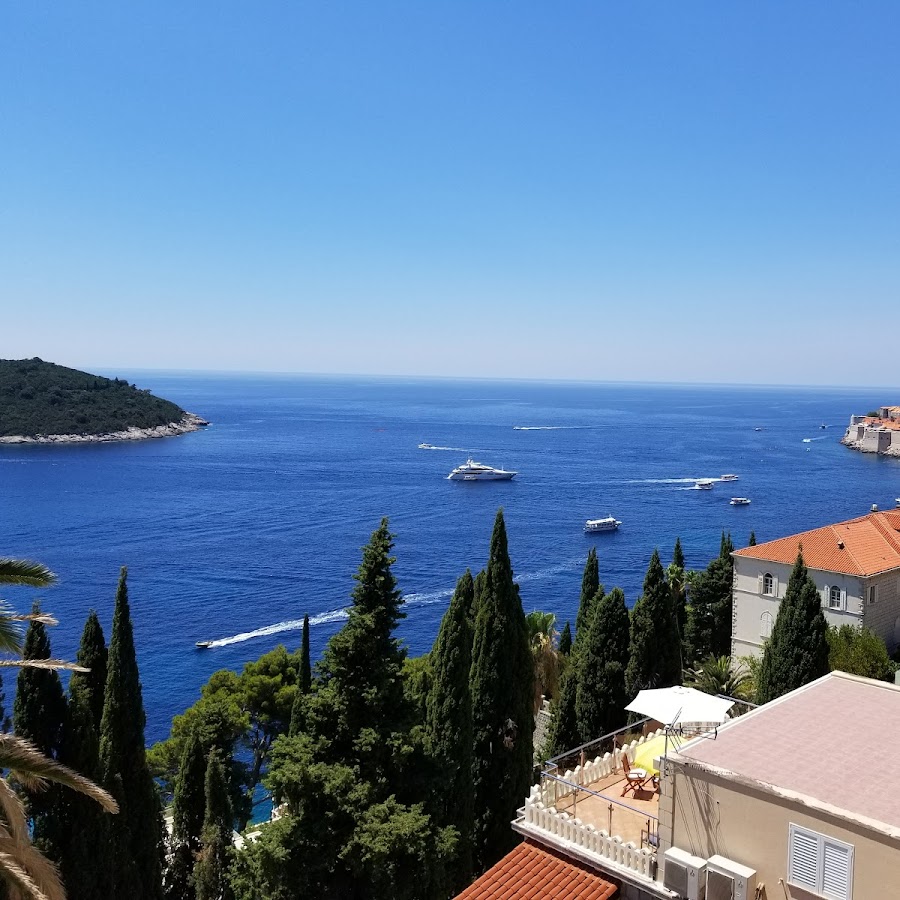
Guesthouse Forty Four, Dubrovnik
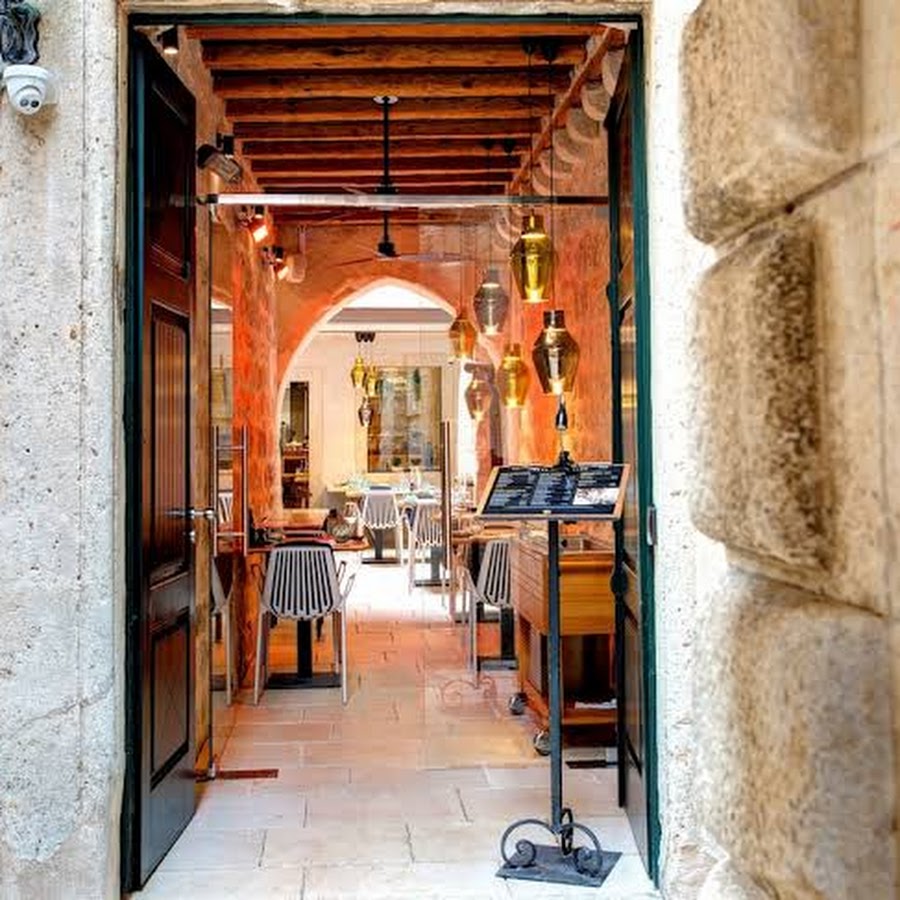
Turtle Apartments, Dubrovnik
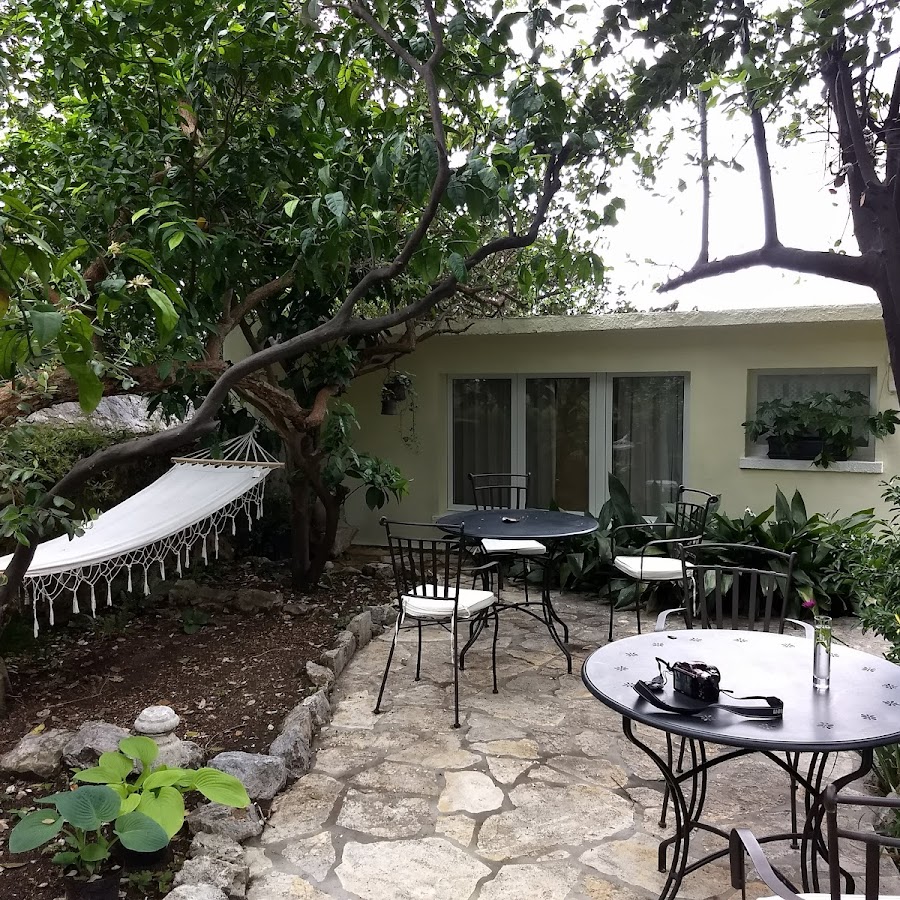
Apartments Minerva, Dubrovnik
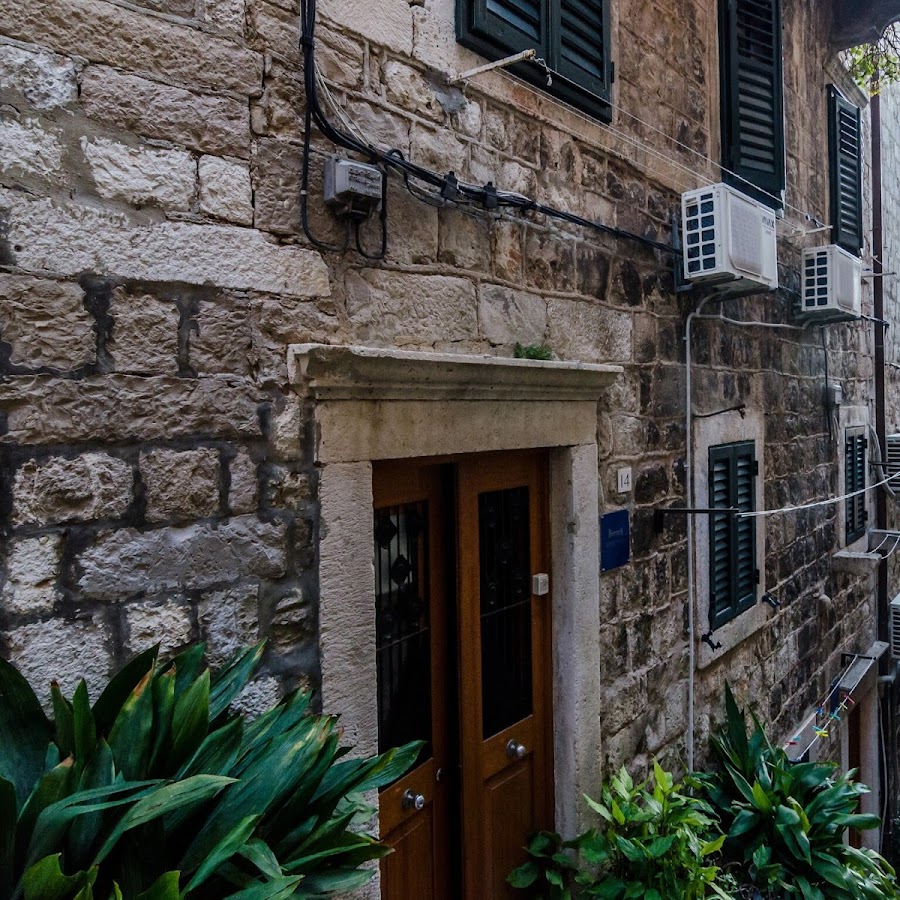
Hilton Imperial Dubrovnik
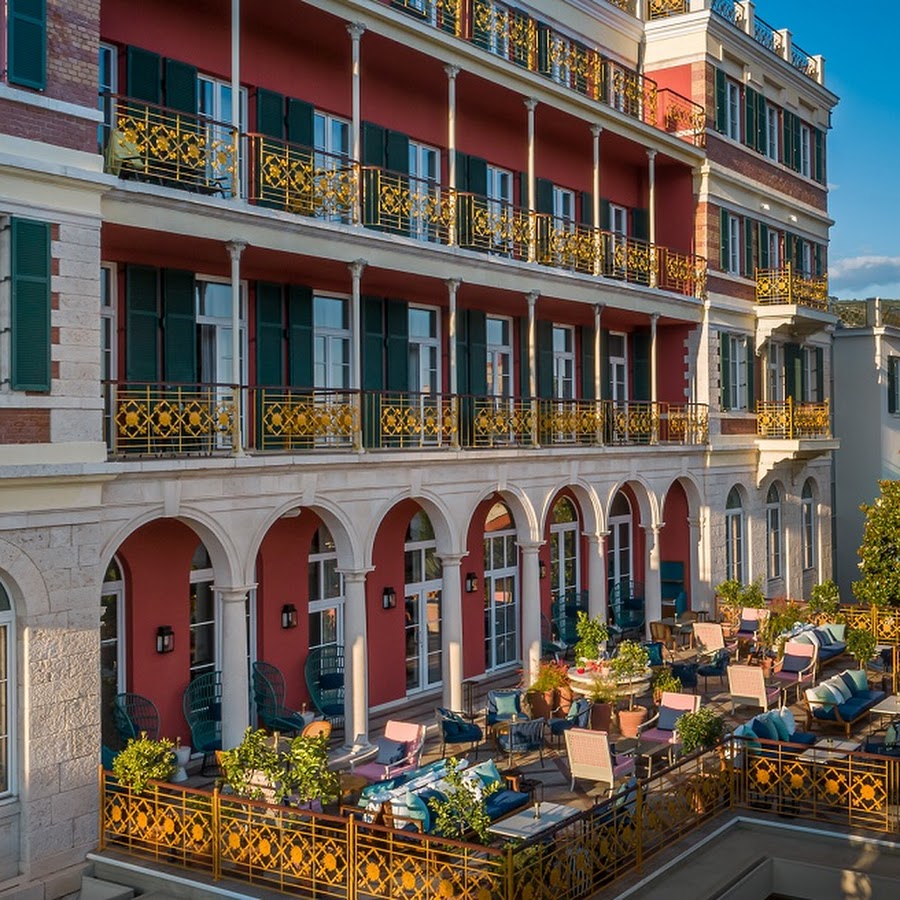
Villa Bruna, Dubrovnik

Guest House Kono, Dubrovnik
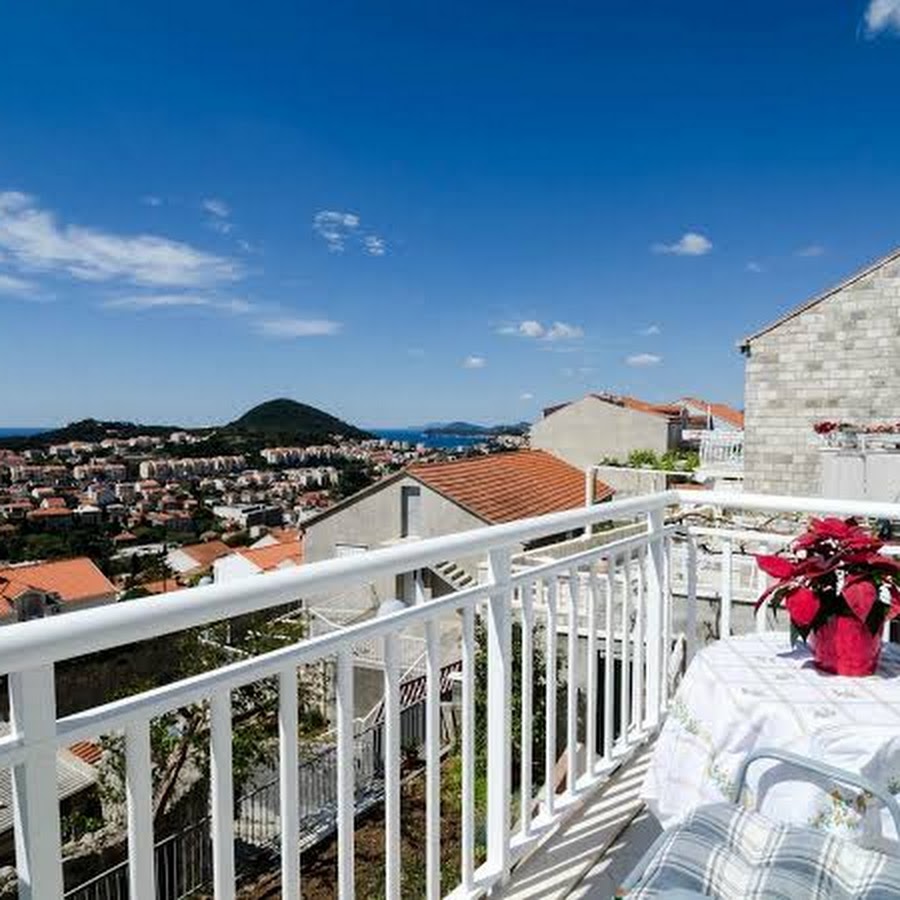
Apartments Tomas
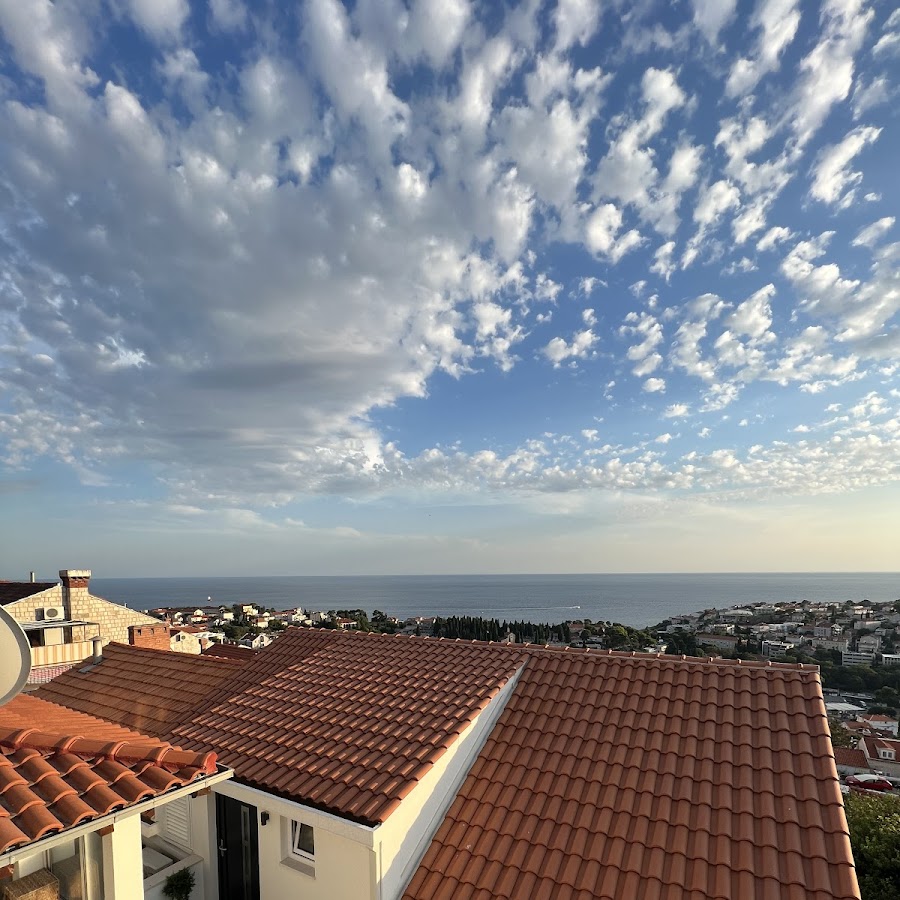
Hotel Kompas Dubrovnik
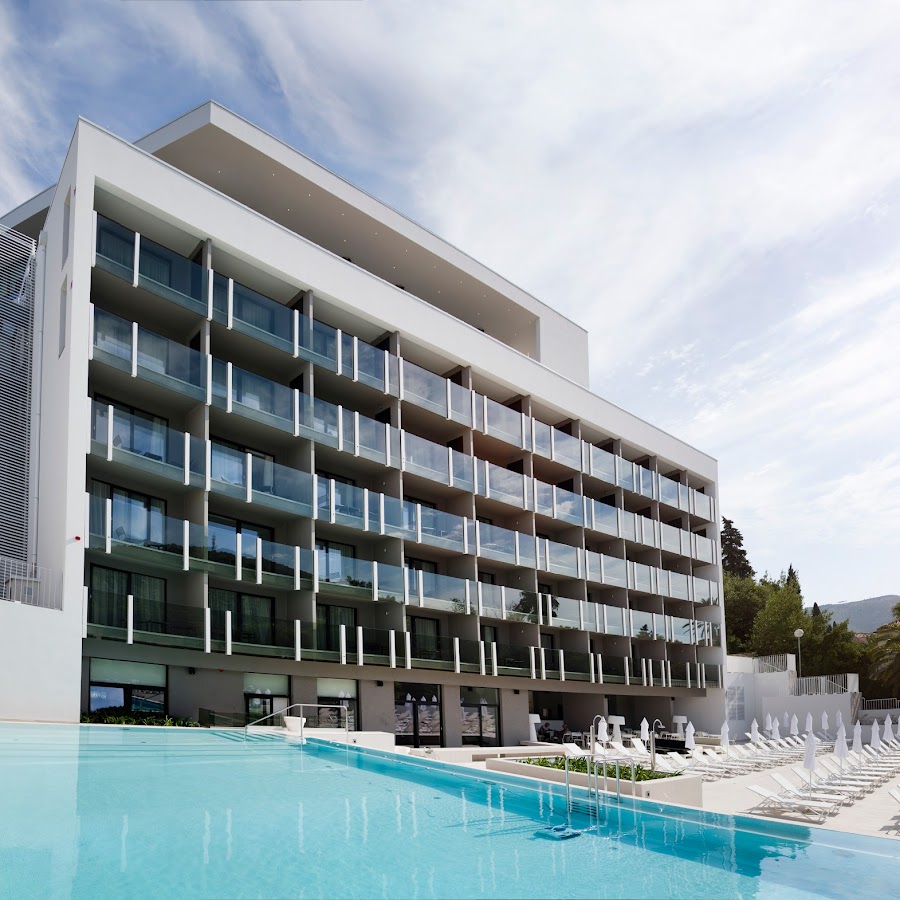
Royal Hotel Ariston
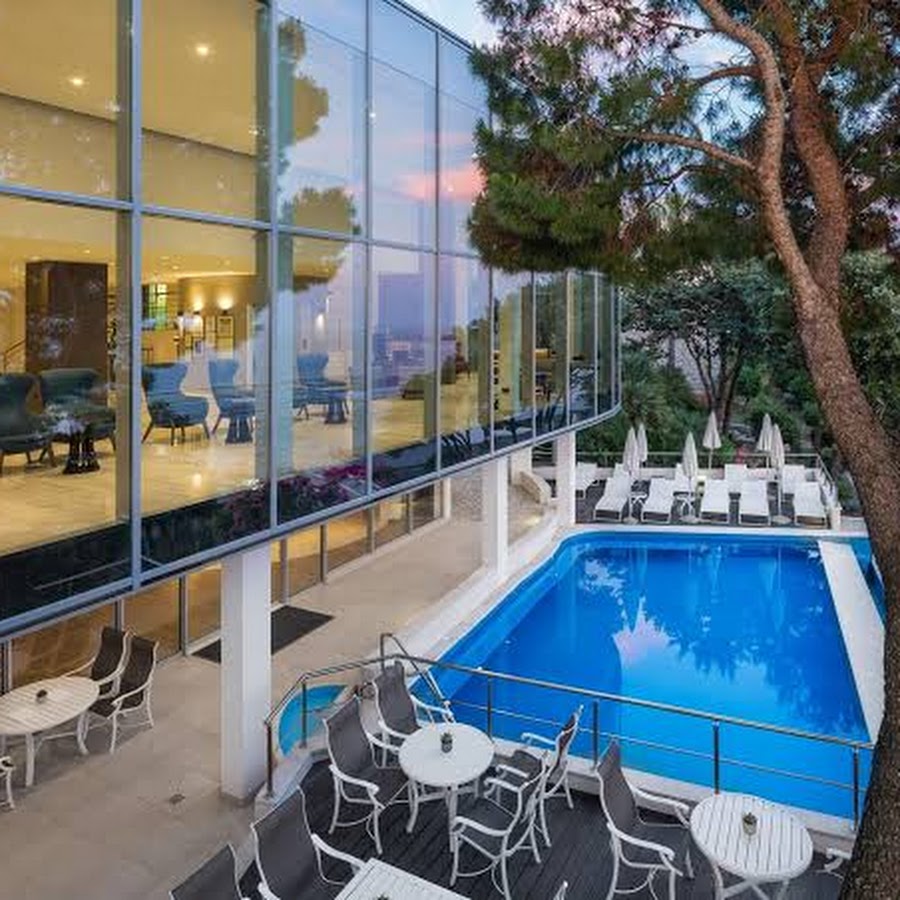
Royal Palm Hotel
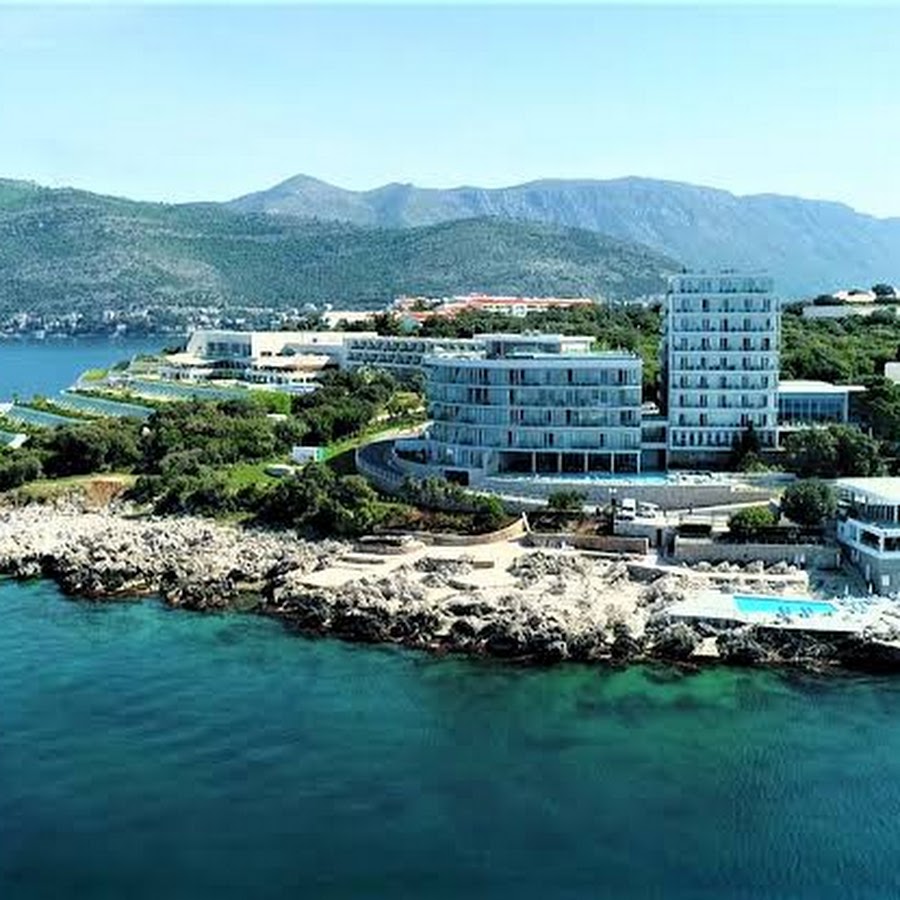
Bed&Breakfast Andio, Dubrovnik

Villa Mia, Dubrovni
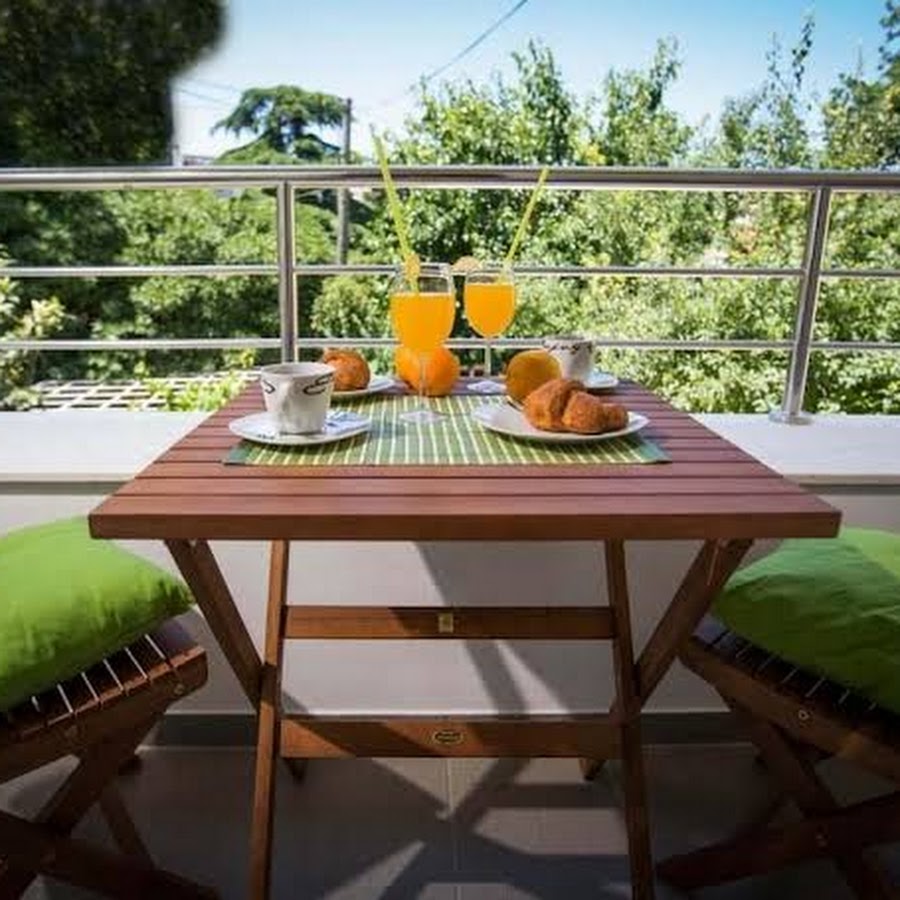
Fresh Sheets Kathedral Dubrovnik
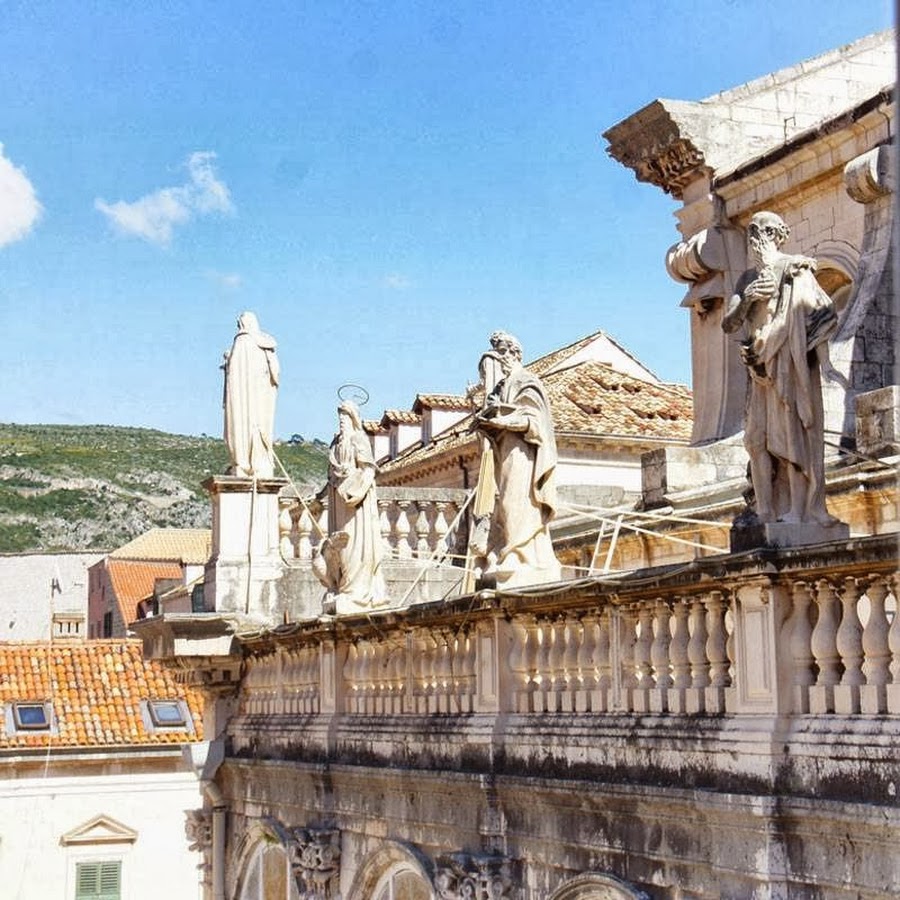
Villa Dorma
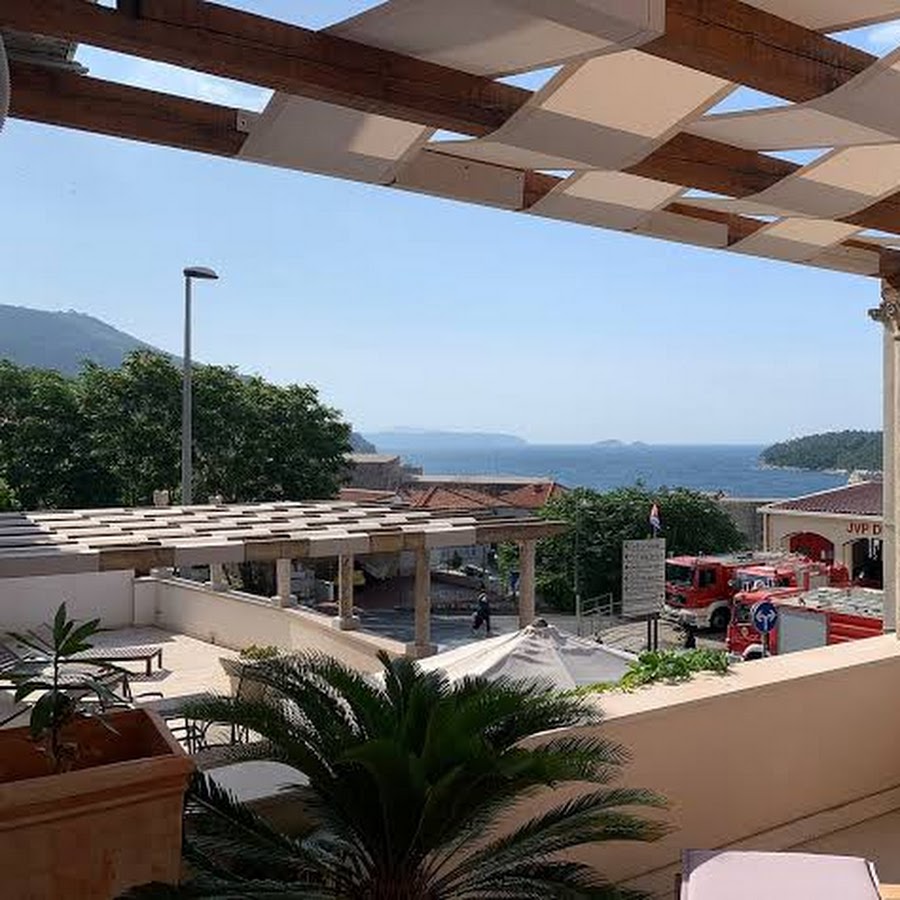
Villa Ruza, Dubrovnik
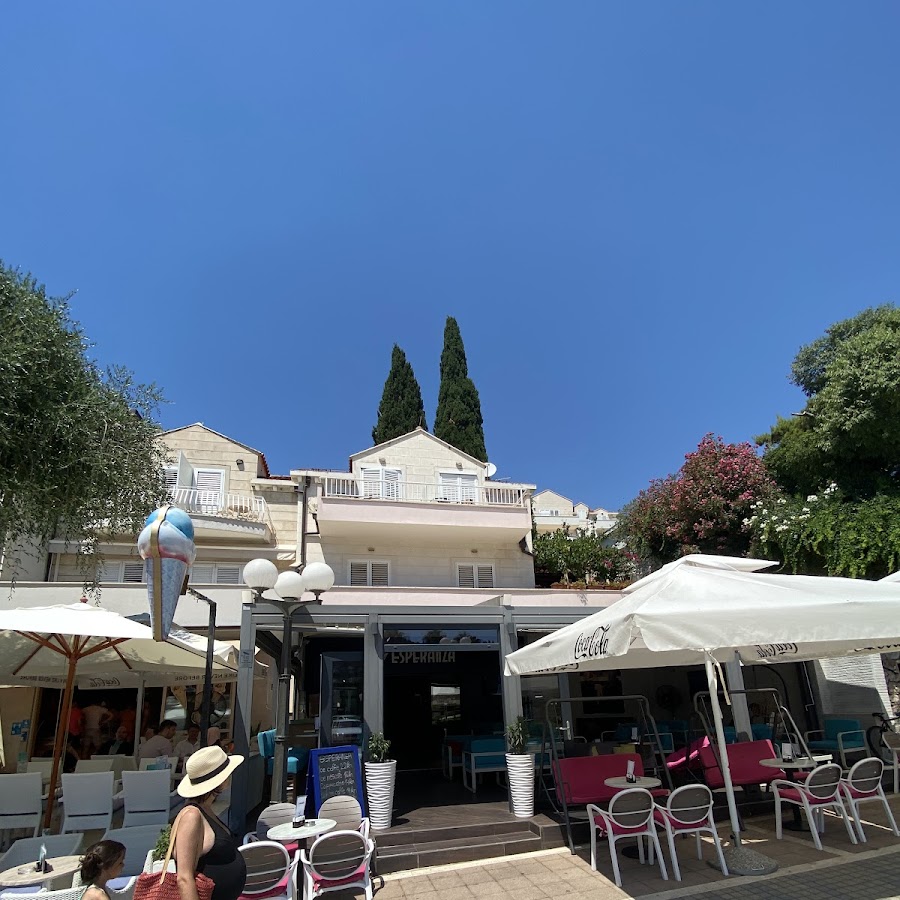
Royal Princess Hotel

Boutique Villa Filaus
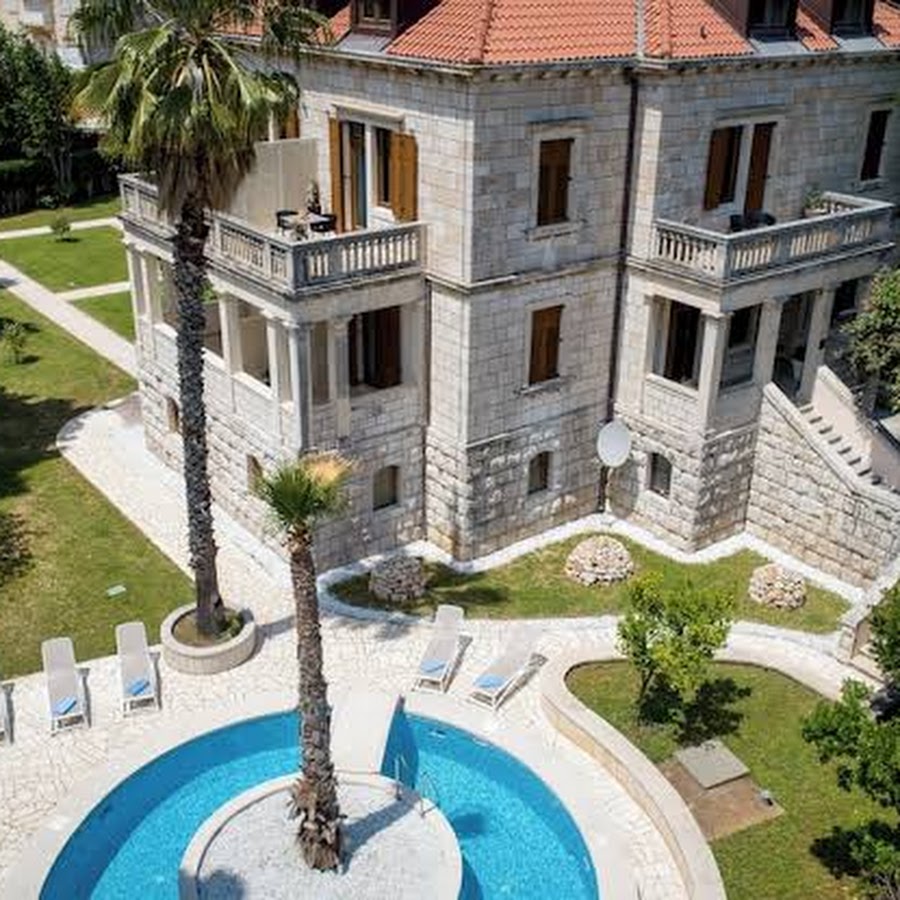
Villa Kate Dadic
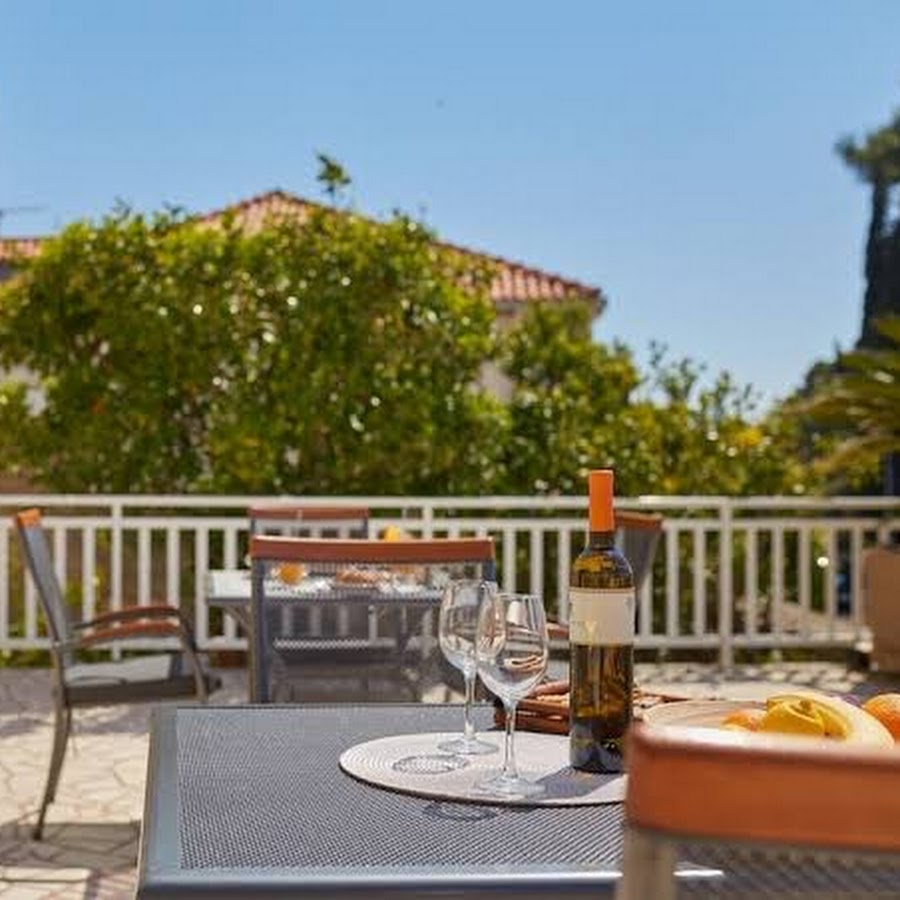
Apartments Paula, Dubrovnik
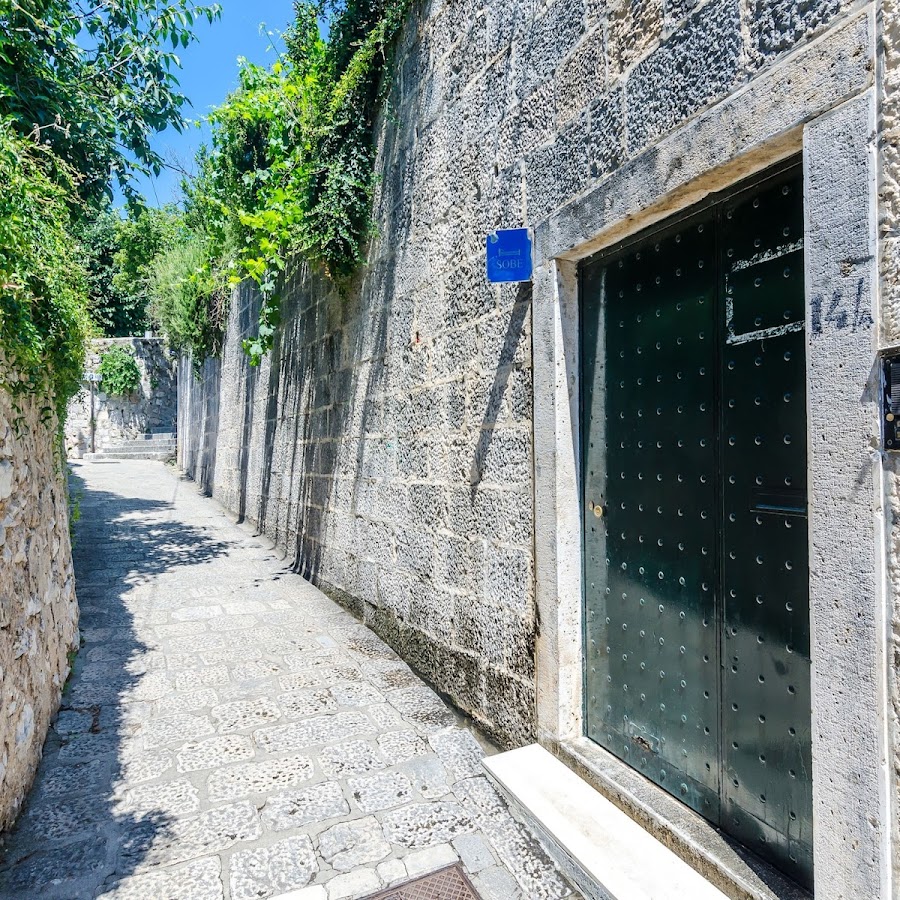
Rooms Klarisa Palace

Villa Benic, Dubrovnik
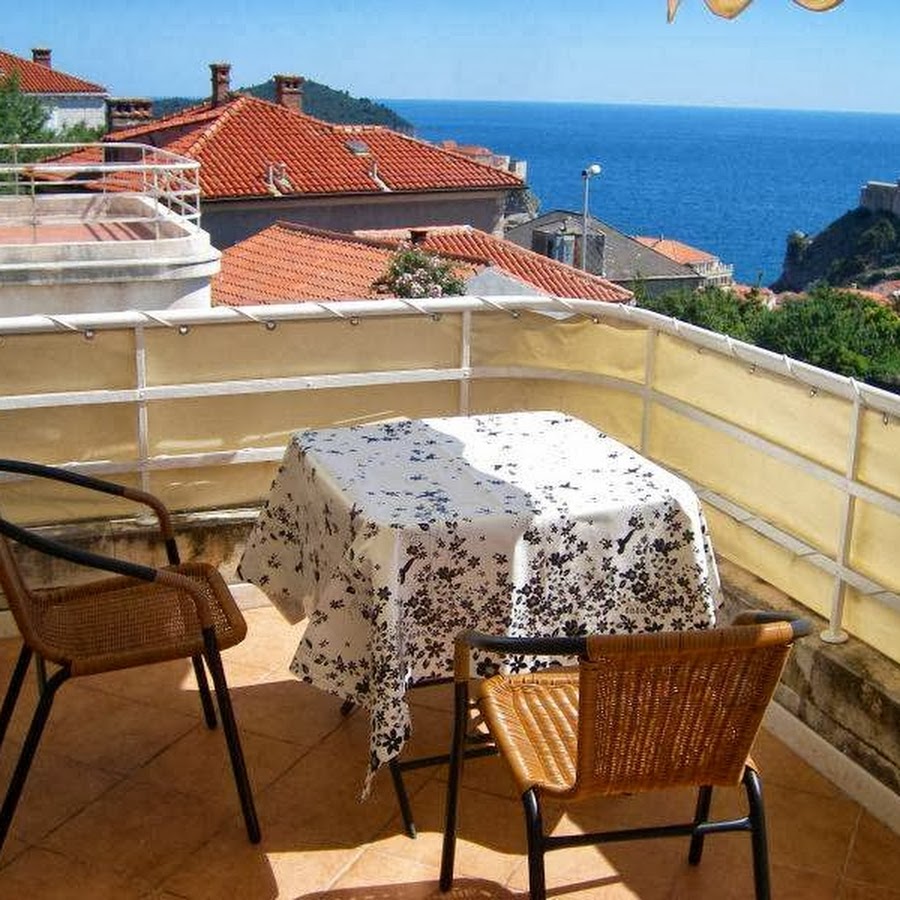
Villa Borna Apartments, Dubrovnik
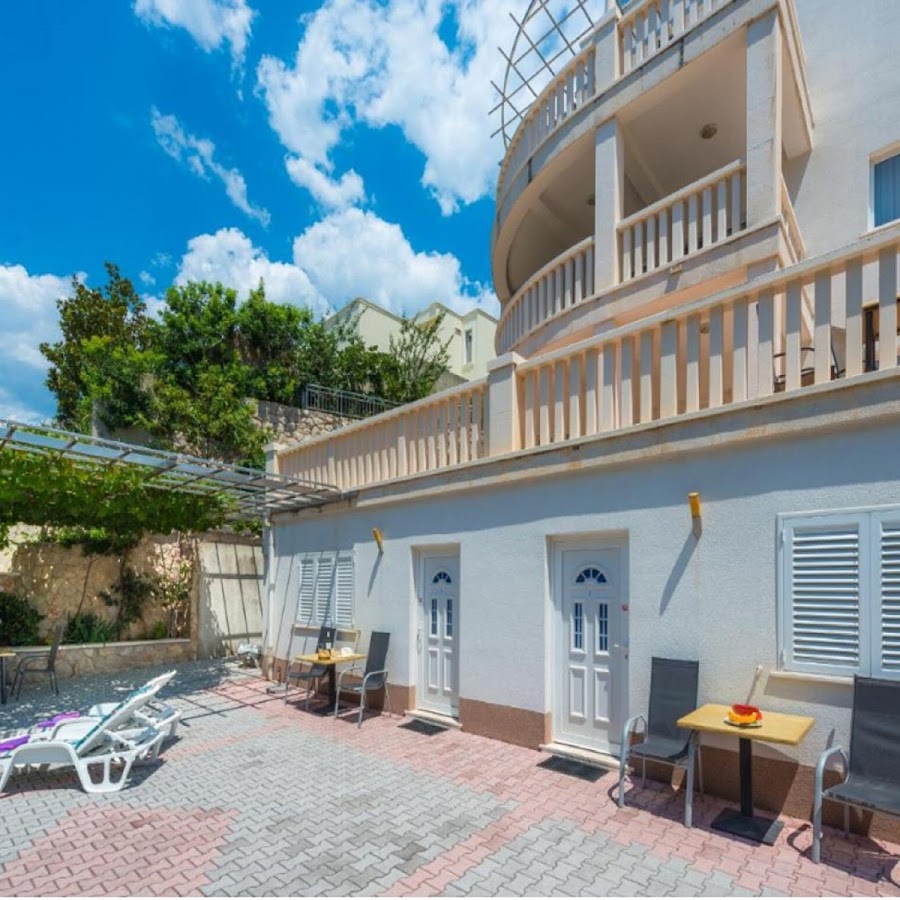
Orka Apartments, Dubrovnik
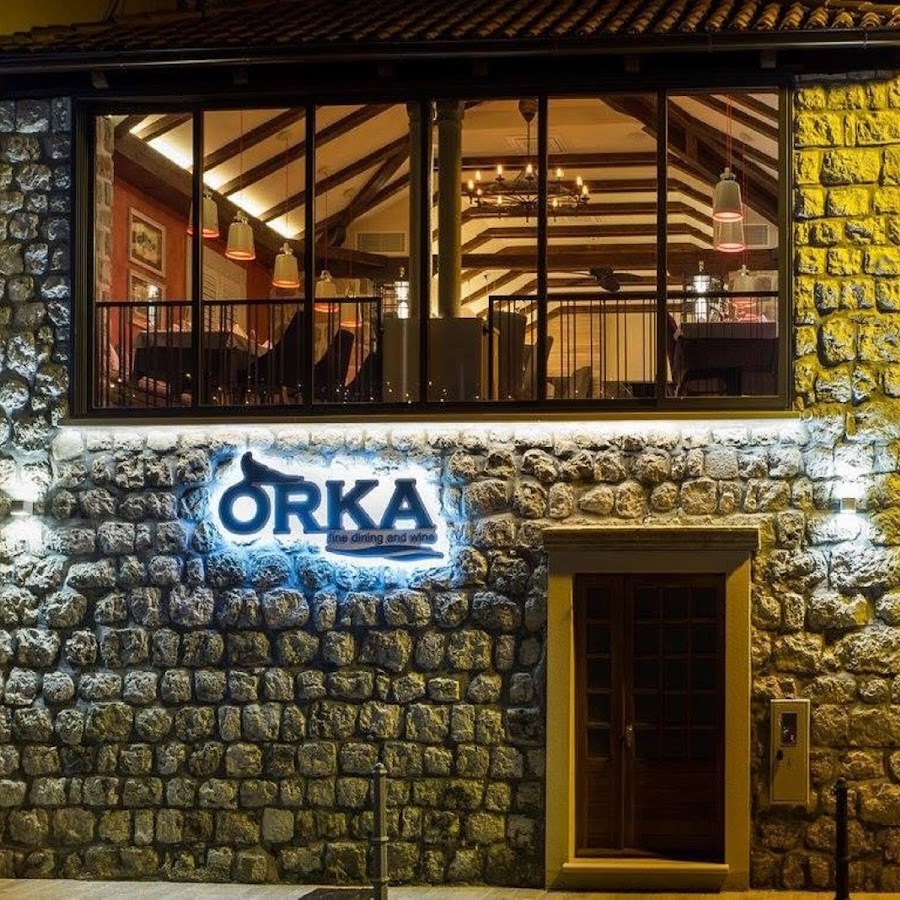
Hotel Hamle
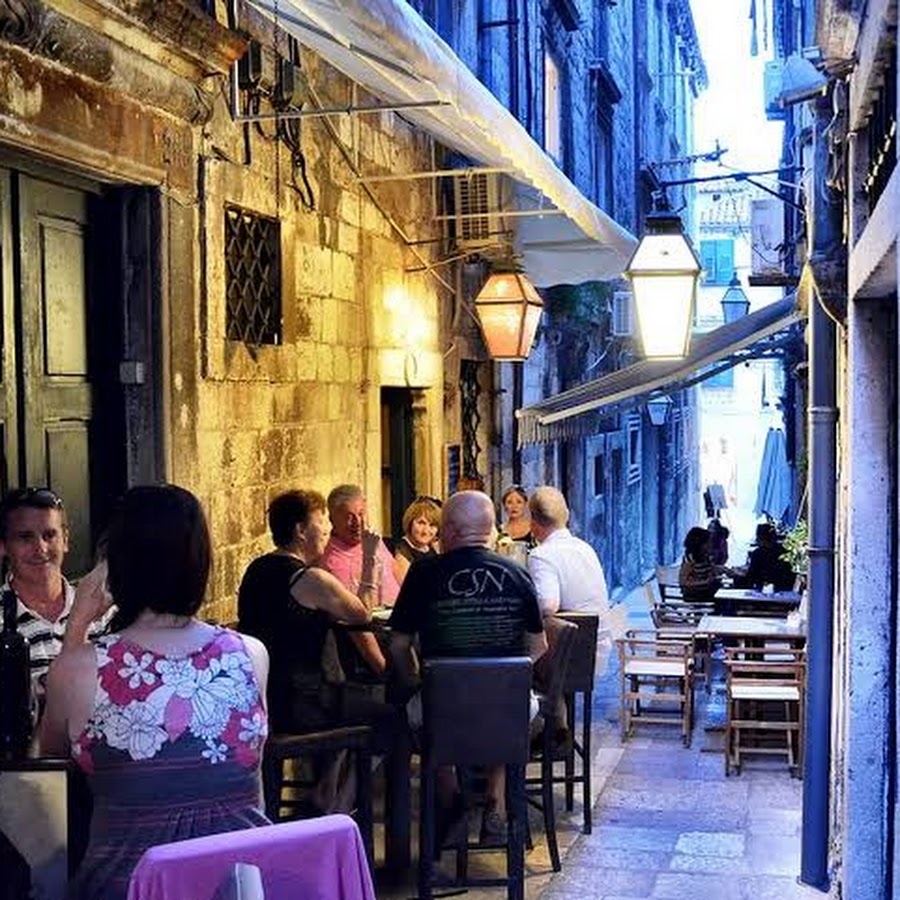
Apartments Maro & Baro, Dubrovnik
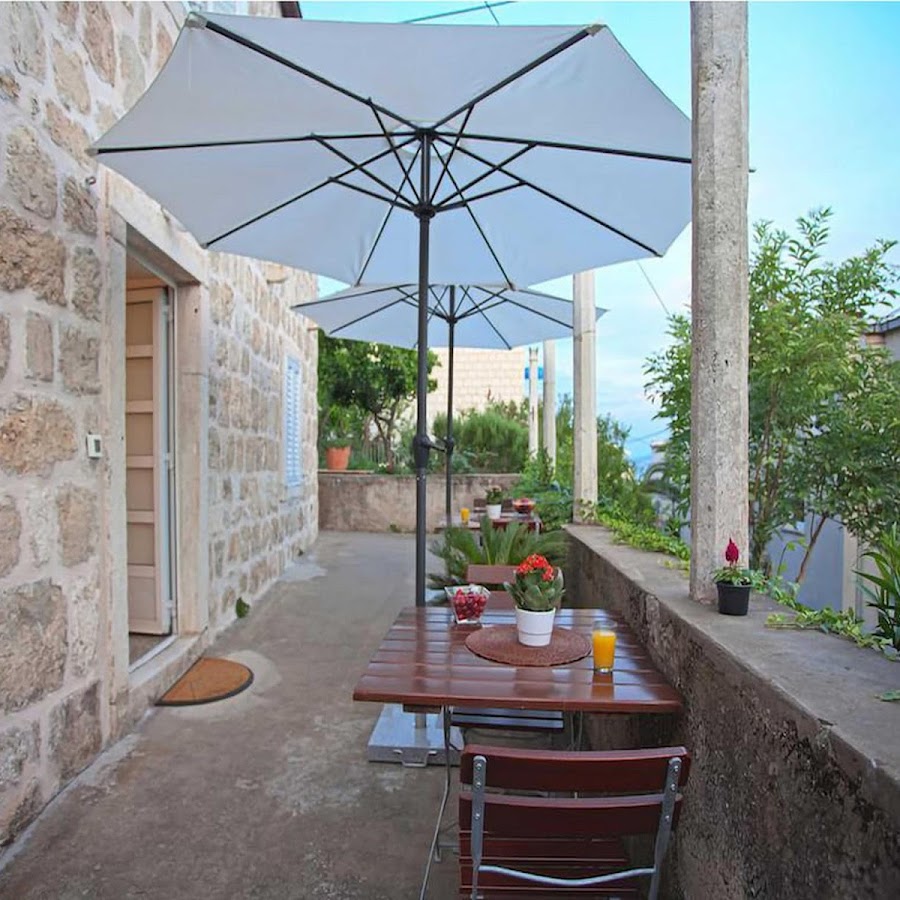
Villa King
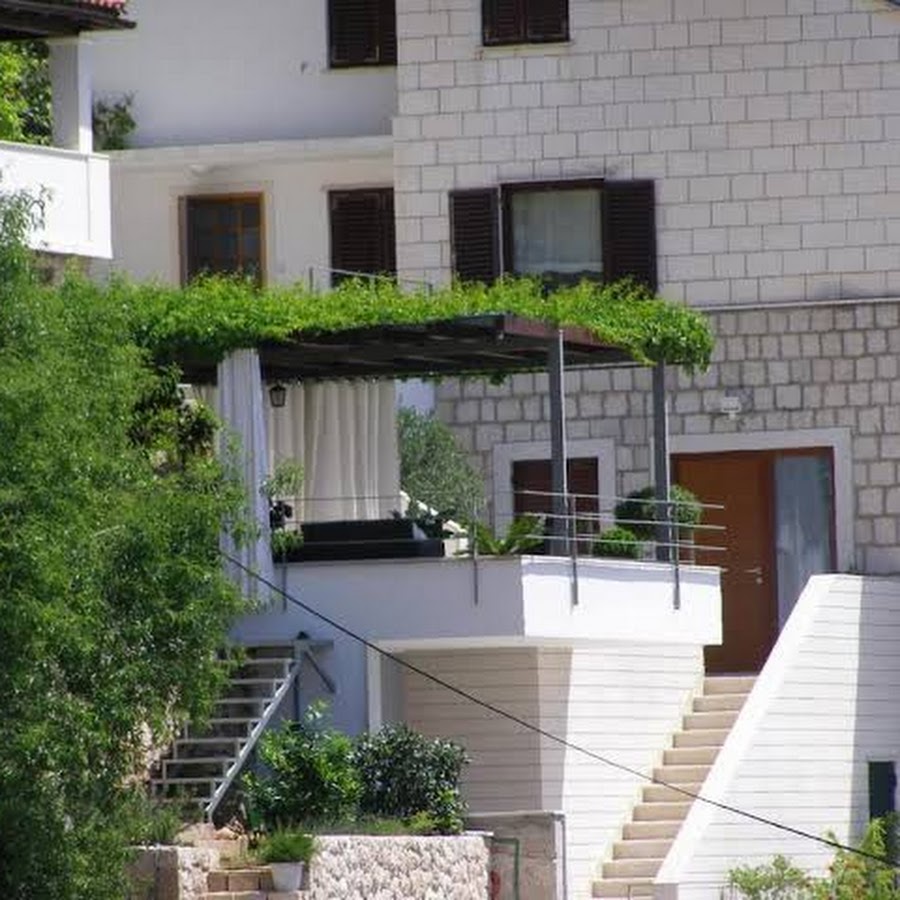
California Apartments Dubrovni
Valamar Tirena Hotel
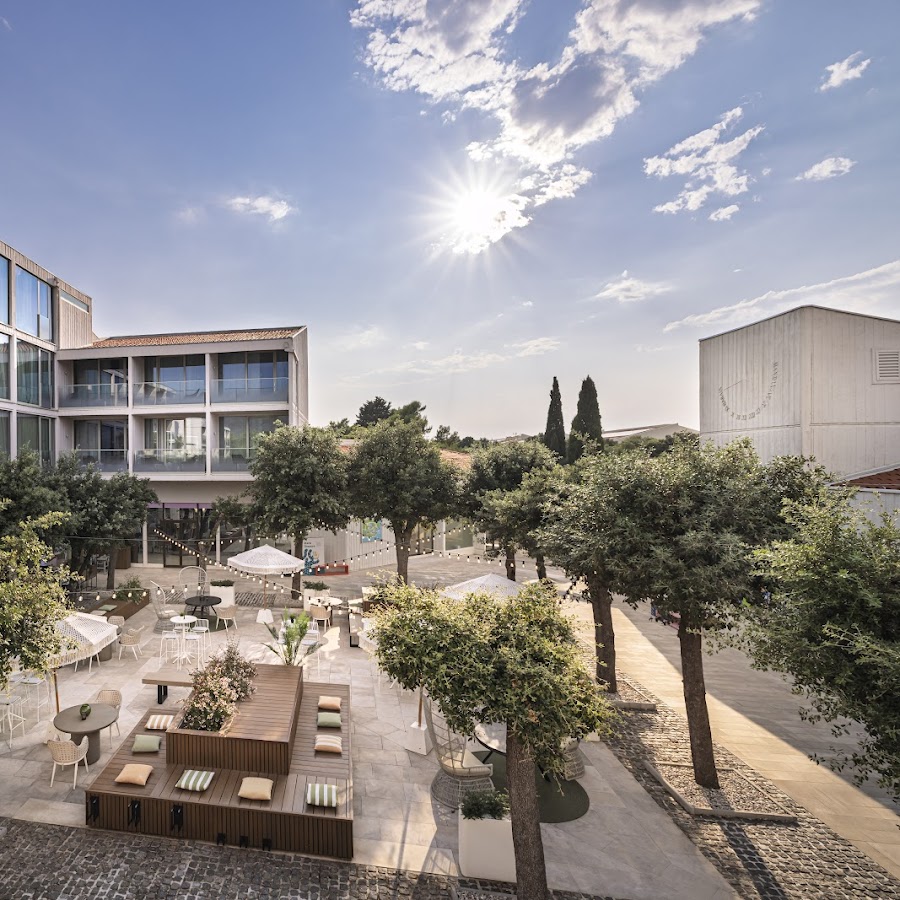
Karmen Apartments
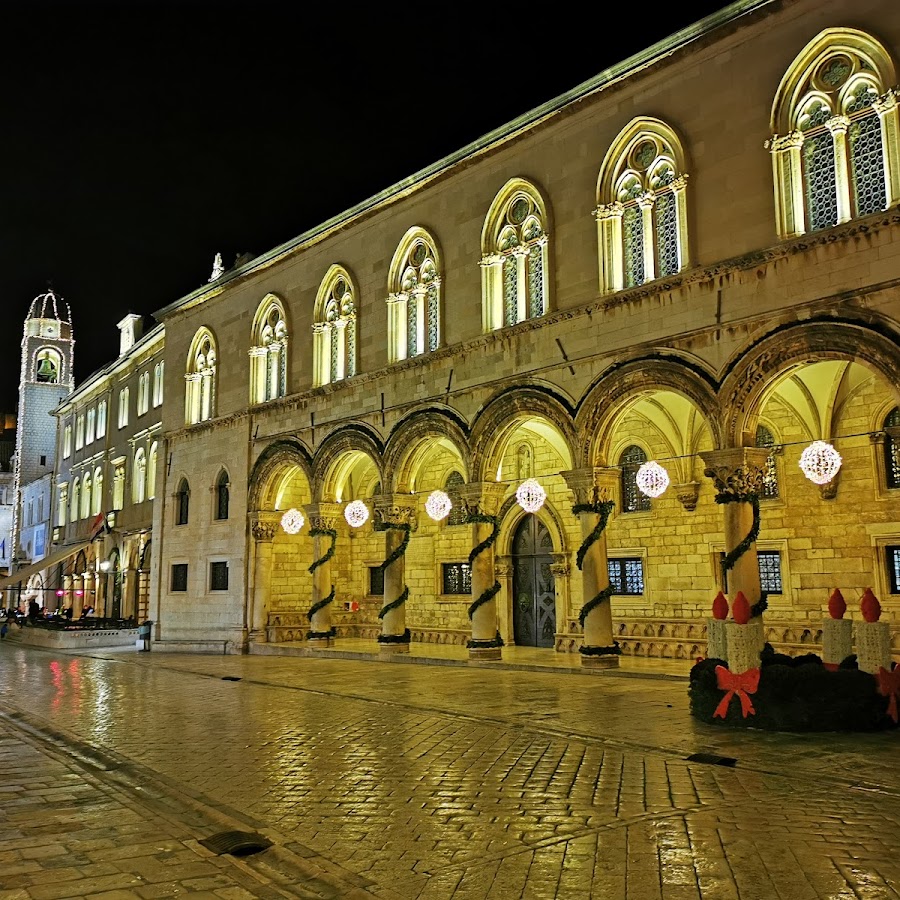
Villa ‘STAYEVA 11'
Boutique & Beach Hotel Villa Wolf
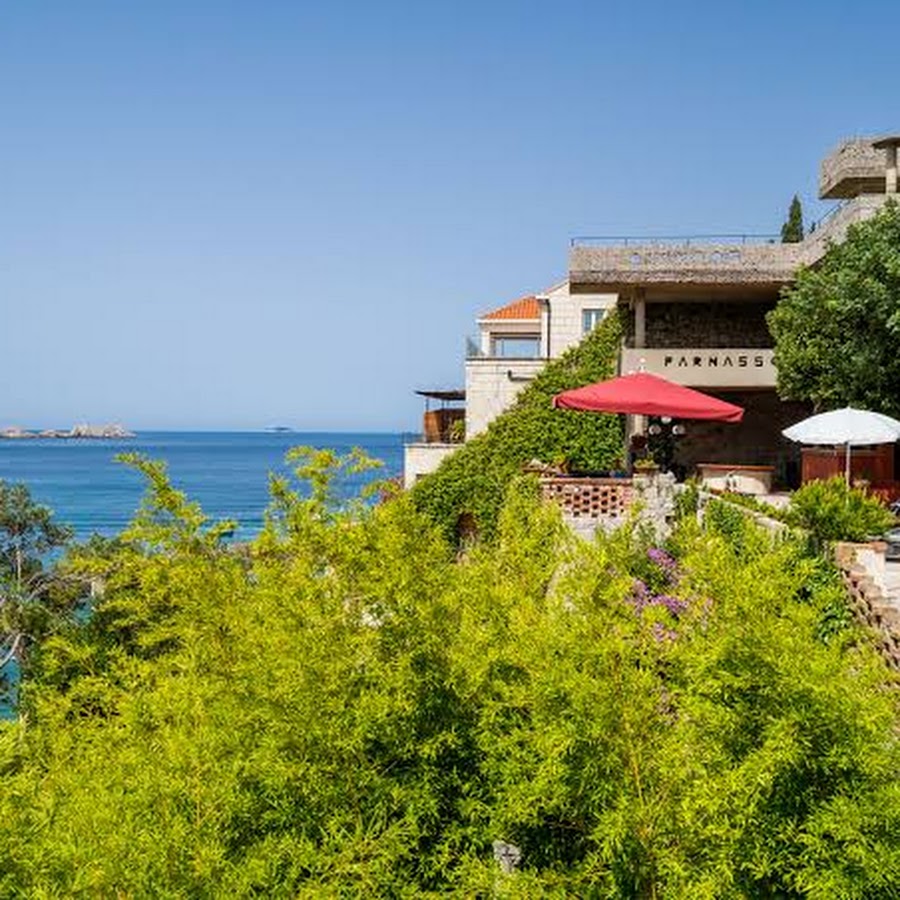
Anchi Guesthouse & Bag Storage
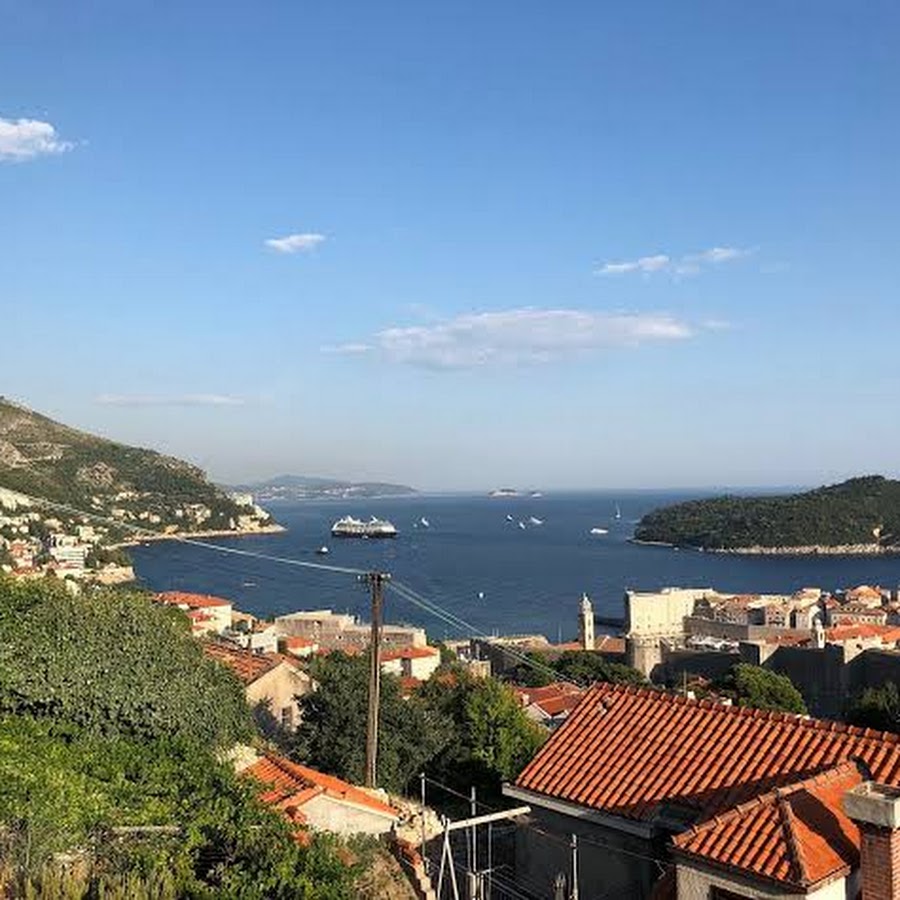
Casa Rosa Dubrovnik

Rooms and Apartments Vlaho

Hotel Aquarius Dubrovnik
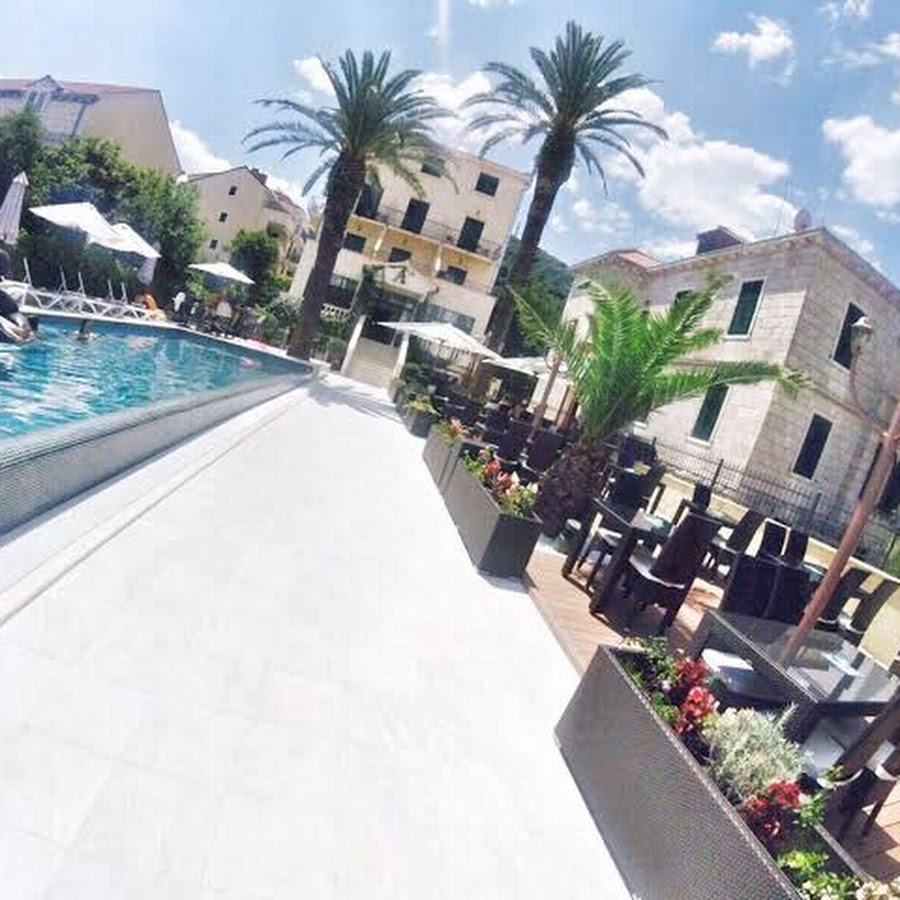
Villa Dard
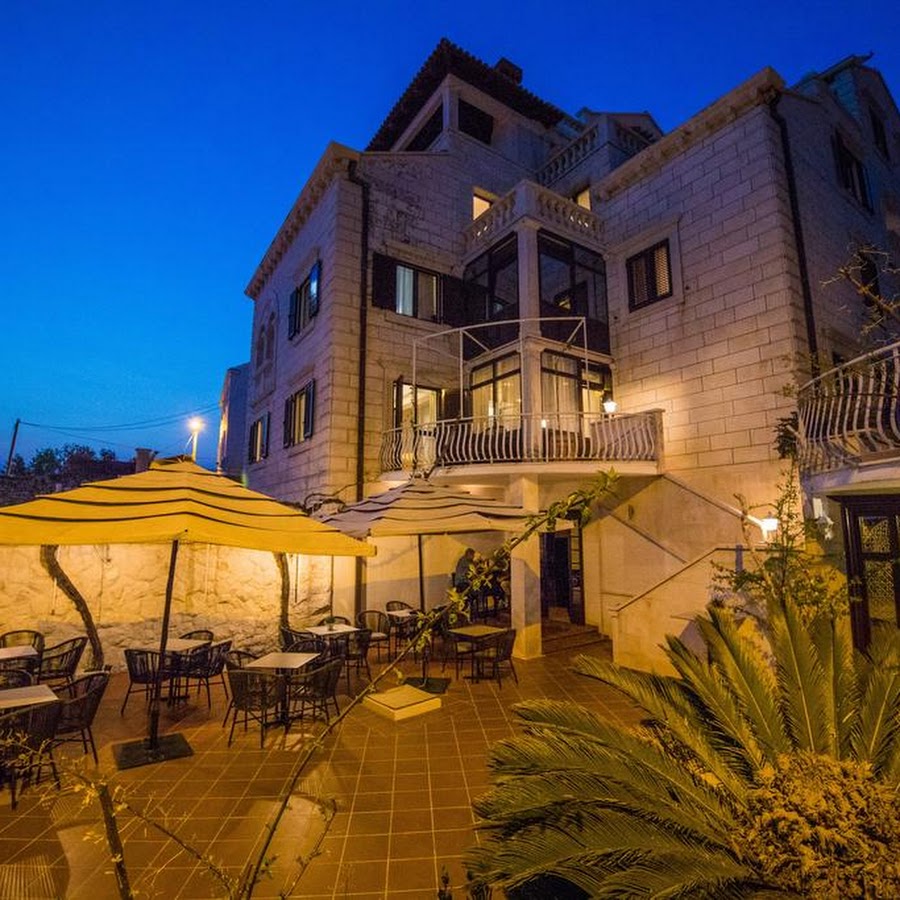
Dubrovnik Apartments Kovacec
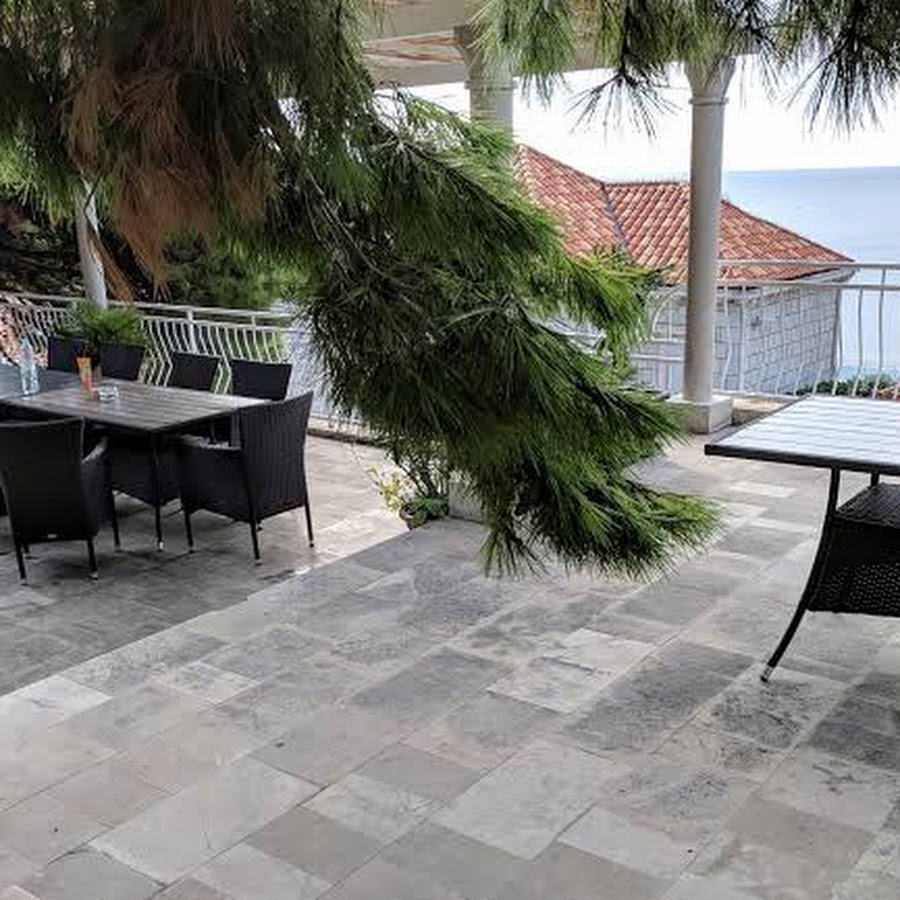
Hotel Dubrovnik Palace
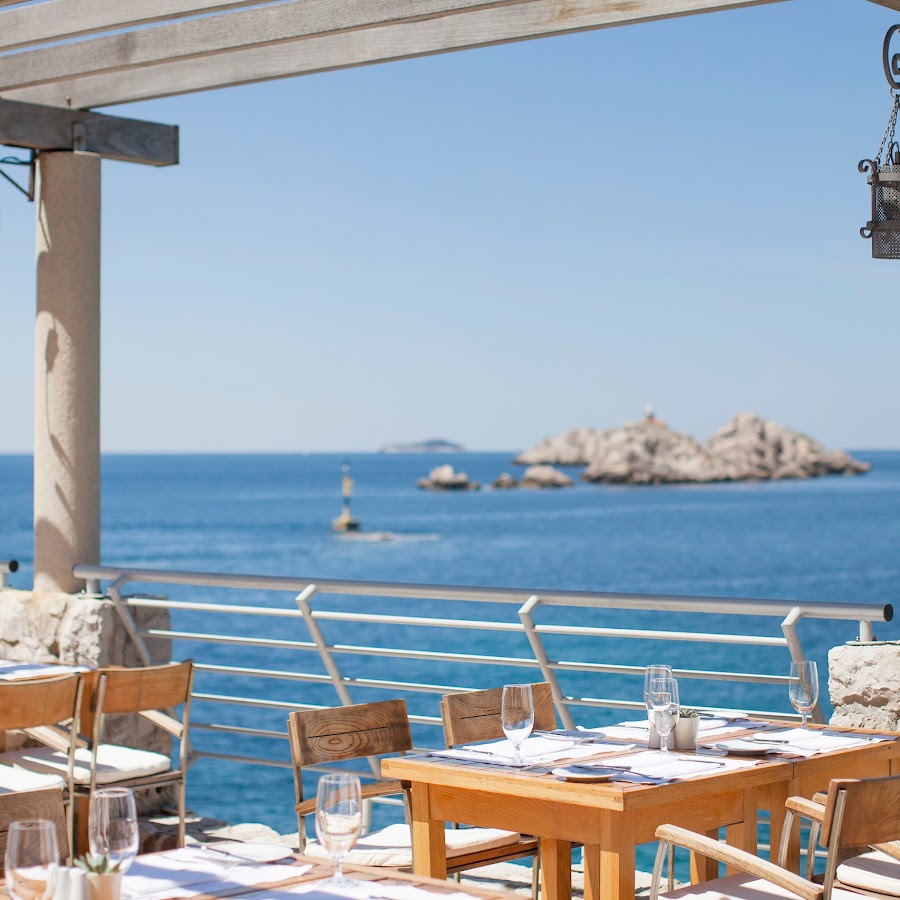
Hotel D-Elegant Dubrovnik
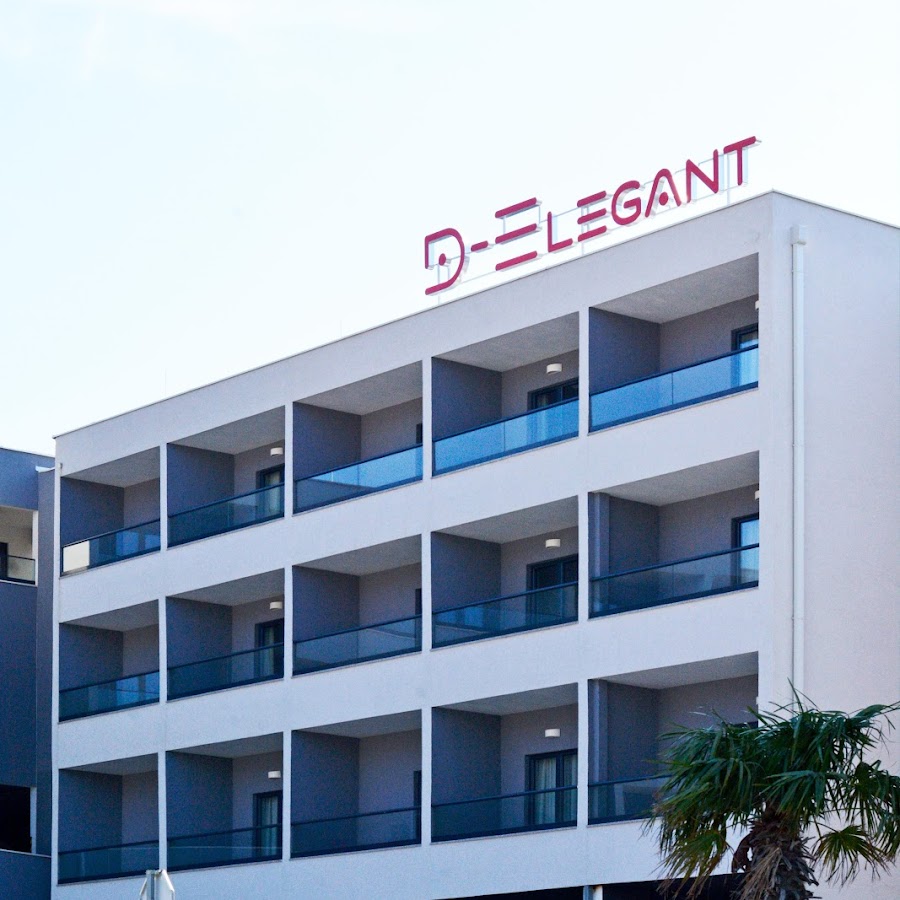
Chill Out Old Town & Seaview Apartments Dubrovnik

Hotel Stari Grad
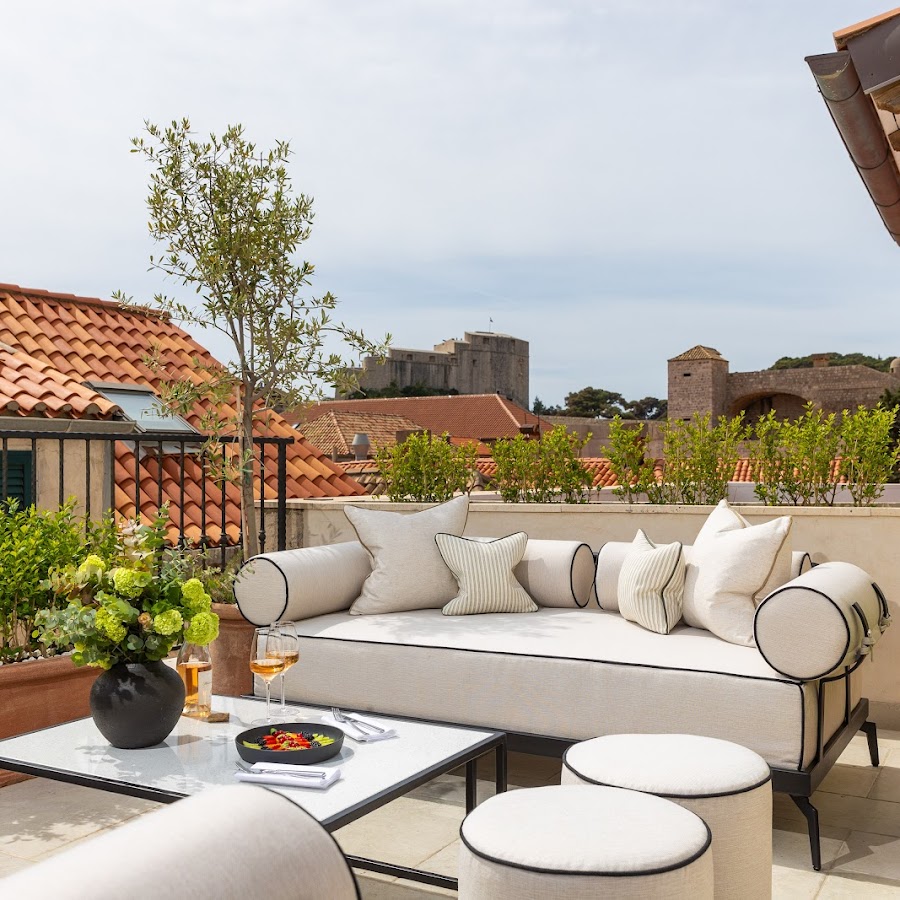
Hotel Neptun

Apartments Mia

Palacio Celeste Dubrovnik

The Byron Dubrovnik
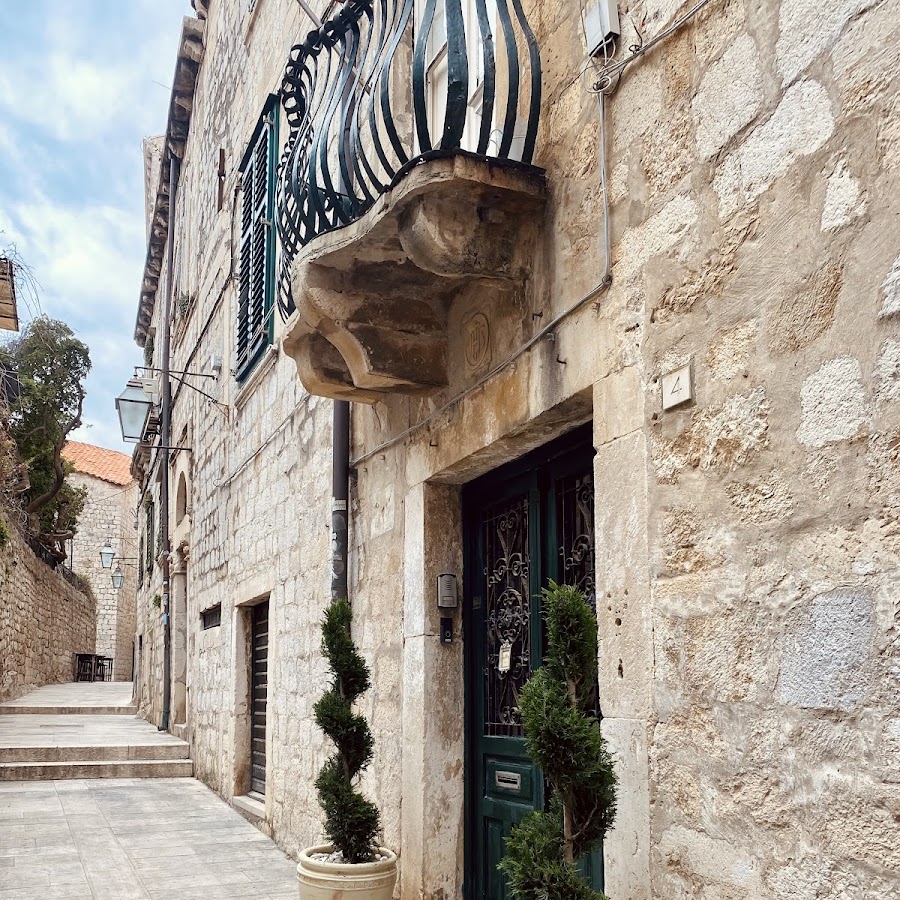
Apartments Odin, Dubrovnik

Art Home Arthur, Dubrovnik

Sunny Dubrovnik by Valamar

President Hotel, Valamar Collection

Prijeko Palace
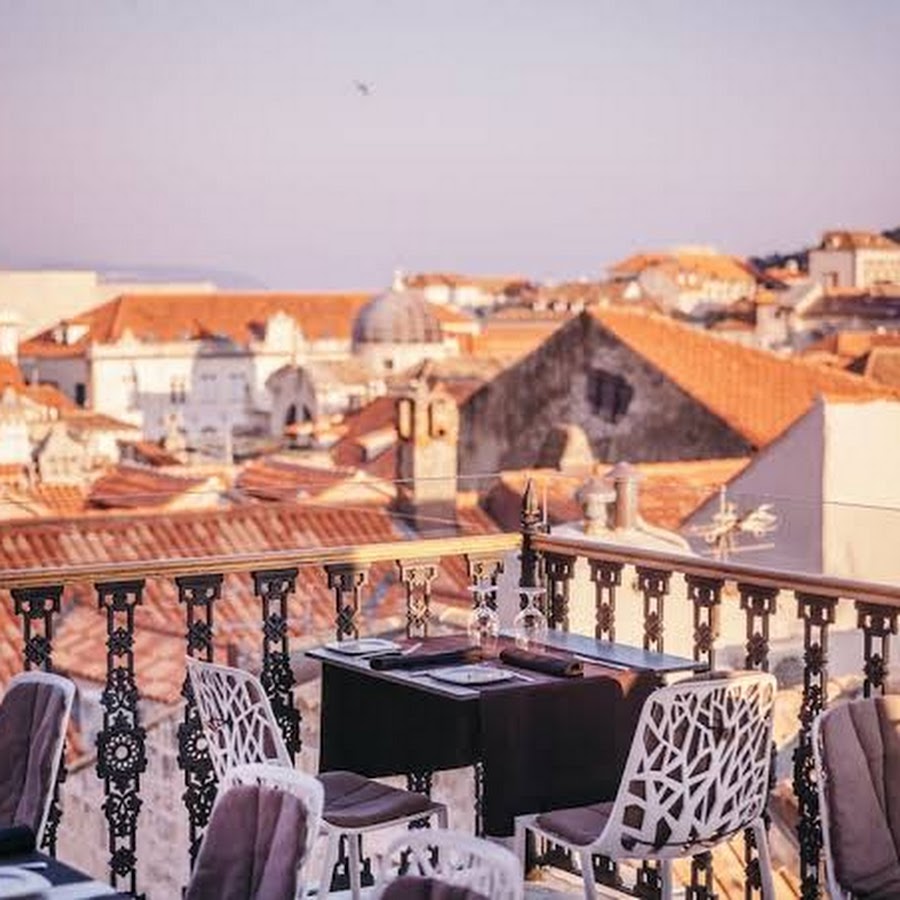
Villa Orabelle
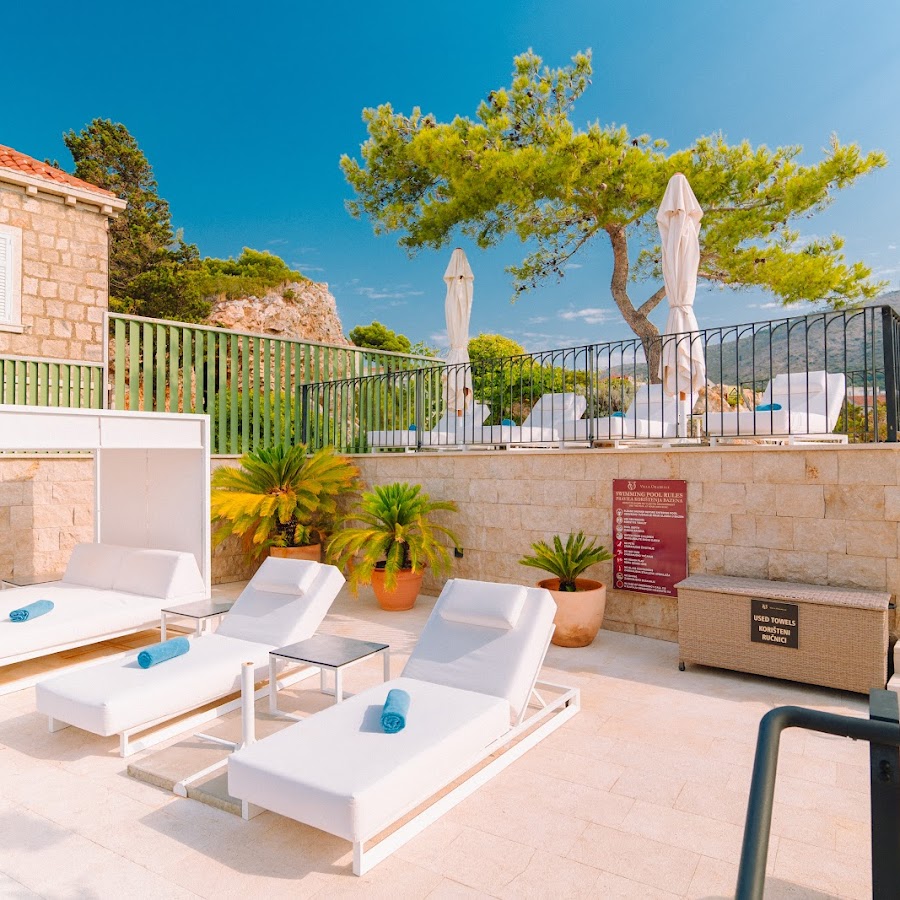
Art Hotel Dubrovnik
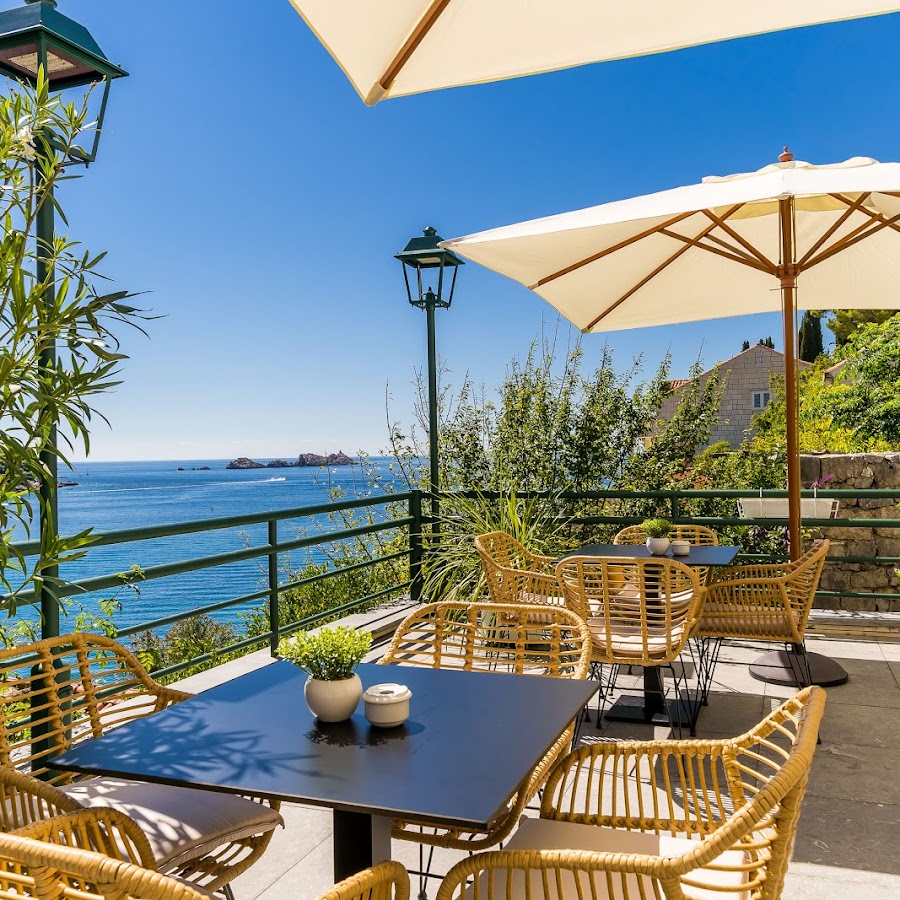
Mascheroni Luxury Rooms
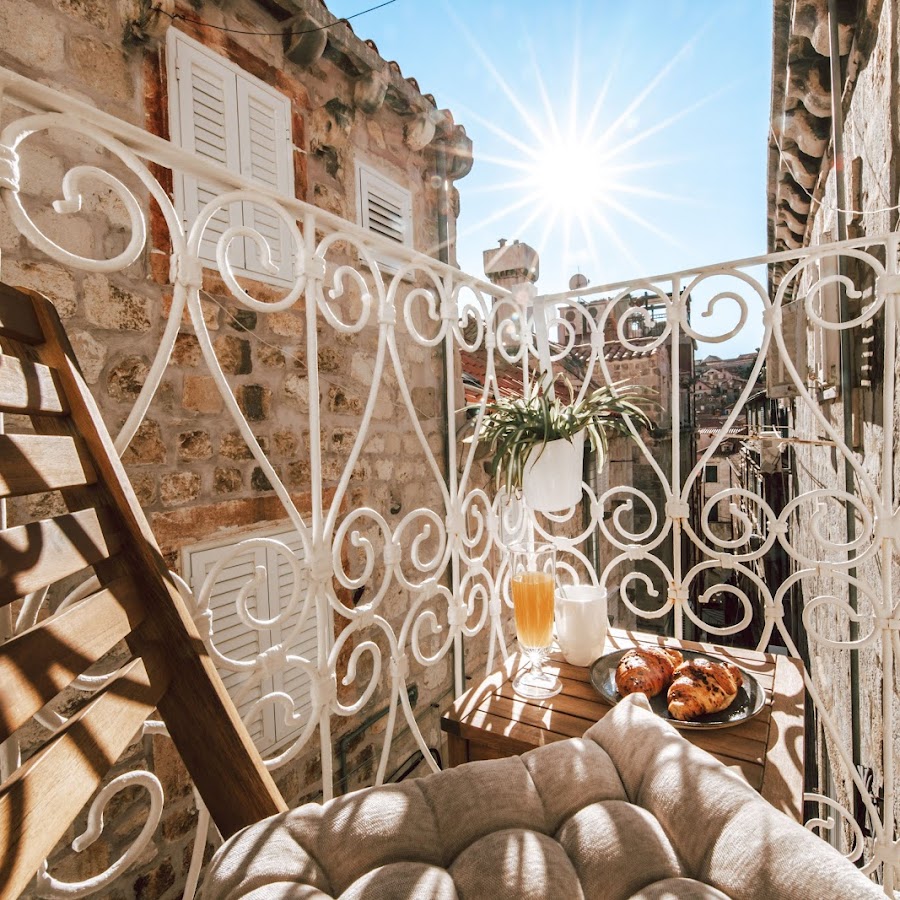
Rooms Epidaurus, Dubrovnik
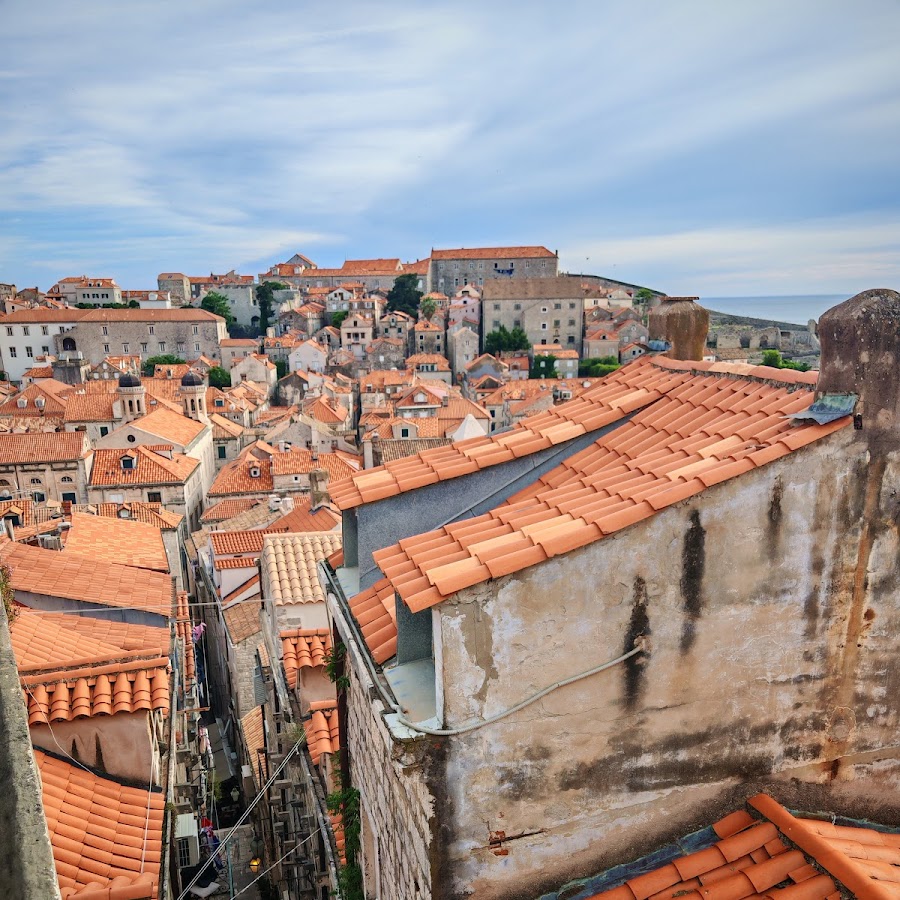
Valamar Argosy Hotel
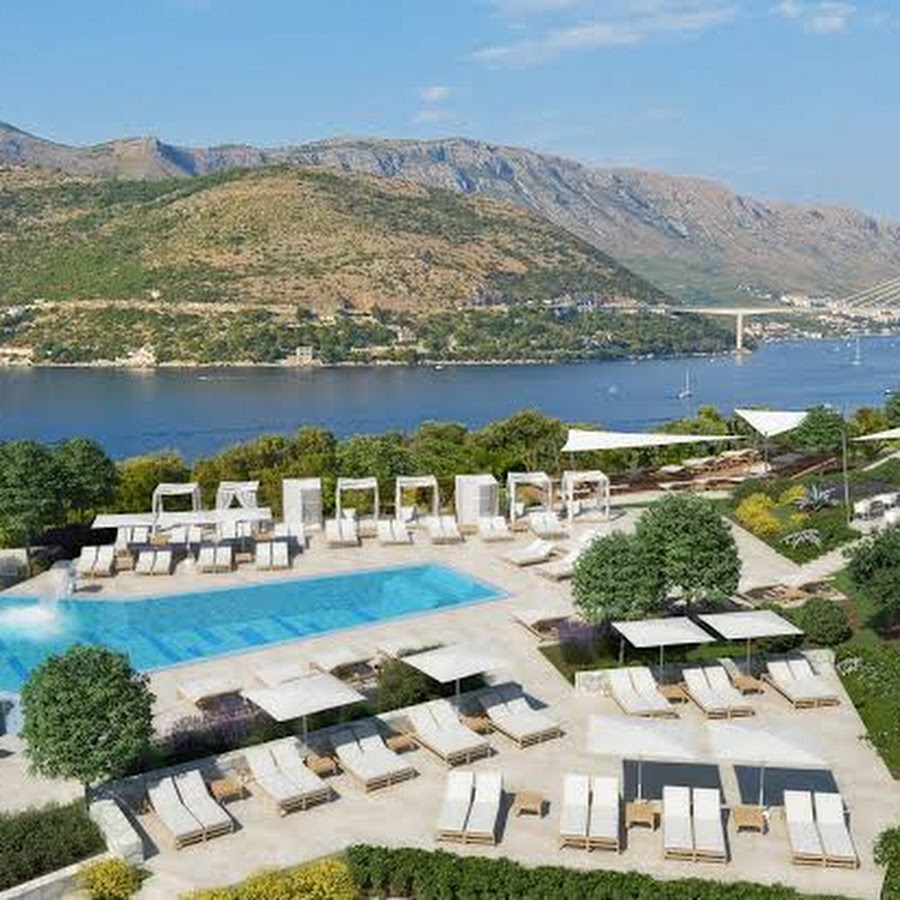
La vita e bella I
Blue Lagune, Dubrovnik
La Vita e Bella
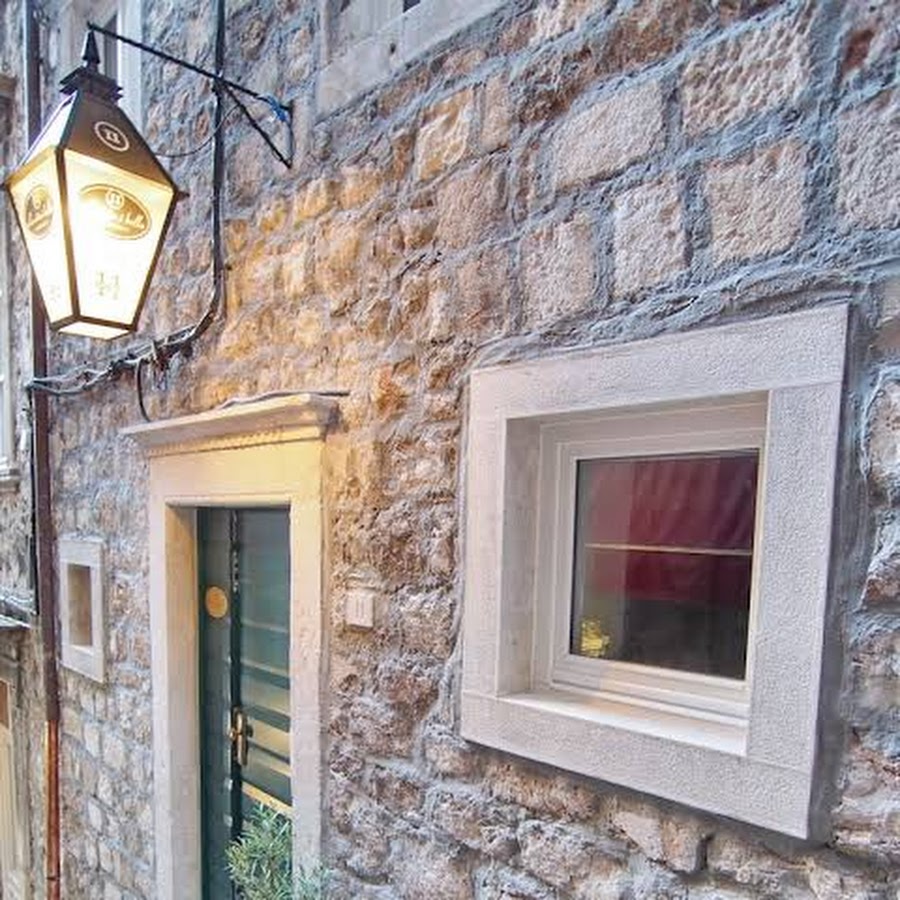
Akademis Garište
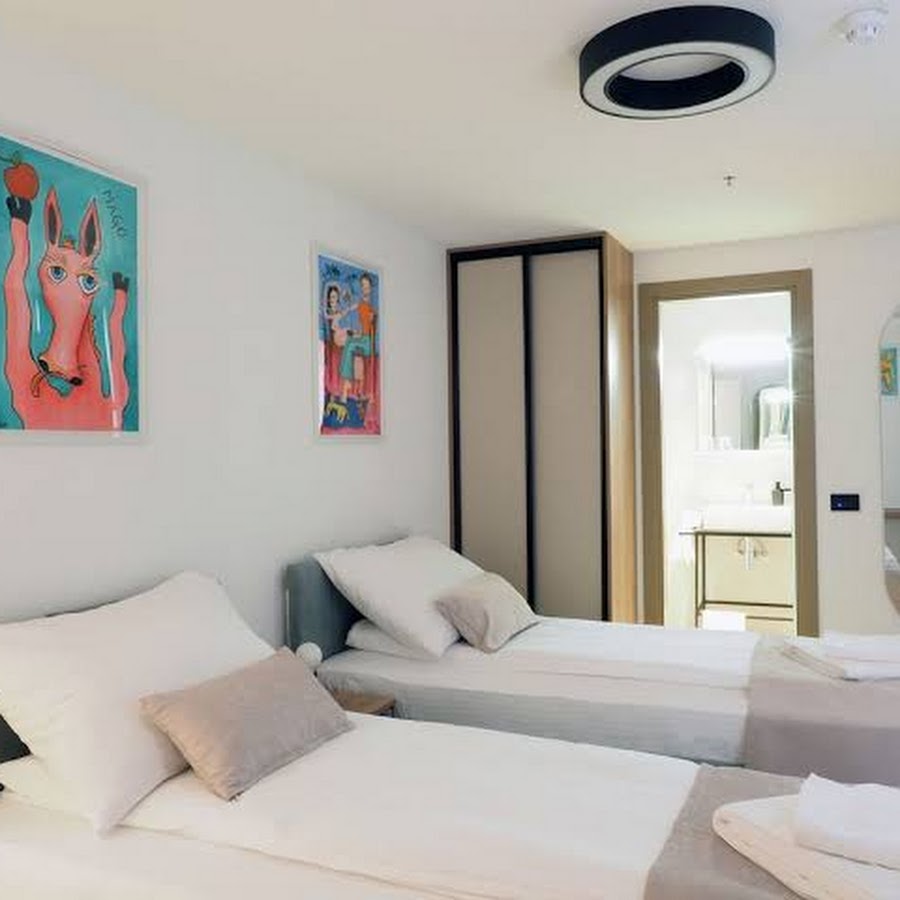
Villa Antea
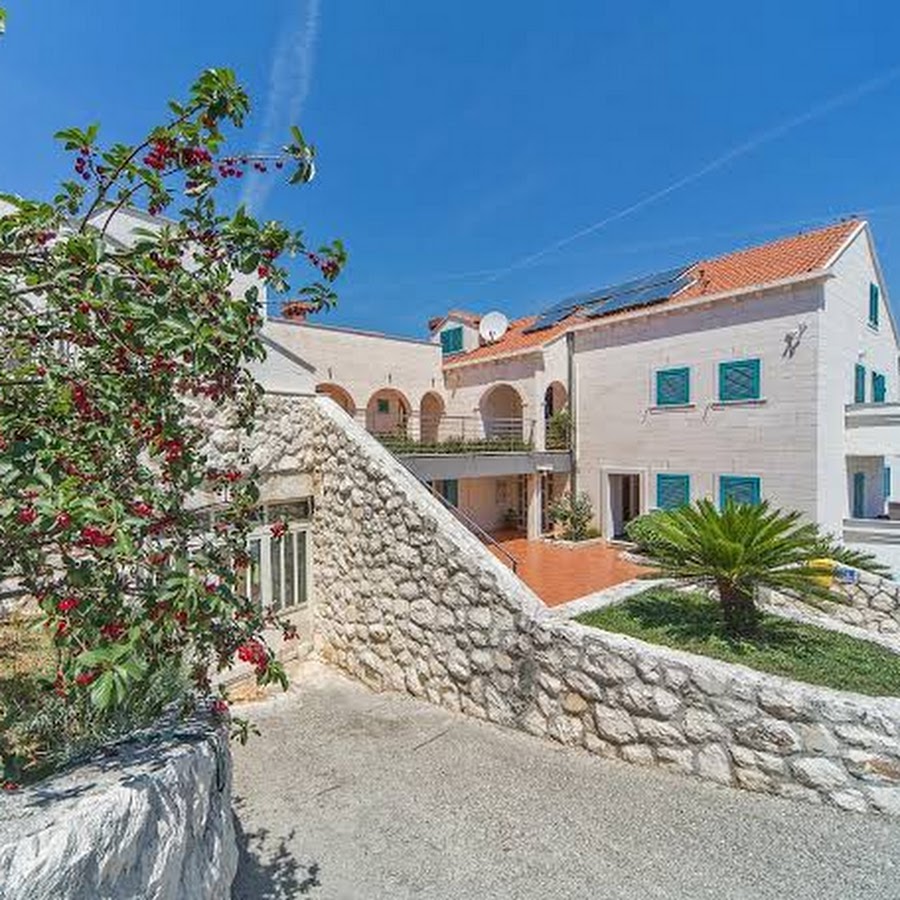
Hotel Lapad
Heritage Villa Naida
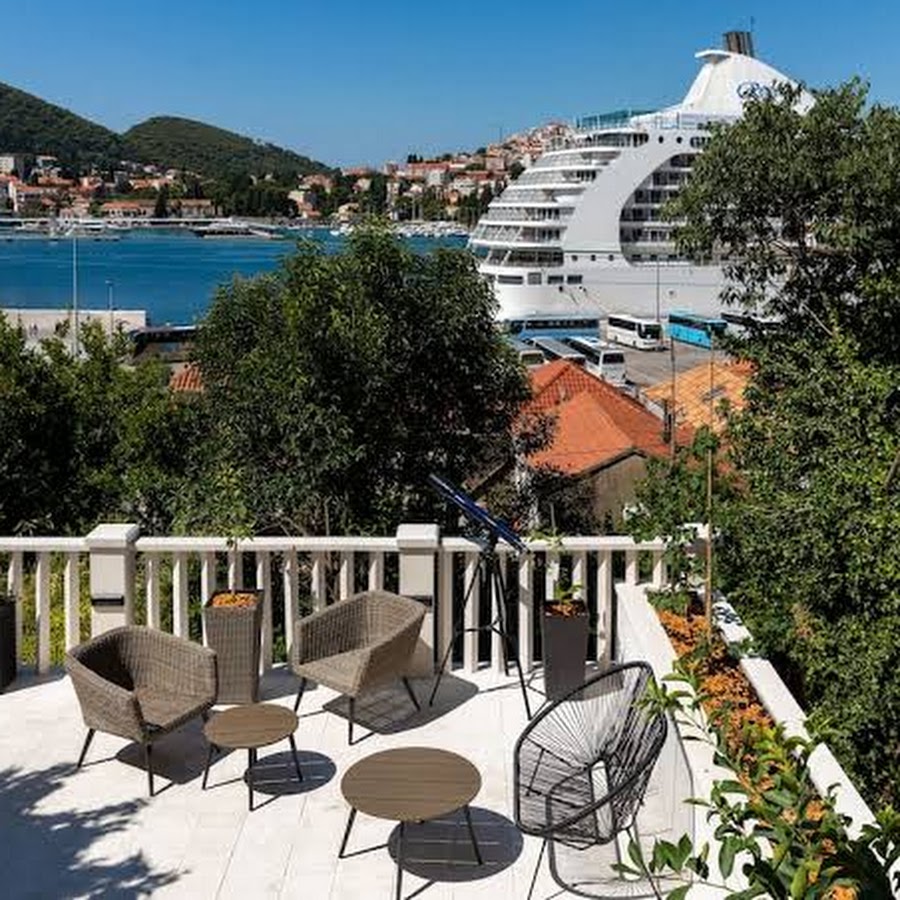
Kusalo Guesthouse, Dubrovnik
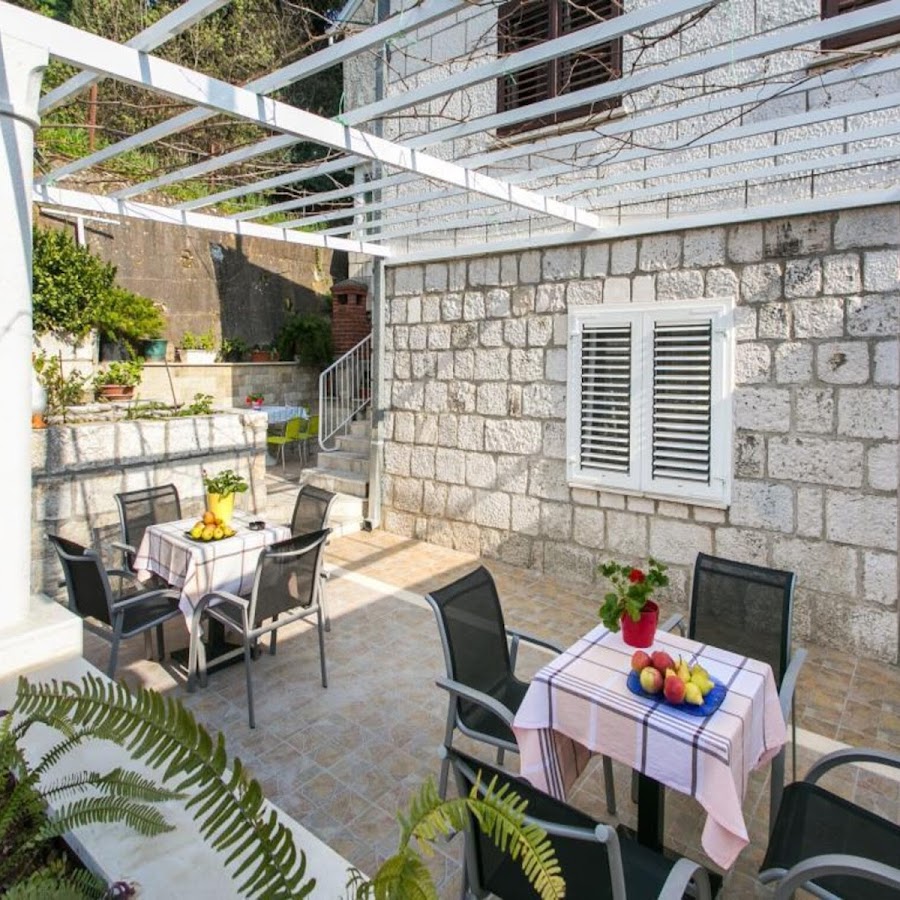
B&B Villa Dubrovnik Garden, Dubrovnik
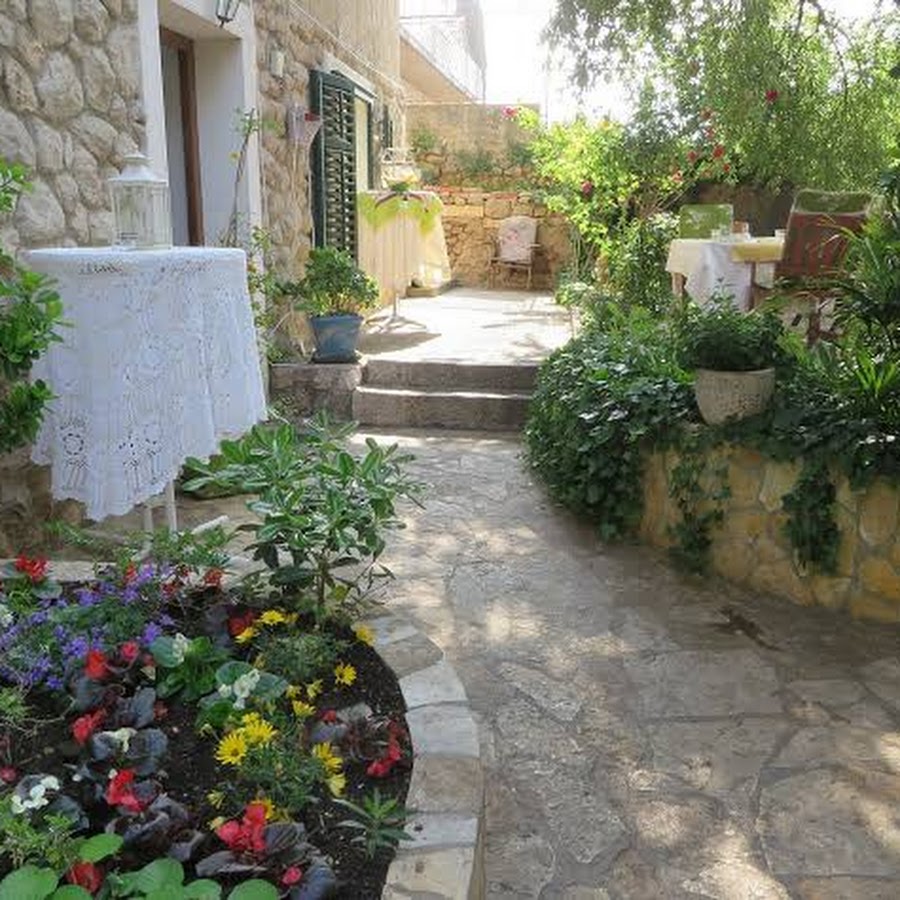
Apartments Kirigin, Dubrovnik
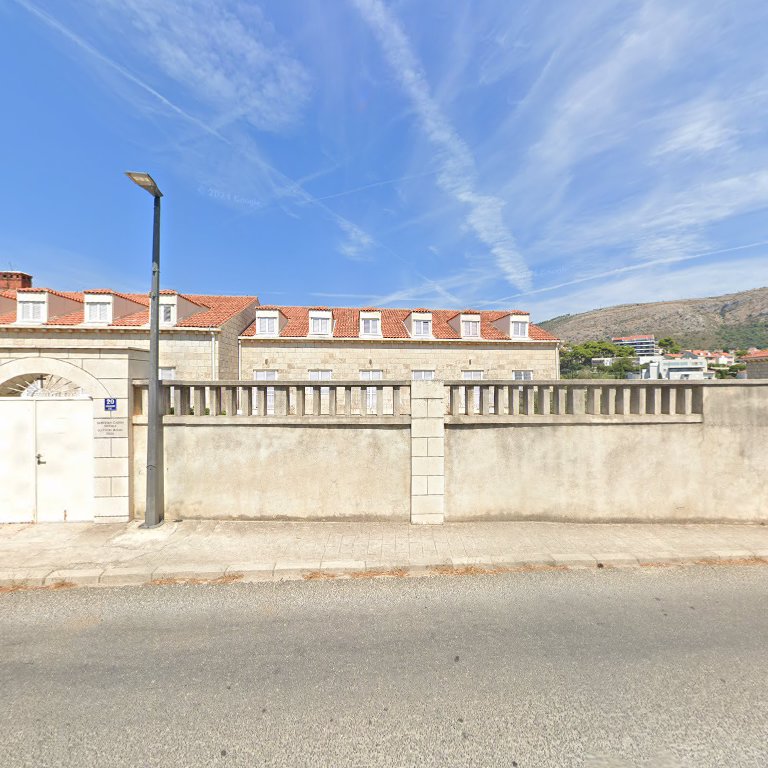
Guest House Eight Roses
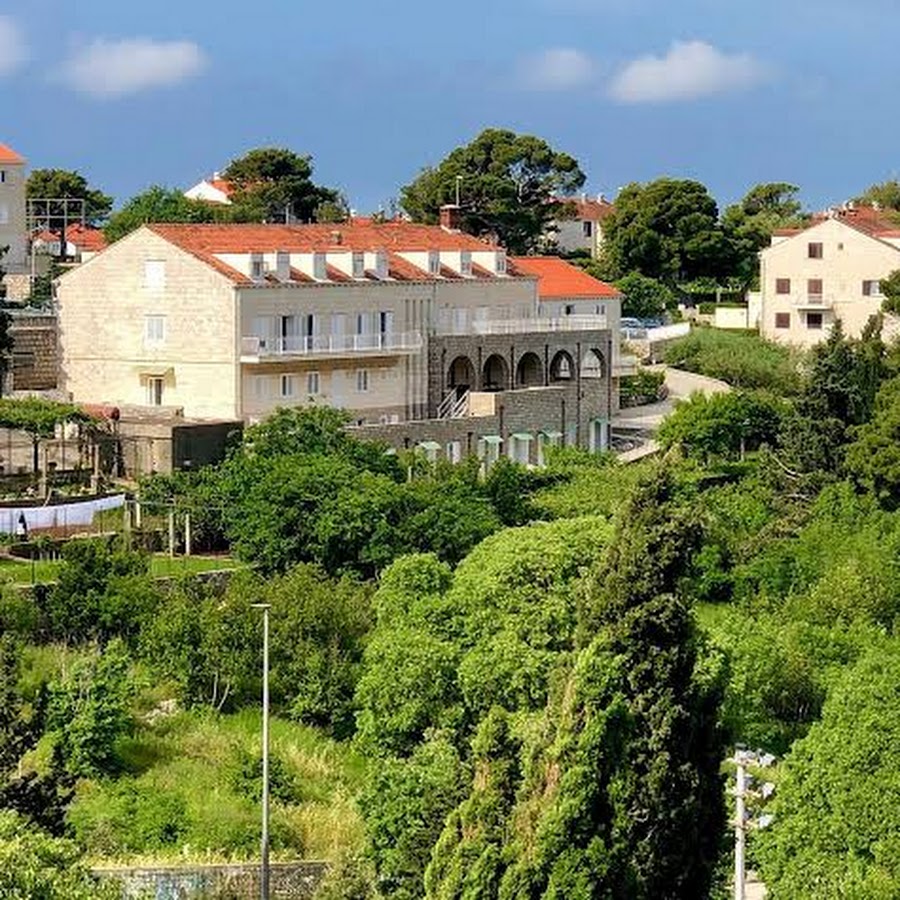
Hotel Vis
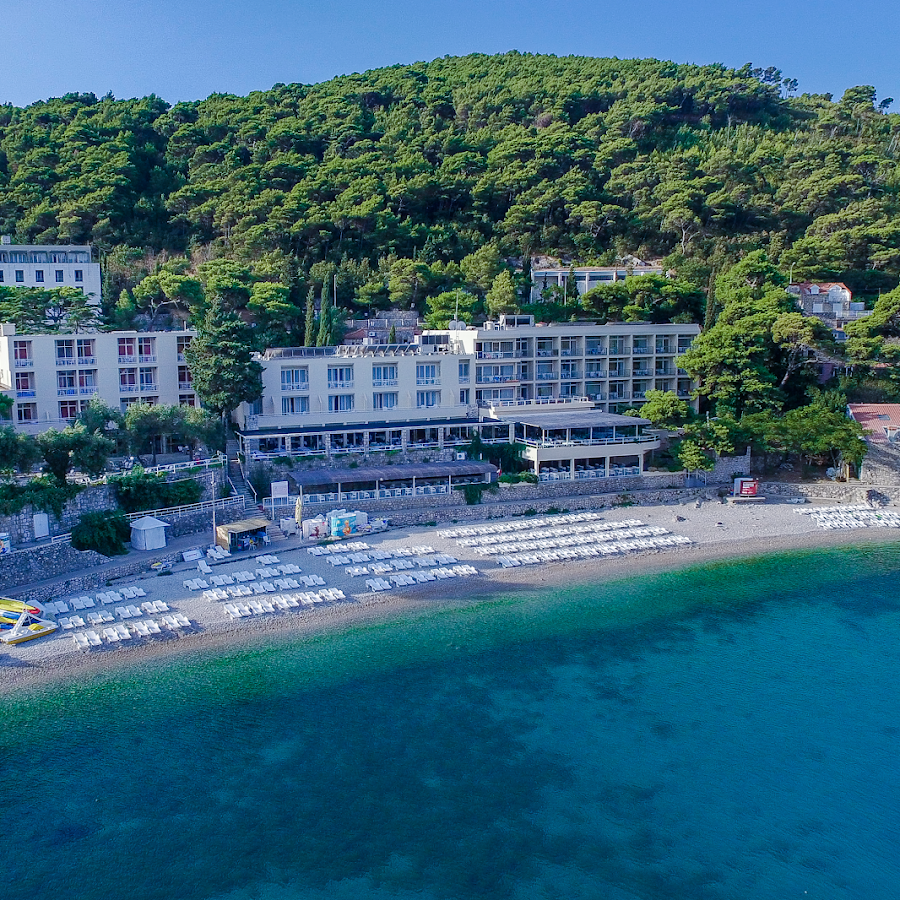
Hotel Komodor
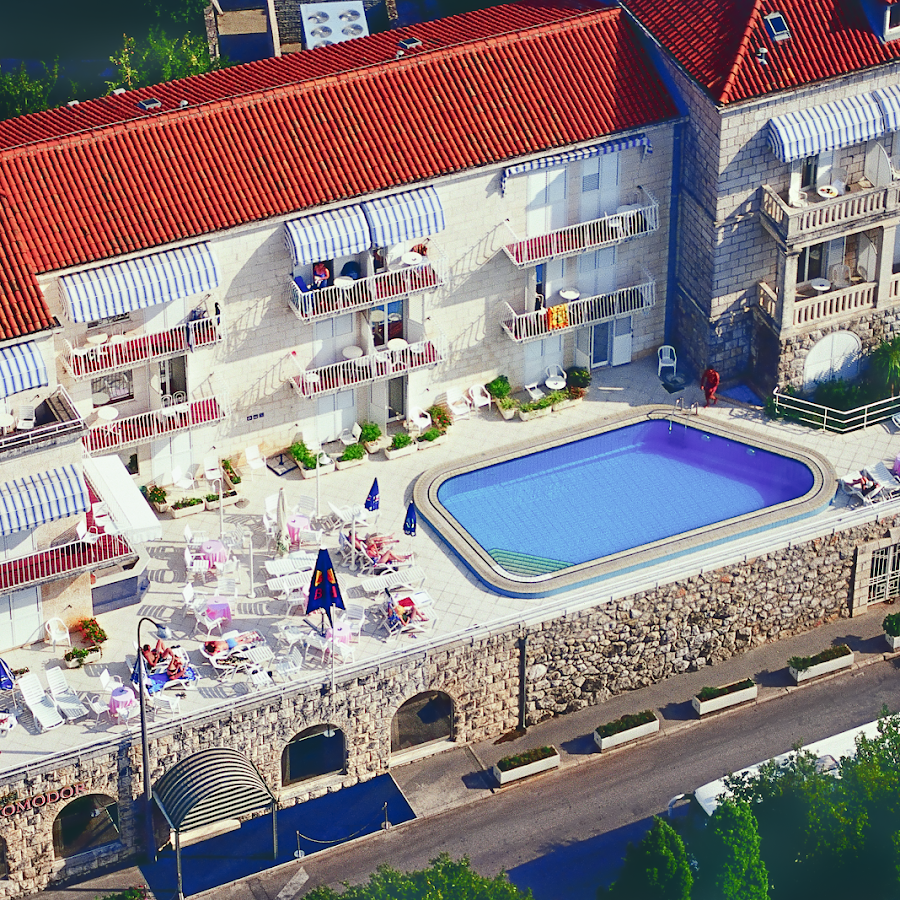
Hotel More

Hotel Kazbek
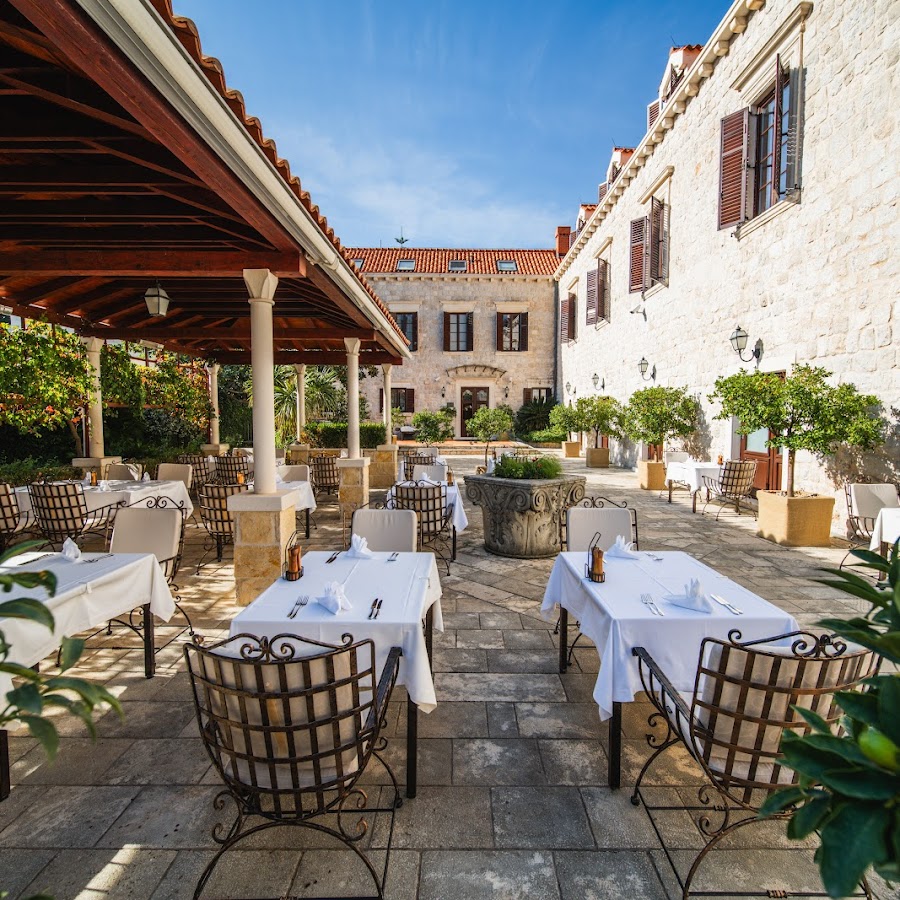
Hotel Porto

Hotel Adria

Hotel Ivka, Dubrovnik
Hostel Villa Angelina Old Town Dubrovnik
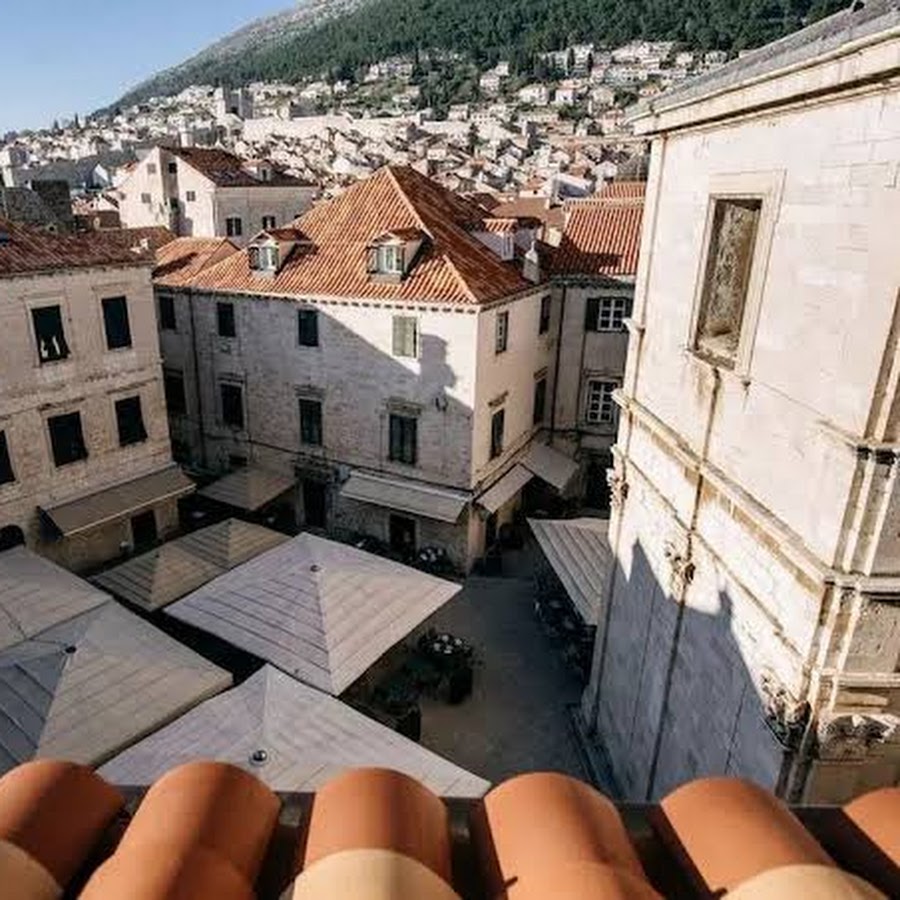
Hotel Bellevue Dubrovnik
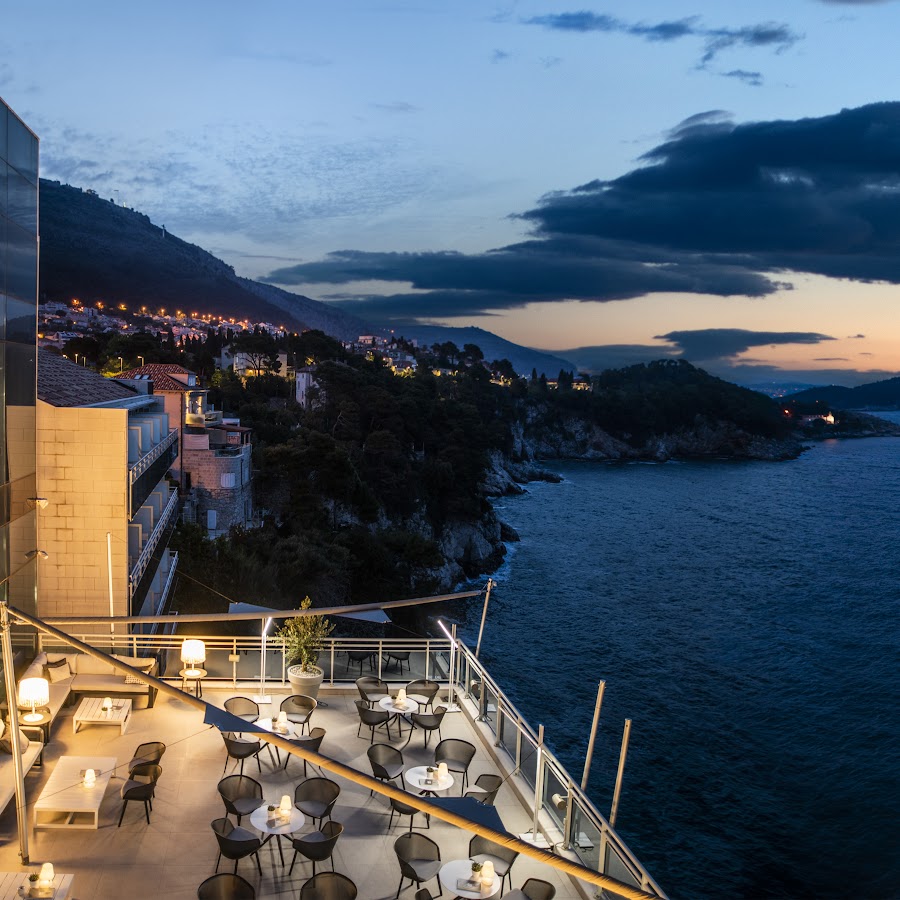
Things to see or do in Dubrovnik
St Blaise's Church
The Church of St. Blaise (Croatian: Crkva sv. Vlaha) is a Baroque church in Dubrovnik and one of the city's major sights. Saint Blaise (St. Vlaho), identified by medieval Slavs with the pagan god Veles, is the patron saint of the city of Dubrovnik and formerly the protector of the independent Republic of Ragusa.The Church of St. Blaise is a Baroque church in Dubrovnik and one of the city's major sights, dedicated to the

St. Saviour Church, Dubrovnik
St. Saviour Church (Croatian: Crkva sv. Spasa; Italian: Chiesa di San Salvatore) is a small votive church located in Dubrovnik's Old Town. It is dedicated to Jesus Christ.St. Saviour Church is a small votive church located in Dubrovnik's Old Town, dedicated to Jesus Christ, and is known for its beautiful architecture.

Sponza Palace
The Sponza Palace (Croatian: Palača Sponza; Italian: Palazzo Sponza), also called Divona (from dogana, customs), is a 16th-century palace in Dubrovnik, Croatia. Its name is derived from the Latin word "spongia", the spot where rainwater was collected. The rectangular building with an inner courtyard was built in a mixed Gothic and Renaissance style between 1516 and 1522 by Paskoje Miličević Mihov. The loggia and sculptures were crafted by the brothers Andrijić and other stonecutters. The palace has served a variety of public functions, including as a customs office and bonded warehouse, mint, armoury, treasury, bank and school. It became the cultural center of the Republic of Ragusa with the establishment of the Academia dei Concordi, a literary academy, in the 16th century. It survived the 1667 earthquake without damage. The palace's atrium served as a trading center and business meetingplace. A Latin inscription on an arch testifies to this public function: Fallere nostra vetant et falli pondera. Meque pondero cum merces ponderat ipse deus. "Our weights do not permit cheating. When I measure goods, God measures with me." The palace is now home to the Dubrovnik State Archive, which holds documents dating back to the 12th century, the earliest from 1022. These files, including more than 7000 volumes of manuscripts and about 100,000 individual manuscripts, were previously kept in the Rector's palace. The Luža square in front of the palace is used for the opening ceremony of the Dubrovnik Summer Festival. Sponza Palace itself is also used as a performance venue. The palace's atrium is the basis of the "Sponza Atrium" 3D computer graphics model, created for a rendering contest and now a widely used reference model for global illumination rendering.A 16th-century palace that is a fine example of Gothic-Renaissance architecture, now housing a city archive.

Stradun (street)
Stradun (pronounced [strǎduːn]) or Placa (Stradone or Corso), whose name derives from Venetian, and means "large road" or "wide road", is the main street of Dubrovnik, Croatia. The limestone-paved pedestrian street runs some 300 metres through the Old Town, the historic part of the city surrounded by the Walls of Dubrovnik. The site of the present-day street used to be a marshy channel which separated Ragusa from the forest settlement of Dubrava before it was reclaimed in the 13th century. Stradun stretches through the walled town in the east–west direction, connecting the western entrance called the "Pile Gate" (Vrata od Pila) to the "Ploče Gate" (Vrata od Ploča) on the eastern end. Both ends are also marked with 15th-century fountains (the so-called Large Onofrio's Fountain in the western section and the Small Onofrio's Fountain on the east end) and bell towers (the Dubrovnik Bell Tower to the east end and the bell tower attached to the Franciscan monastery to the west). Stradun became the city's main thoroughfare in the 13th century, and its current appearance was for the most part created following the devastating 1667 earthquake in which most of the buildings in Ragusa (as Dubrovnik was then called) were destroyed. Before the earthquake the houses which line the street were not so uniformly designed as they appear today, with many of them featuring arcades and elaborate decorations. Following the 1667 earthquake and a large fire which broke out immediately afterwards, the Republic of Ragusa passed a law which specified the layout of all future residential buildings constructed in the city. Because of this all of the 17th-century houses lining the Stradun share the same pattern - the ground level always housed a shop with a street entrance featuring a door and a window in a single frame under a semicircular arch (during the day the door would be kept closed and goods would be handed to customers over the sill, thereby serving as a counter), and a storage room in the back with a separate alley entrance. The first floor above ground level was reserved for the living area and the second floor had various rooms, while the kitchen was invariably located in the loft above the second floor, to prevent the spread of potential fires. In recent times, the Stradun and some of the surrounding houses were damaged in mortar shelling during the Siege of Dubrovnik in 1991–92, but most of the damage has since been repaired. Many of the historic buildings and monuments in Dubrovnik are situated along the Stradun, because of which it serves as a popular esplanade for tourists. A procession for the Feast of Saint Blaise, the patron saint of Dubrovnik, passes through Stradun every year on 3 February. Occasional concerts are also held at Stradun and it is regularly used as the site of New Year's Eve celebrations. On 8 July 2010 Stradun was also site of a fund-raising exhibition tennis match played by Goran Ivanišević and John McEnroe in front of an audience of 600 and televised live in 10 countries.The main street of Dubrovnik, lined with shops and cafes, perfect for a leisurely stroll.

Srđ
Srđ is a low mountain just behind the walled city of Dubrovnik in Dalmatia, Croatia. The mountain, part of the Dinaric Alps, has a height of 412 metres (1,352 ft). At its top is a large white stone cross and Fort Imperial, a defensive structure built by the French in 1810 during the Napoleonic Wars. Srđ is popular with tourists as a viewpoint from which it is possible to see the walled city of Dubrovnik, Lokrum island, the Adriatic Sea and various local attractions (including restaurants and the Stradun). Srđ was once forested with oak trees which locals called dubrava (from the old Slavic word dub, "oak tree"), after which the city of Dubrovnik was named. The southern slope was once rich with pine forests, but in the second half of the 20th century and during the 1991–95 Croatian War of Independence, the forest was almost completely gutted through numerous fires. A zigzag Calvary leads up from the town. The mountain was home to one of the fiercest battles of the Independence War, namely the Siege of Dubrovnik, and this is commemorated in a museum in Fort Imperial. The television mast was destroyed by fighter aircraft from the Yugoslav Air Force. The cable car that was disabled during this time has since been reopened, and Srđ has been developed as a tourist attraction, with a restaurant and a base for buggy safaris.A low mountain offering panoramic views of Dubrovnik and the Adriatic Sea, ideal for hiking and outdoor activities.

Lokrum
42°38′N 18°07′E / 42.633°N 18.117°E / 42.633; 18.117 Lokrum (pronounced [lɔ̌krum], Italian: Lacroma) is an island in the Adriatic Sea 600 metres (1,969 feet) from the city of Dubrovnik, Croatia. It stretches from northwest to southeast and receives regular ferry service from the Old City port. Austrian archduke (and short-lived Emperor of Mexico) Maximilian once had a holiday home on the island. A monastery and a botanical garden survive from his era. On the island's highest point at 96 metres (315 feet) above sea level stands Fort Royal Castle, which was built by the French during Napoleon's occupation of Croatia, though it was later named "Maximilian's Tower" by the Austrians.An island located just off the coast of Dubrovnik, perfect for outdoor activities like hiking and swimming, with beautiful natural scenery.

Franciscan friary, Dubrovnik
The Franciscan friary and church is a large complex belonging to the Order of the Friars Minor. It consists of a friary, a church, a library, and a pharmacy. It is situated at the Placa, the main street of Dubrovnik, Croatia.This large complex includes a friary, church, library, and pharmacy, showcasing the rich history of the Franciscan Order in Dubrovnik.

Dubrovnik Bell Tower
The Dubrovnik Bell Tower (Croatian: Gradski zvonik) is a tower in Dubrovnik, Croatia. Located on Luža Square at the end of the Stradun, the tower is 31 metres high. Originally constructed in 1444, the tower suffered damage in the 1667 Dubrovnik earthquake among other earthquakes and, having started to lean towards the Stradun in the early 19th century, it was demolished in 1928 and entirely rebuilt to the original design in 1929. It was damaged again in the 1979 Montenegro earthquake, and restored in 1987–1988. The bronze bell which strikes the hours was cast in 1506 by Ivan Rabljanin. The two bronze jacquemarts which strike the bell are known as Maro and Baro, or the Zelenci (green ones), due to their green patina. The present Zelenci are replicas installed in the rebuilt tower in 1929. The original Zelenci of circa 1478 are now exhibited in the Cultural History Museum in the Rector's Palace.The Dubrovnik Bell Tower is a prominent landmark in the city, offering great views and a glimpse into the city's history.

Dubrovnik Cathedral
The Assumption Cathedral (Croatian: Katedrala Velike Gospe, Katedrala Marijina Uznesenja) is a Roman Catholic cathedral in Dubrovnik, Croatia. It is the seat of the Diocese of Dubrovnik.The Assumption Cathedral is a Roman Catholic cathedral known for its stunning architecture and historical significance.

Dubrovnik Synagogue
The Dubrovnik Synagogue, commonly called the Old Synagogue, is an Orthodox Jewish synagogue, located in Dubrovnik, Croatia. The synagogue is the oldest Sefardic synagogue in use in the world and the second oldest synagogue in Europe. It is said to have been established in 1352, but gained legal status in the city in 1408. Owned by the local Jewish community, the main floor functions as a place of worship for the High Holy Days and special occasions, and is now mainly a Jewish museum which hosts numerous ritual items and centuries-old artefacts.The Dubrovnik Synagogue is the oldest Sefardic synagogue still in use in the world, offering a glimpse into the city's Jewish heritage.
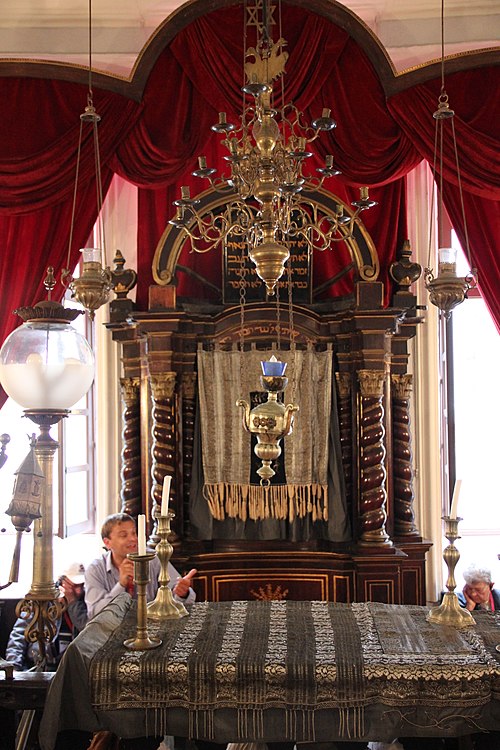
Rector's Palace, Dubrovnik
The Rector's Palace (Croatian: Knežev dvor; Italian: Palazzo dei Rettori) is a palace in the city of Dubrovnik that used to serve as the seat of the Rector of the Republic of Ragusa between the 14th century and 1808. It was also the seat of the Minor Council and the state administration. Furthermore, it housed an armoury, the powder magazine, the watch house and a prison.The Rector's Palace is a historic palace that served as the seat of the Rector of the Republic of Ragusa. It showcases beautiful architecture and houses a museum.
